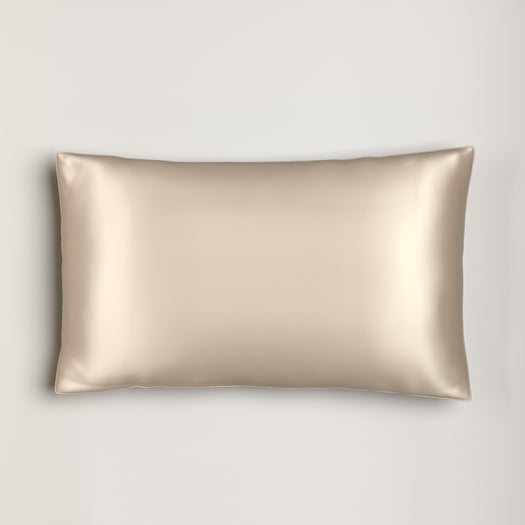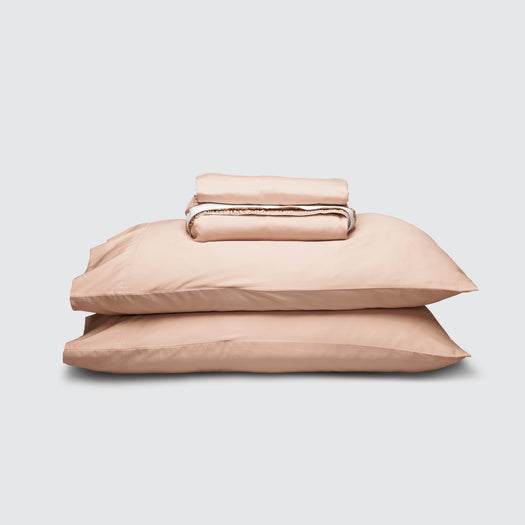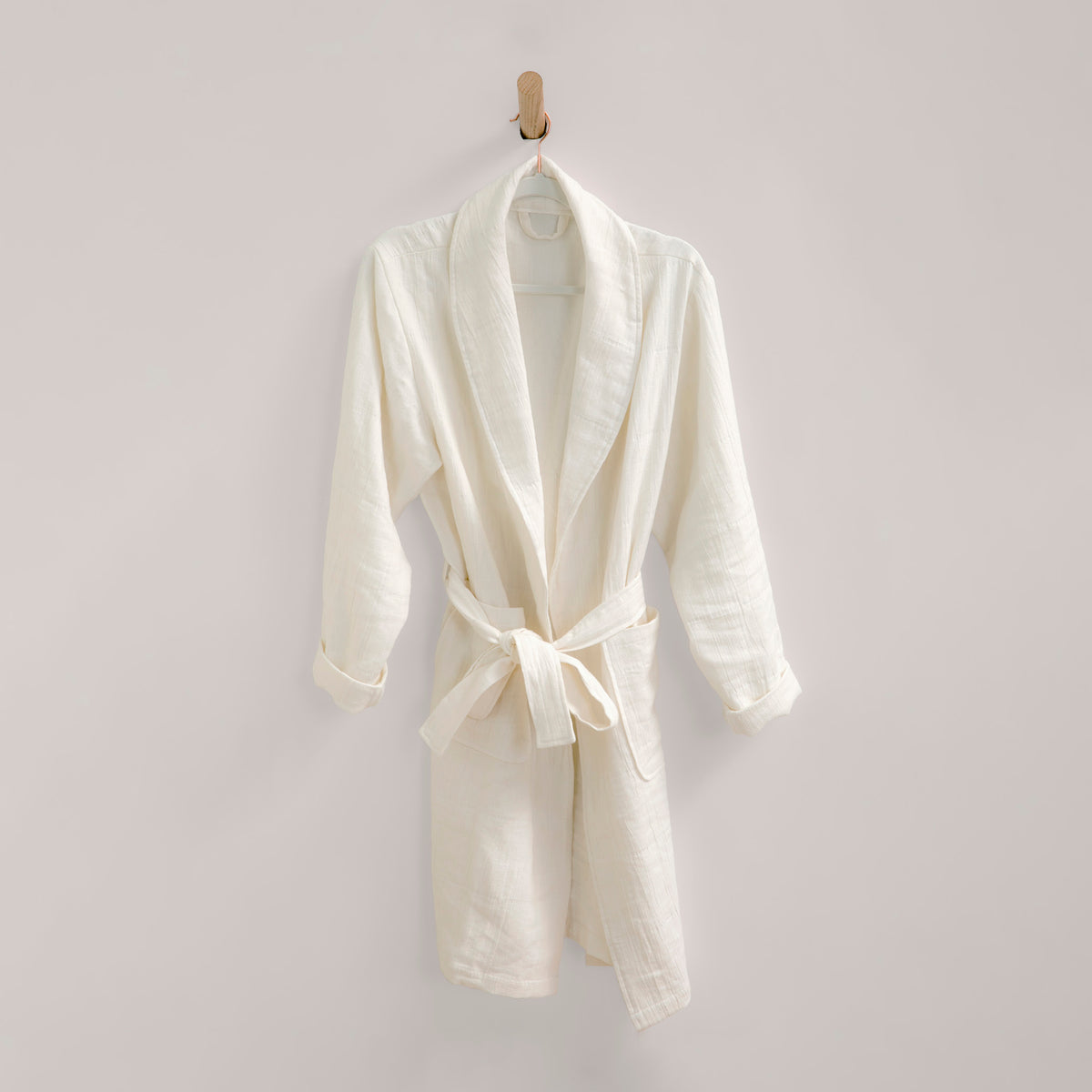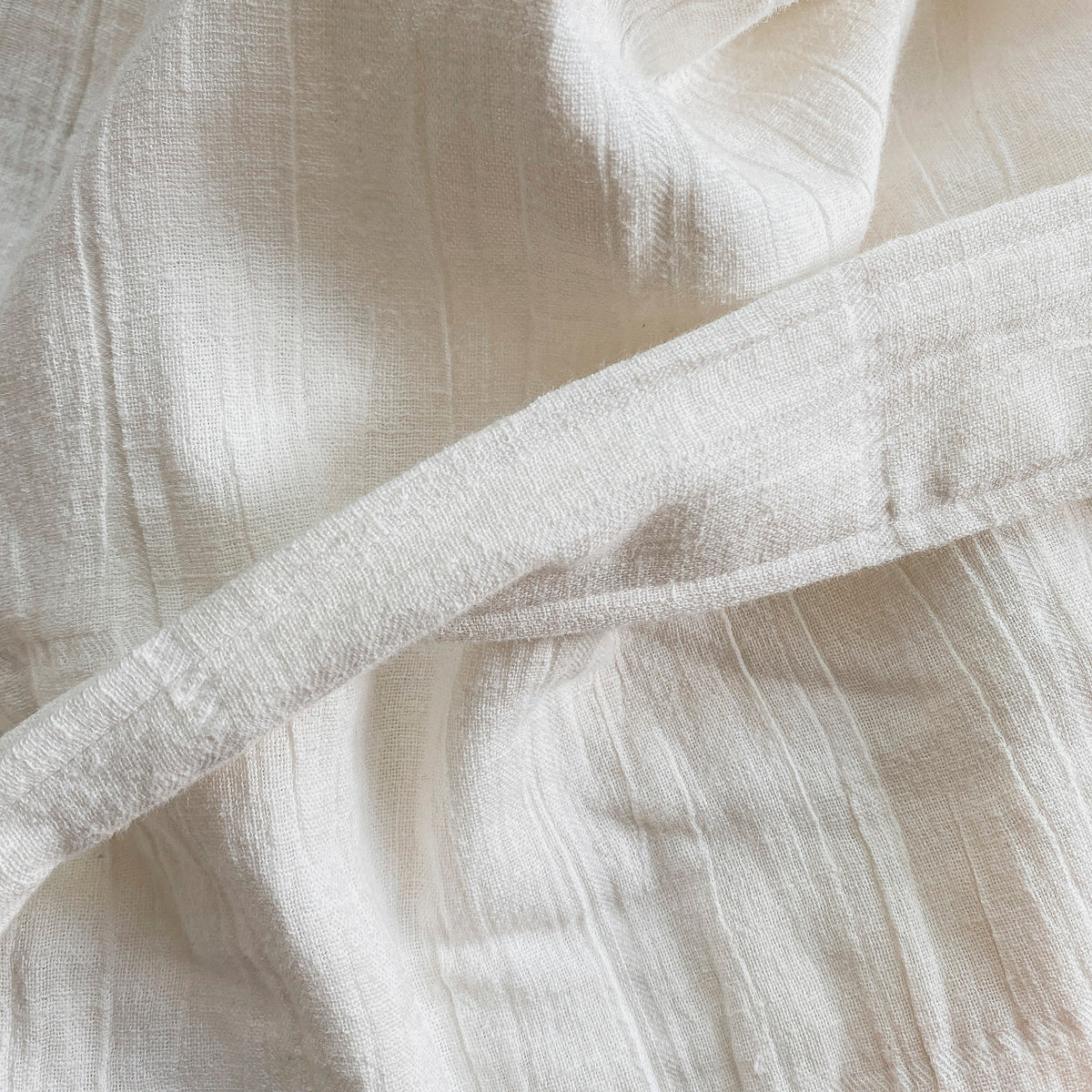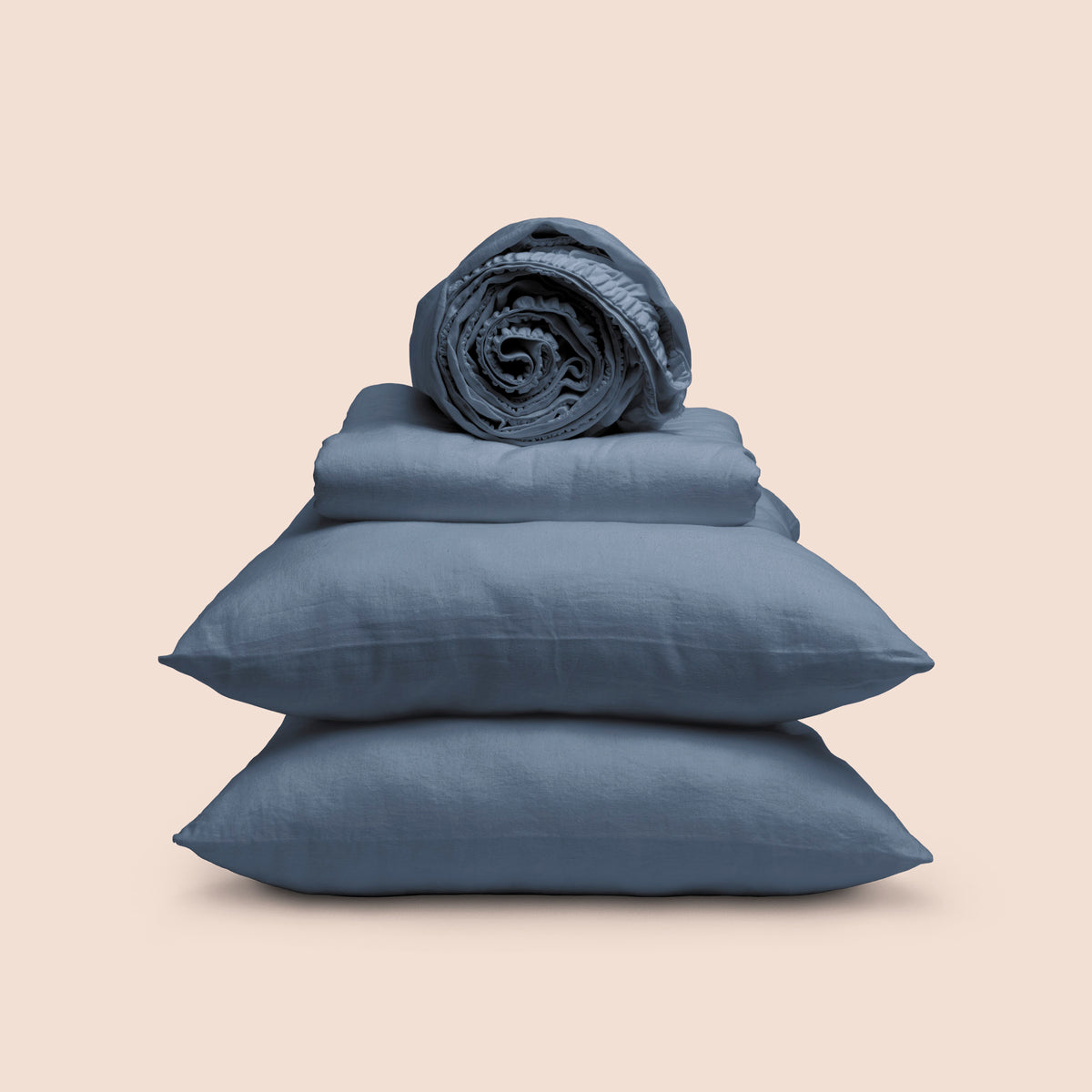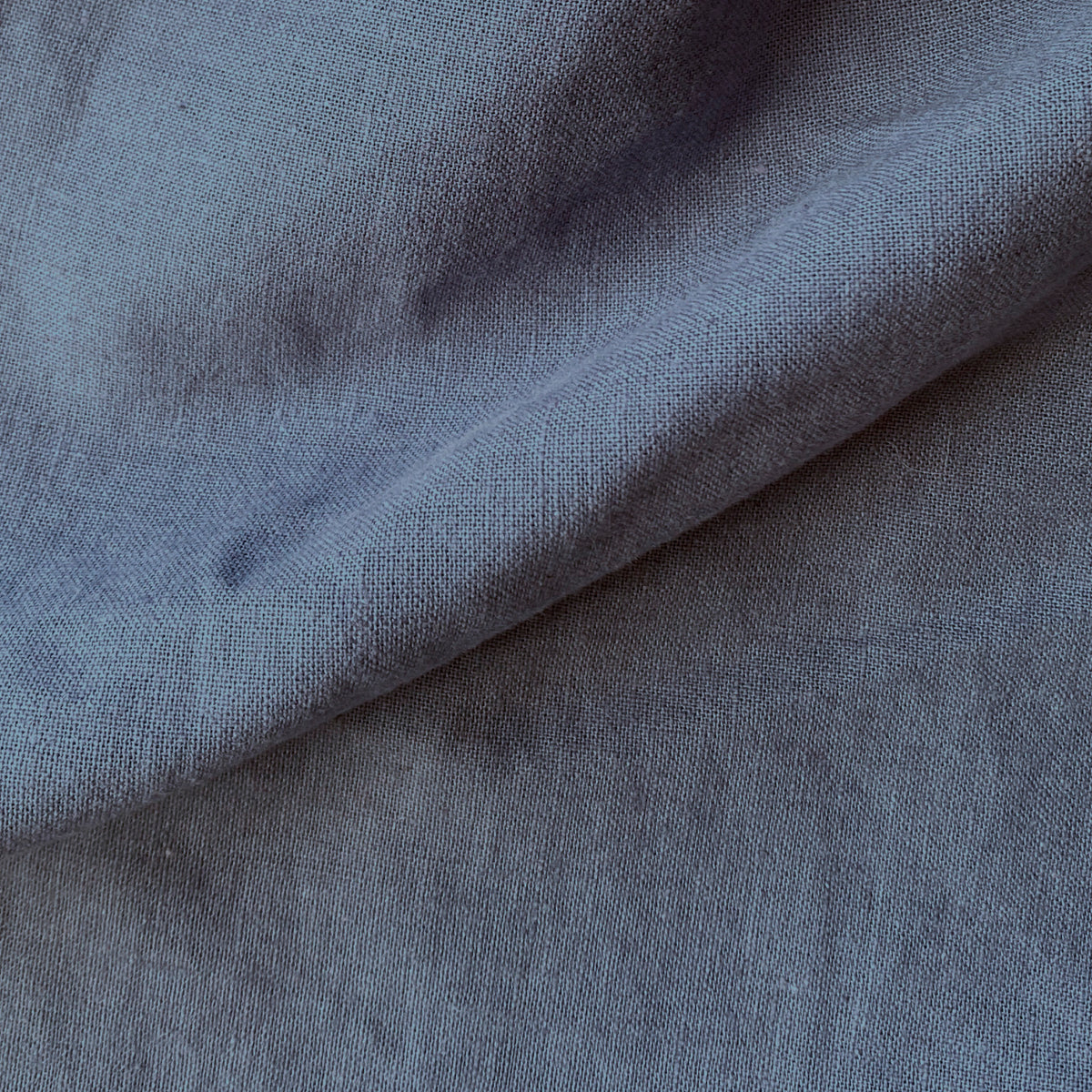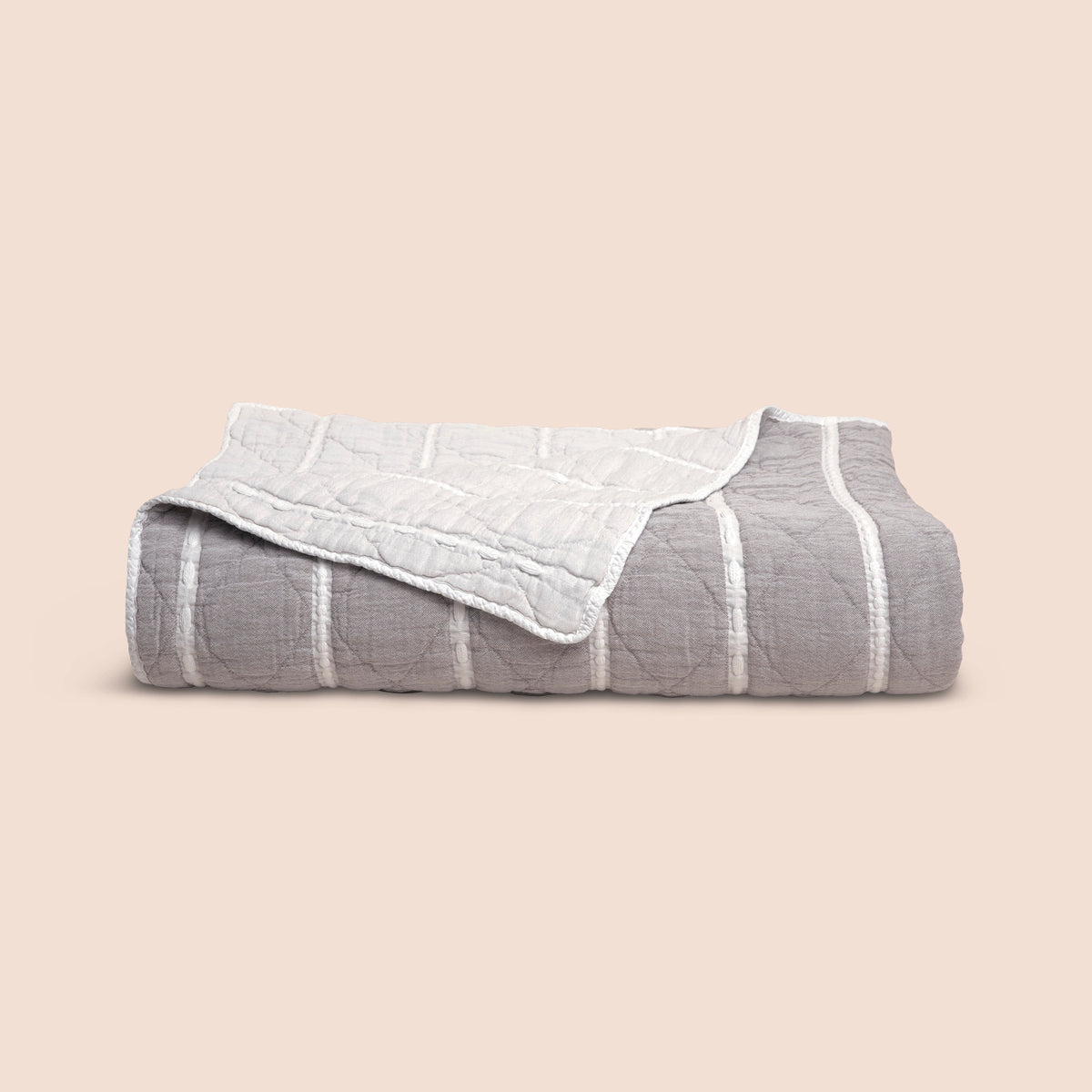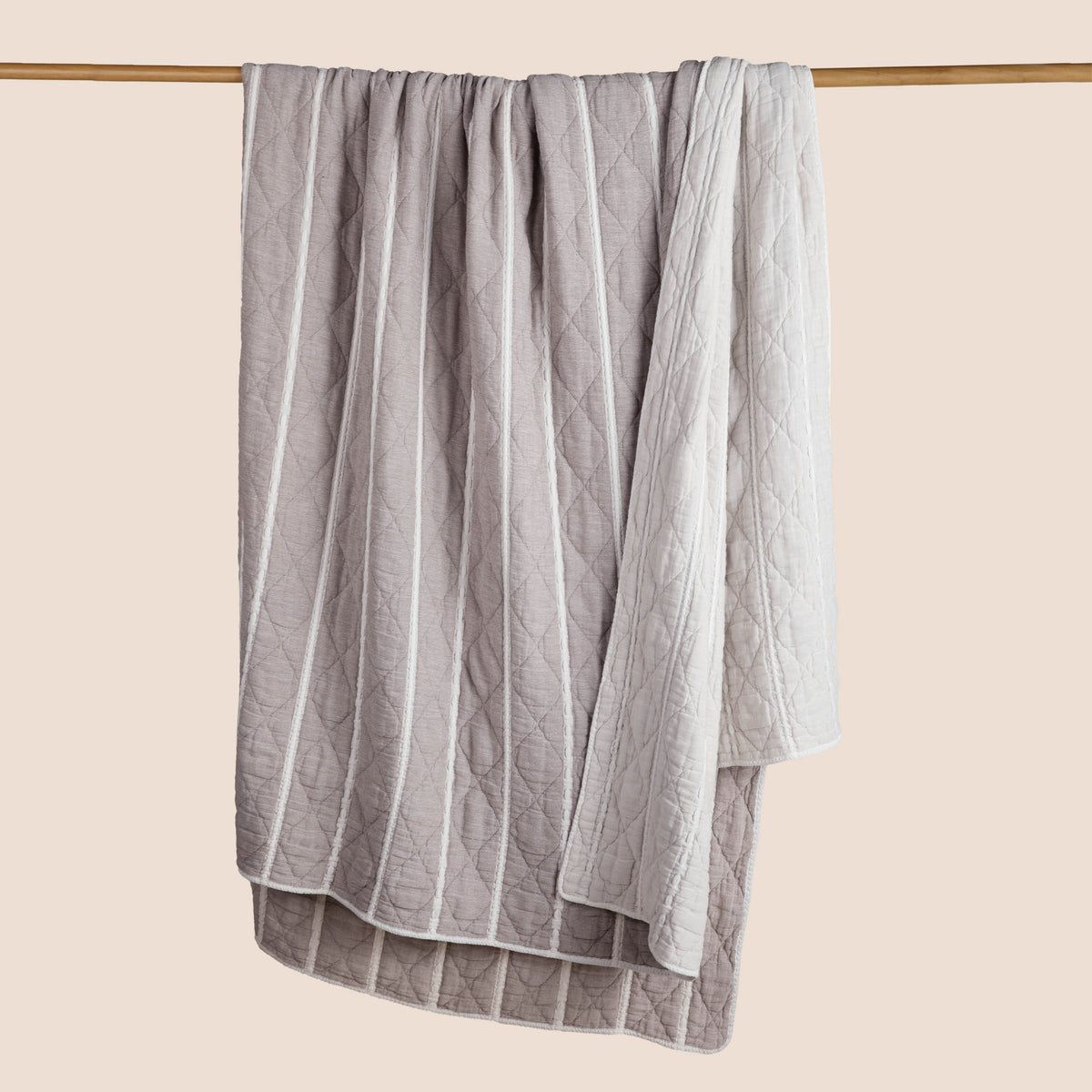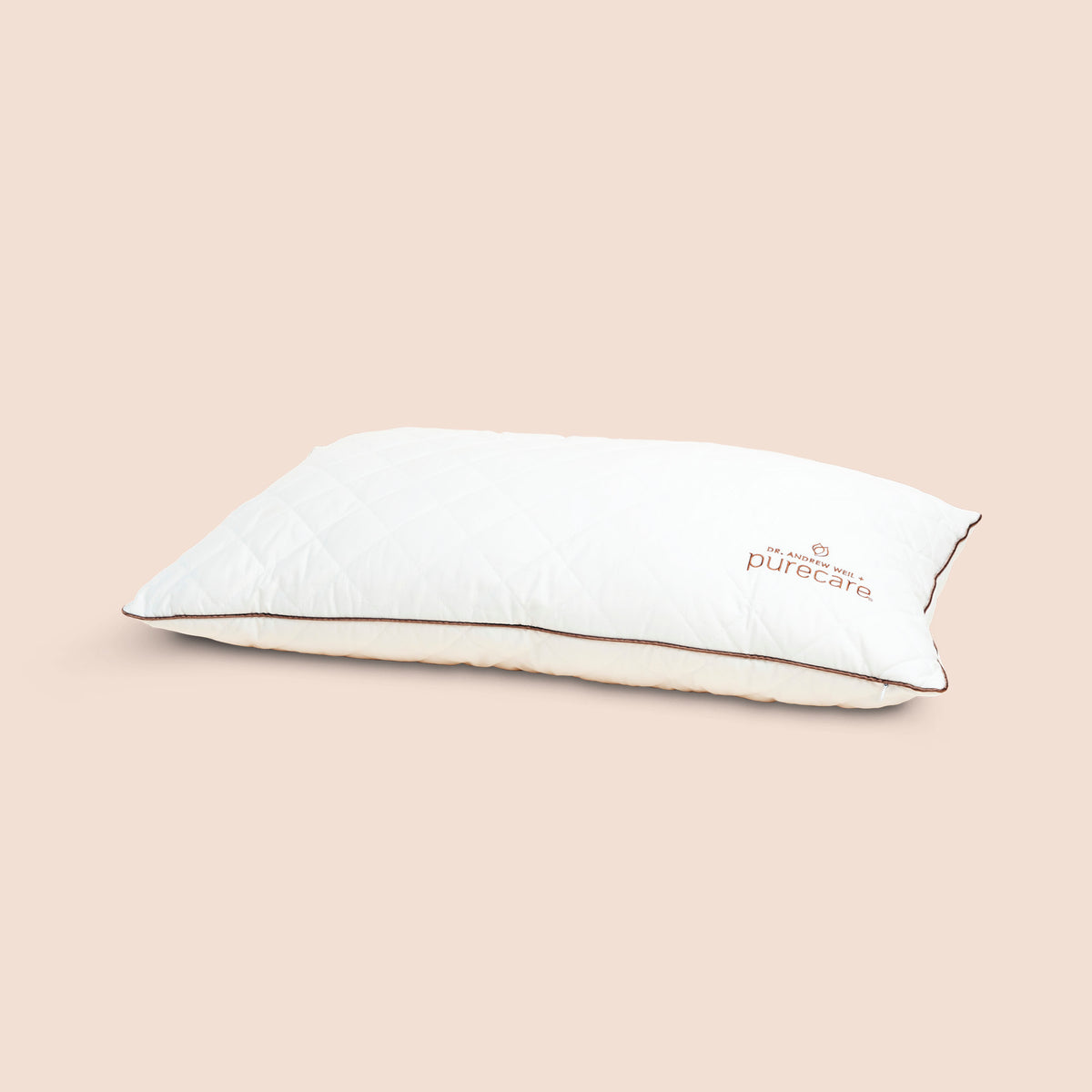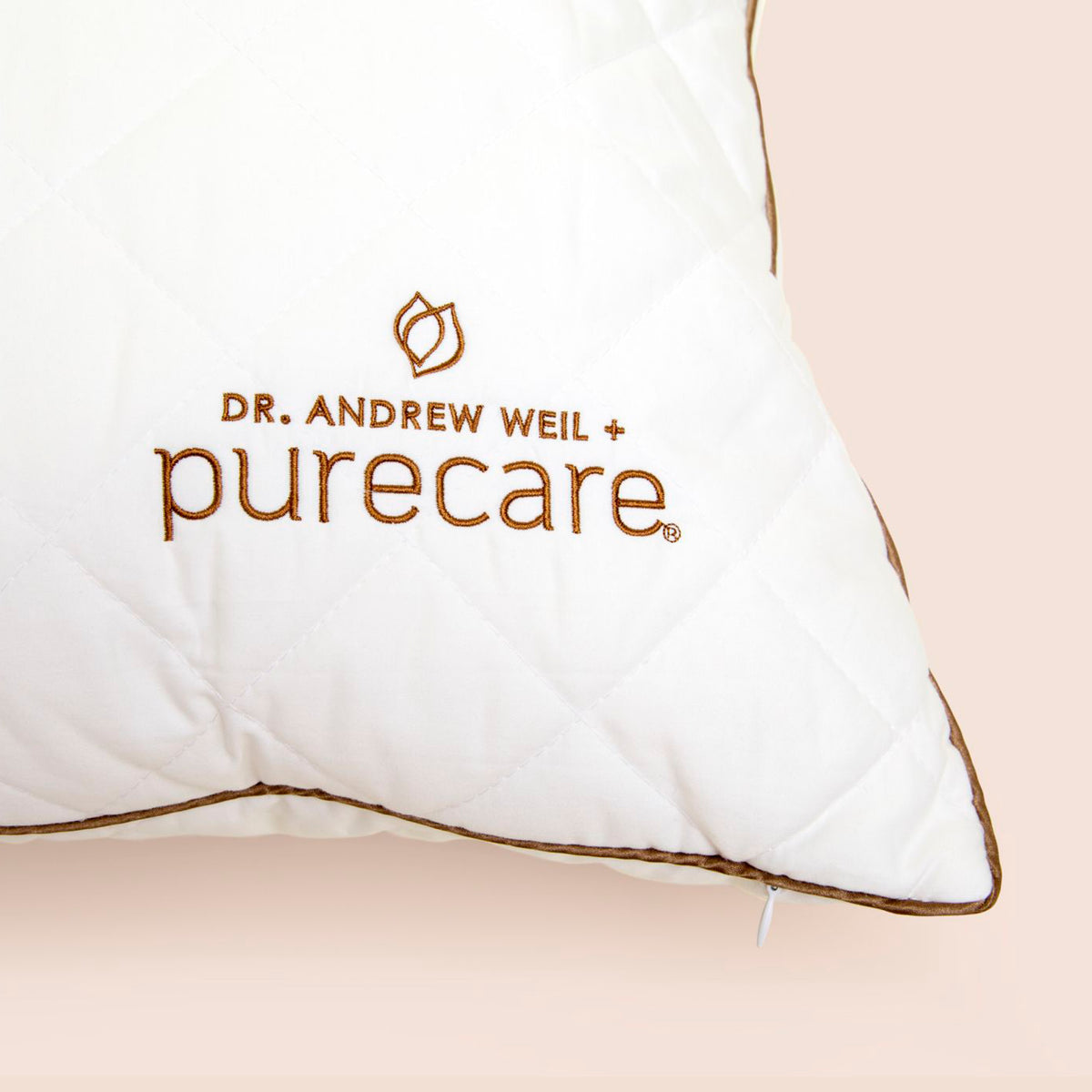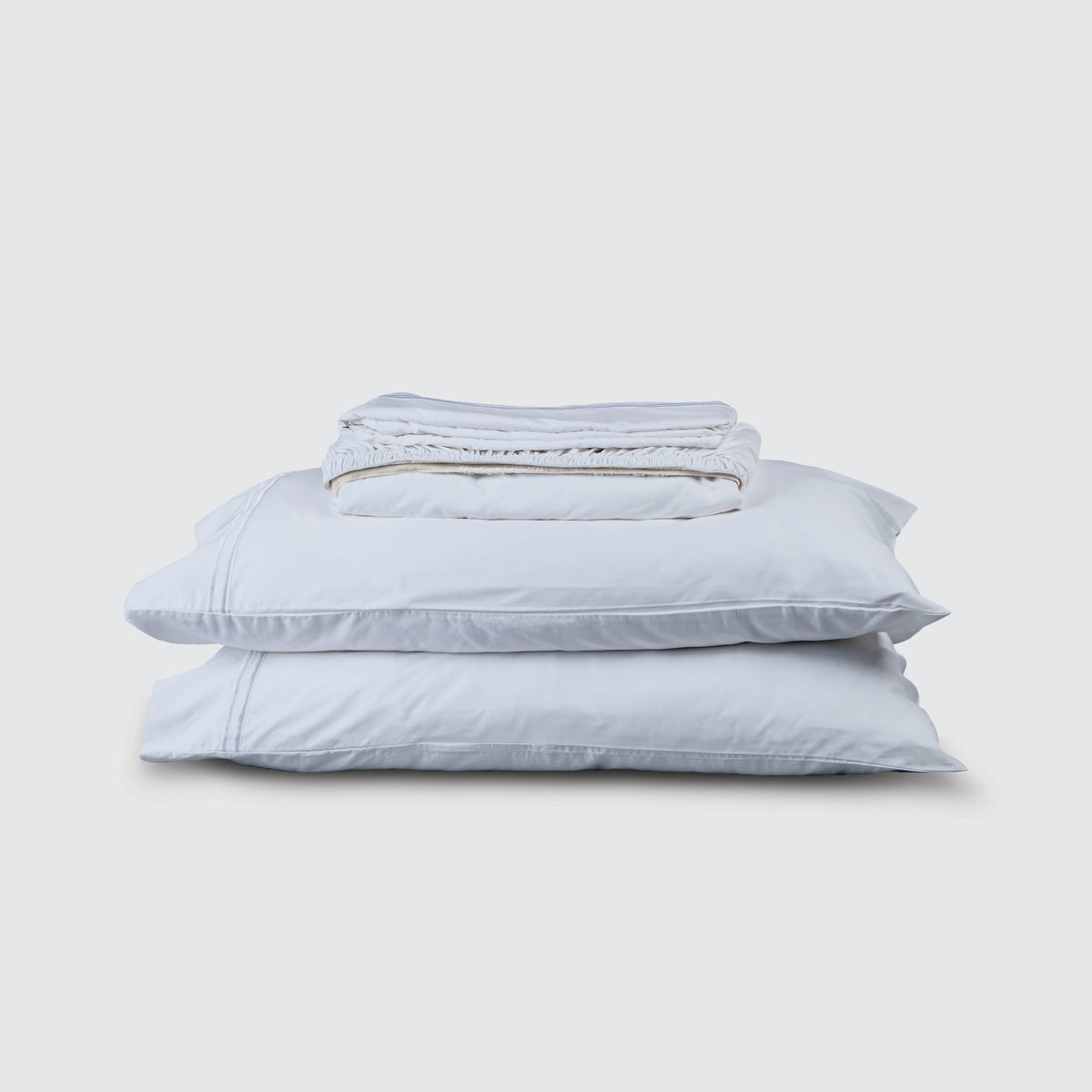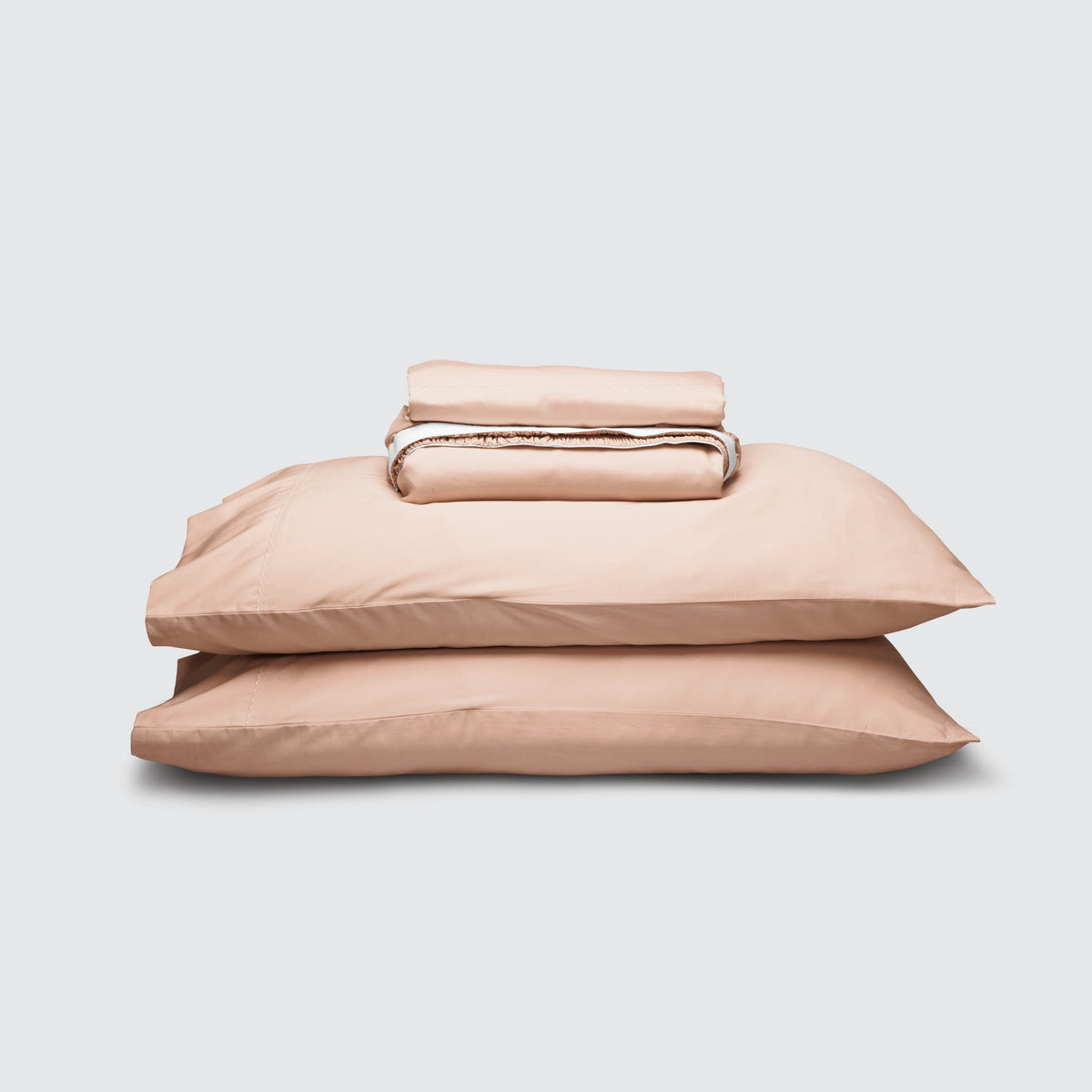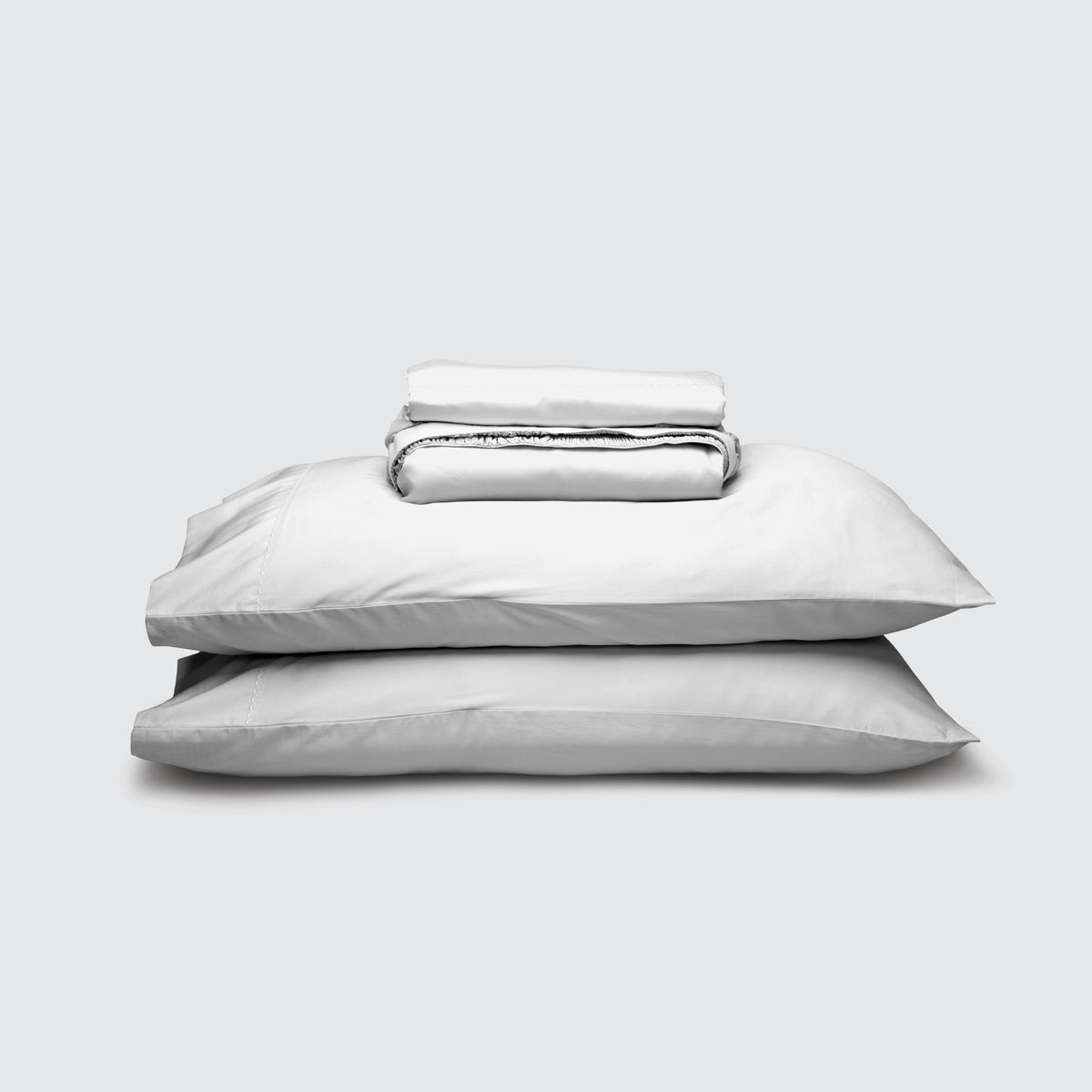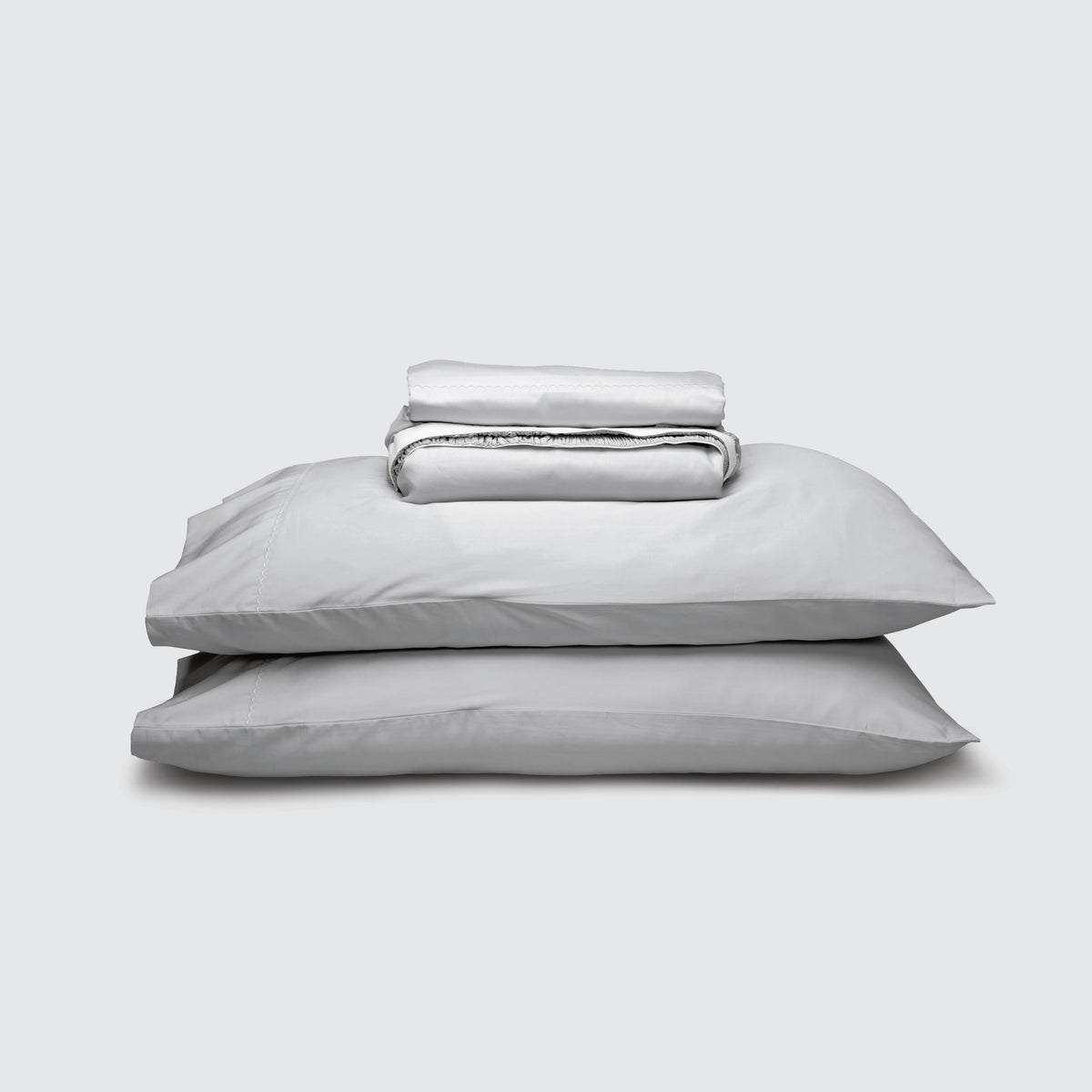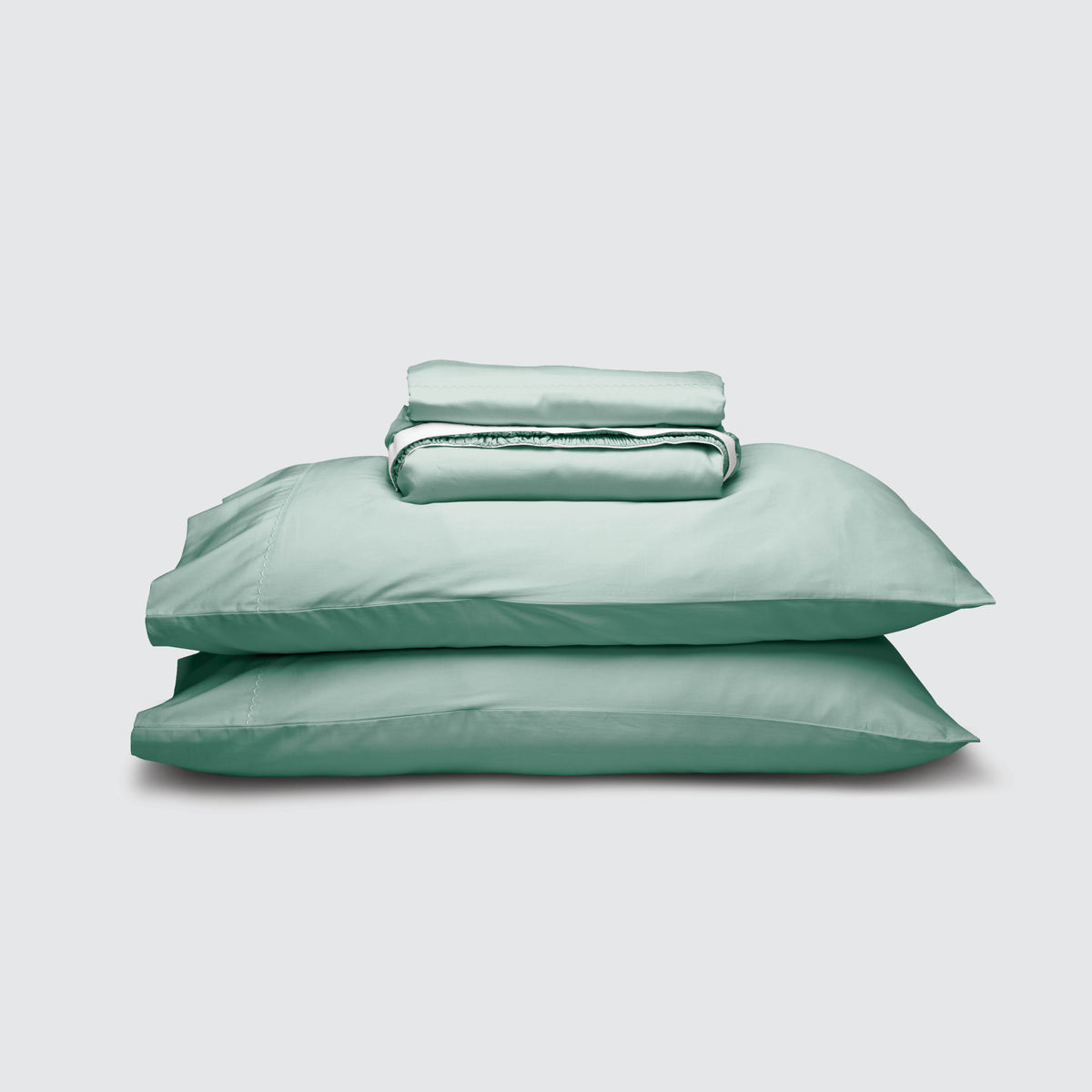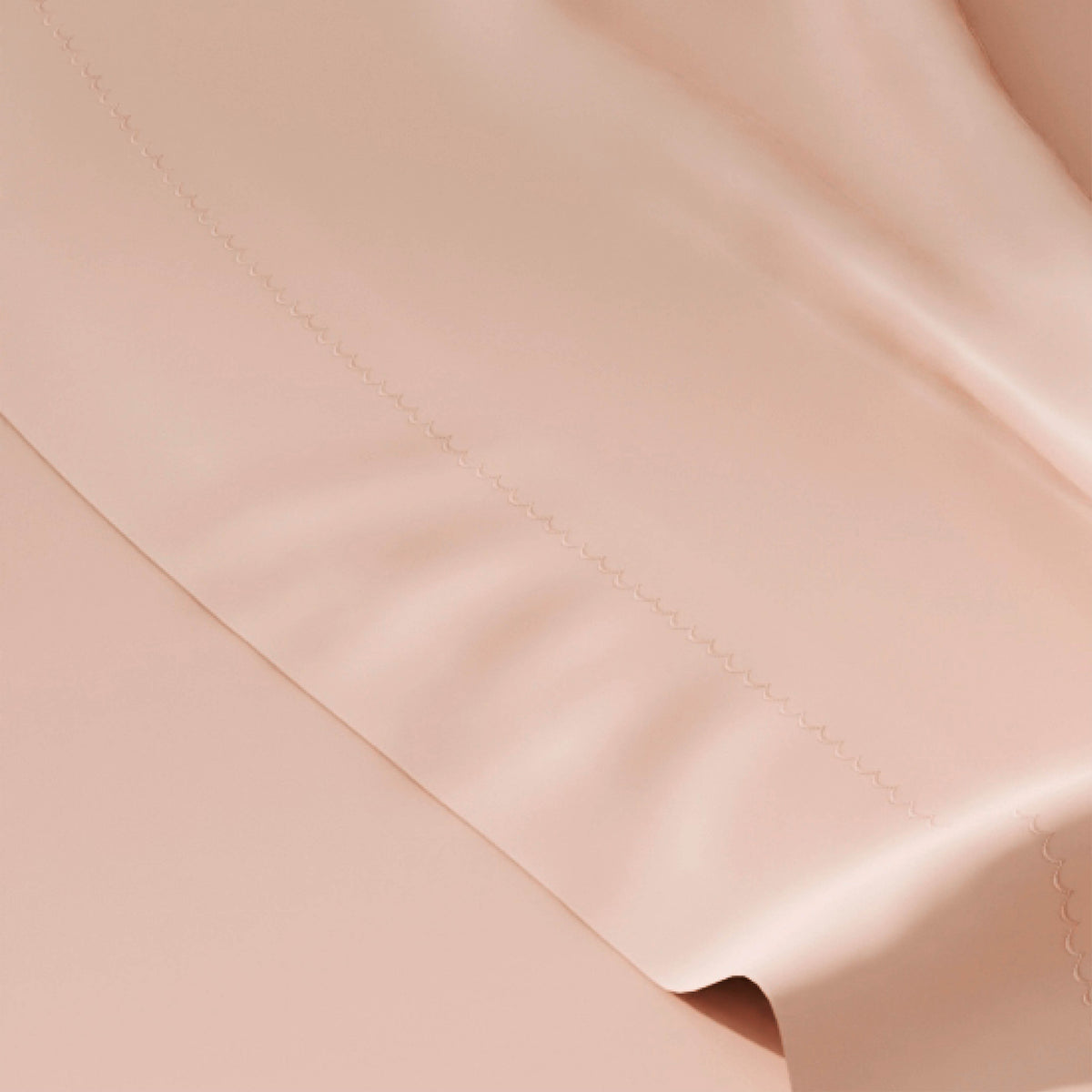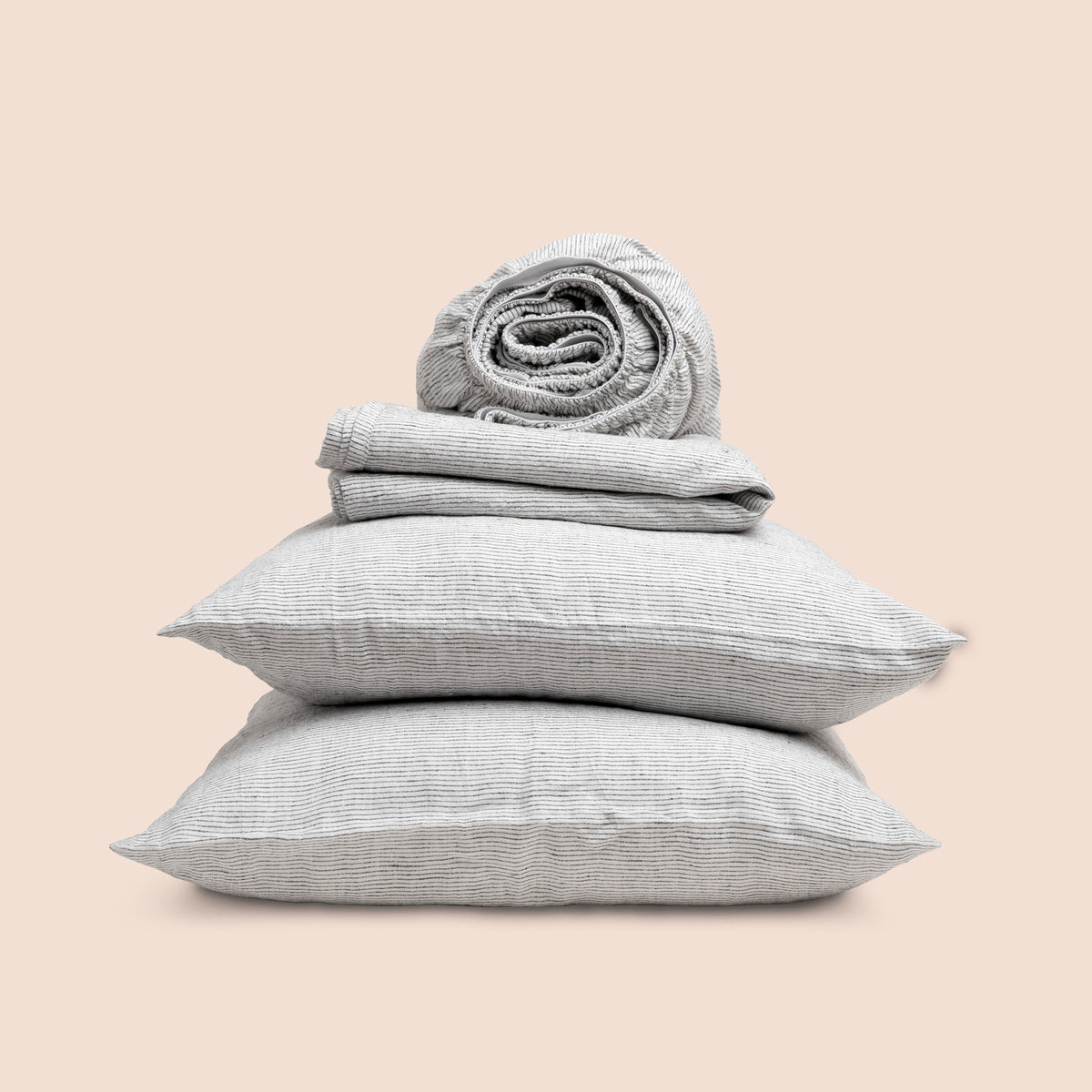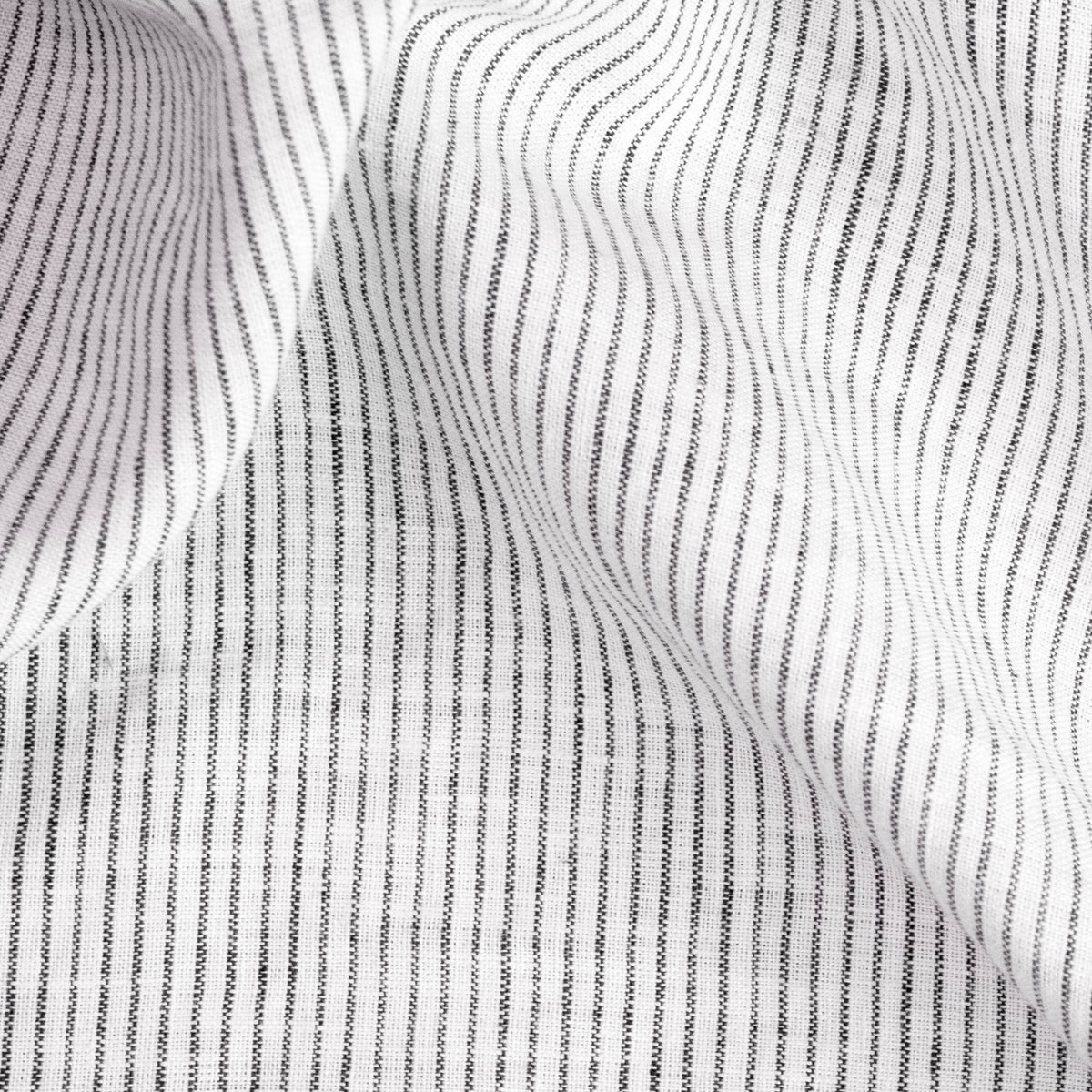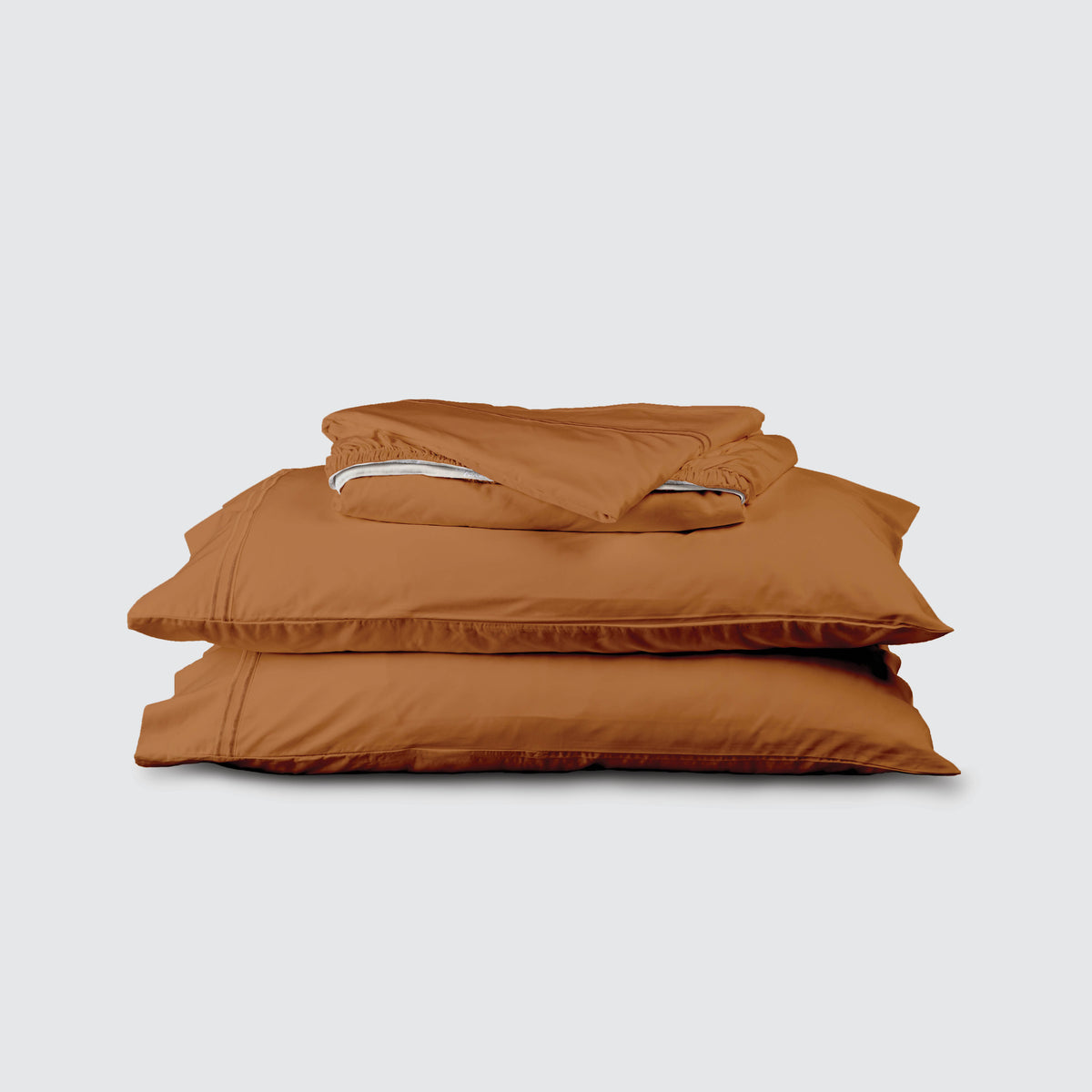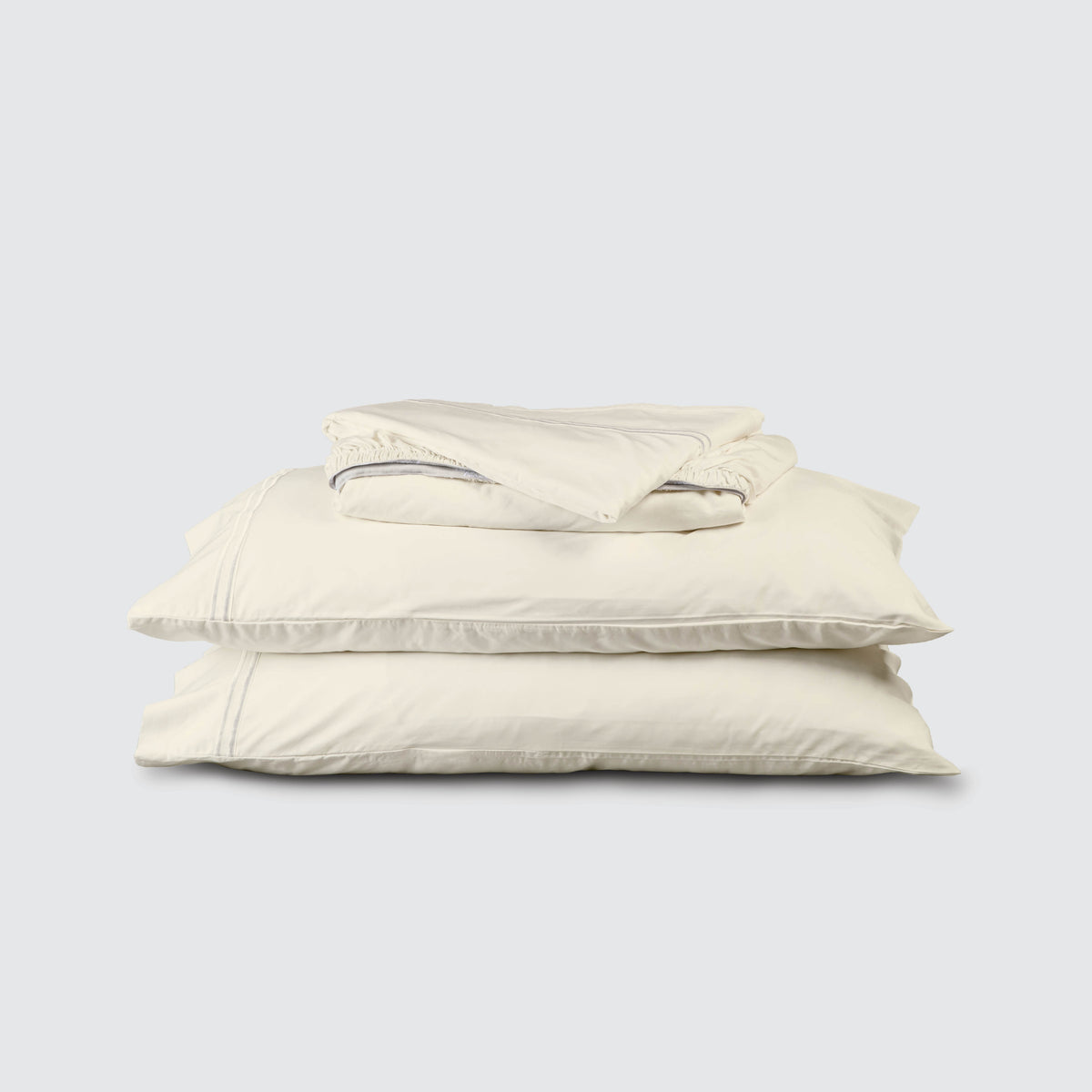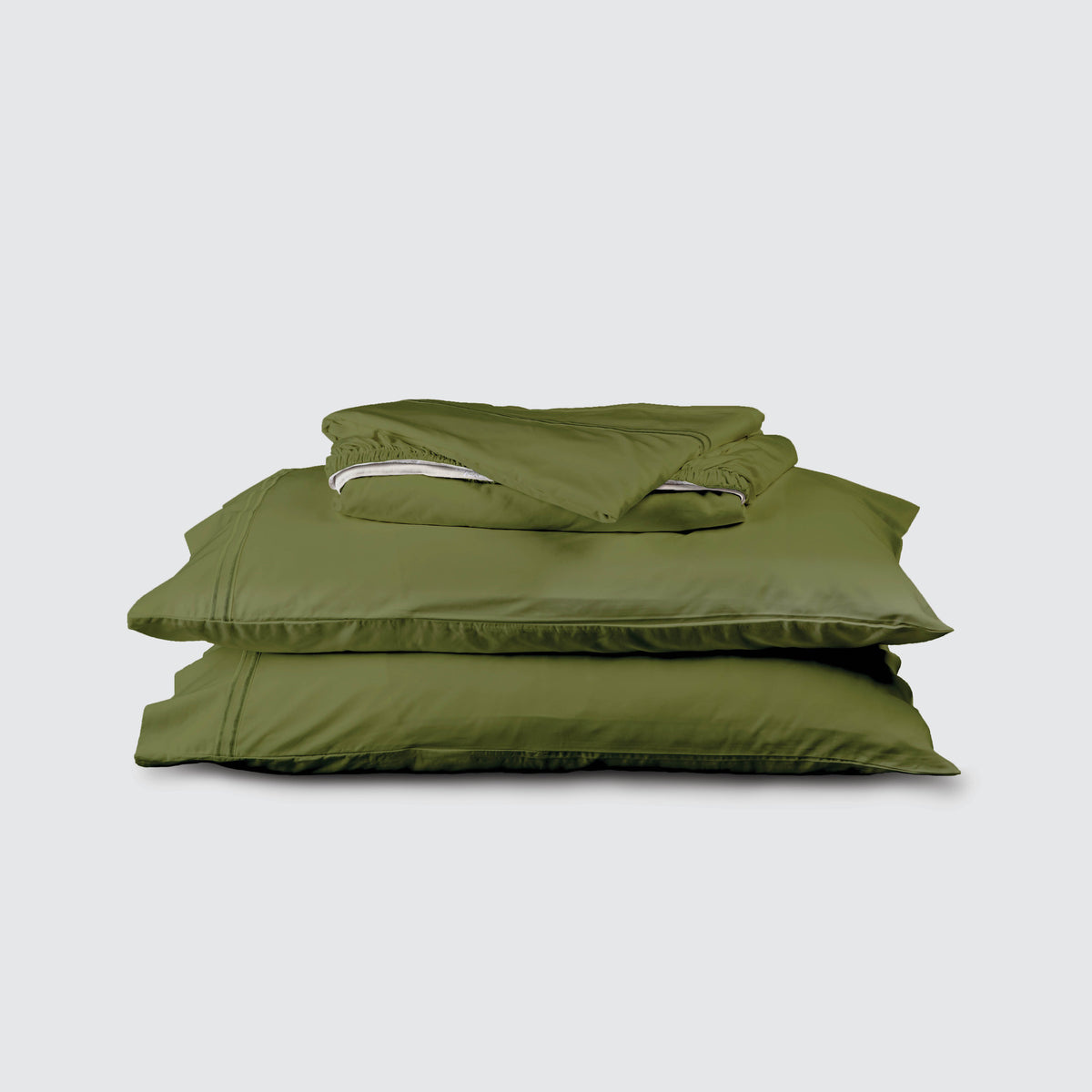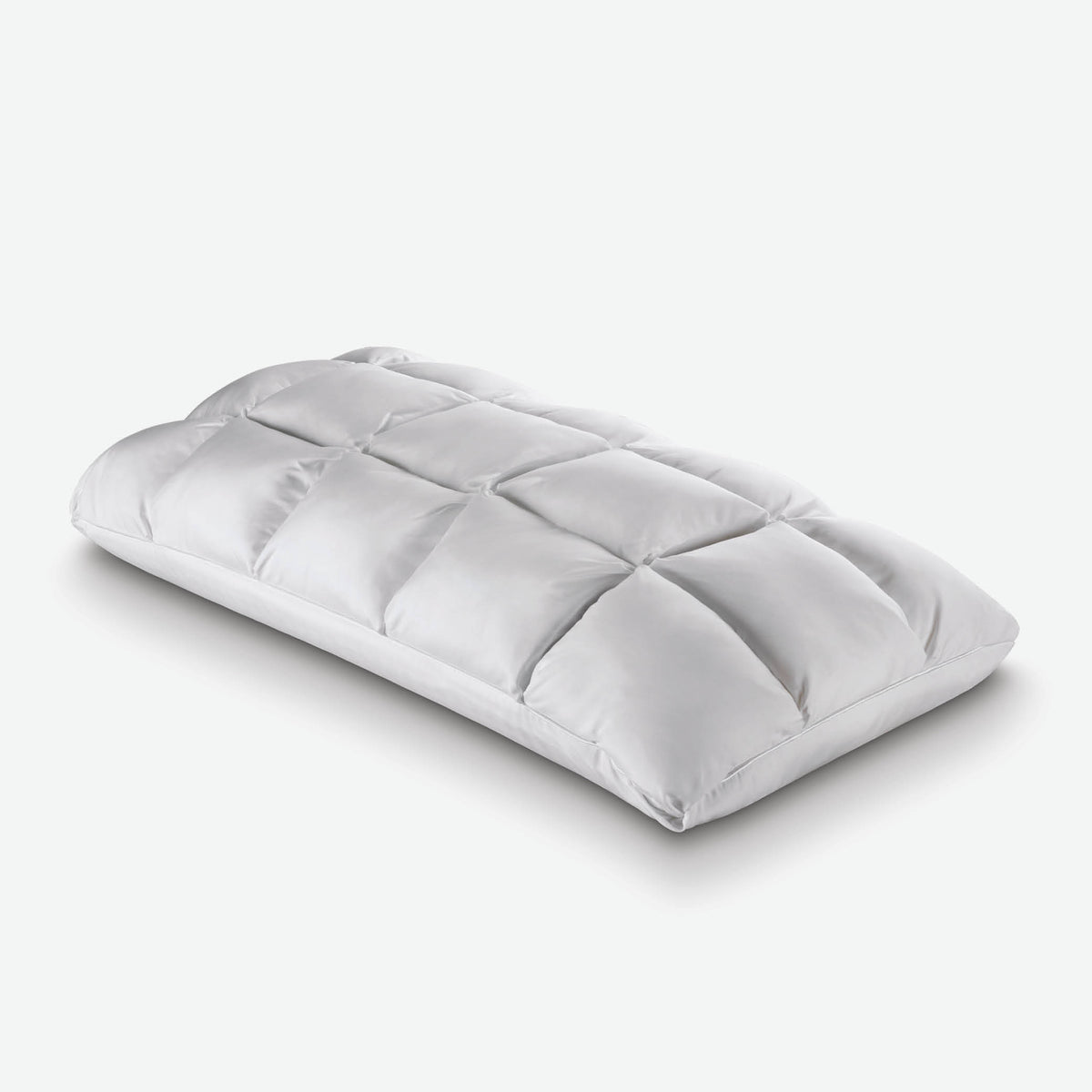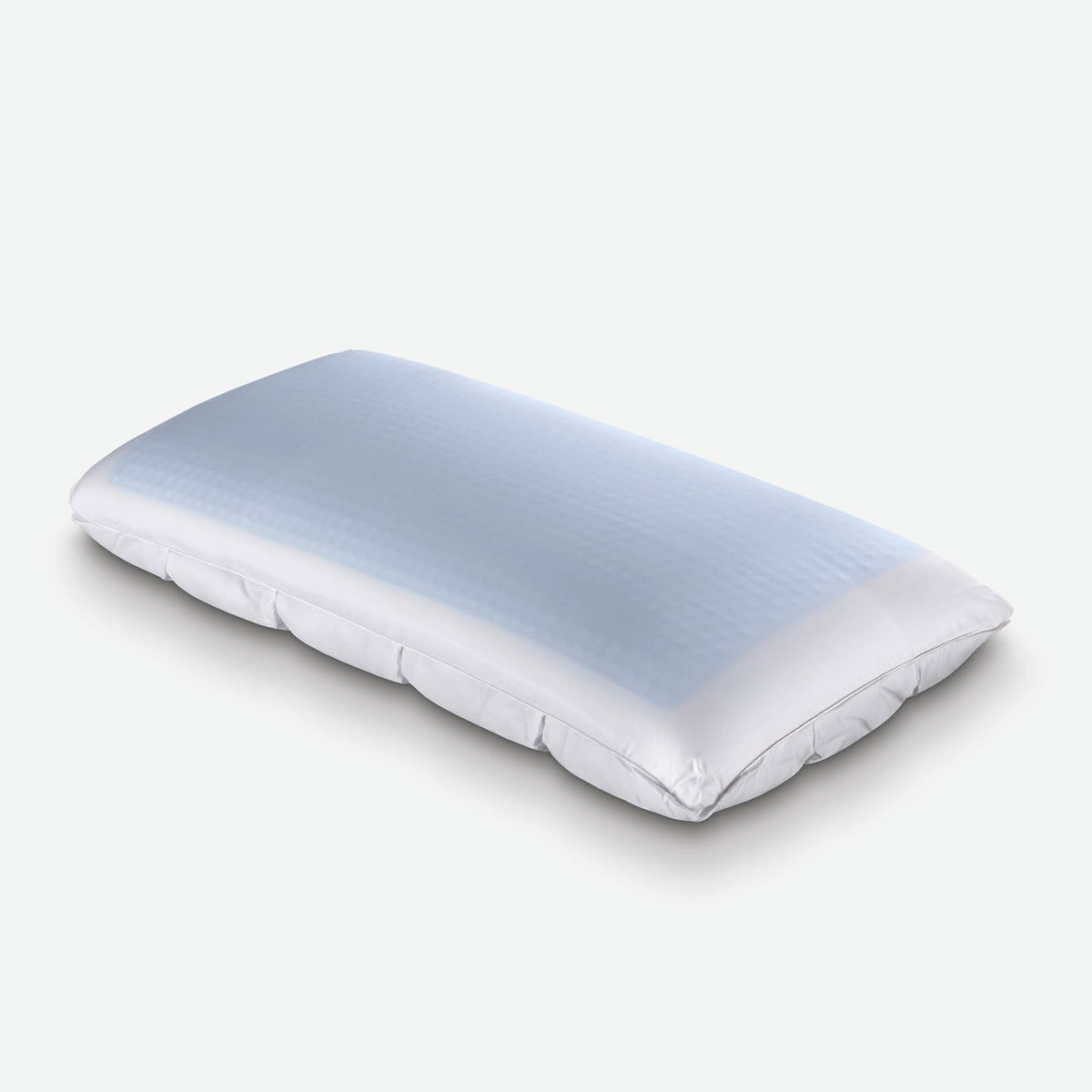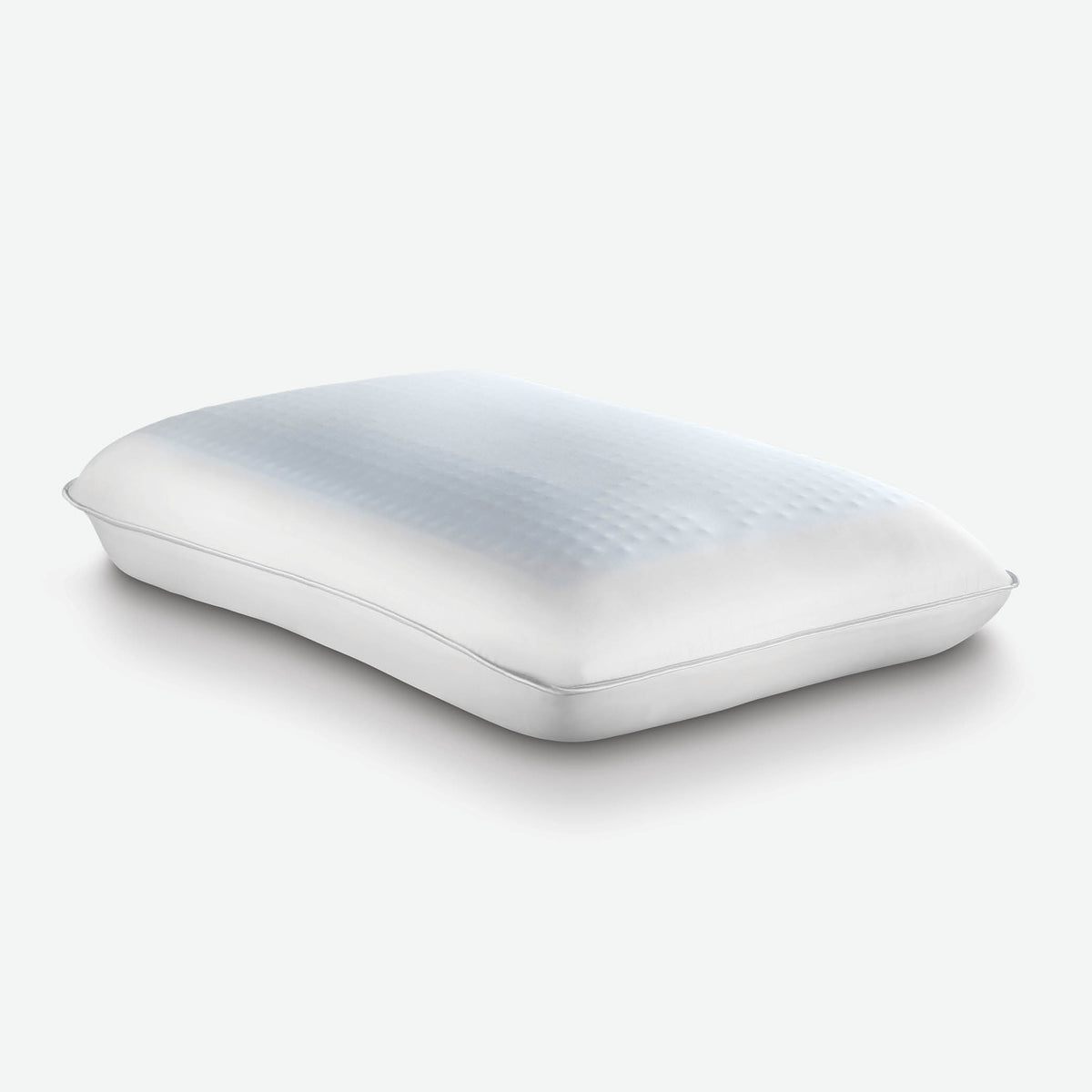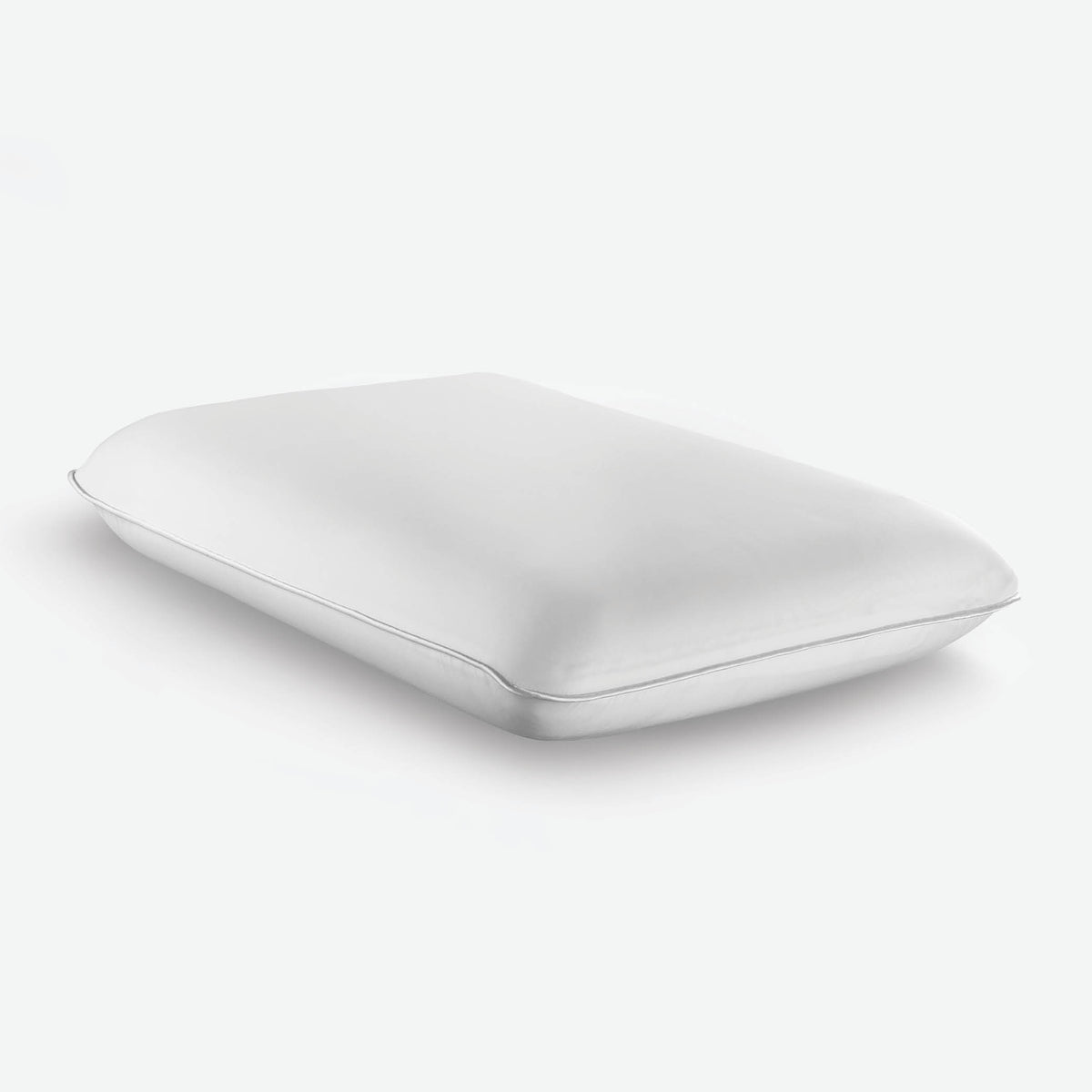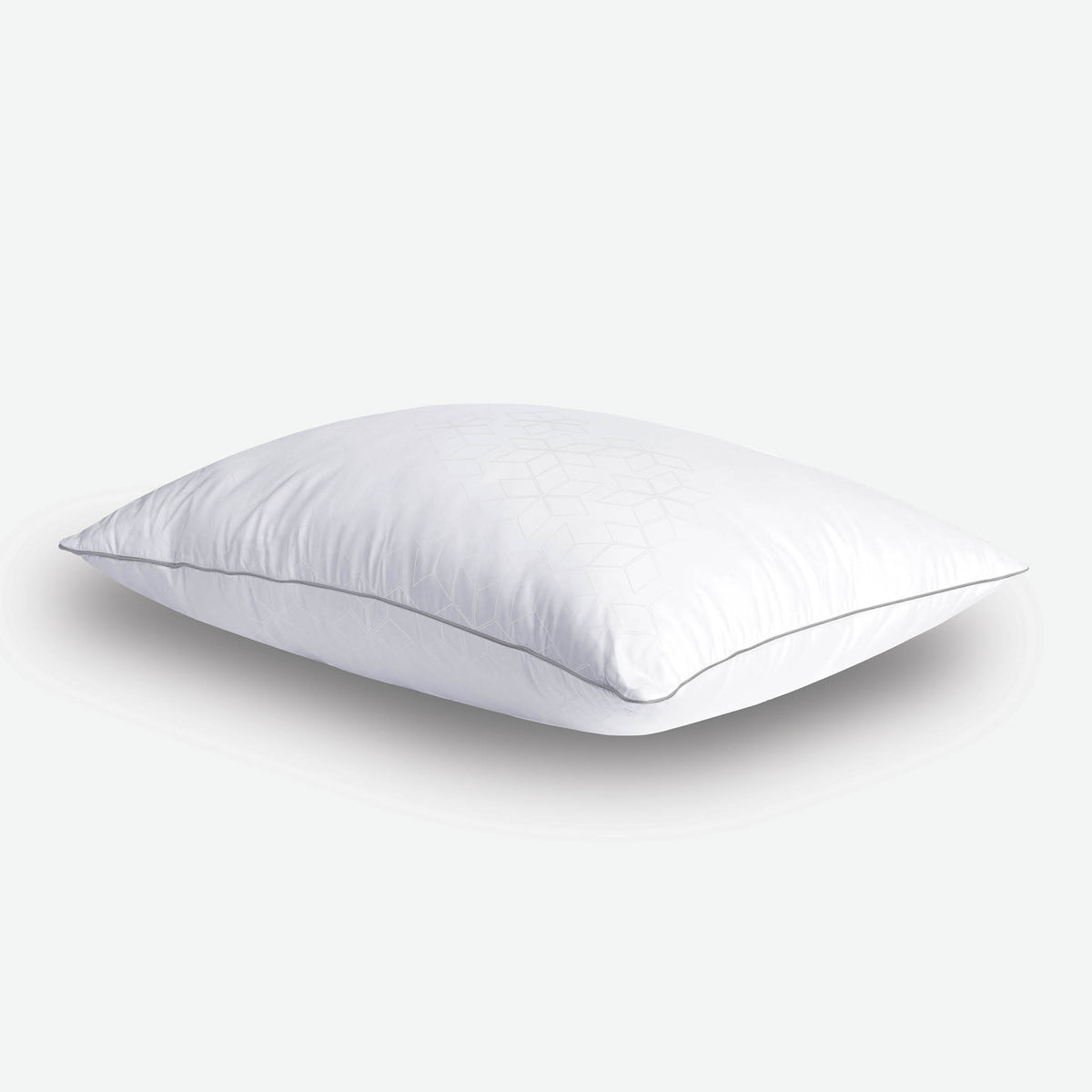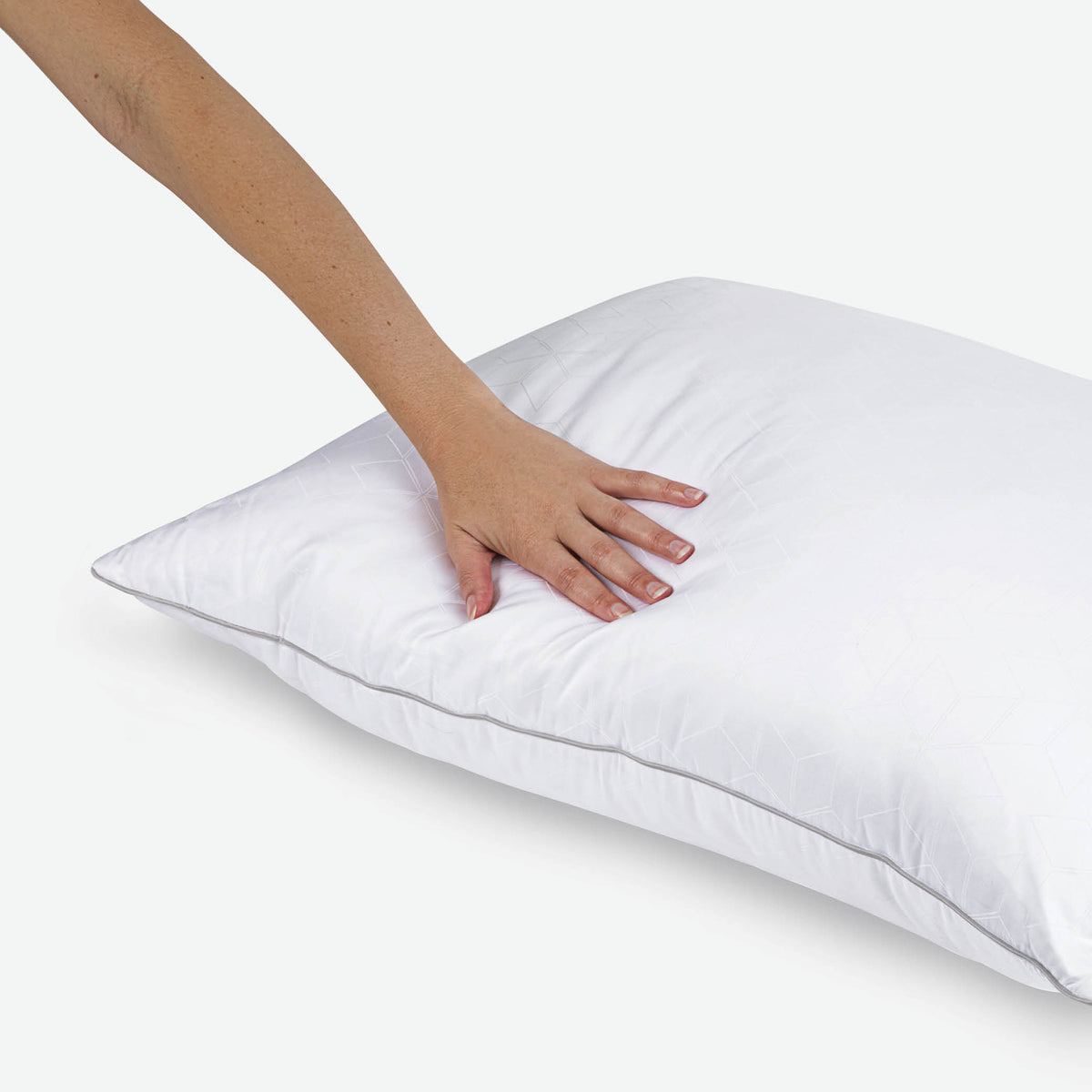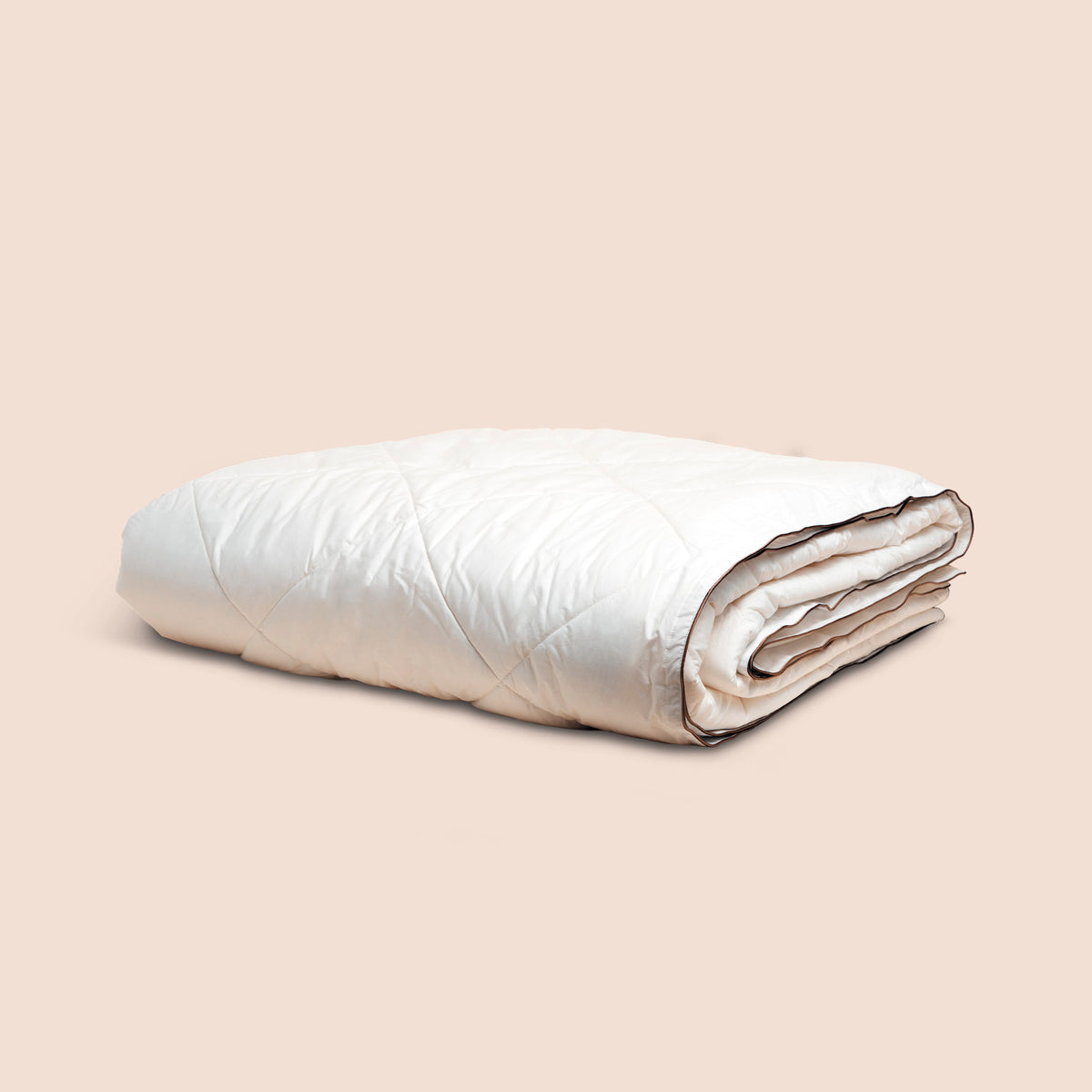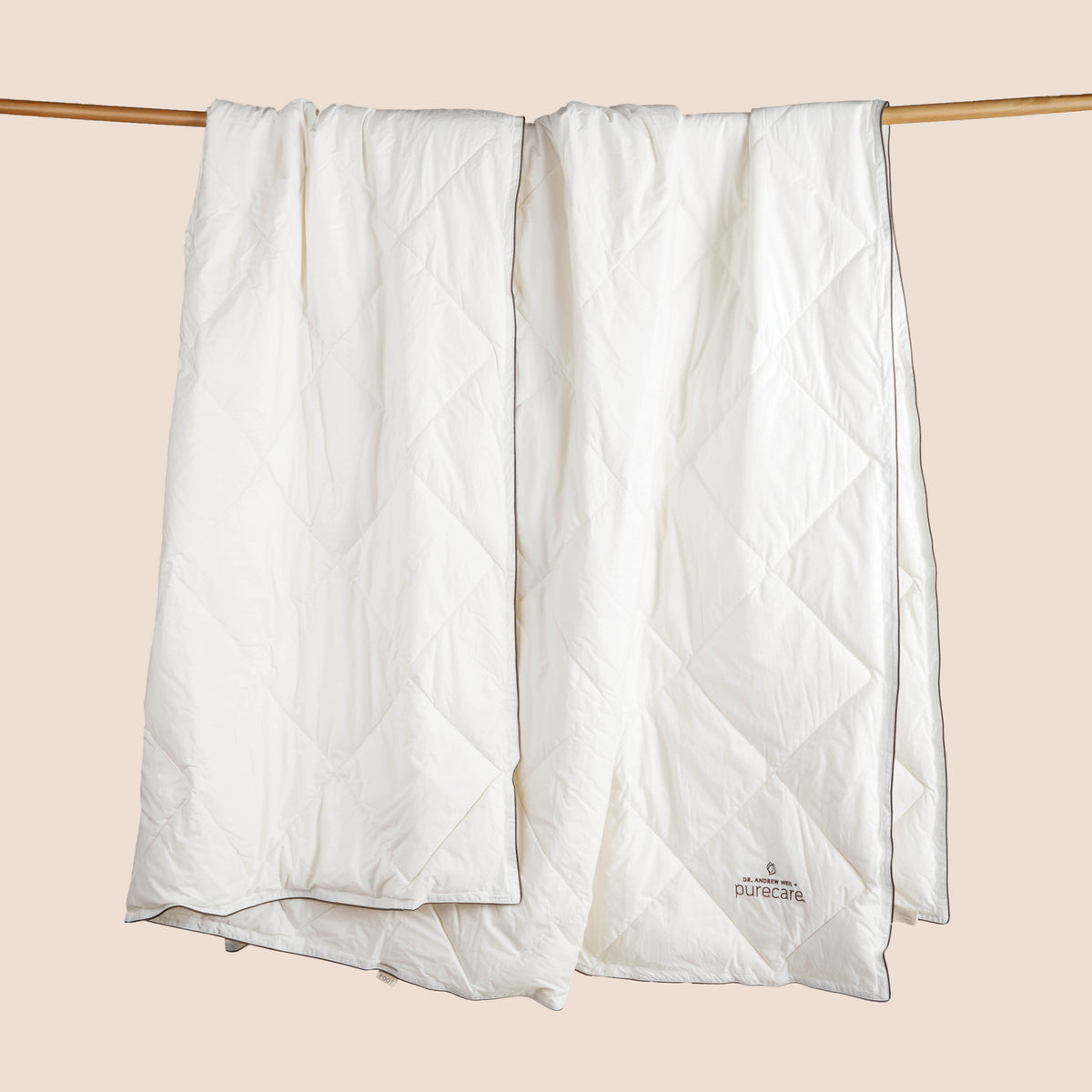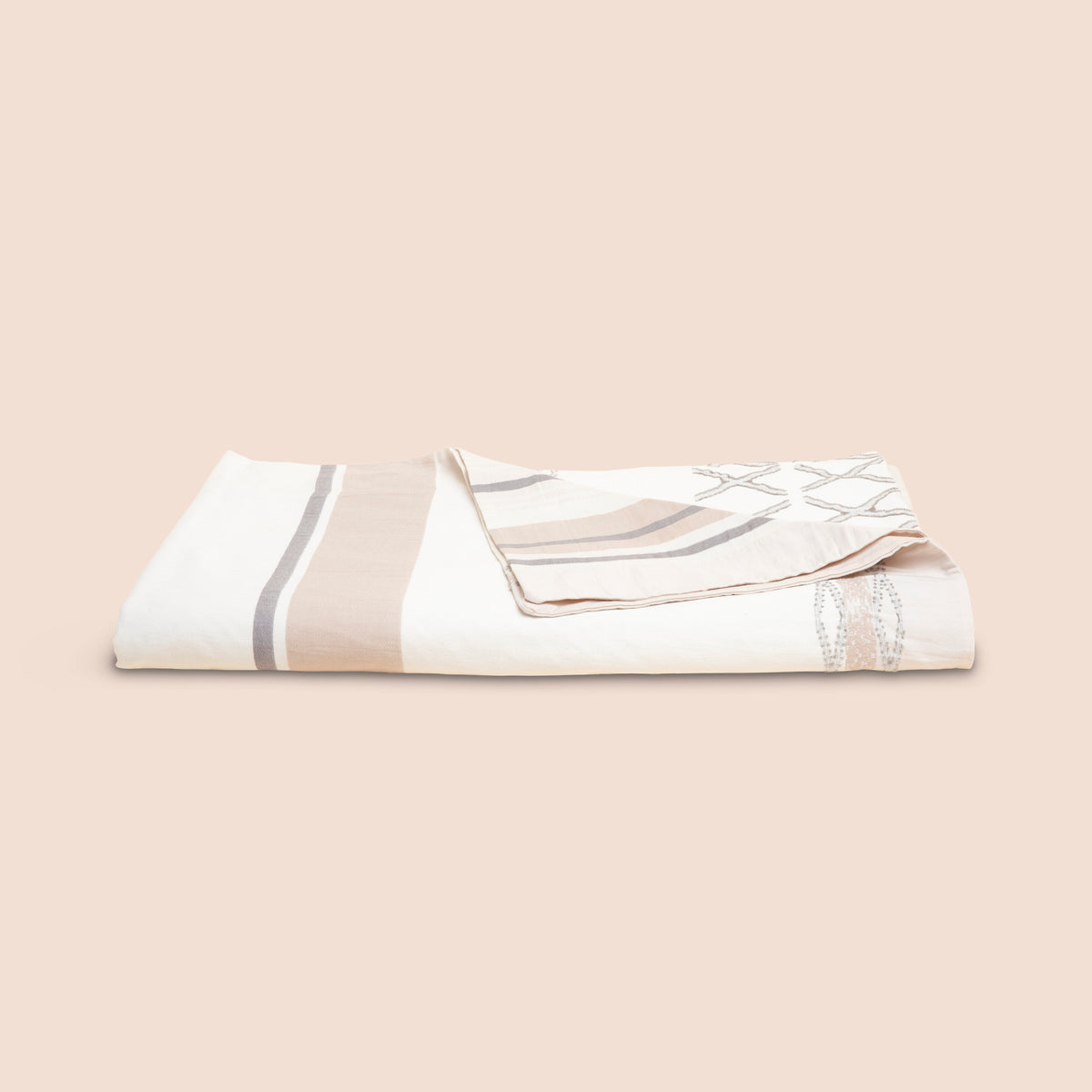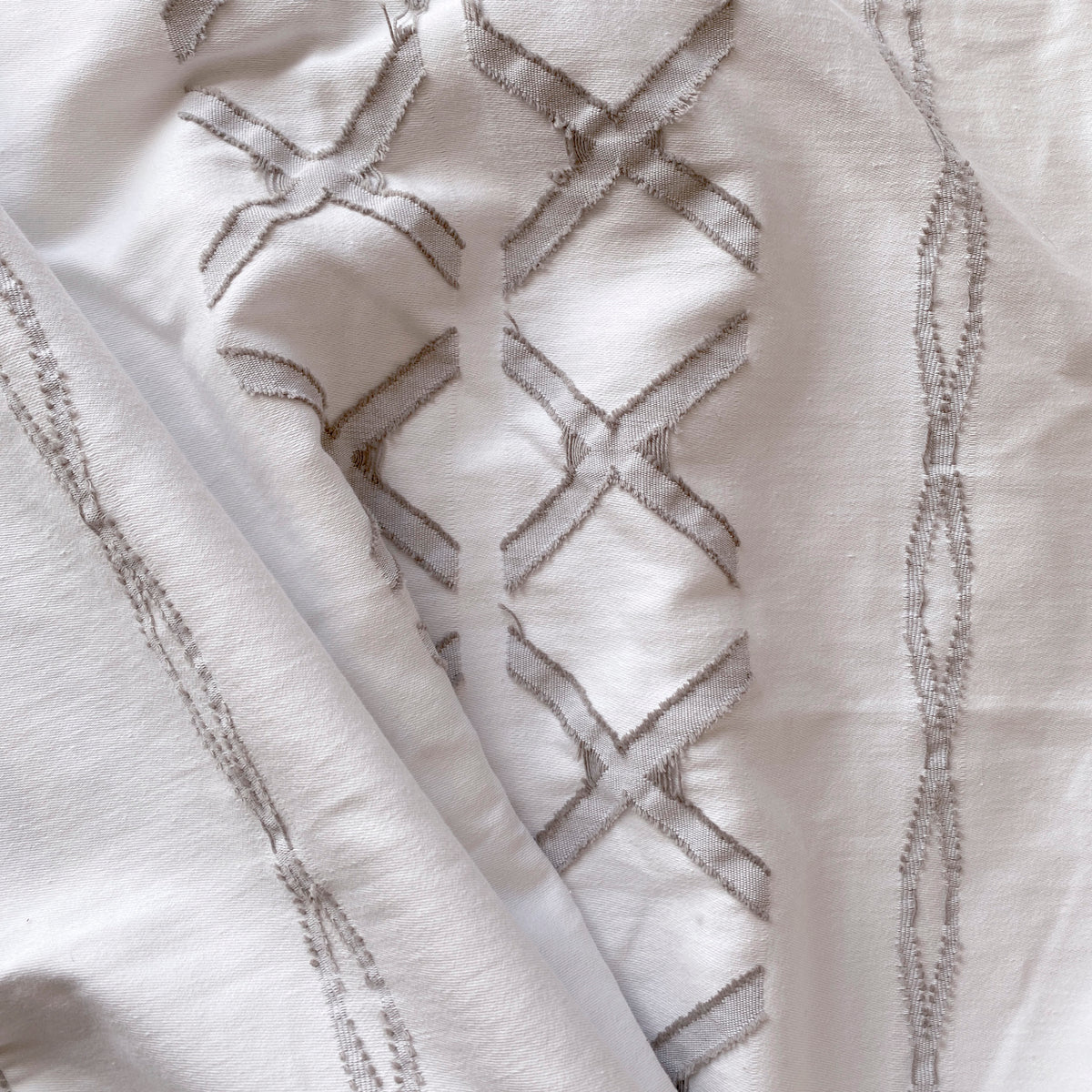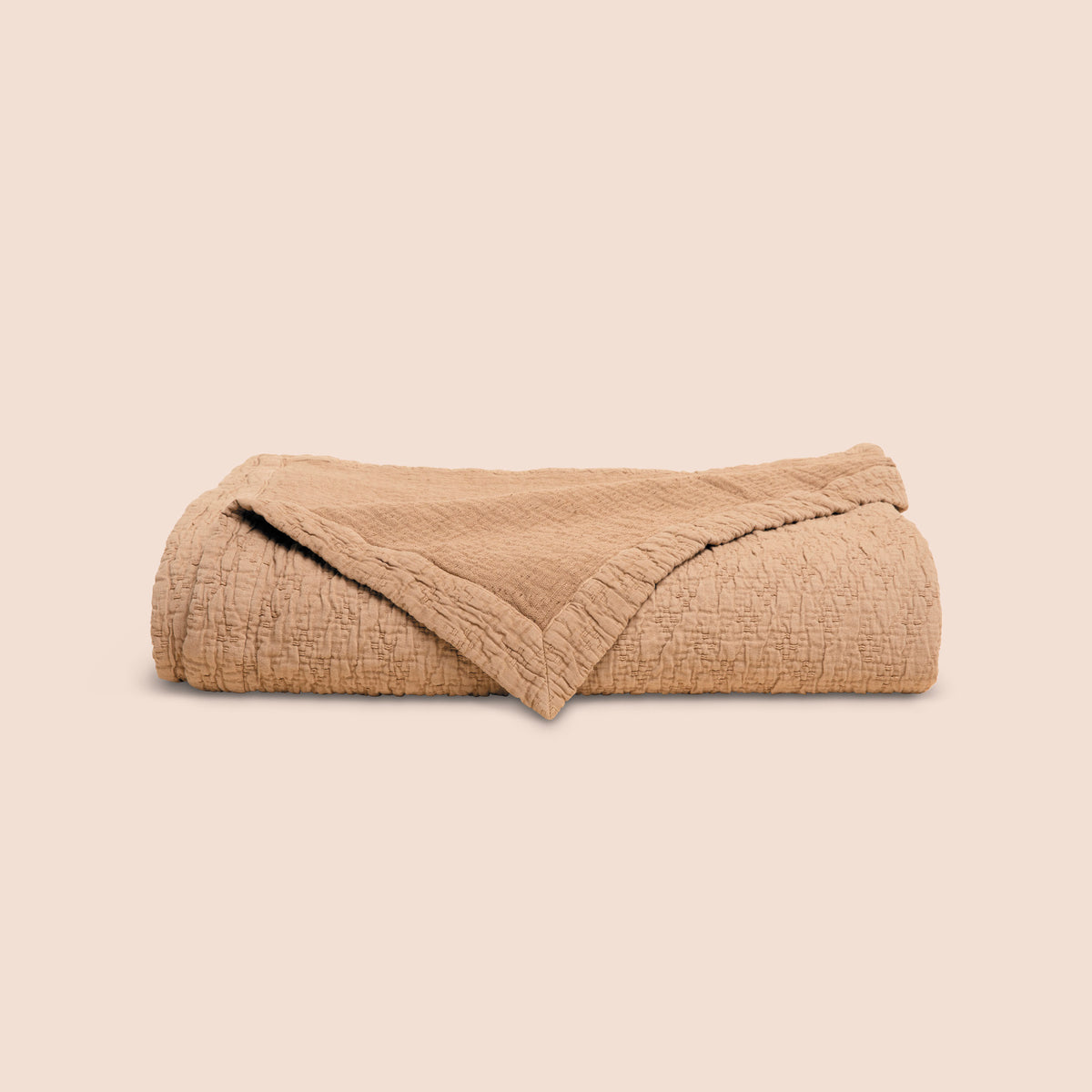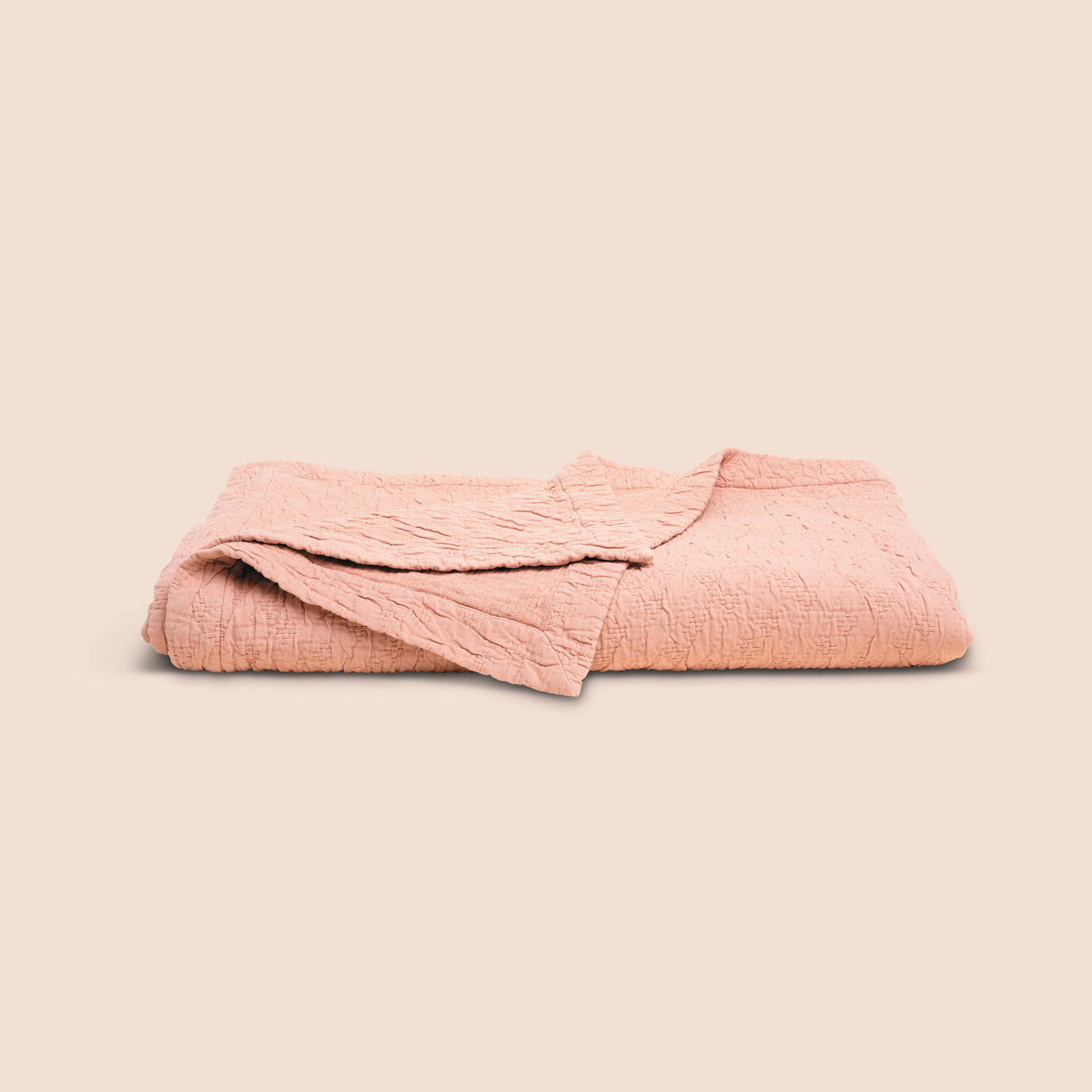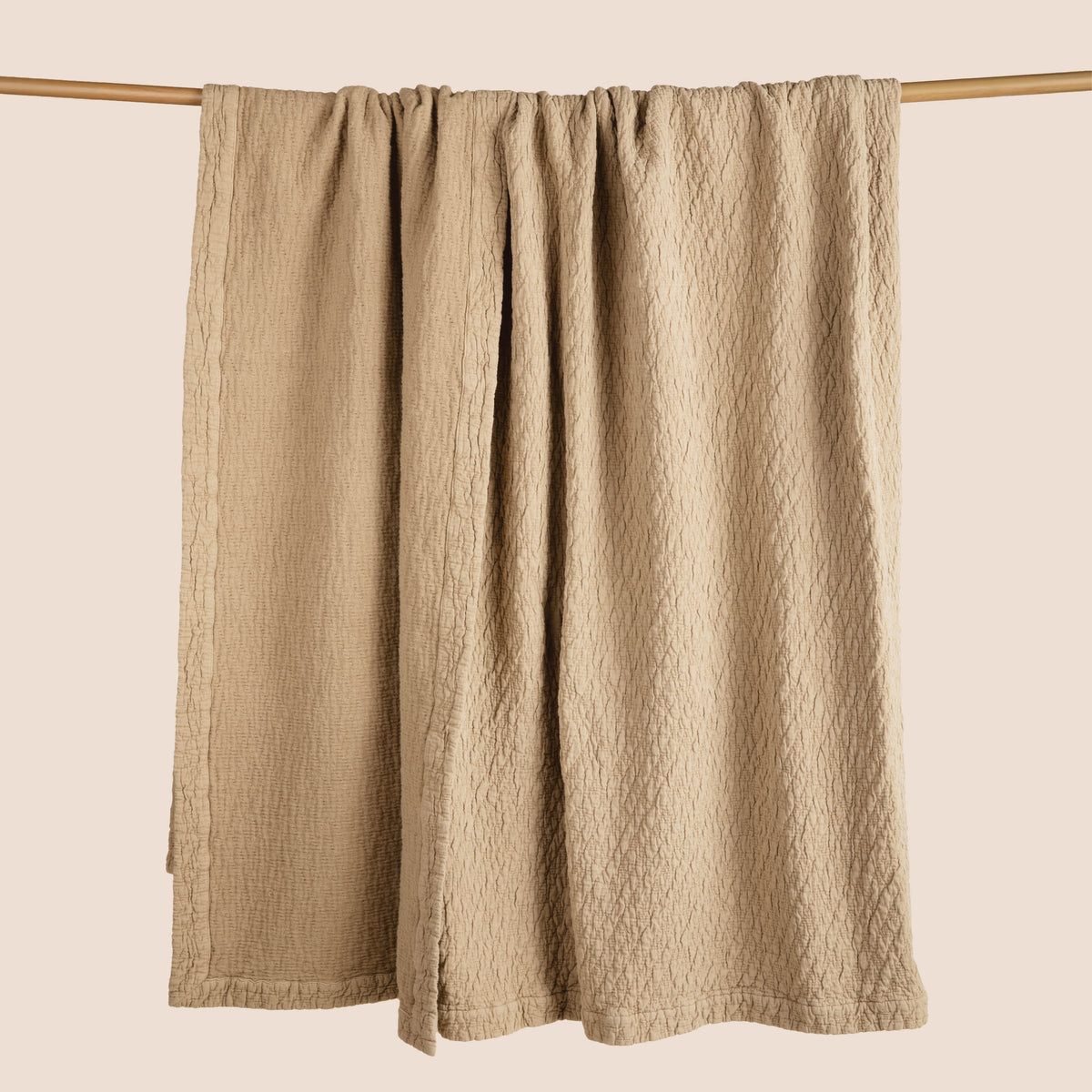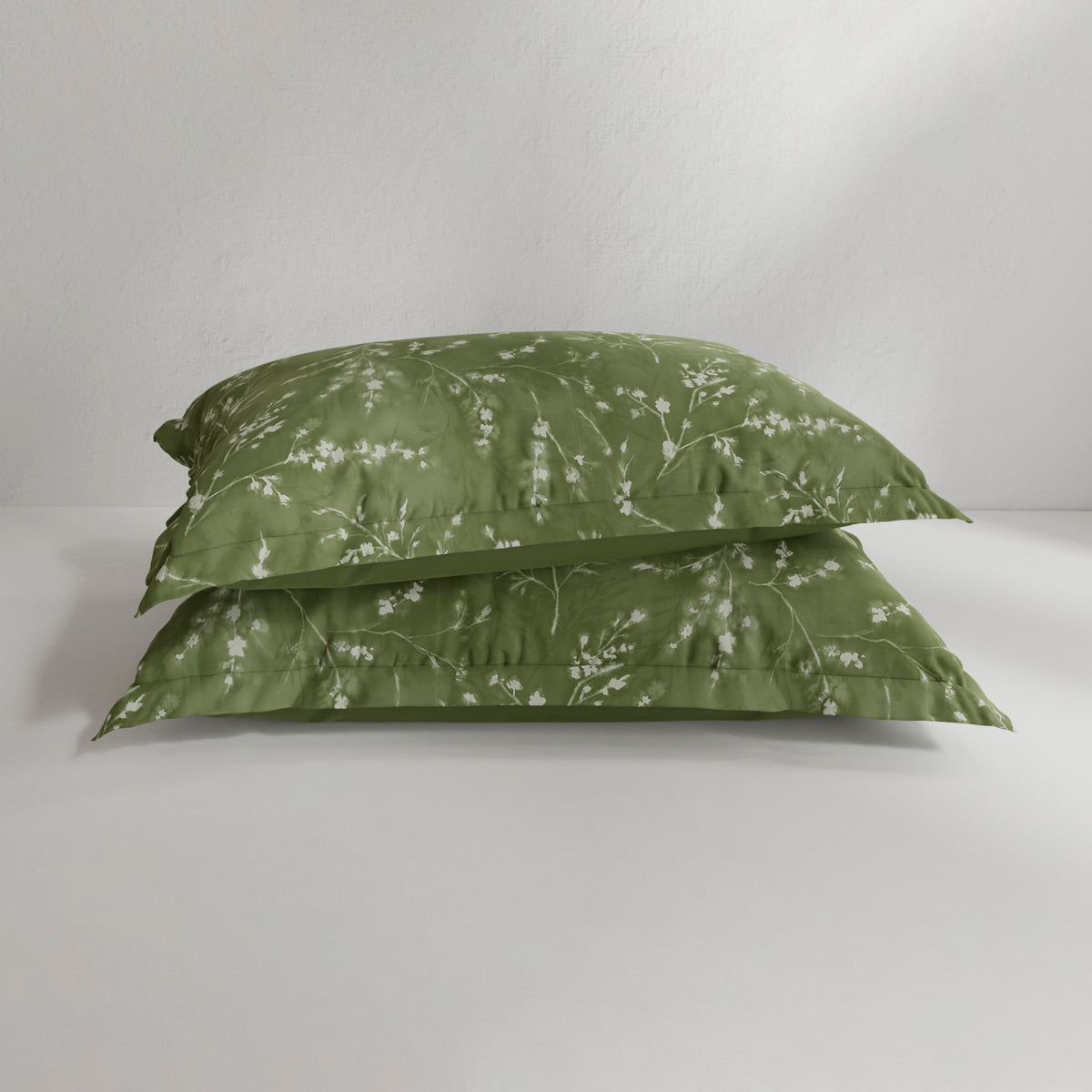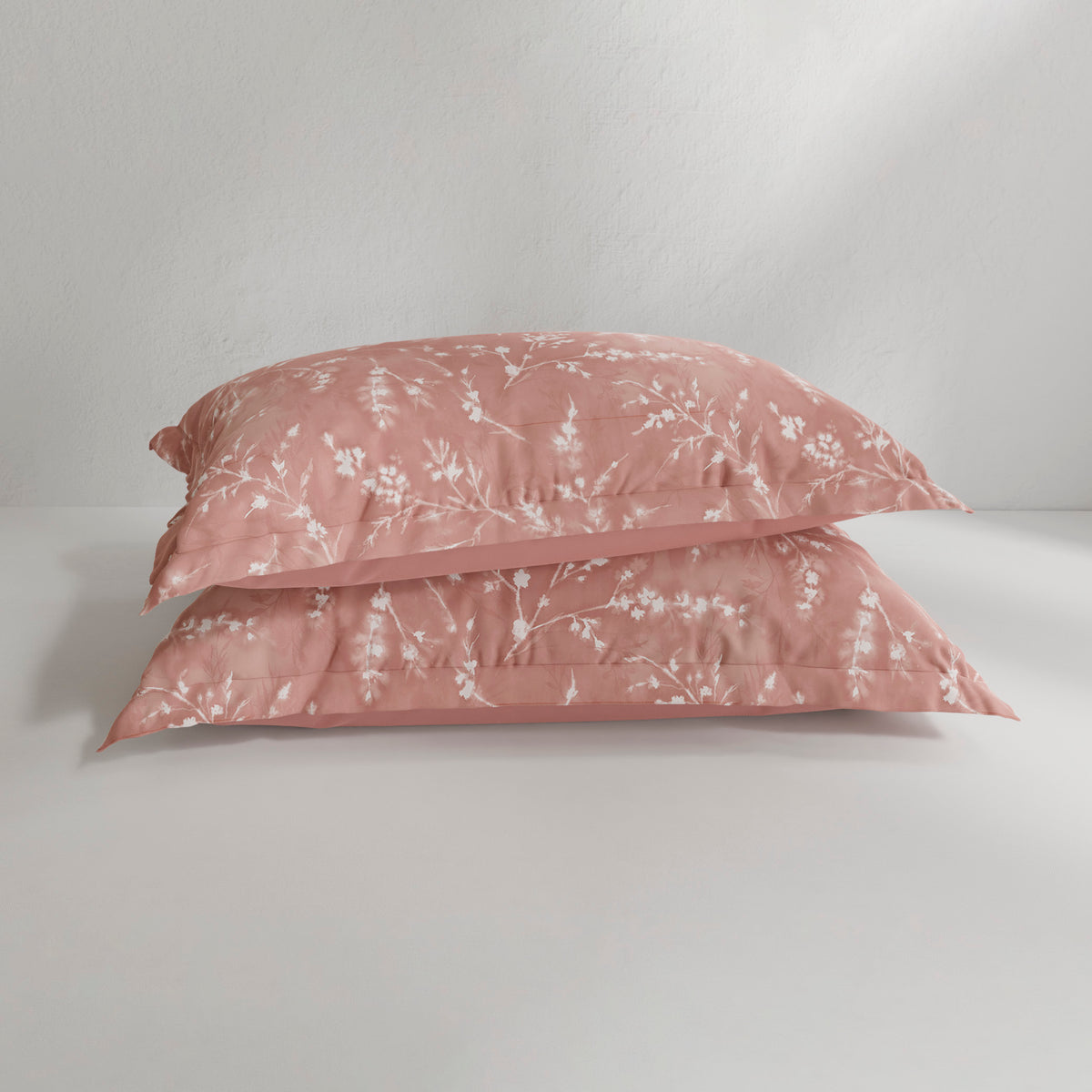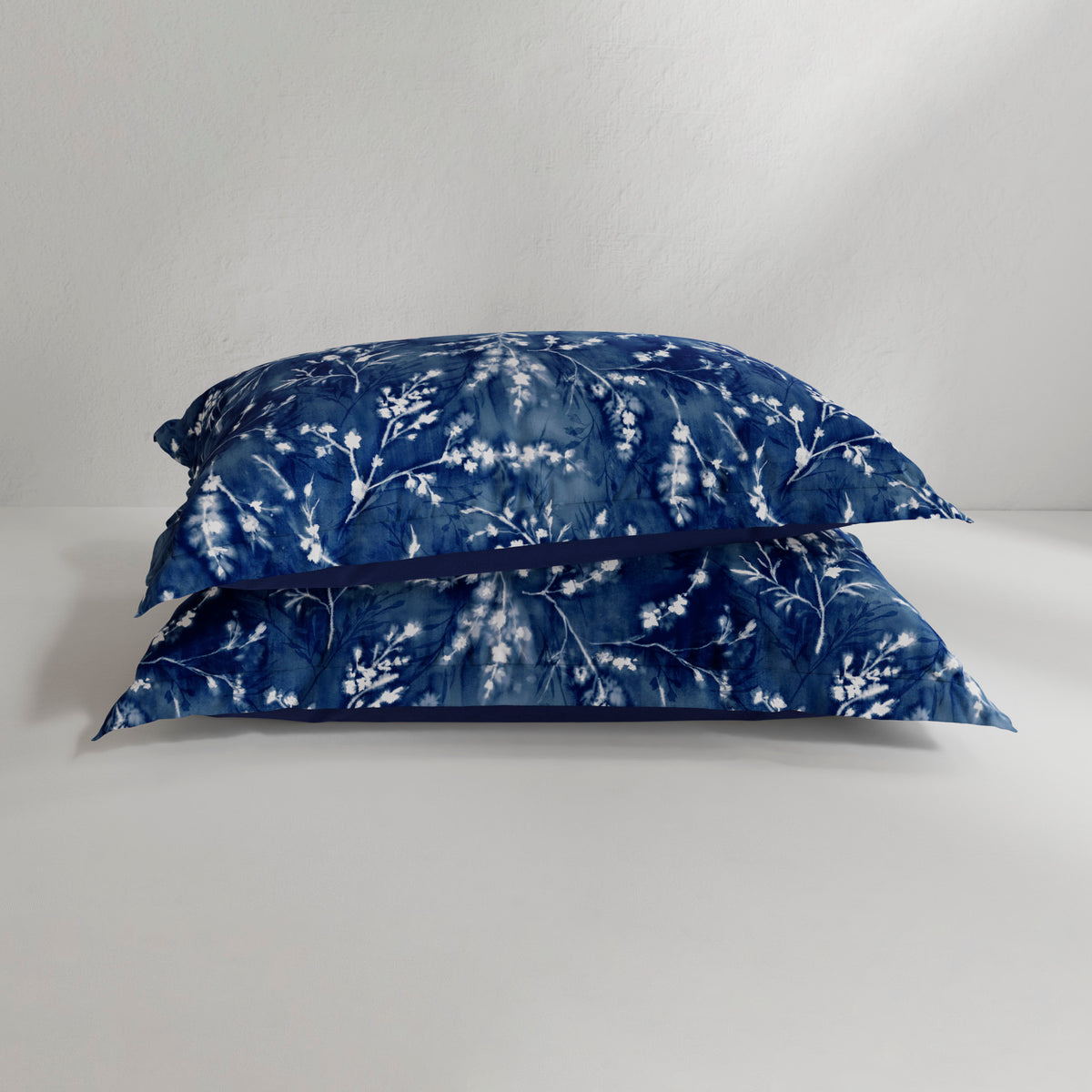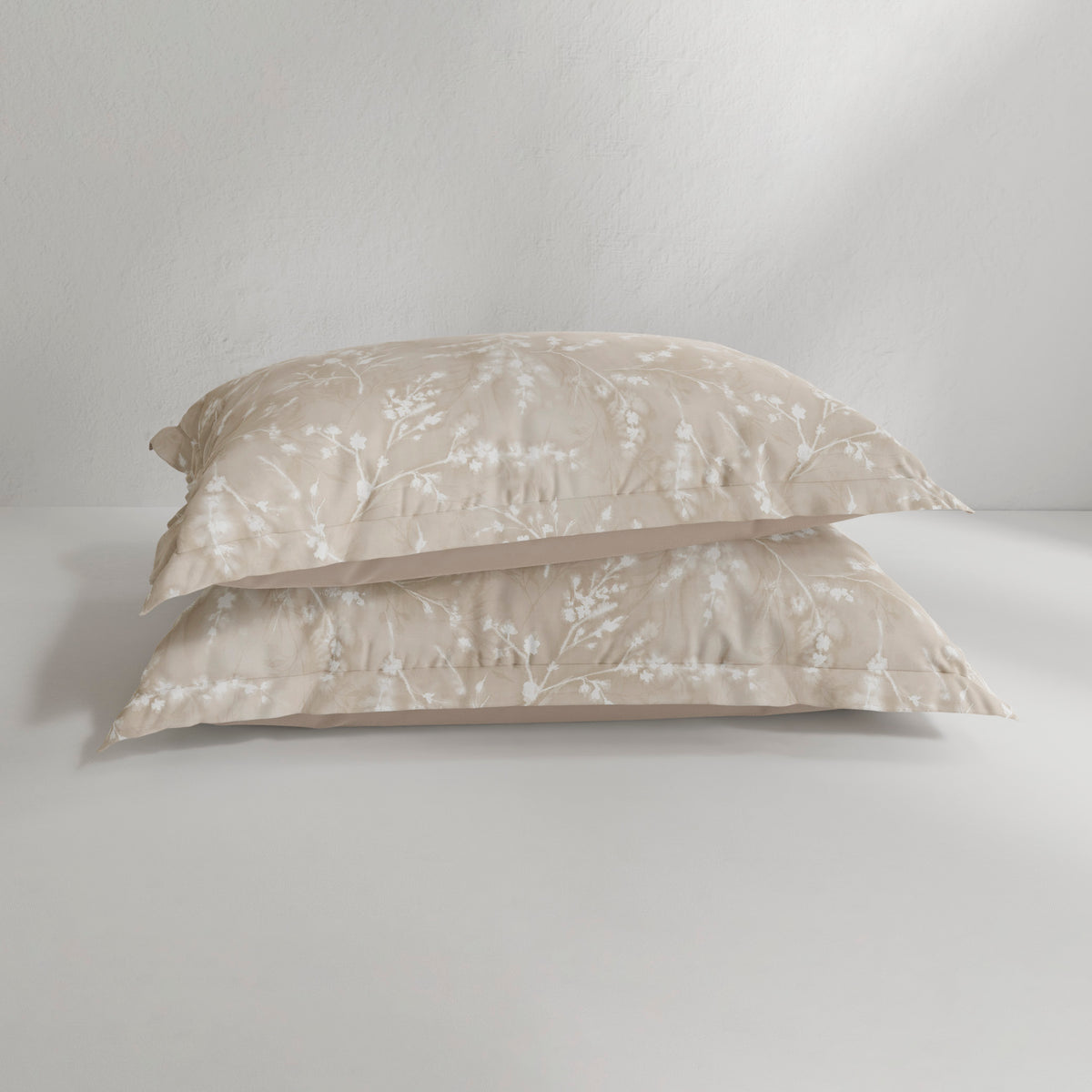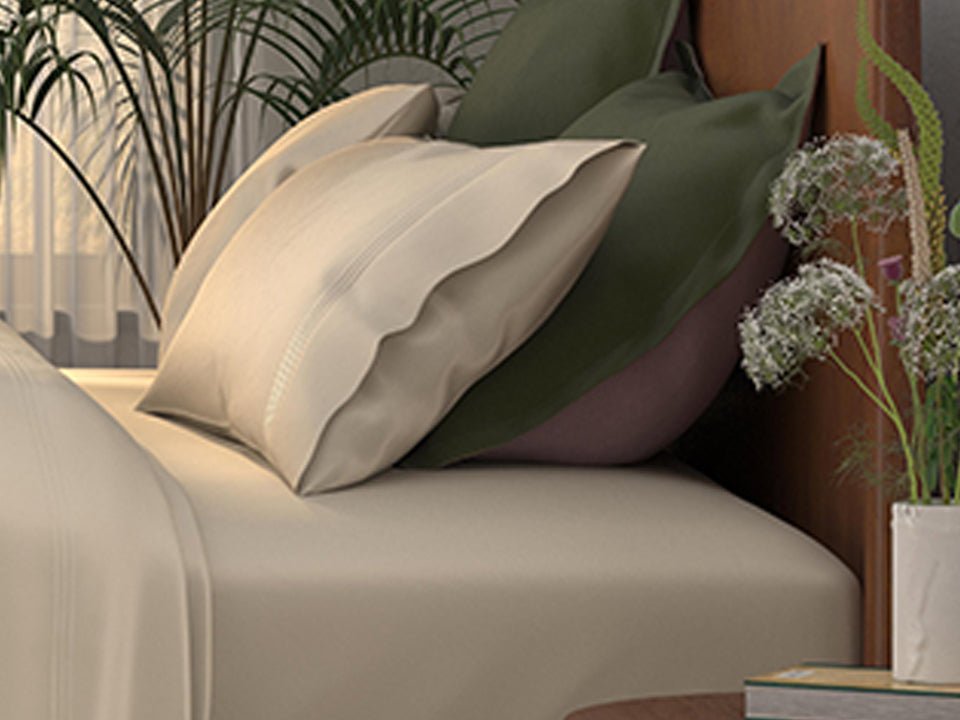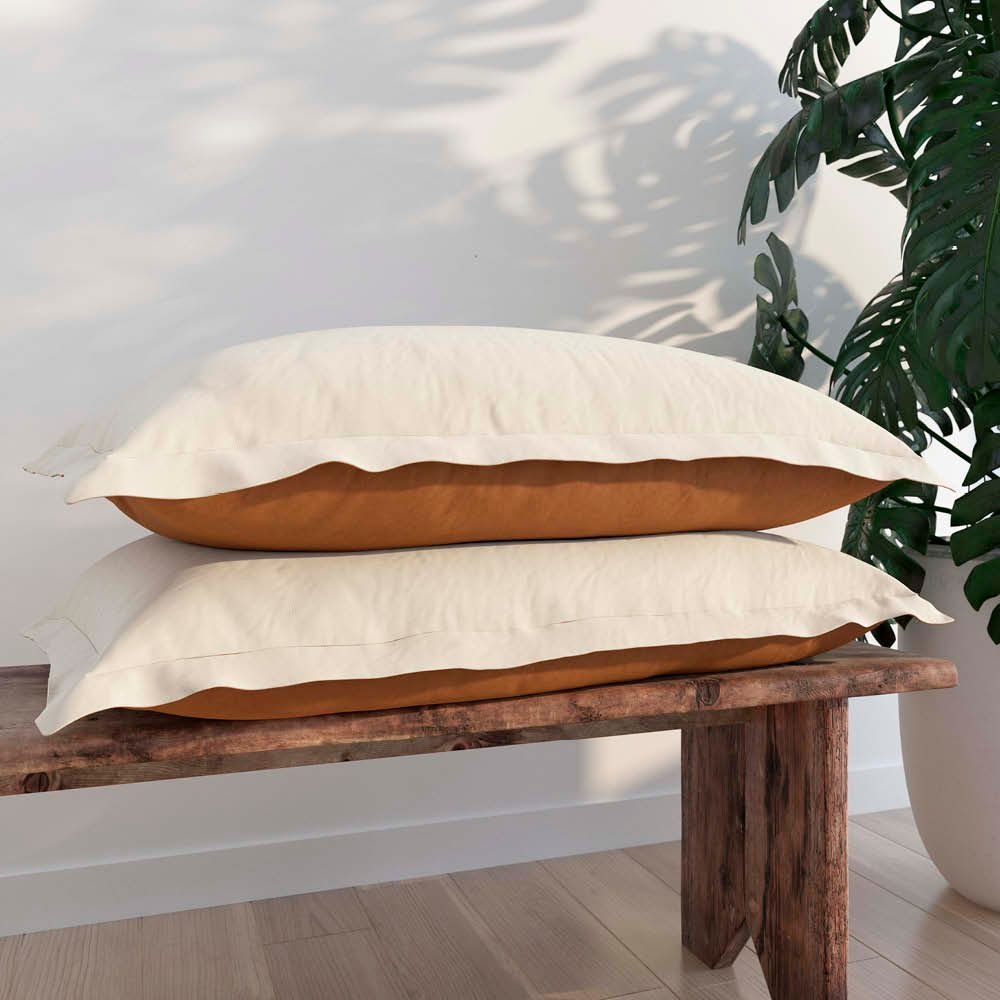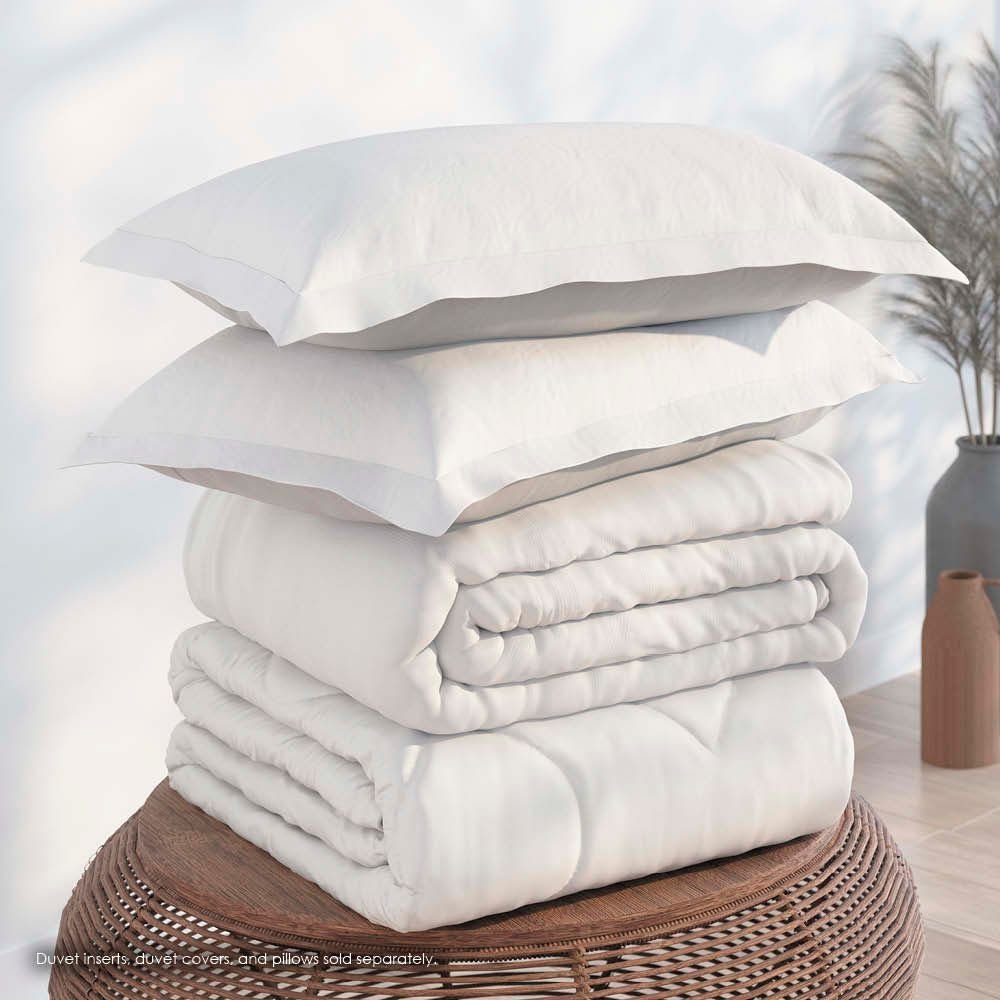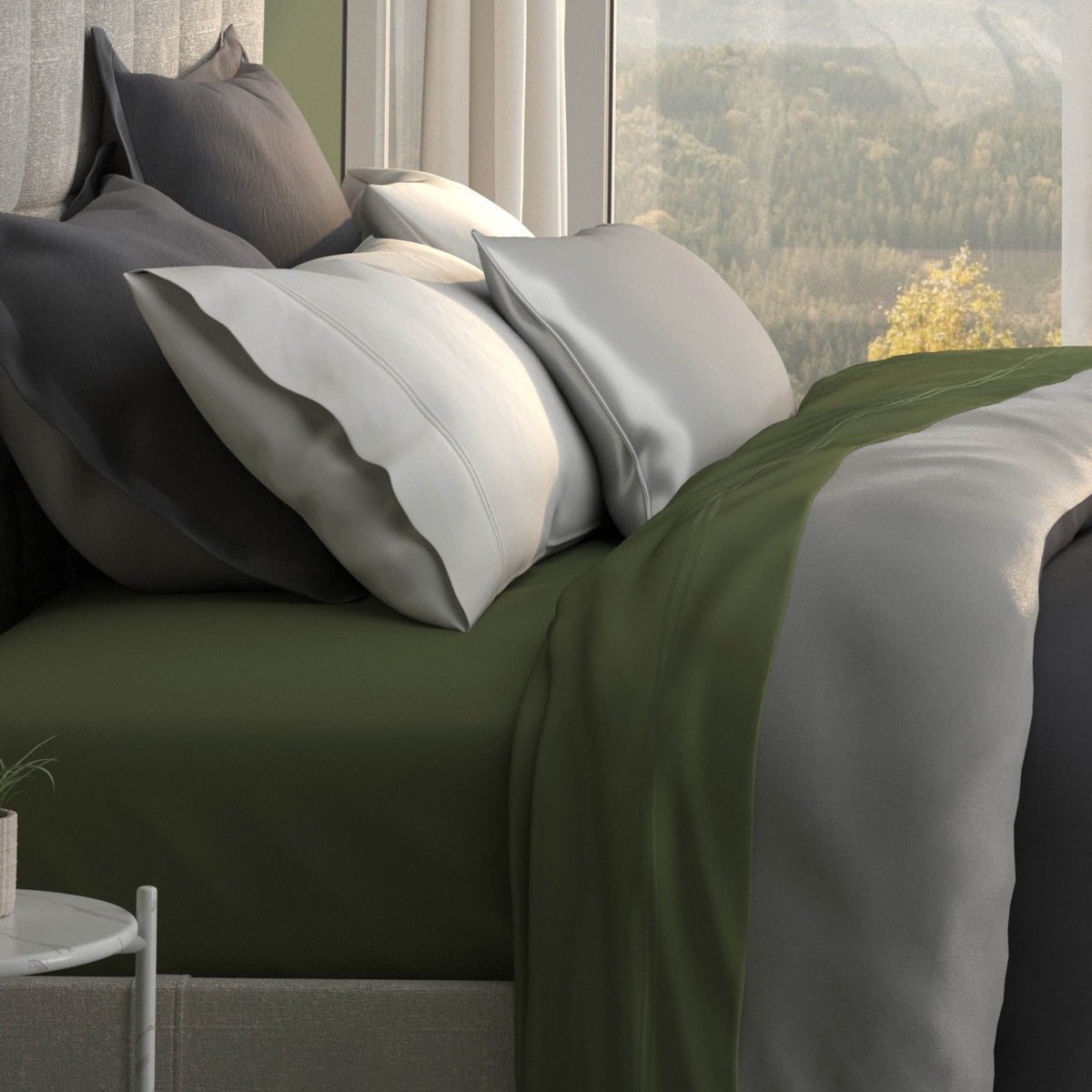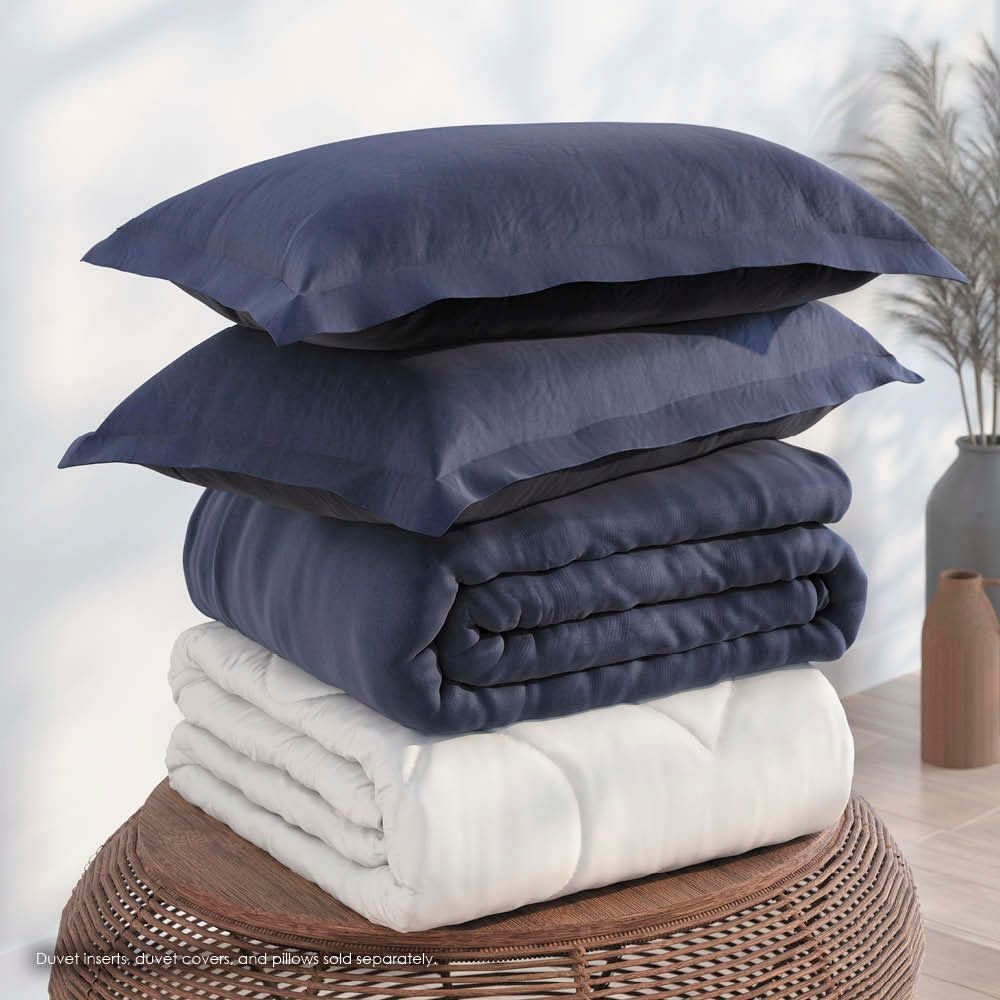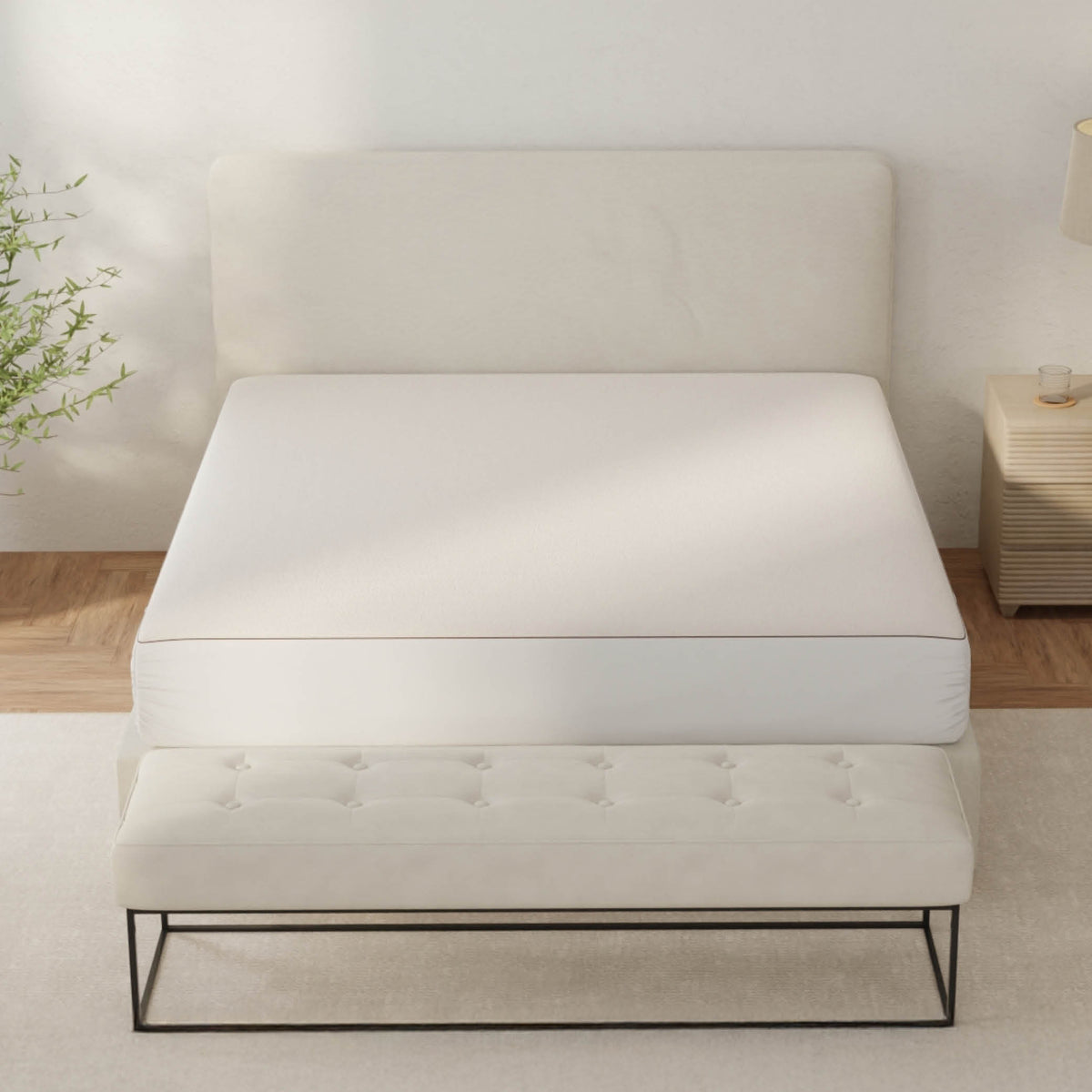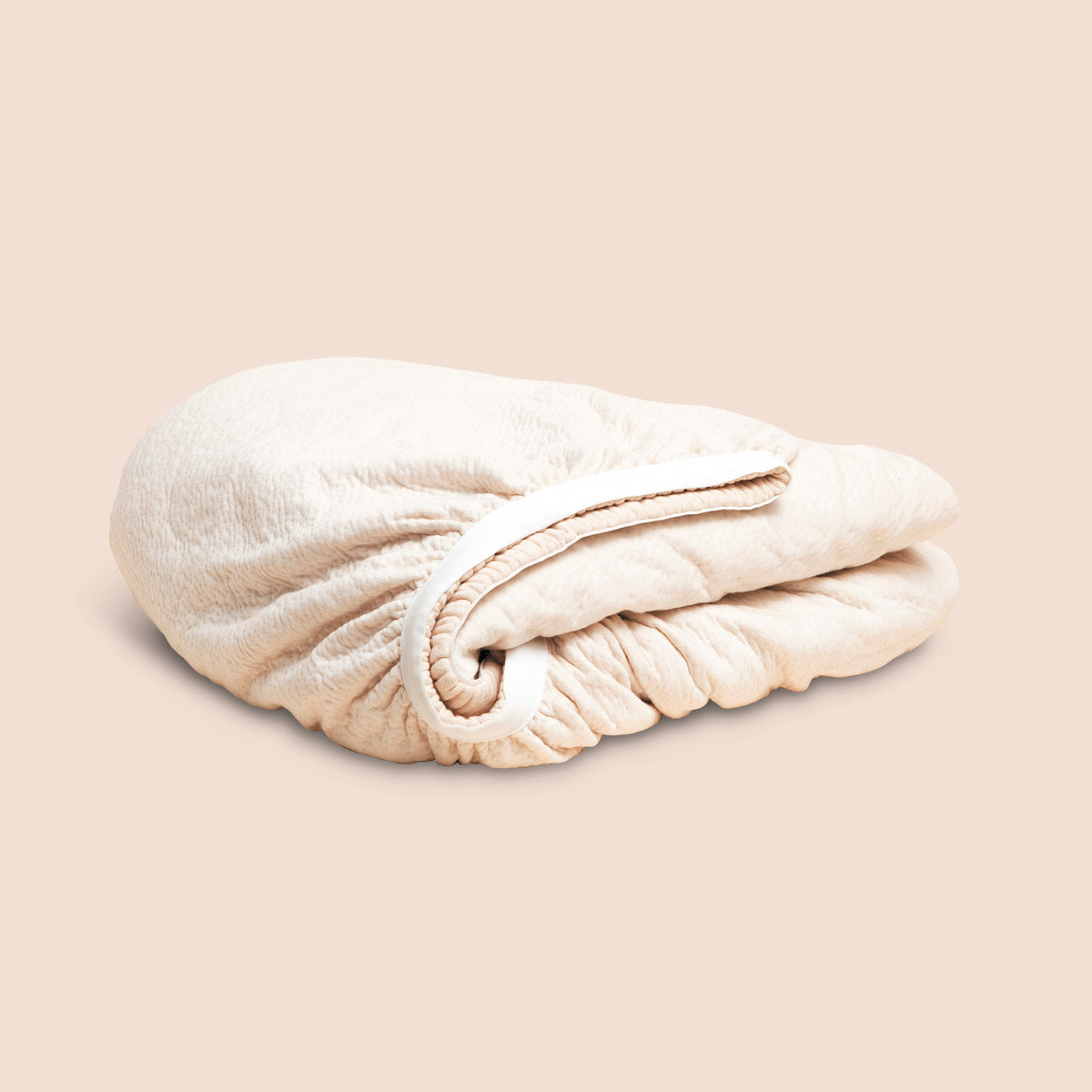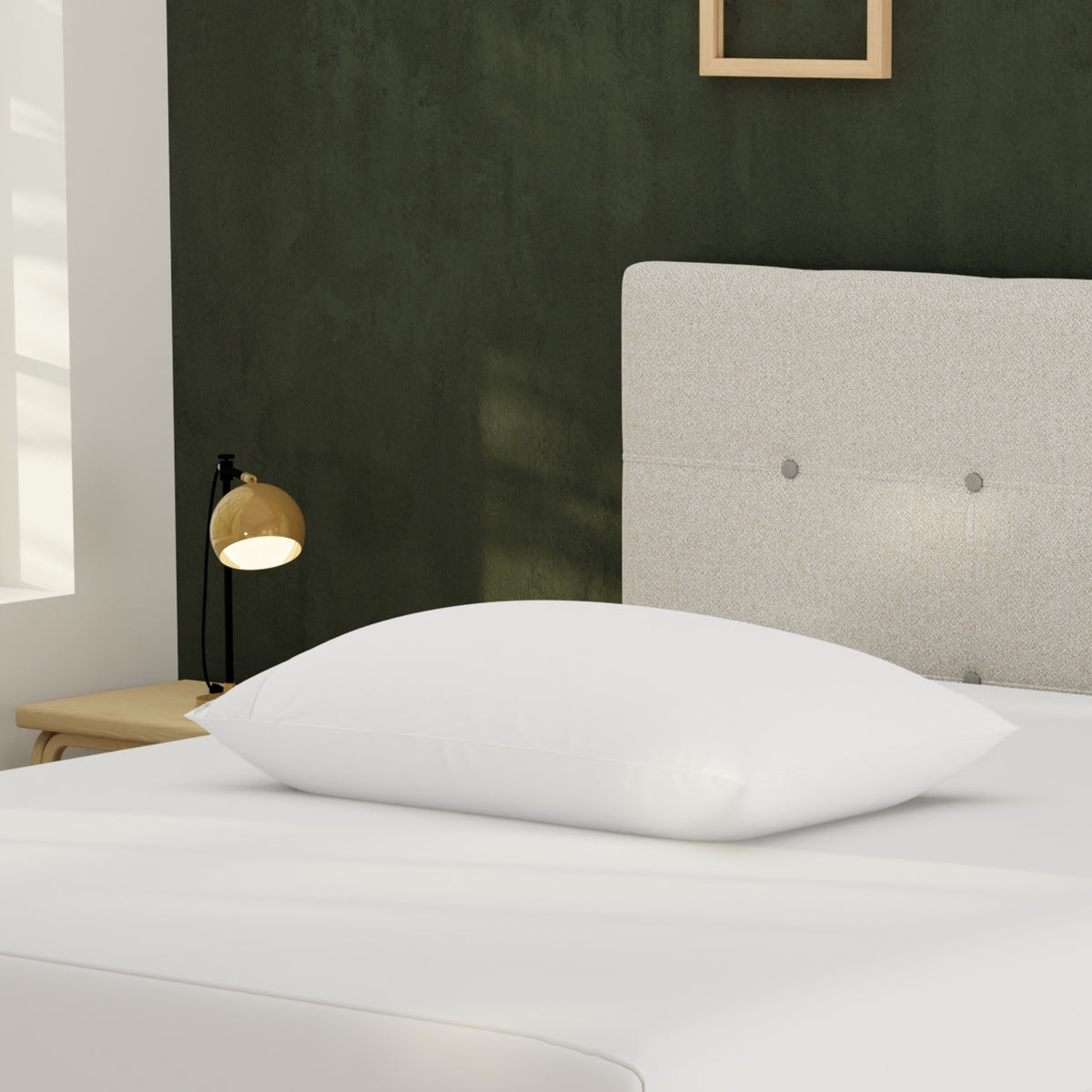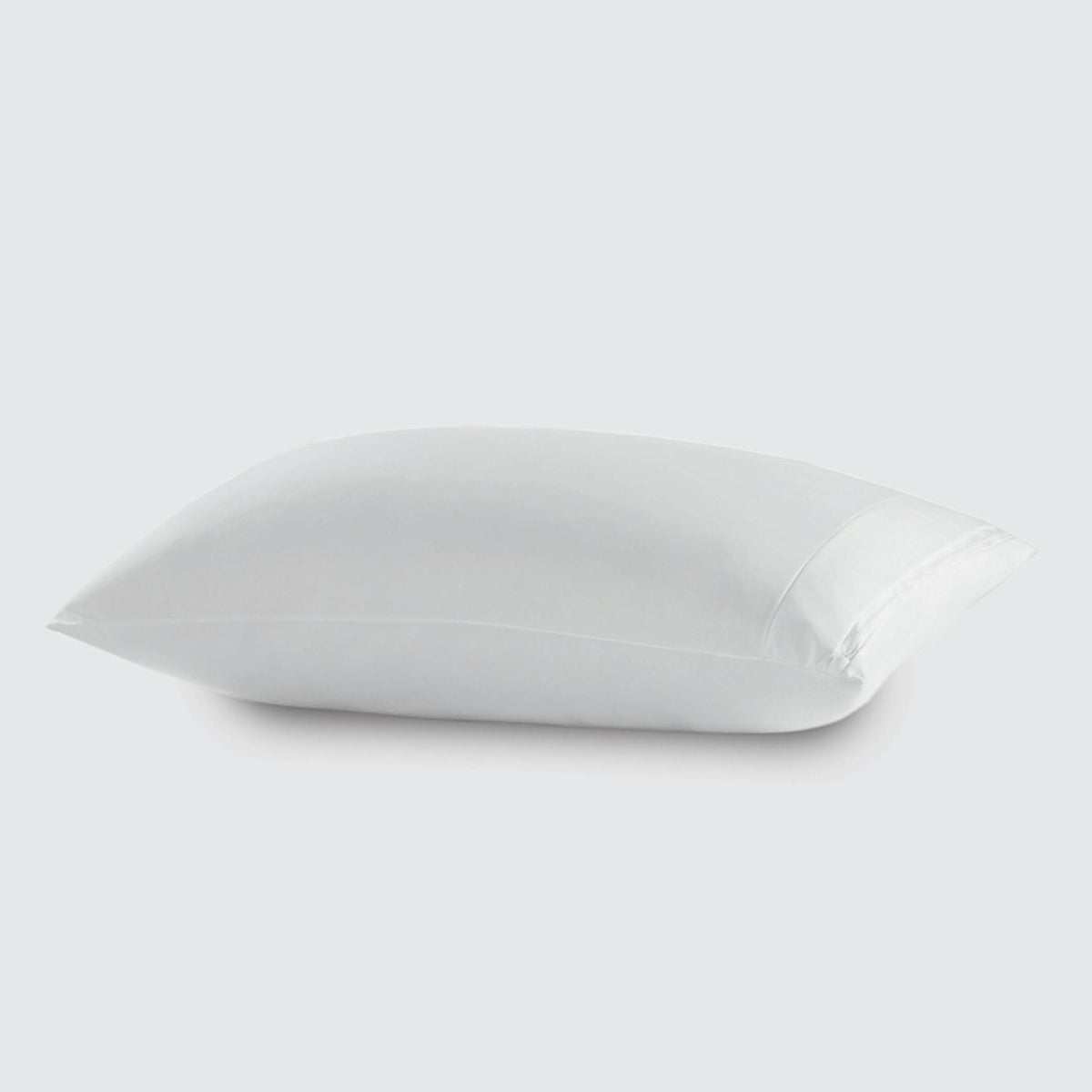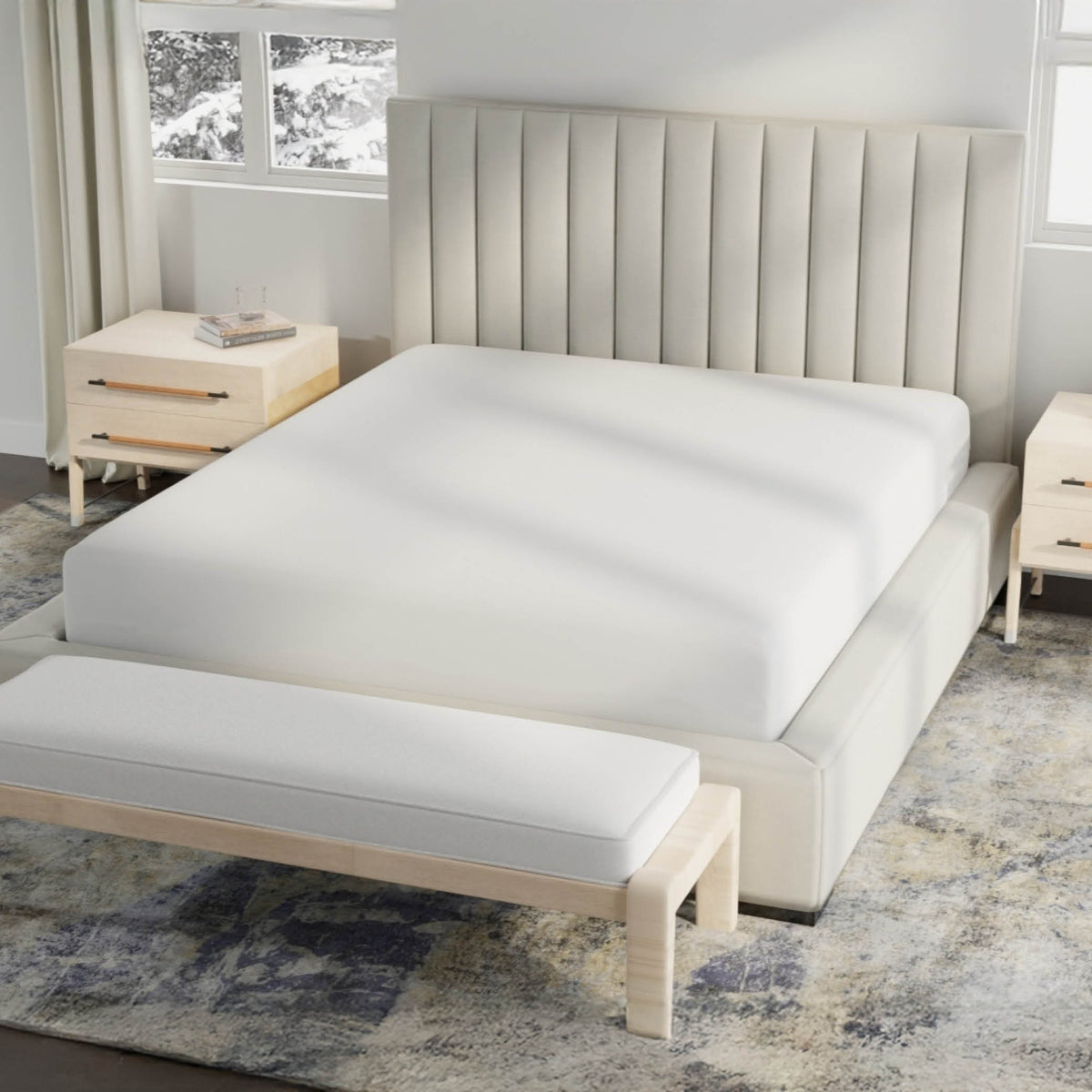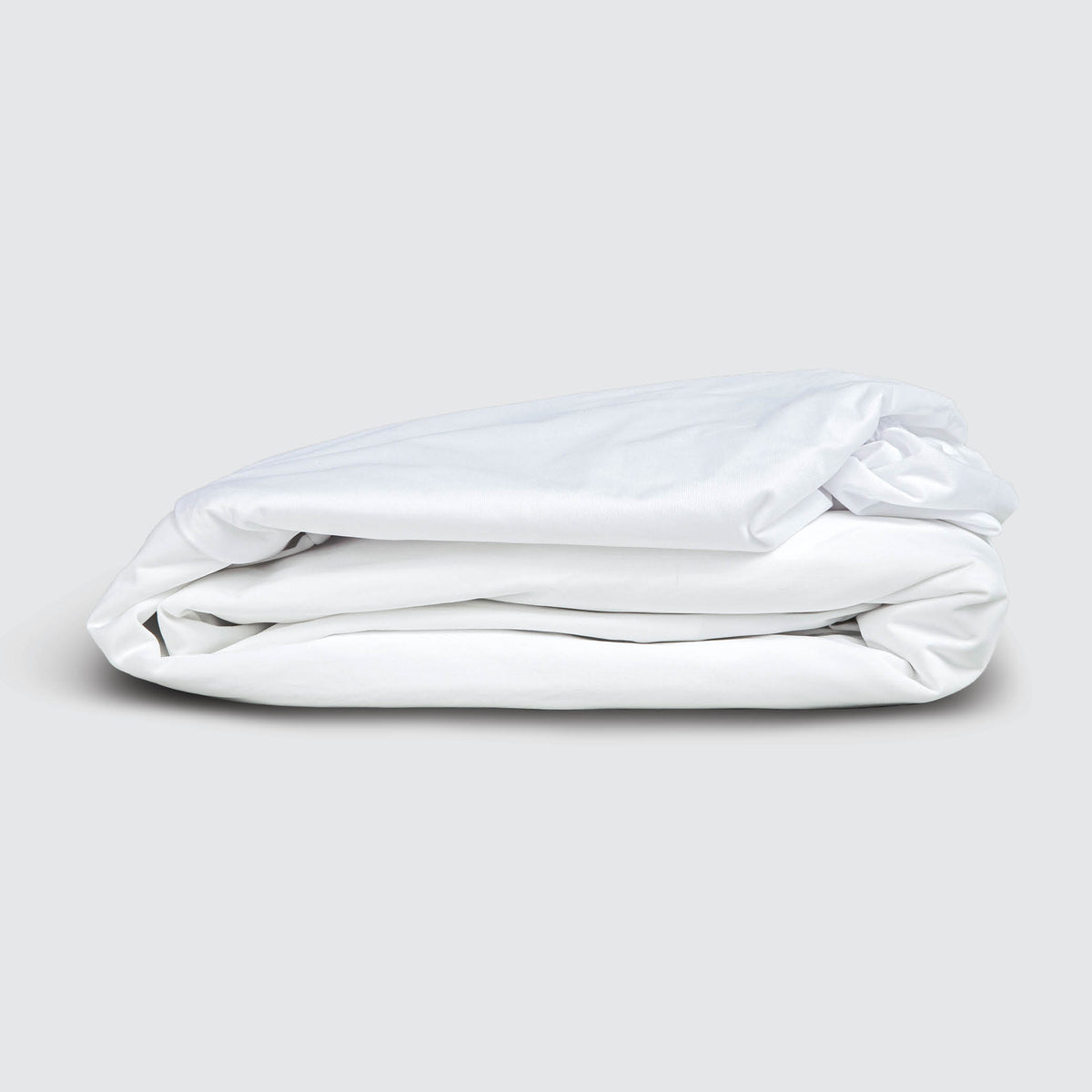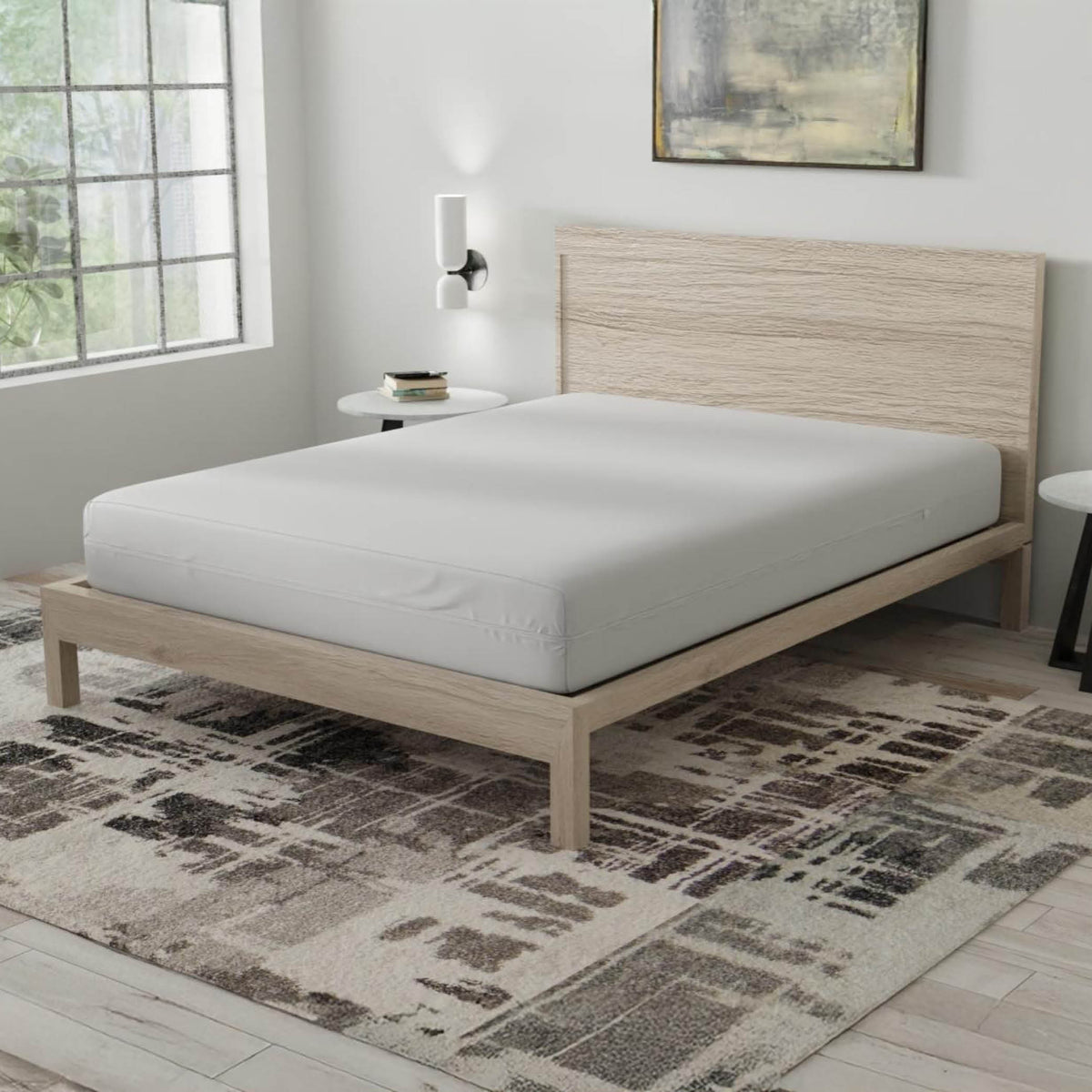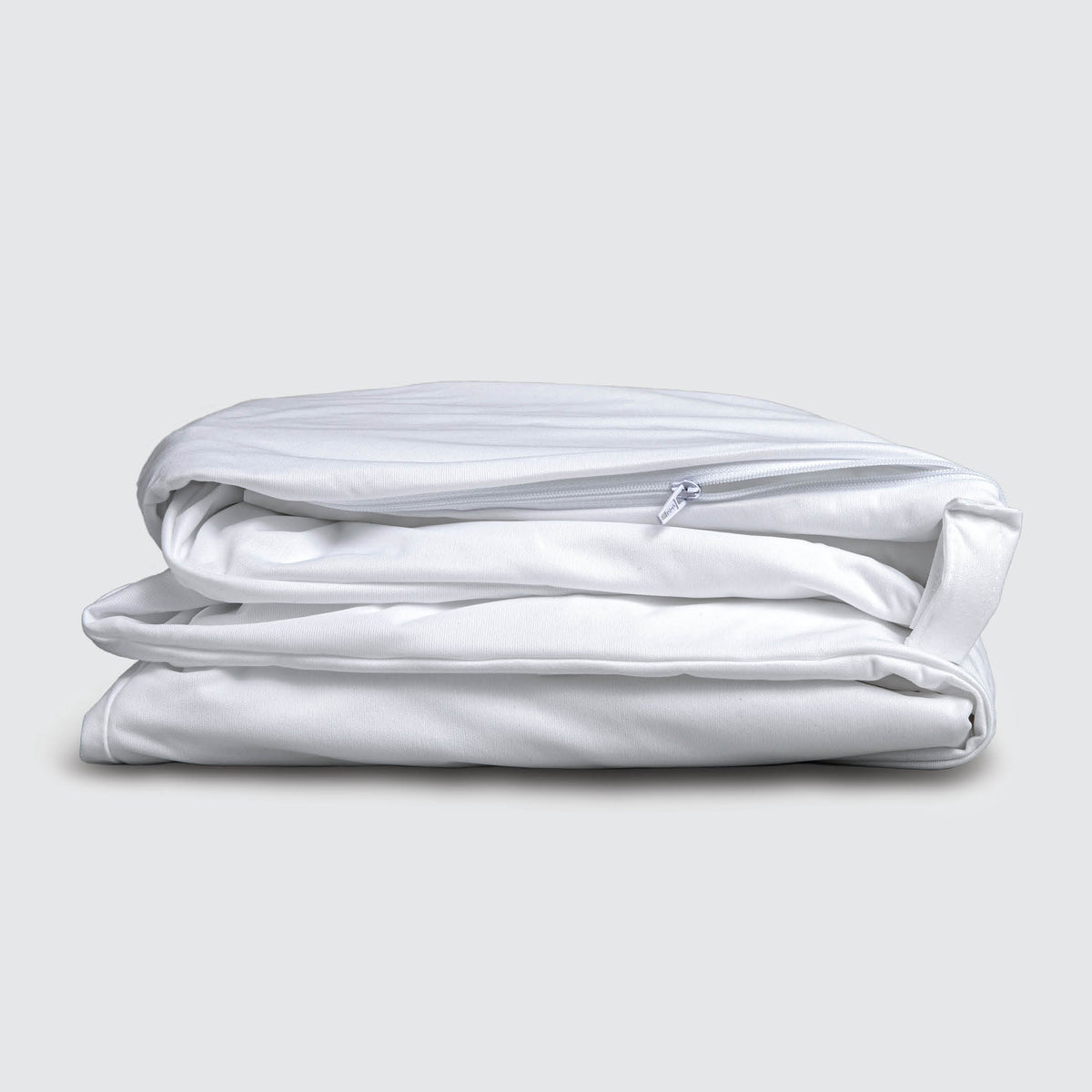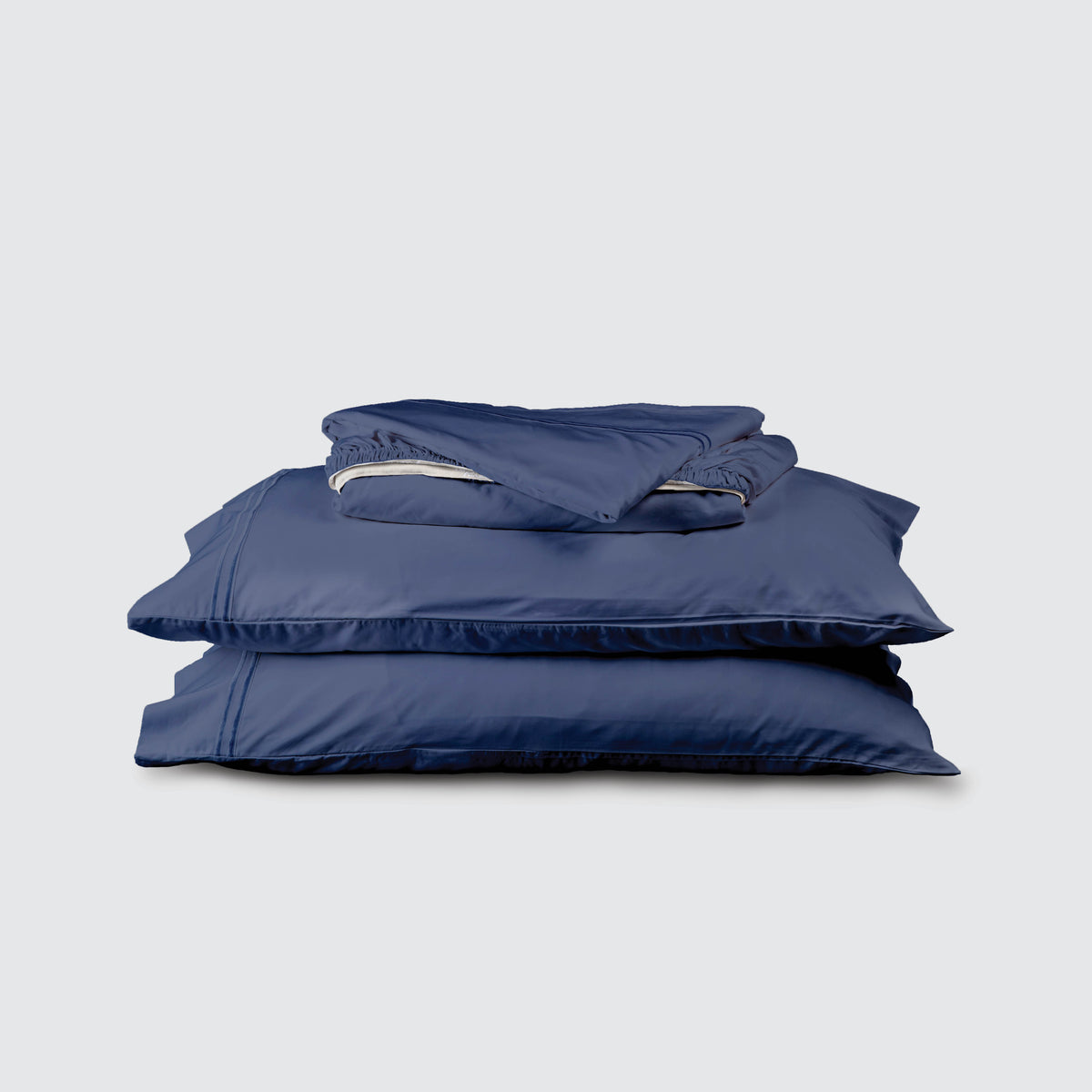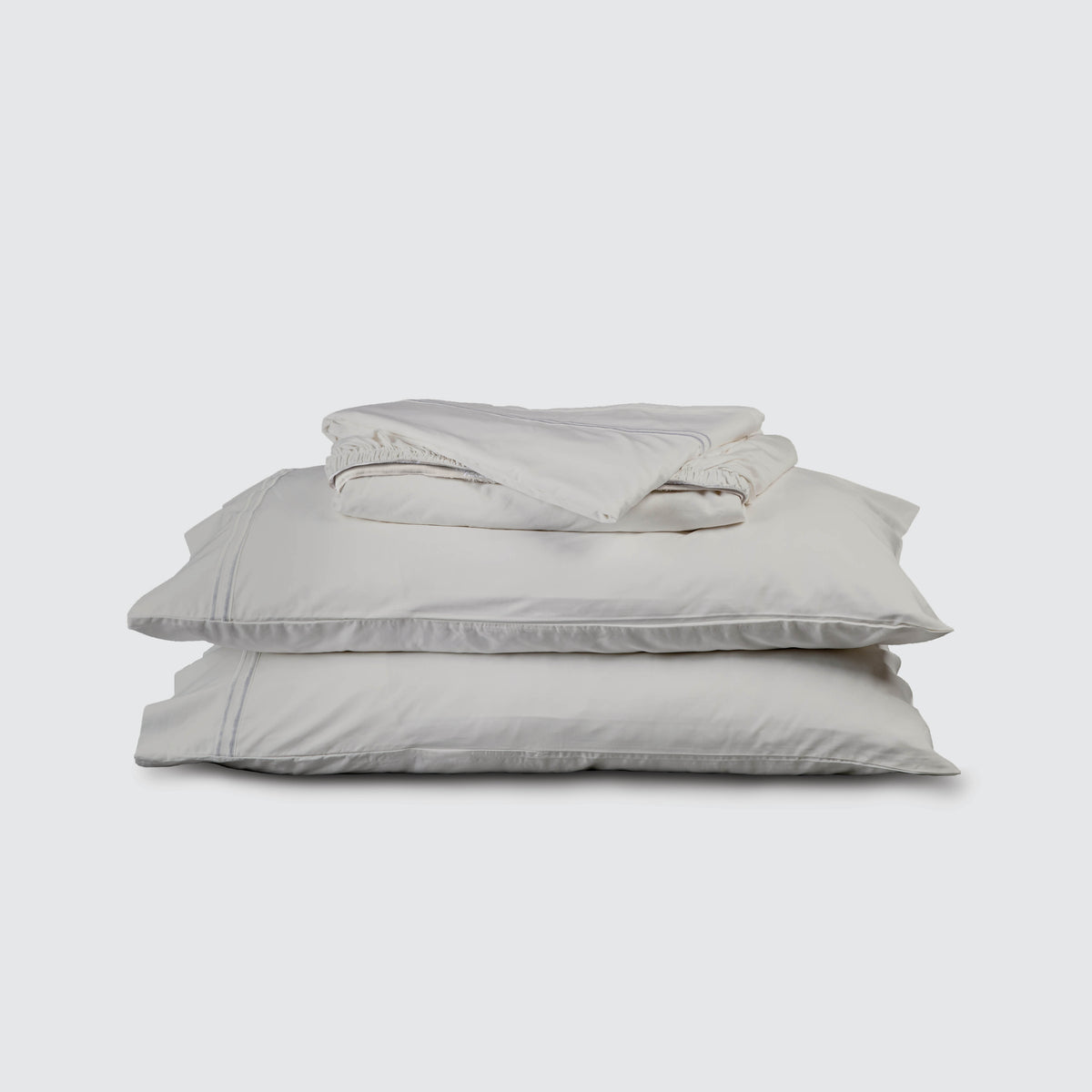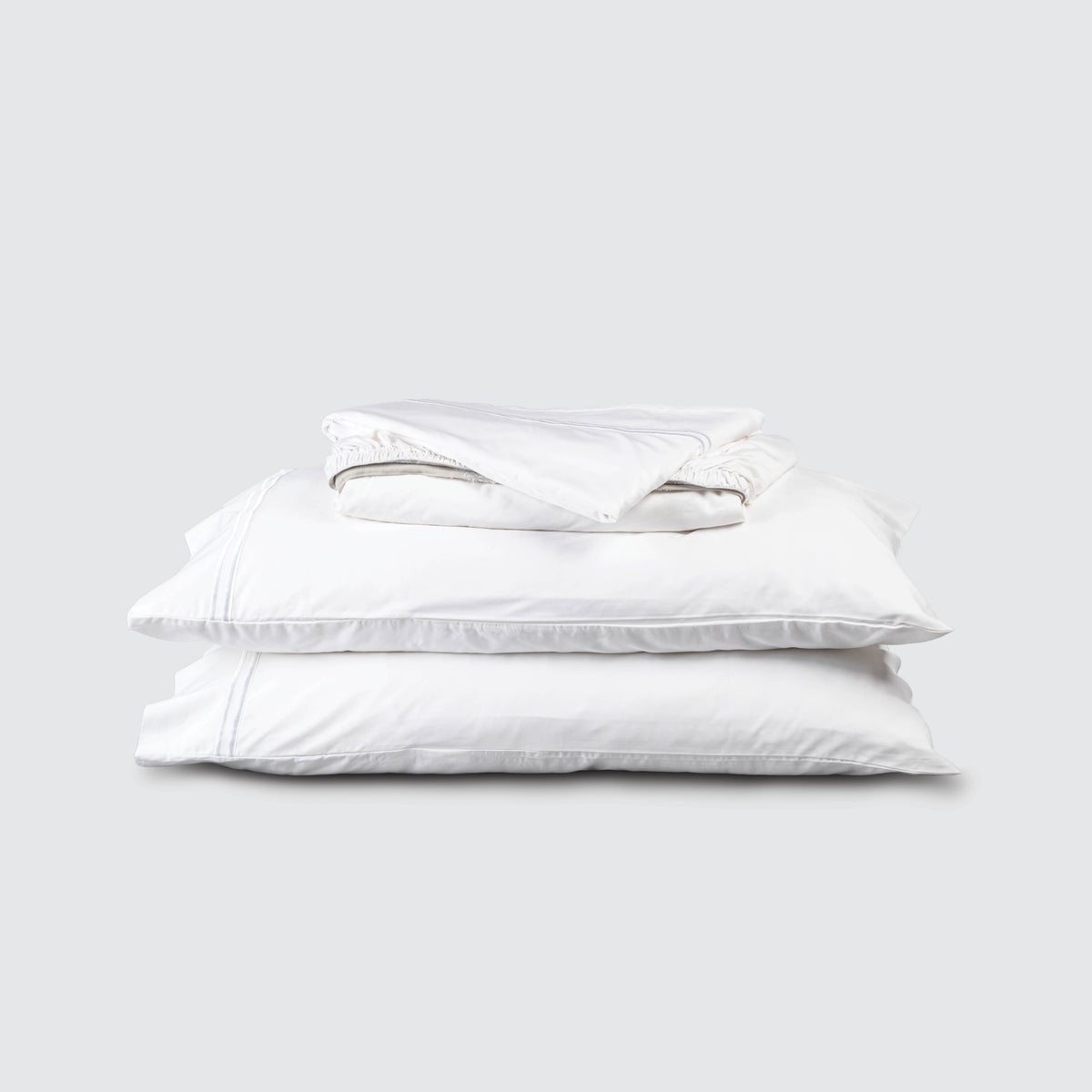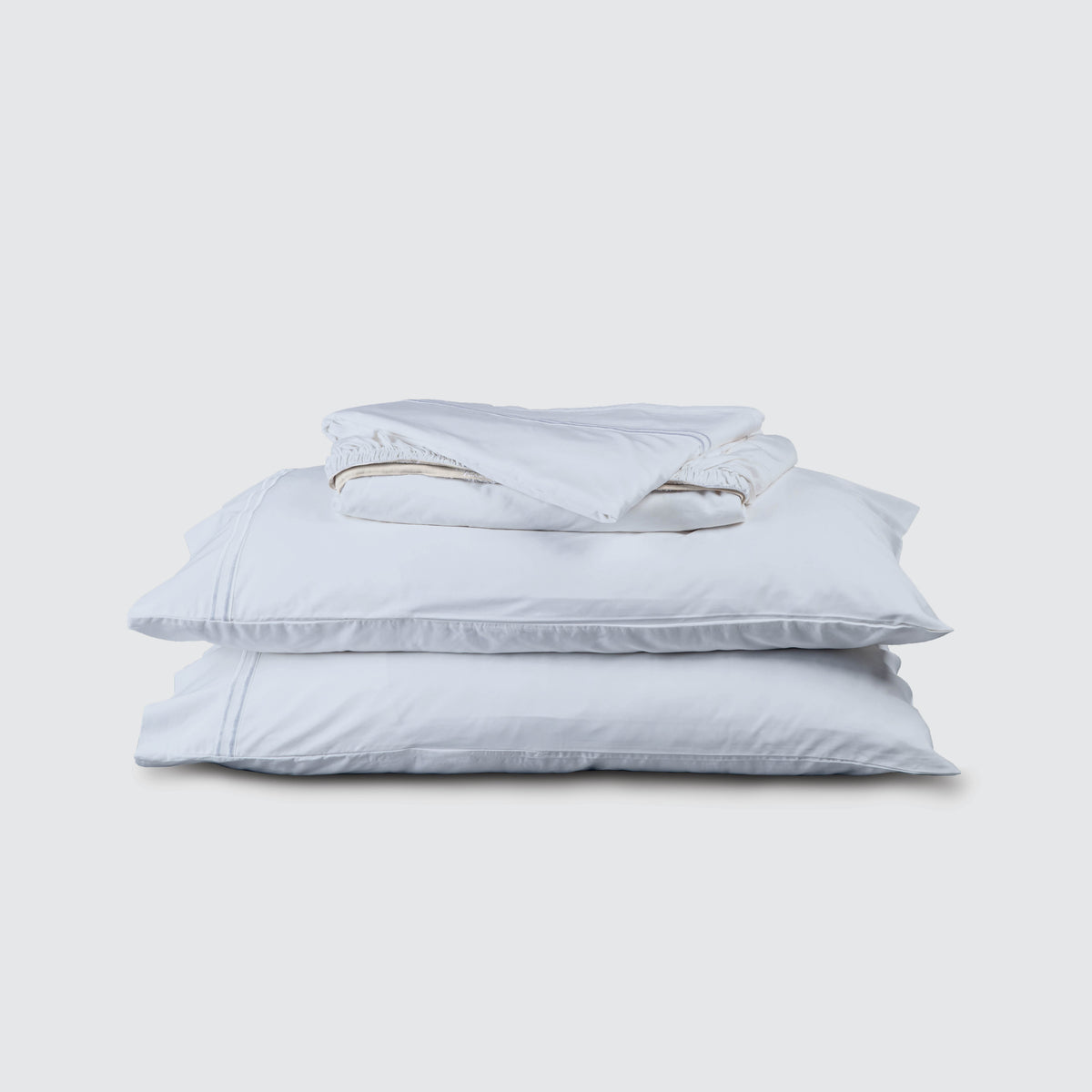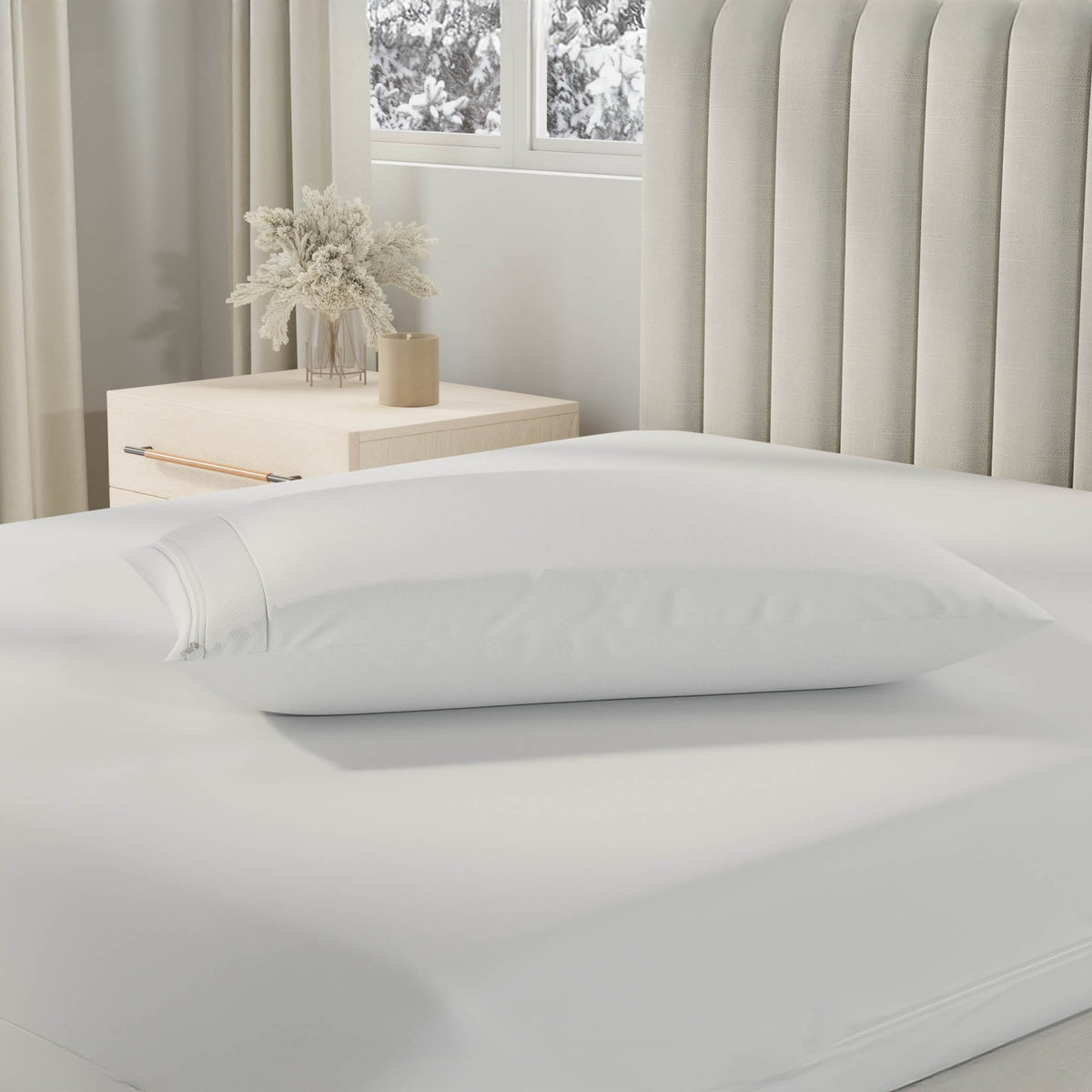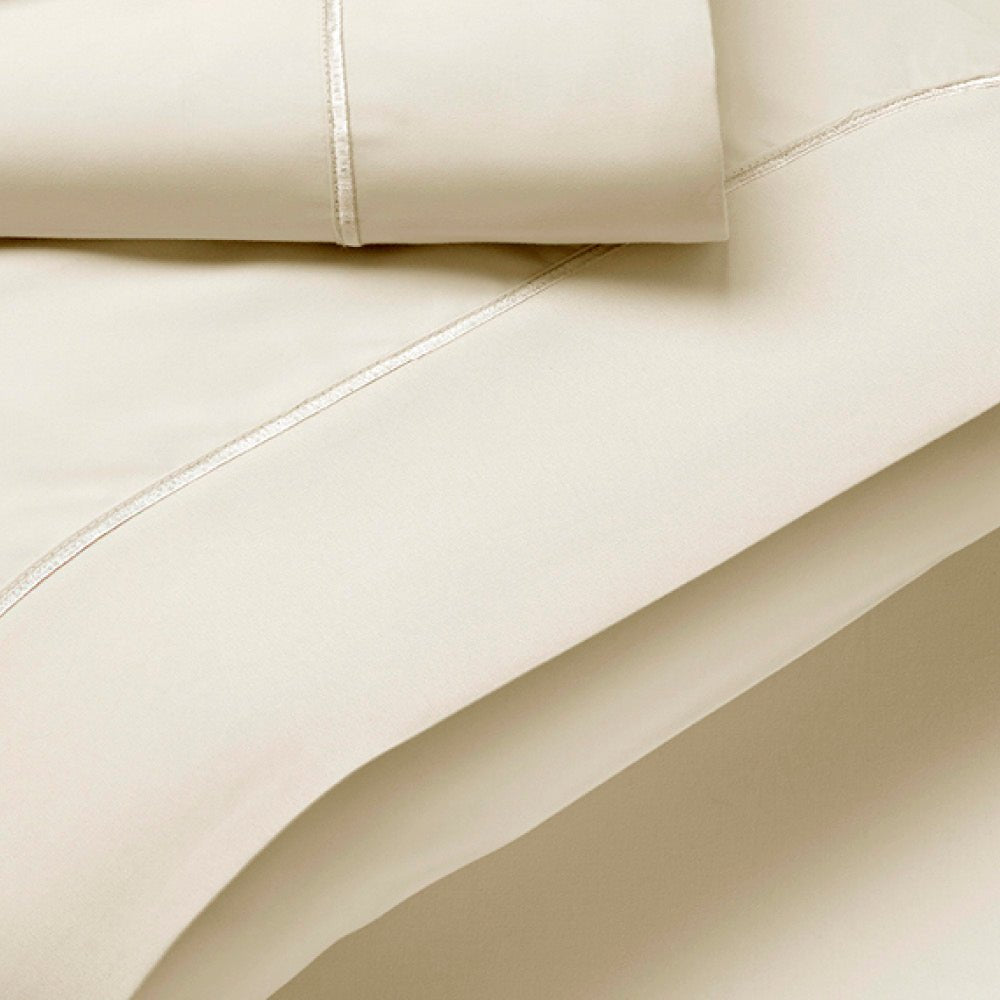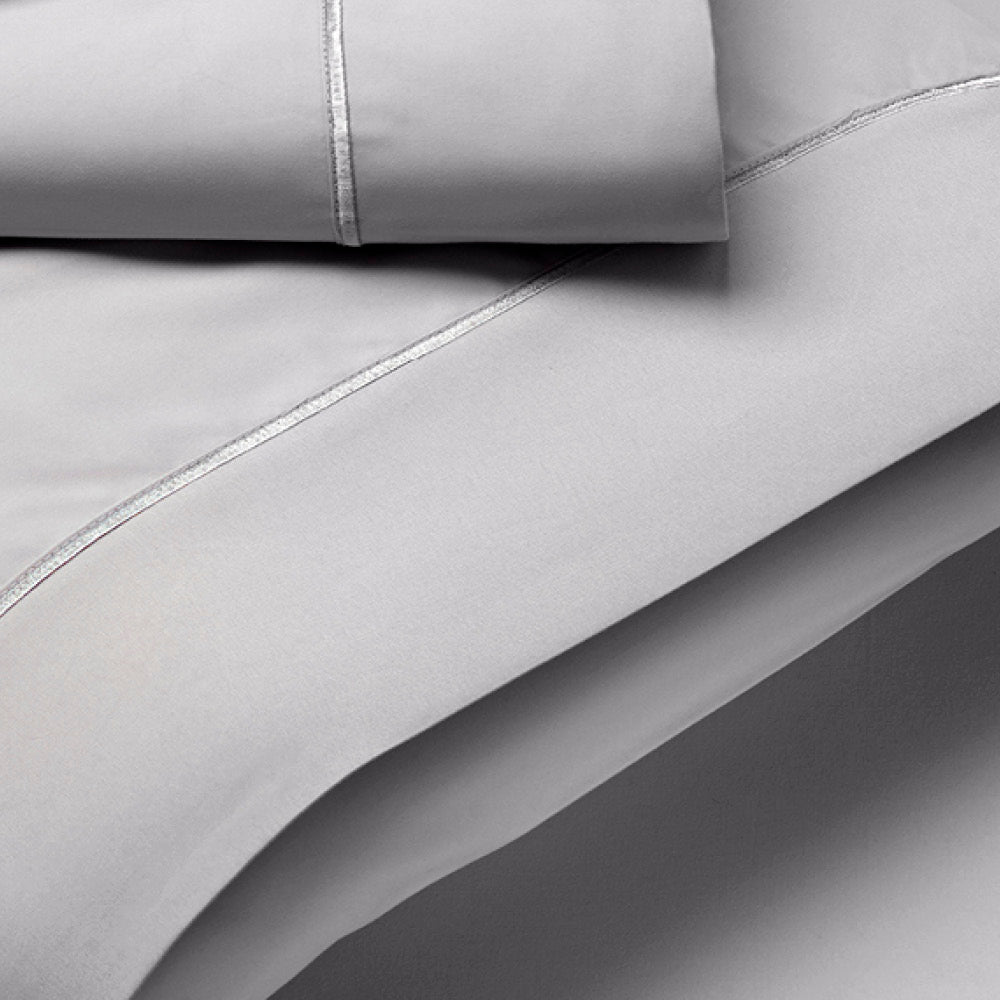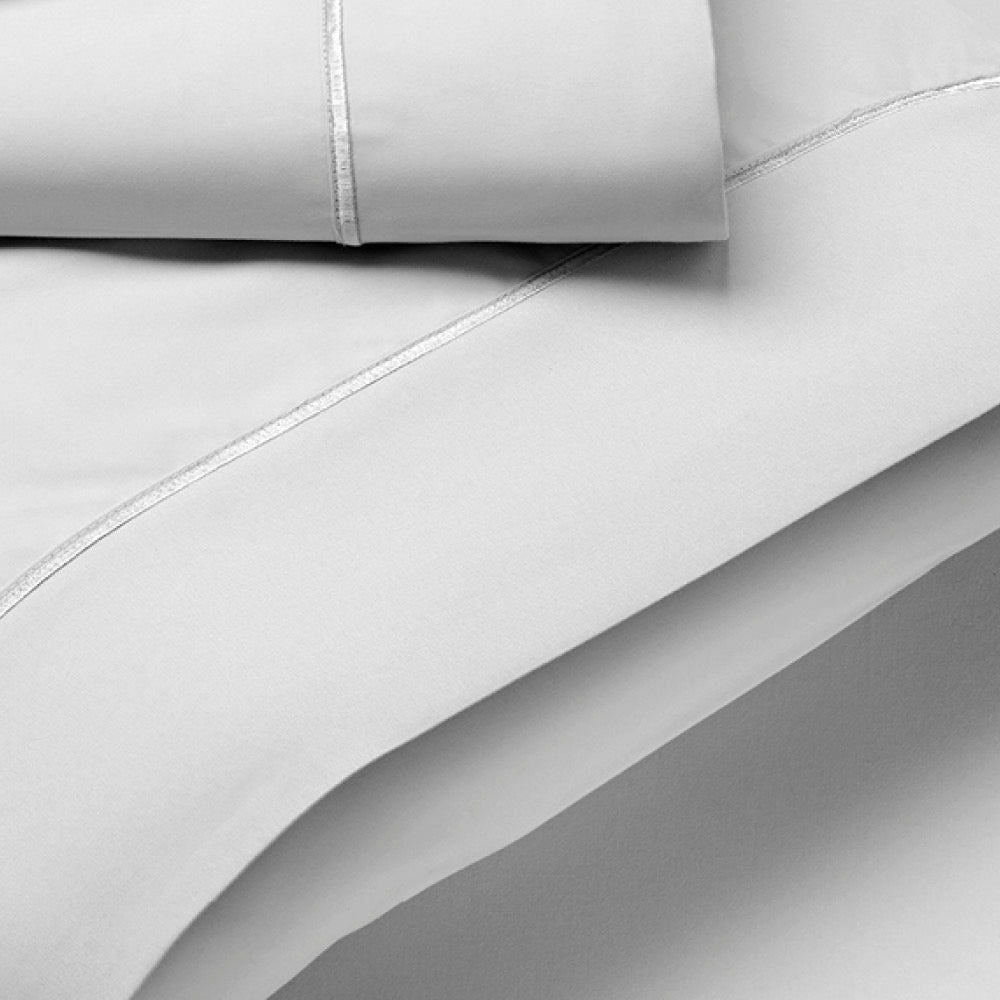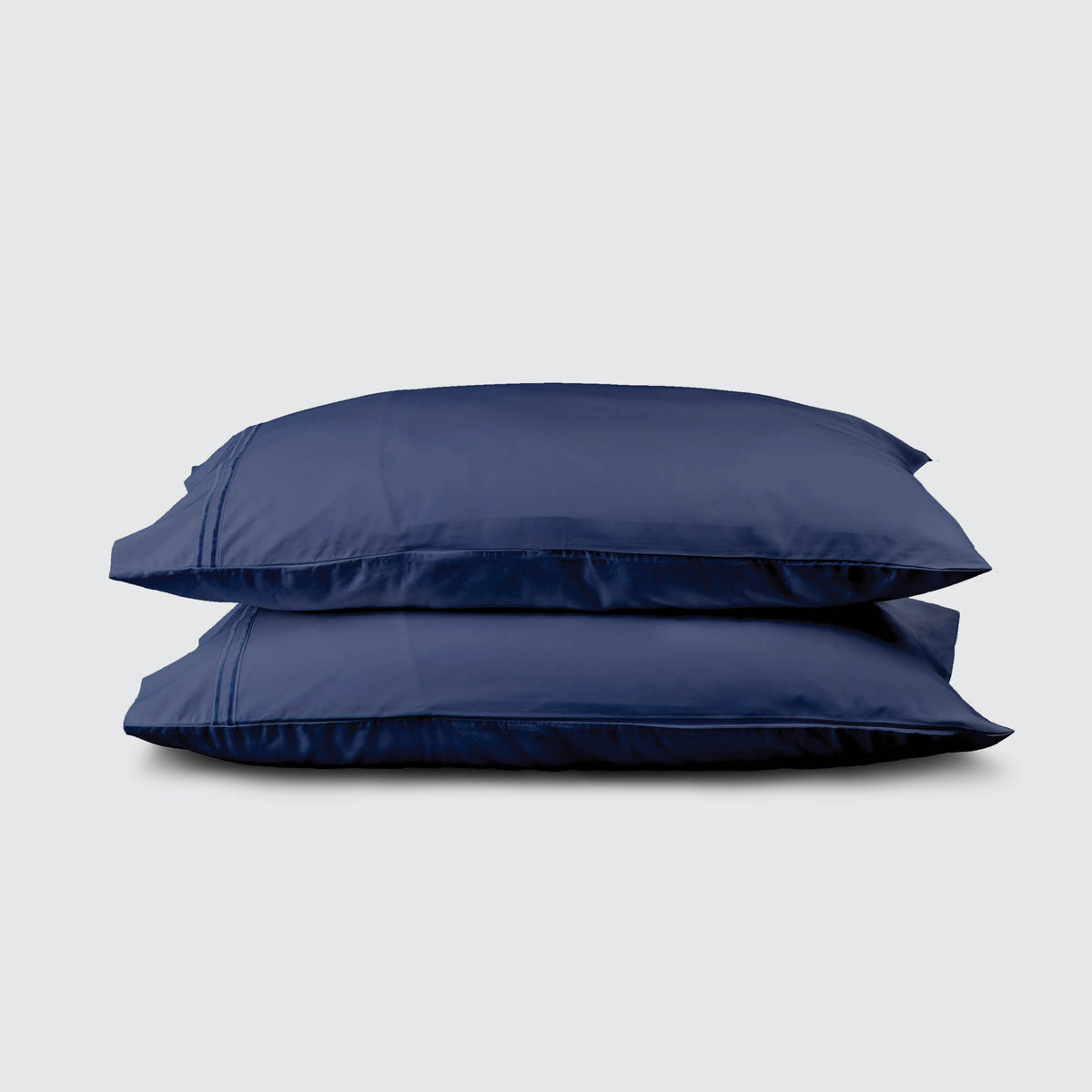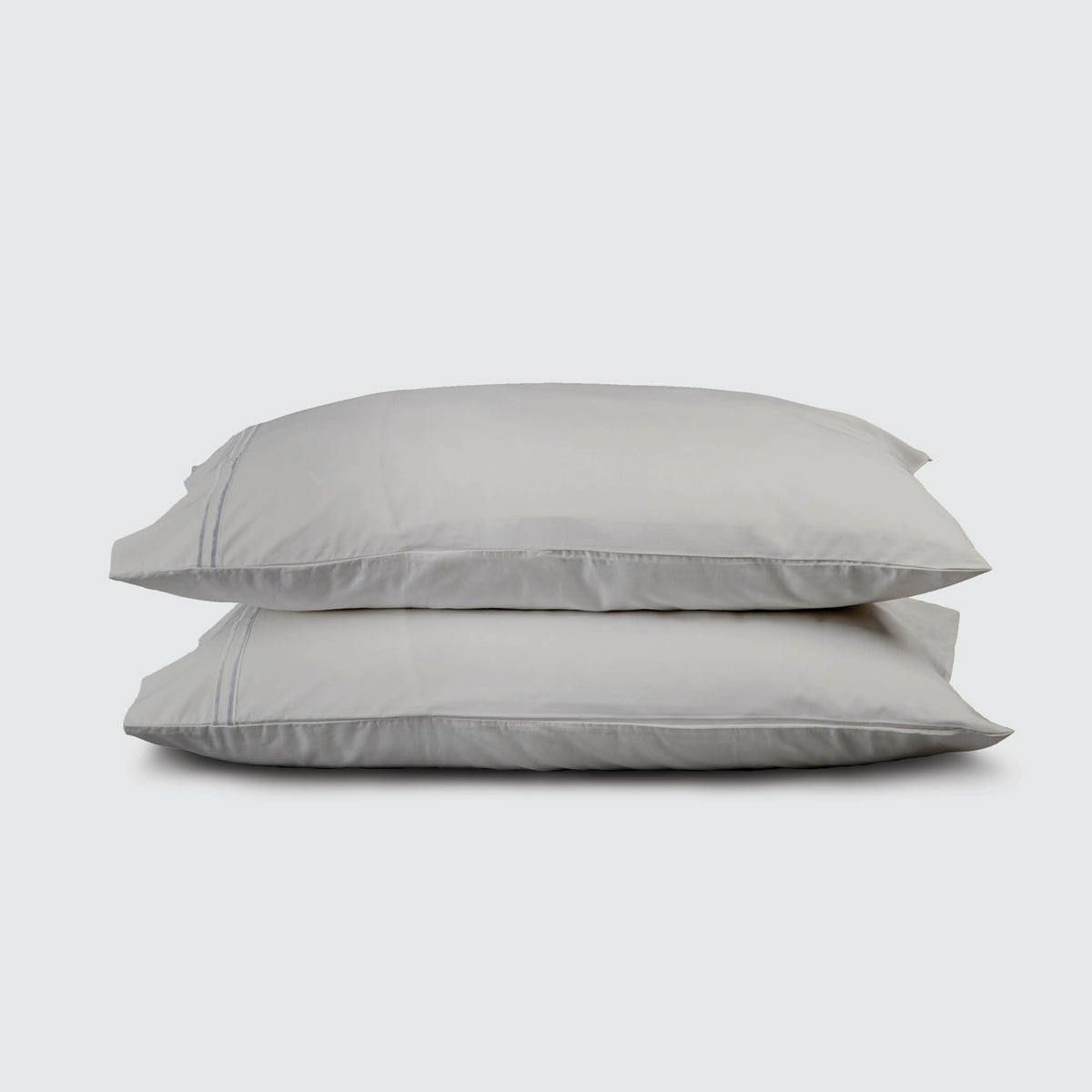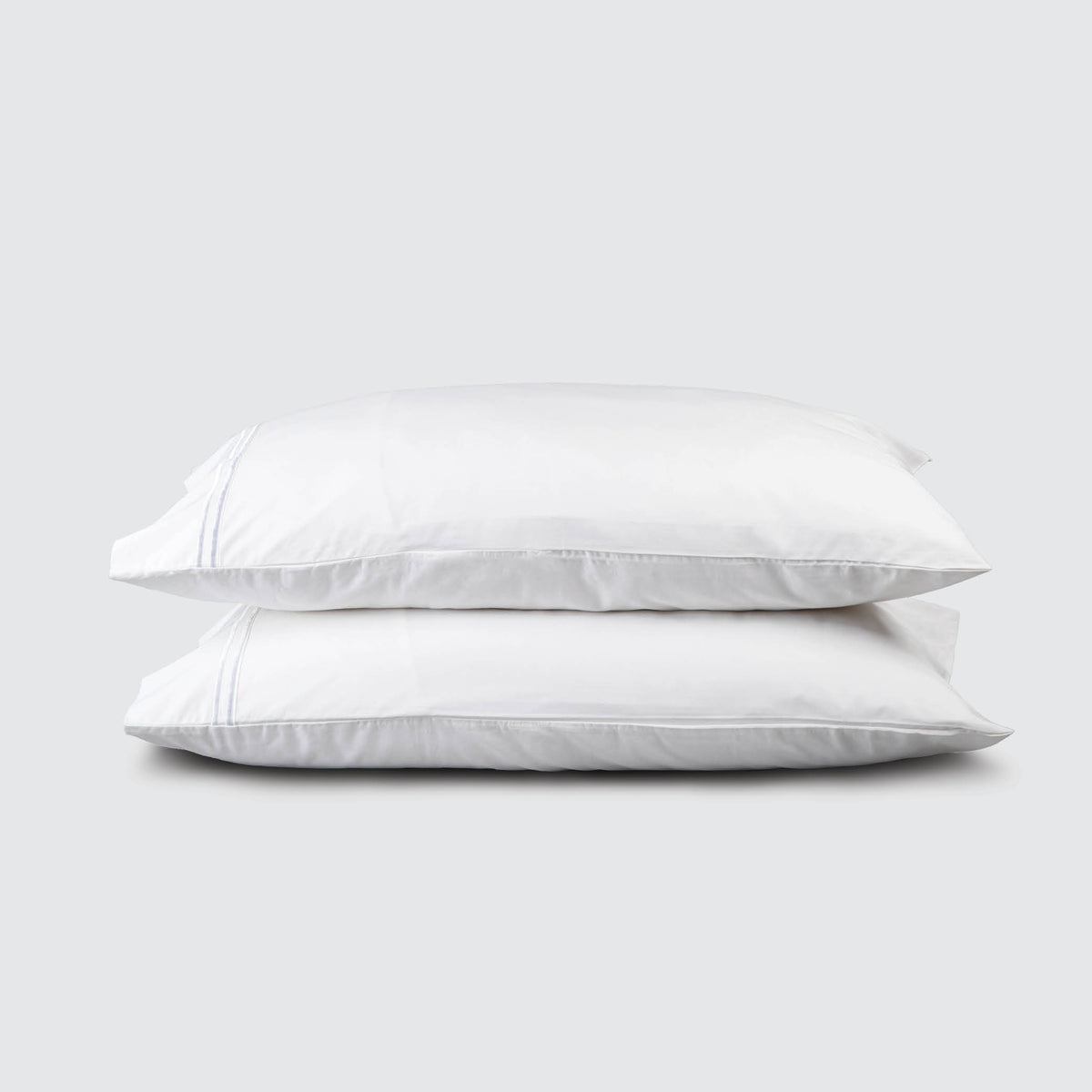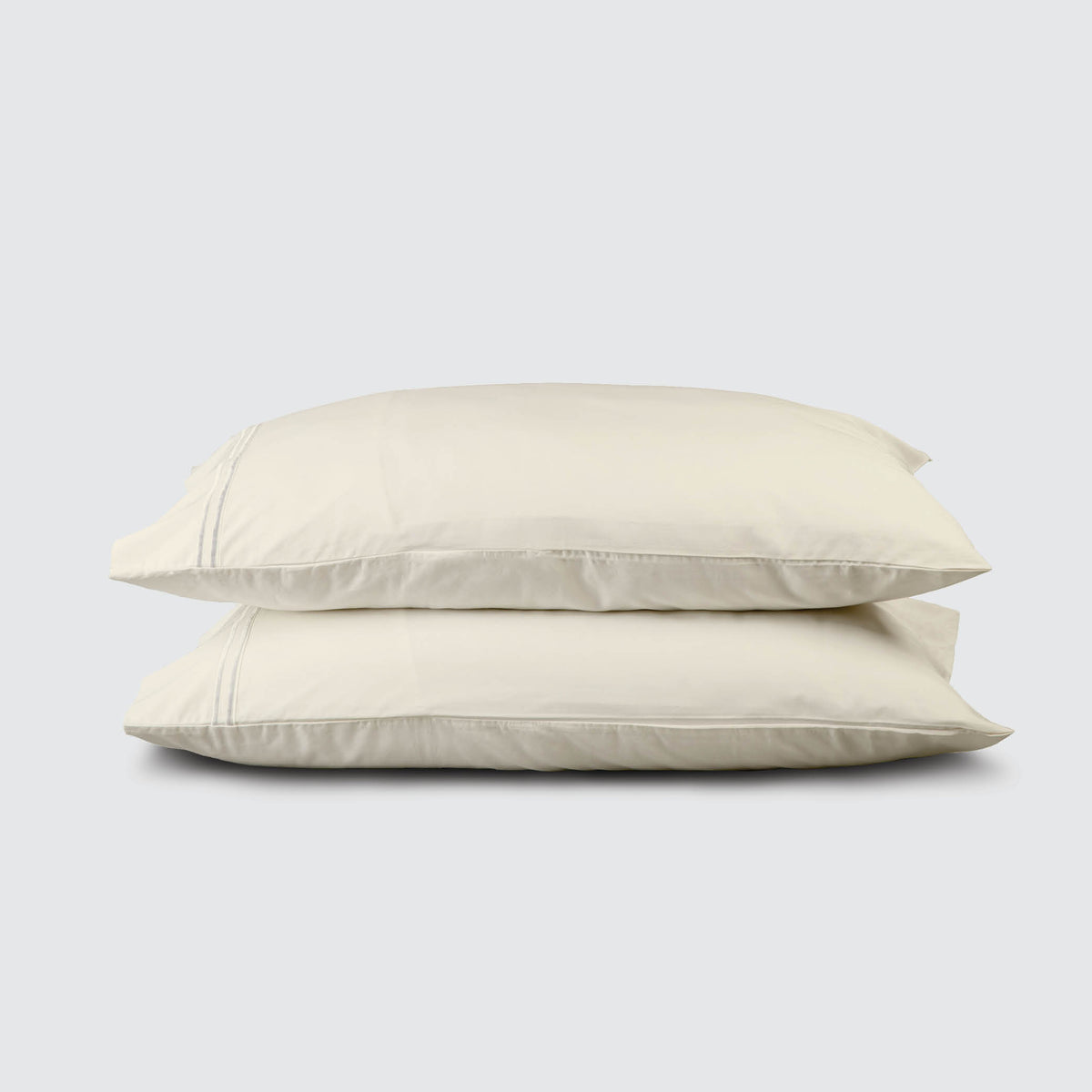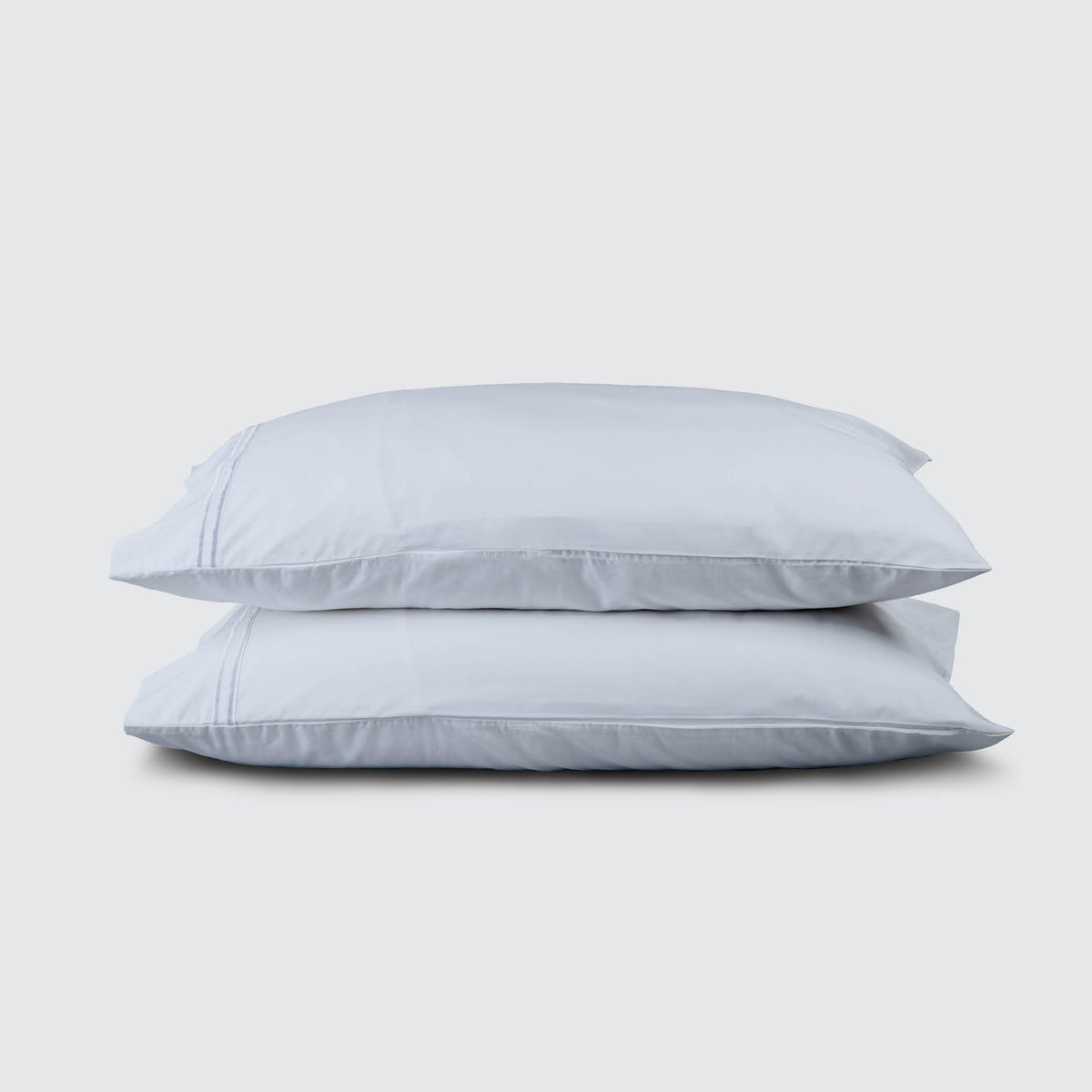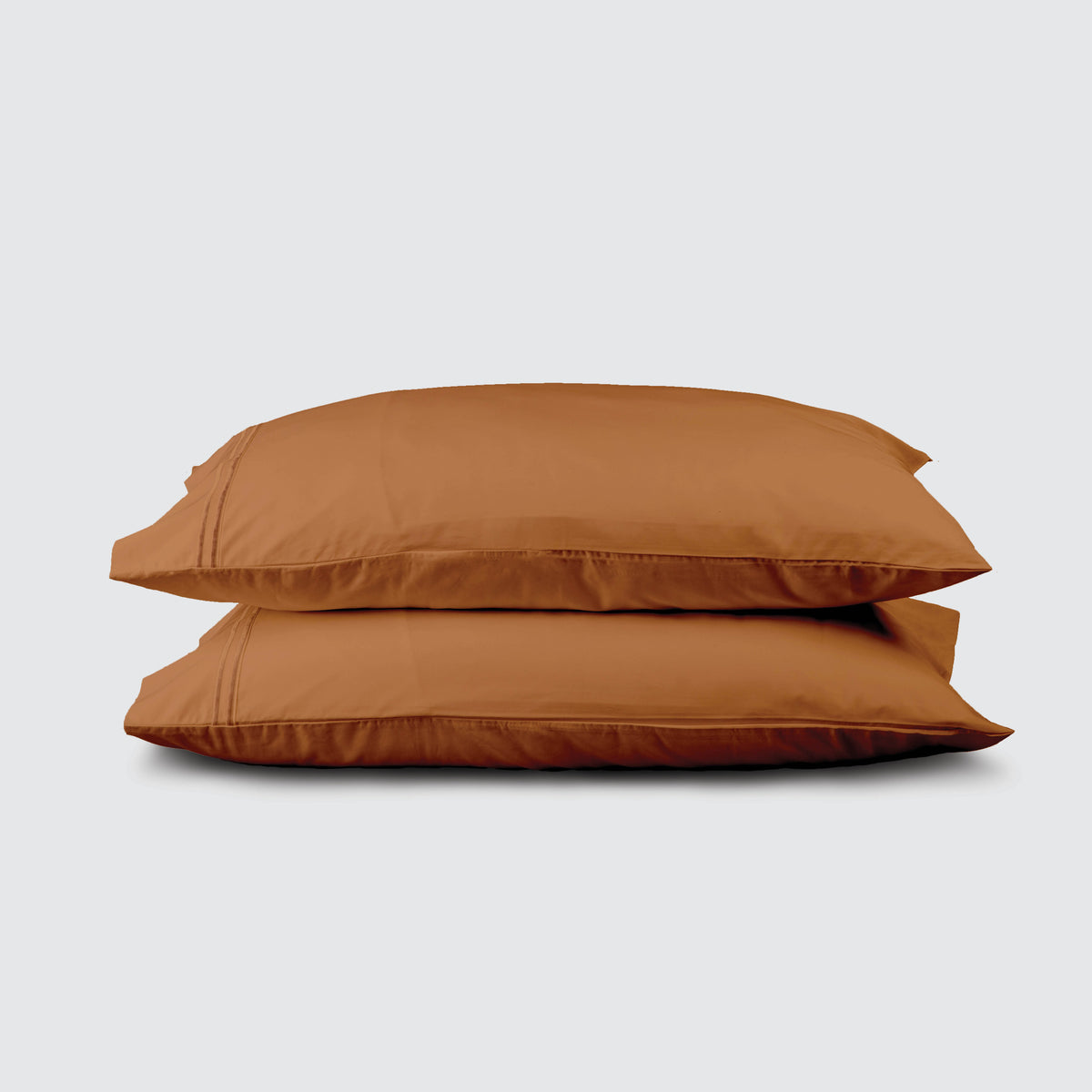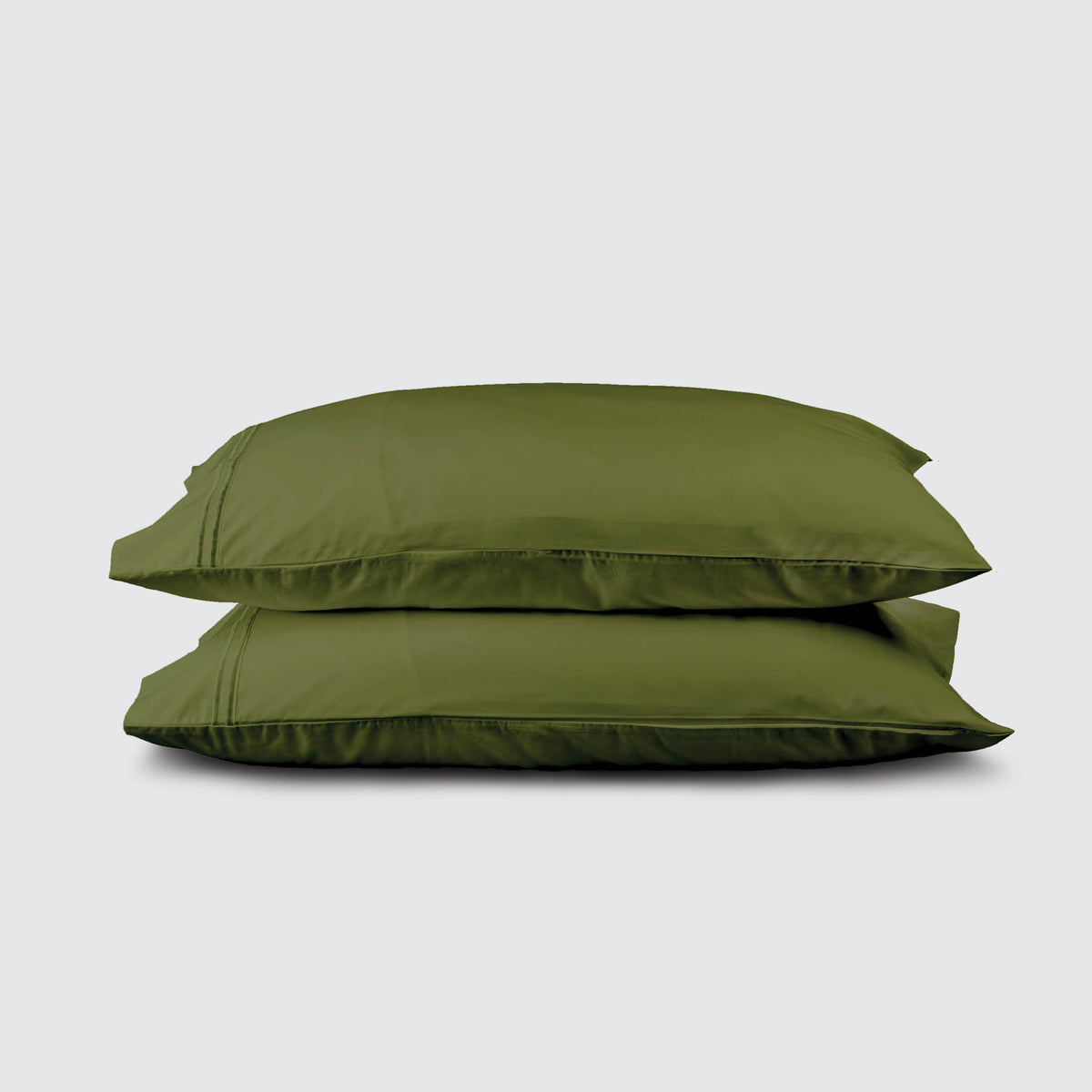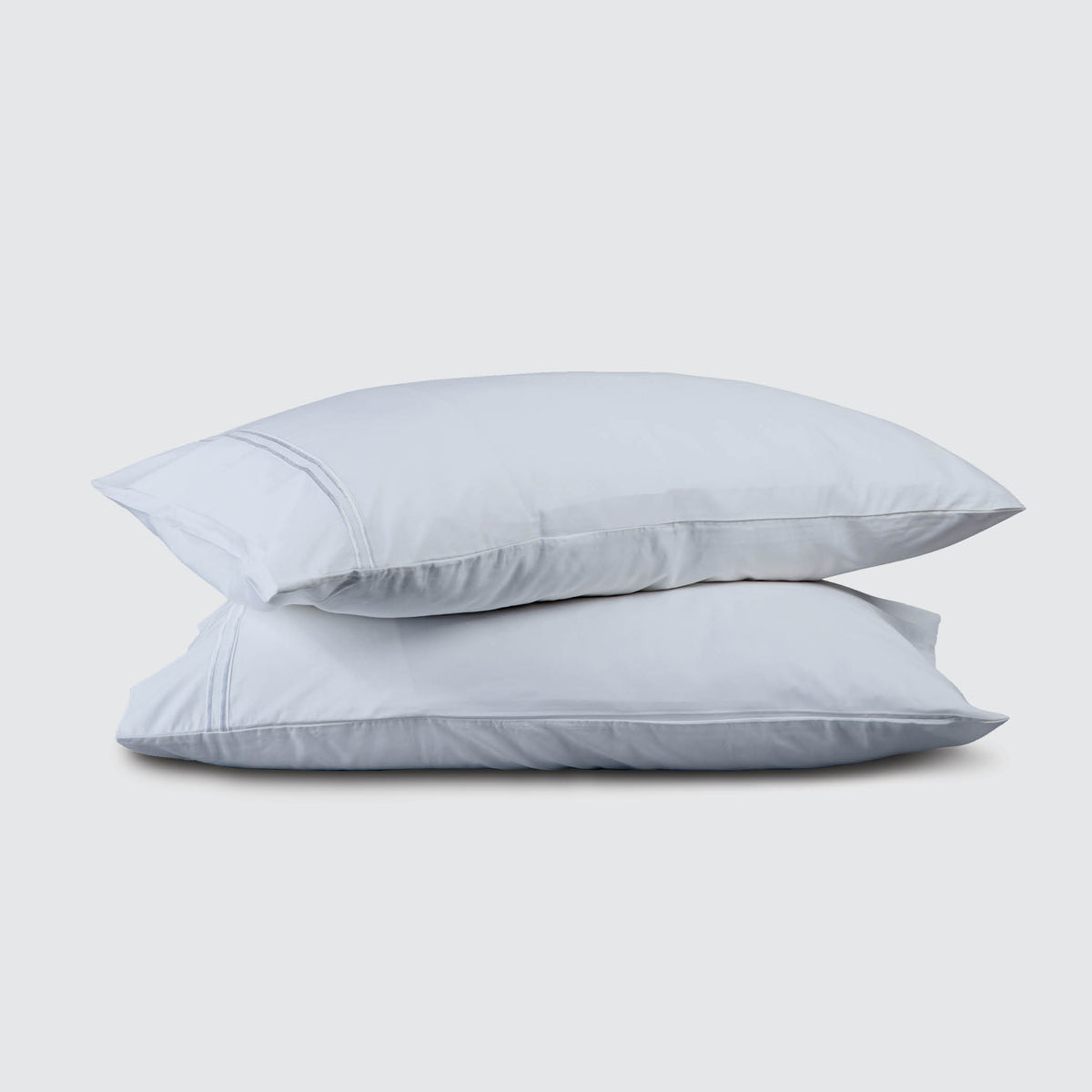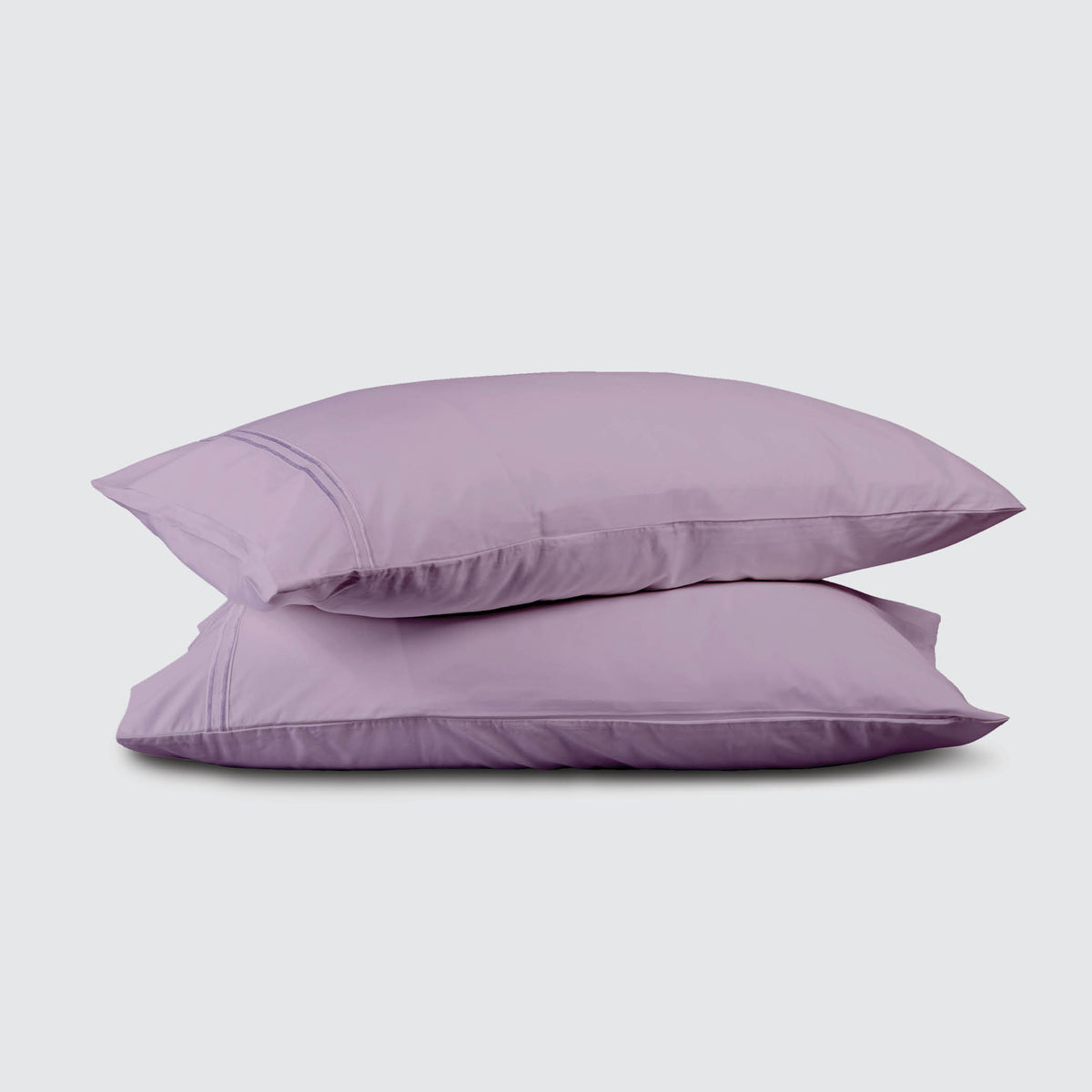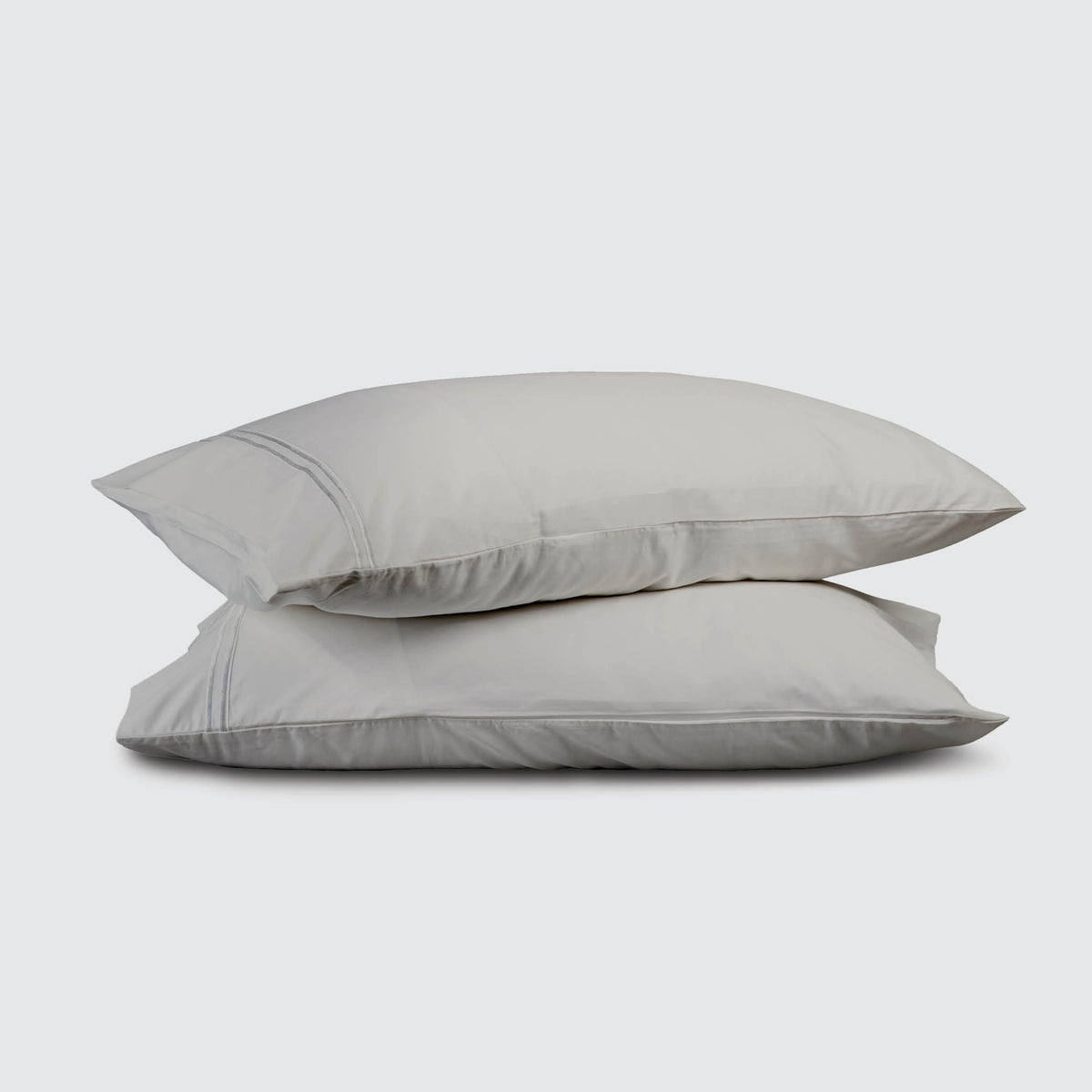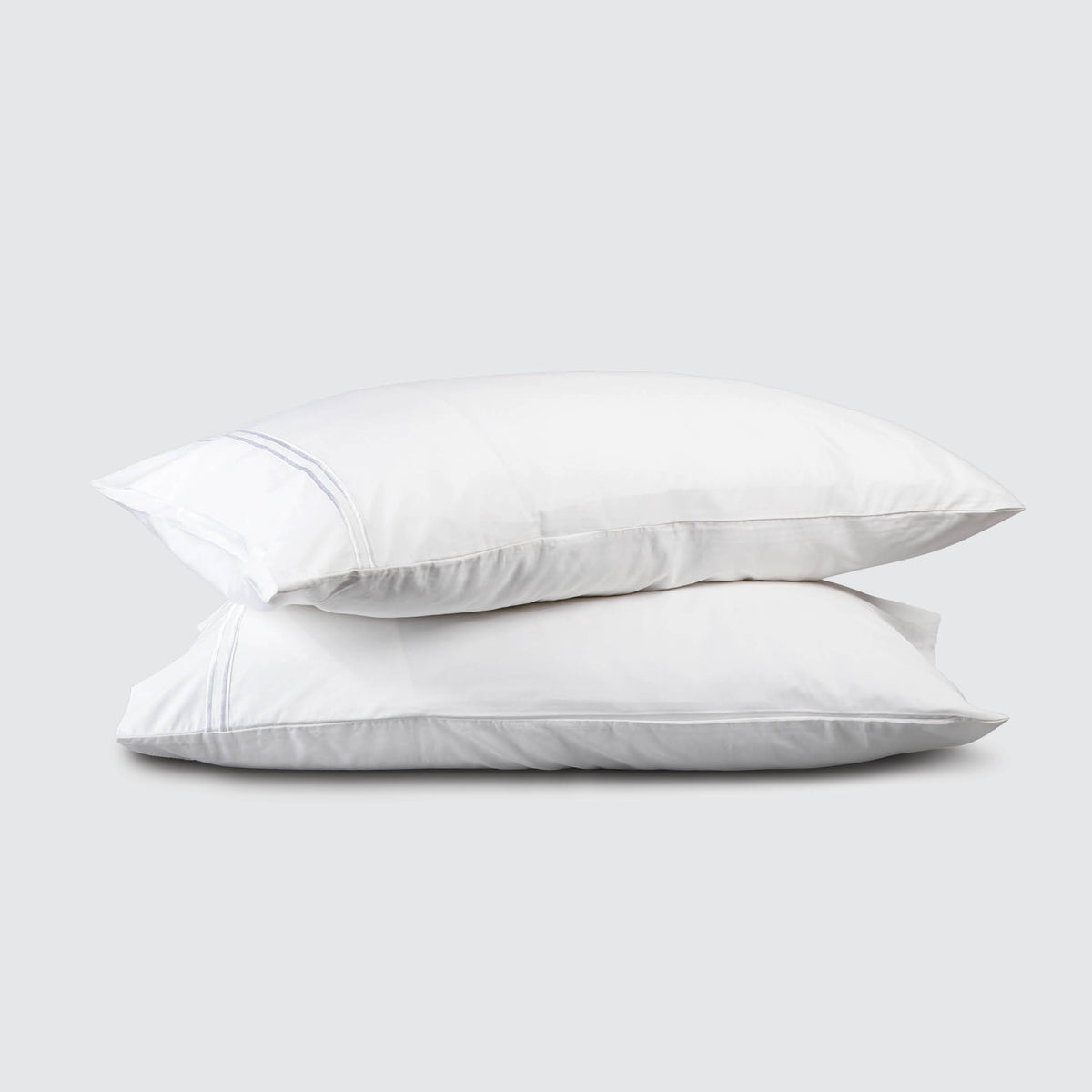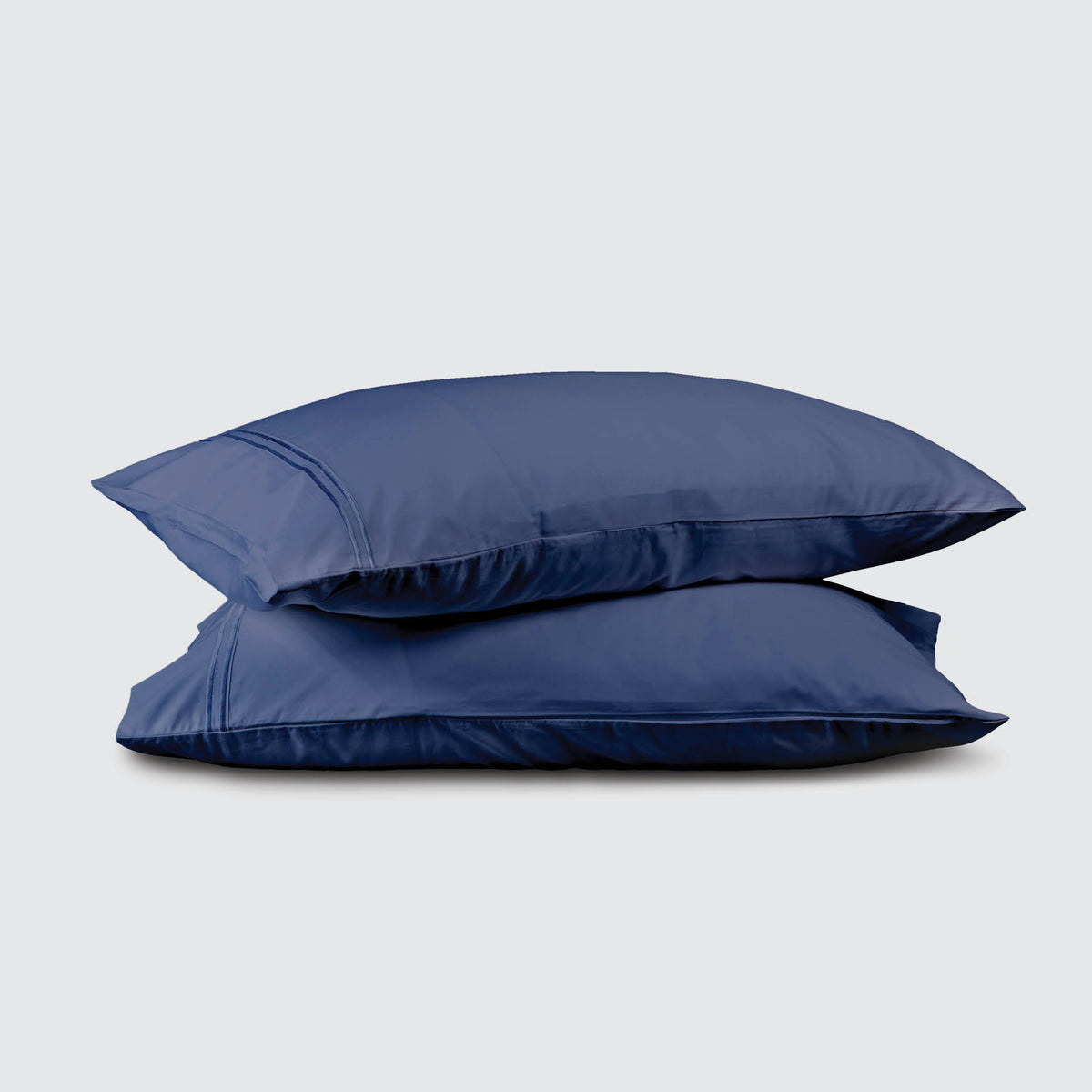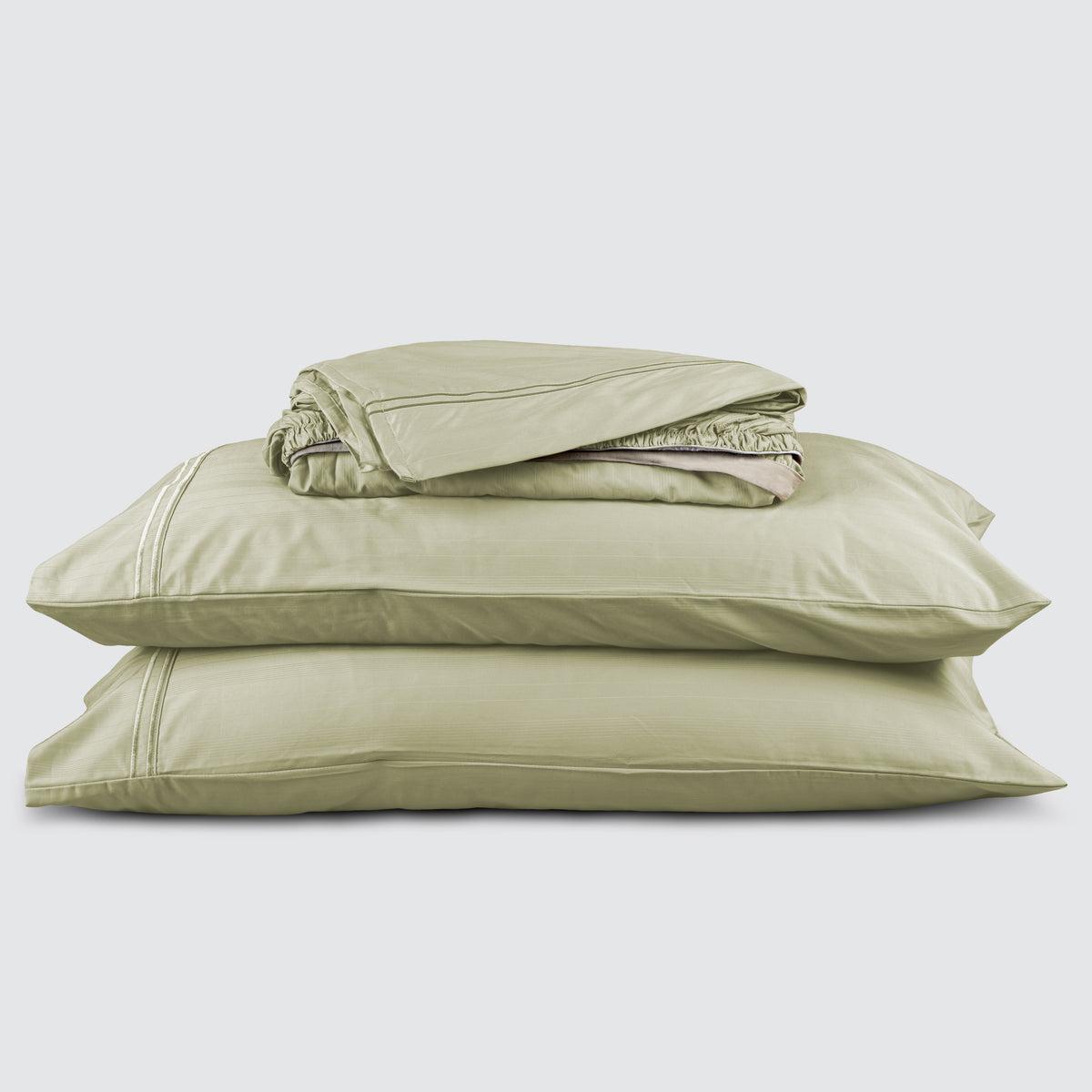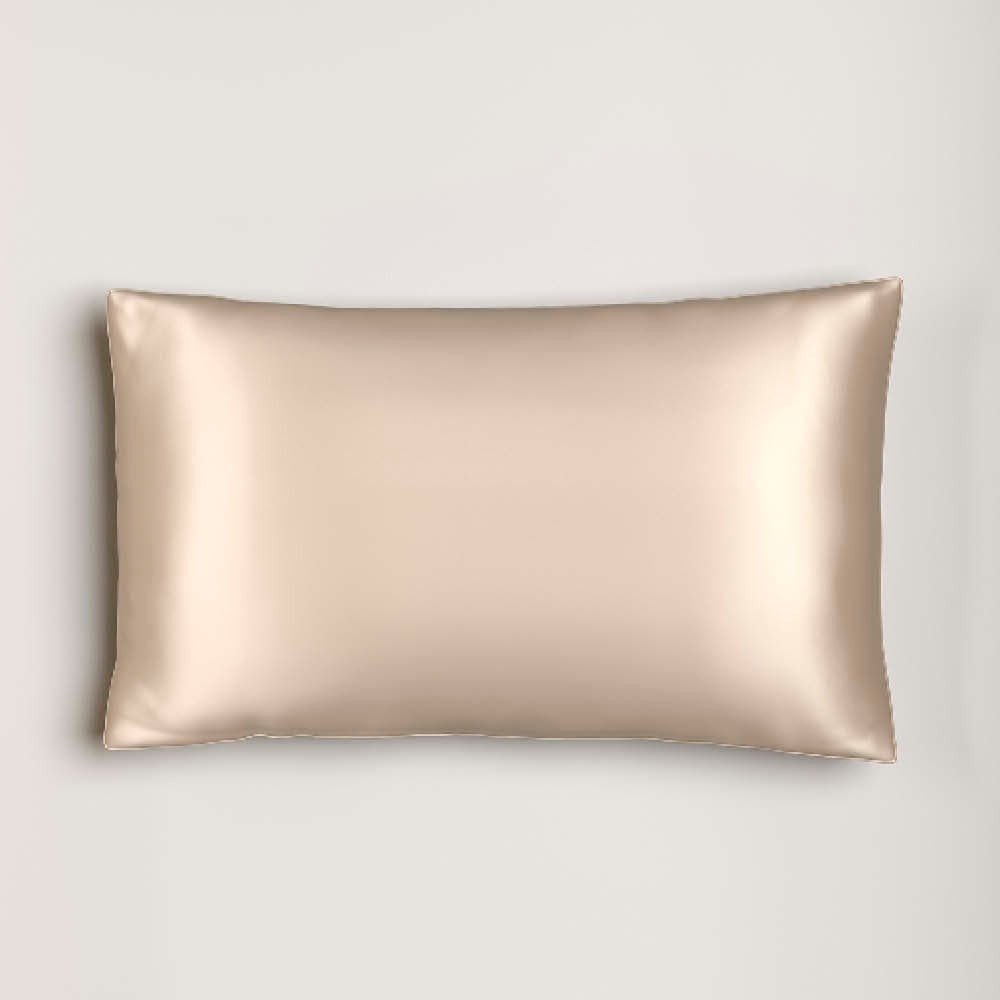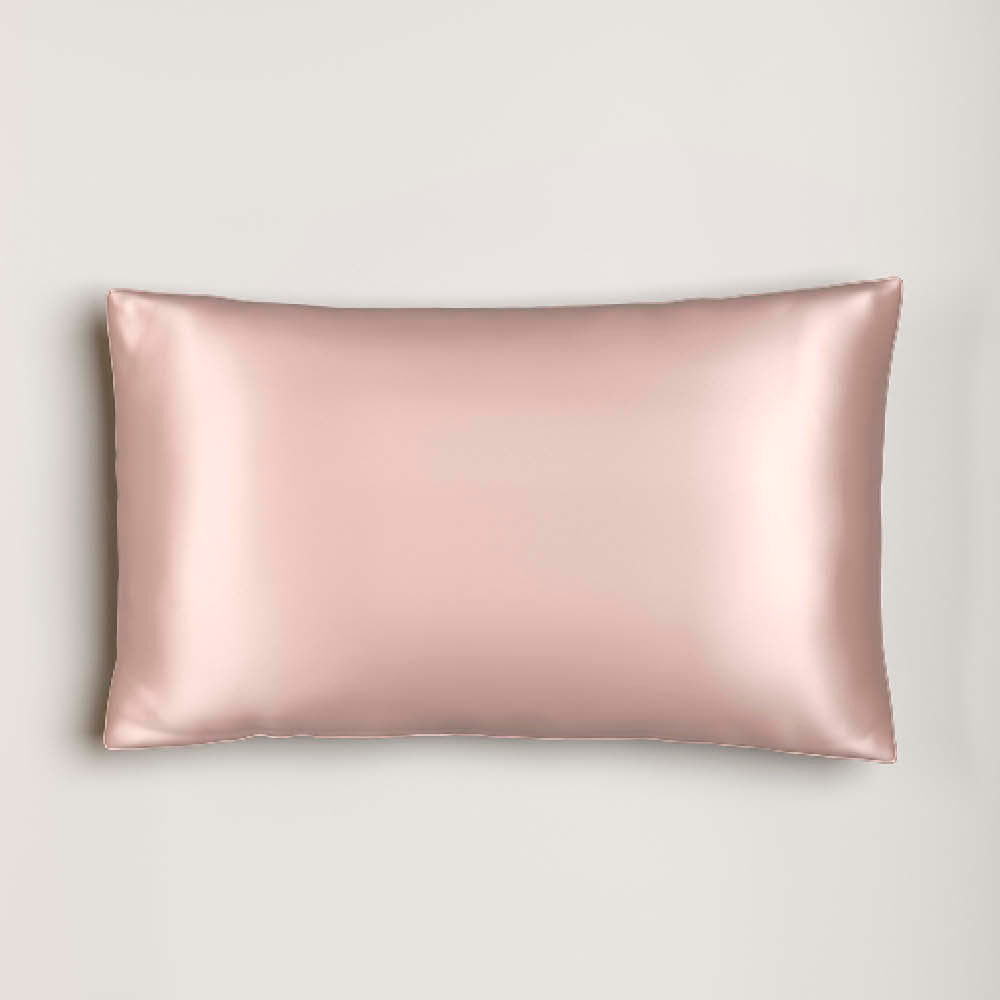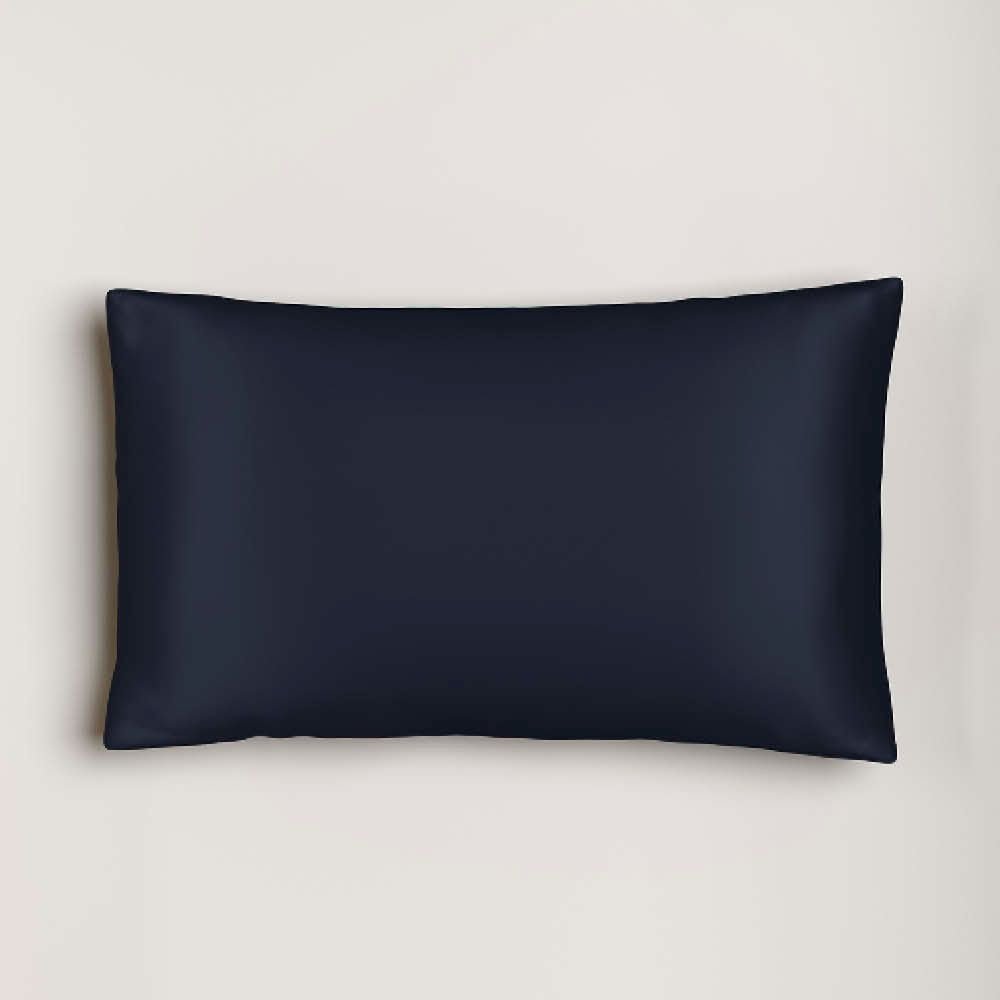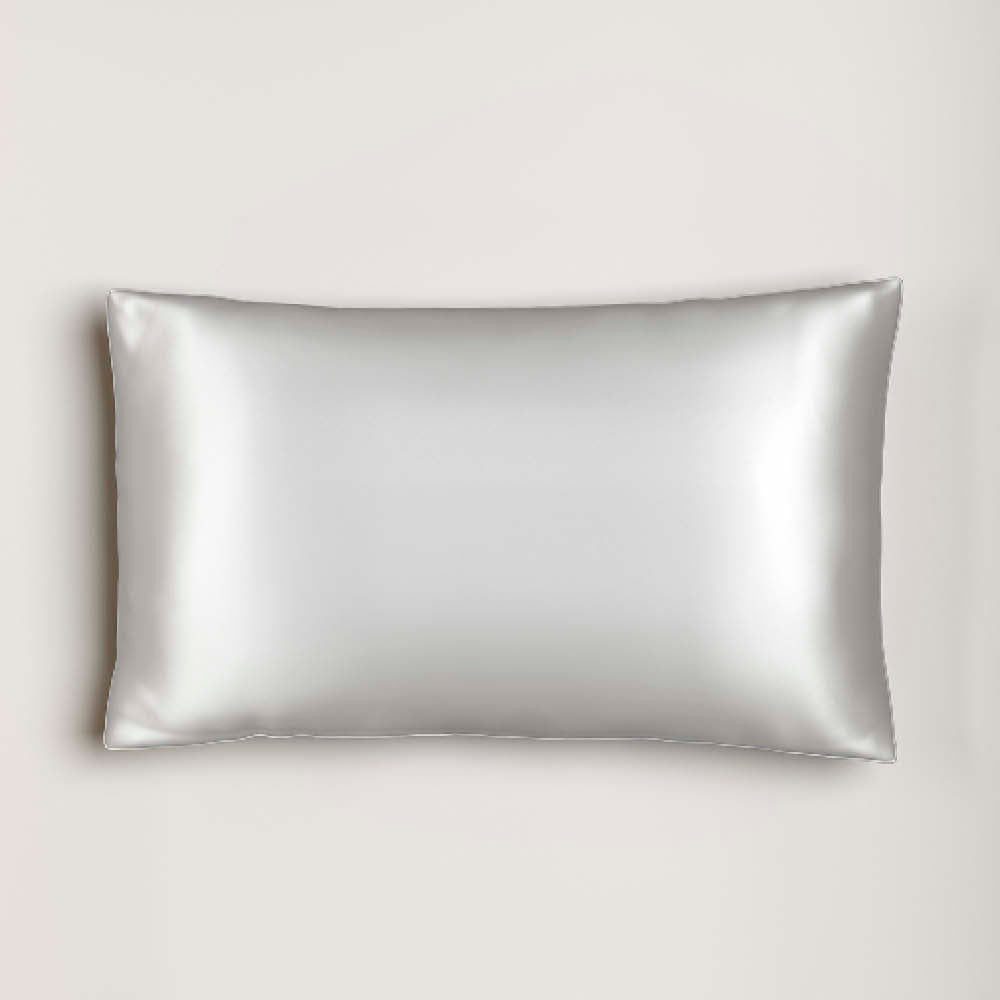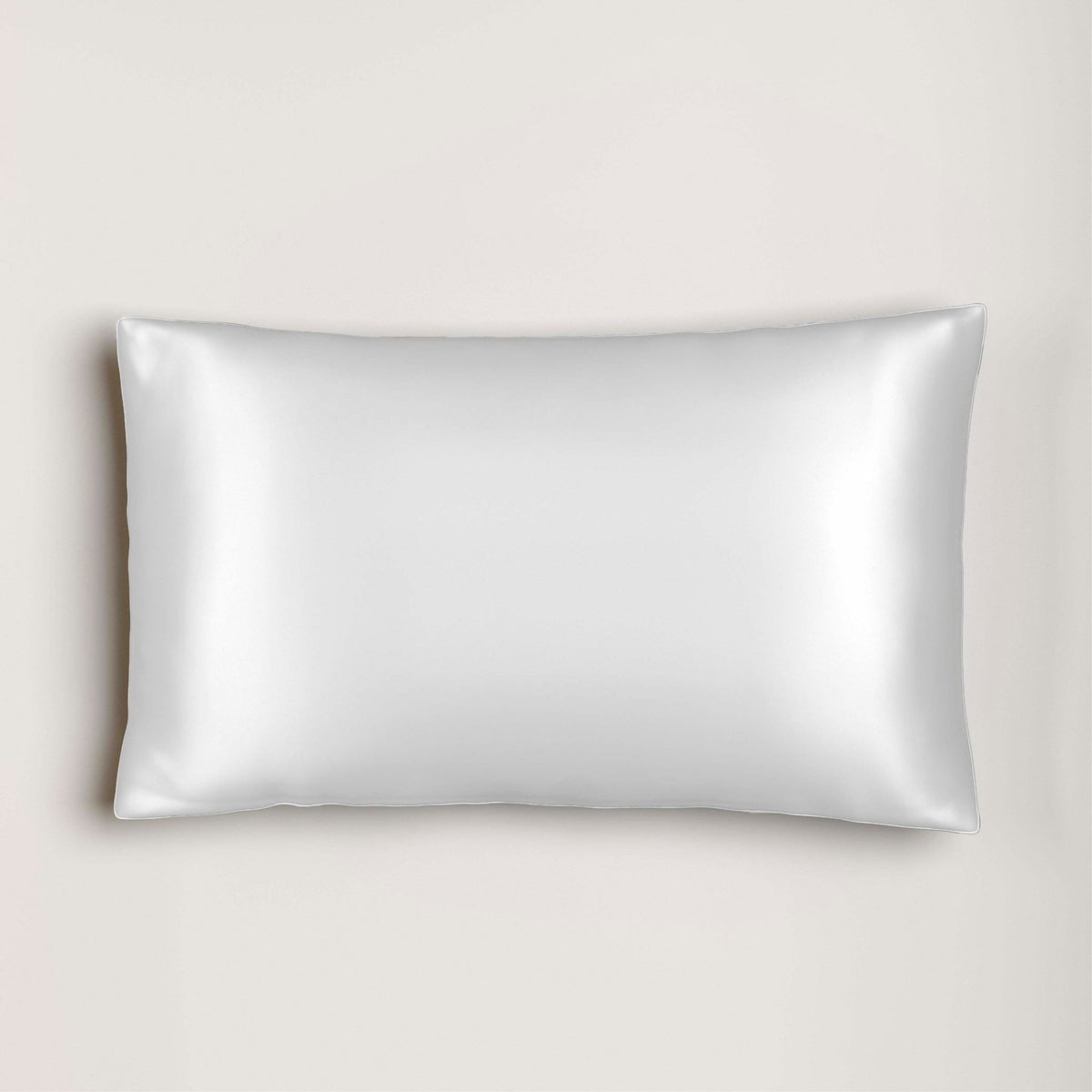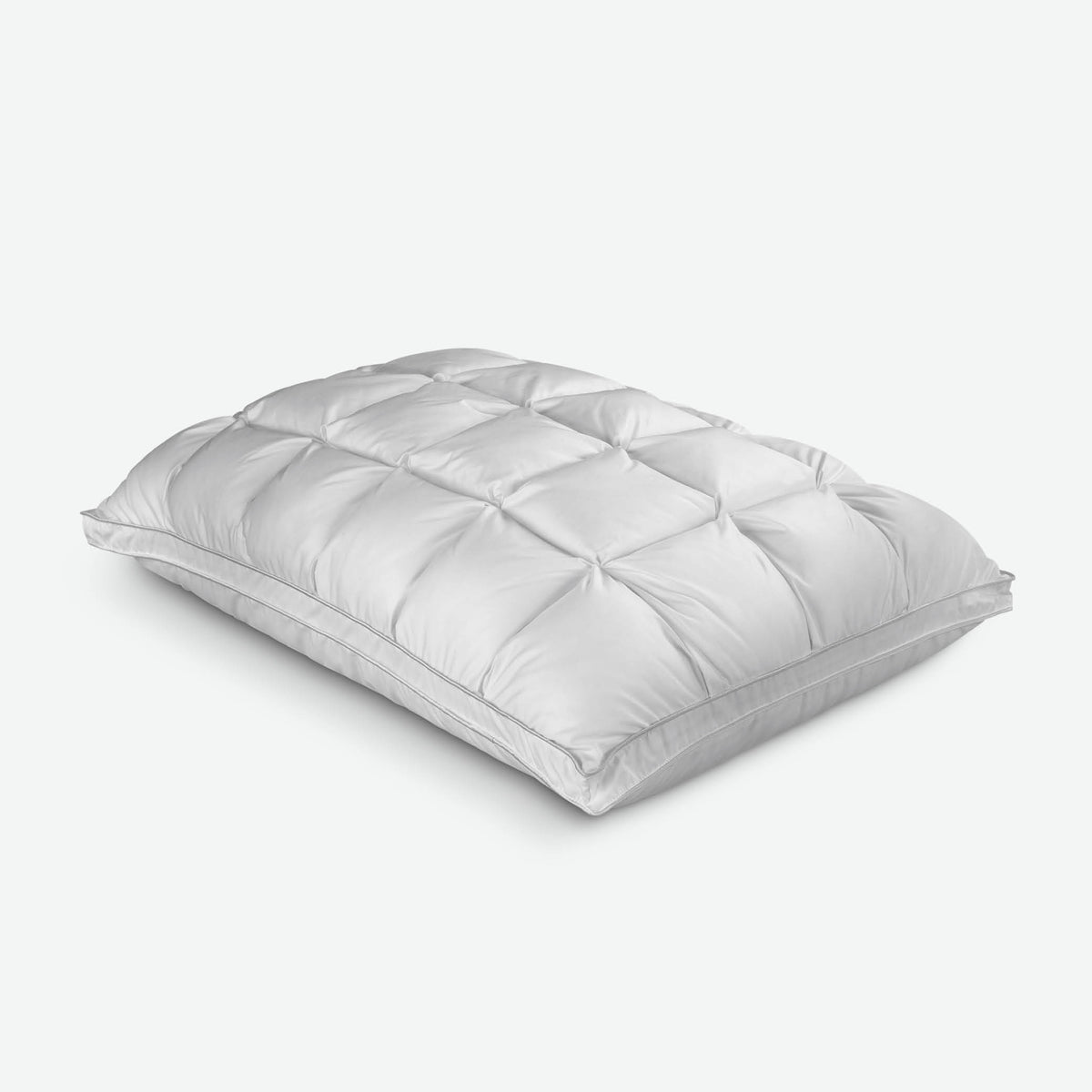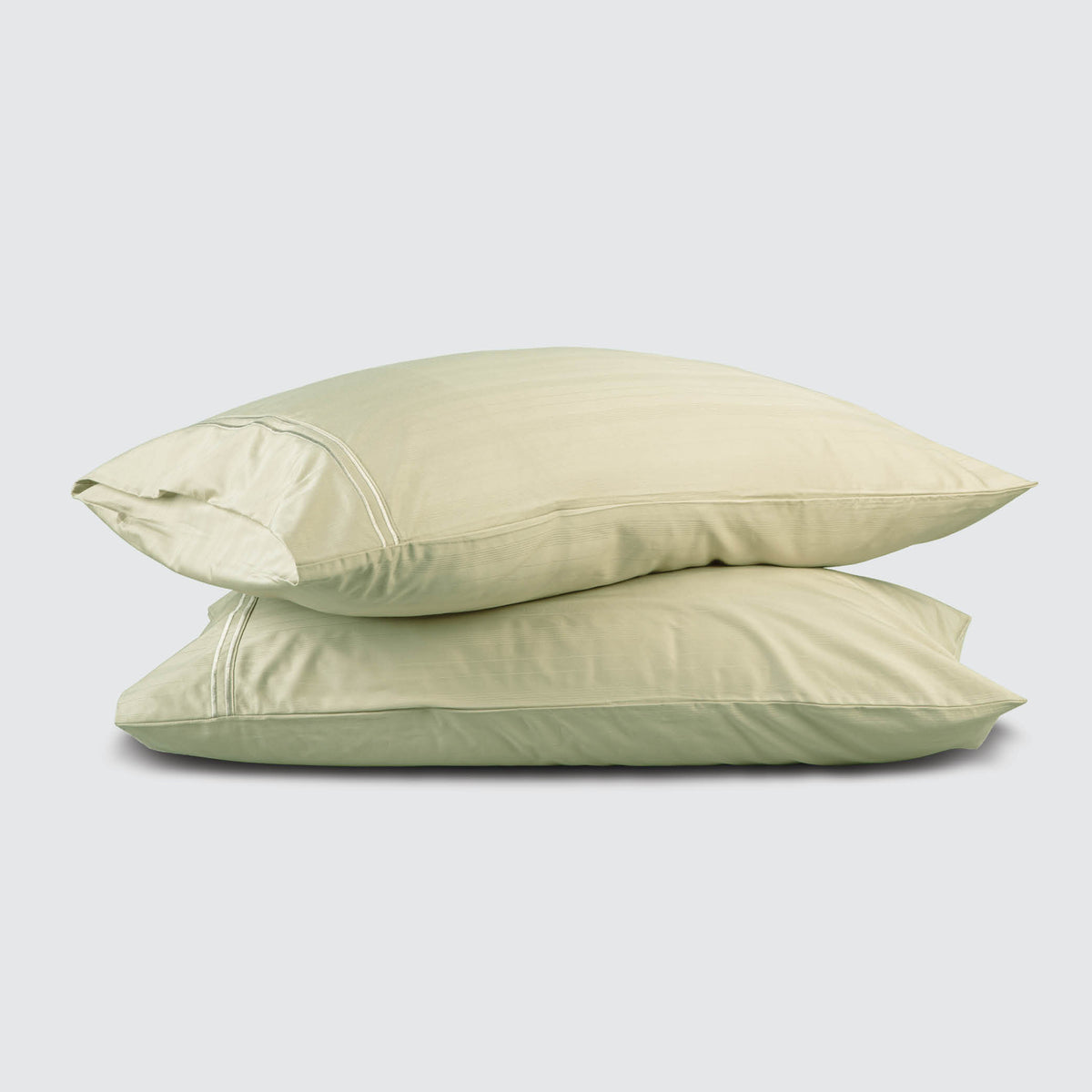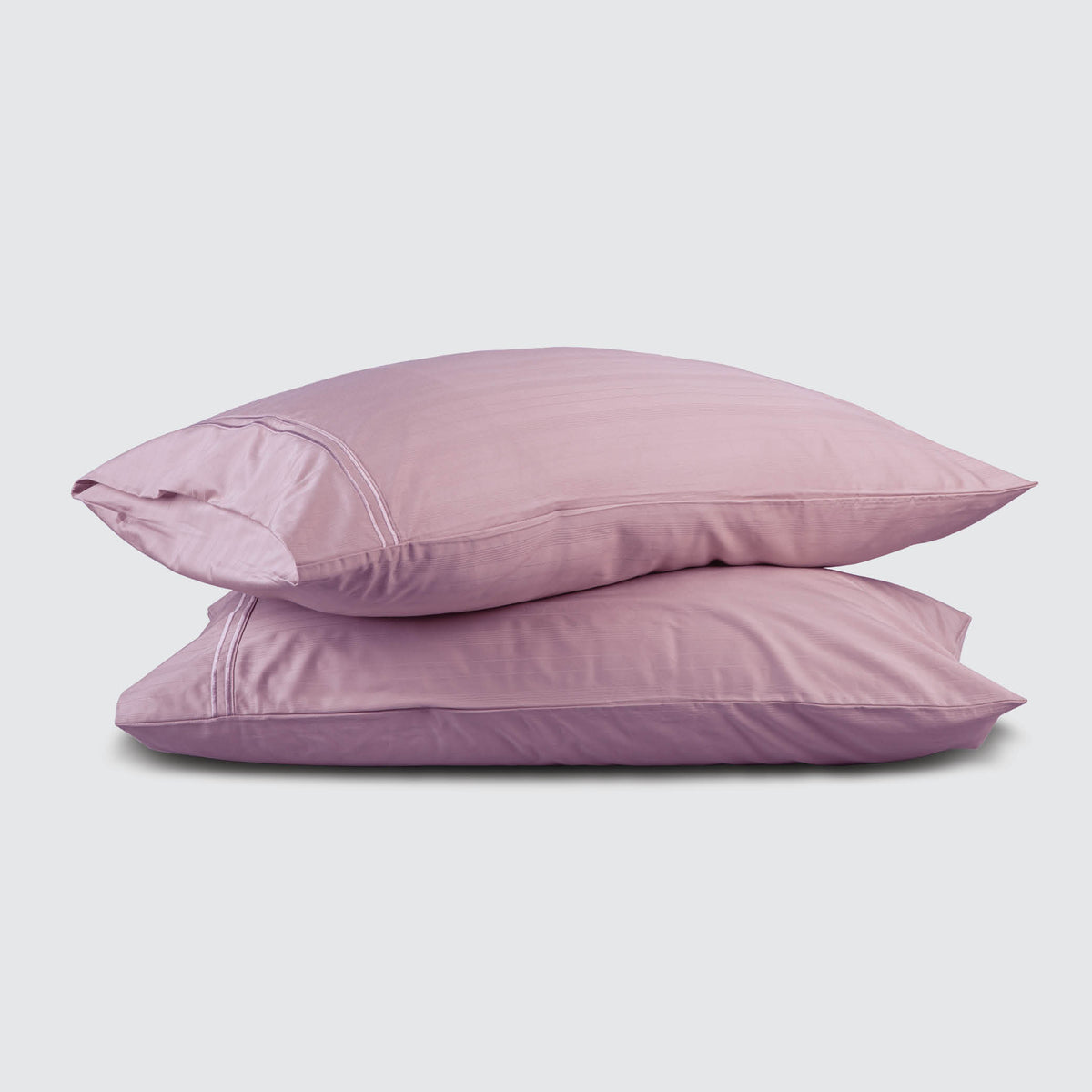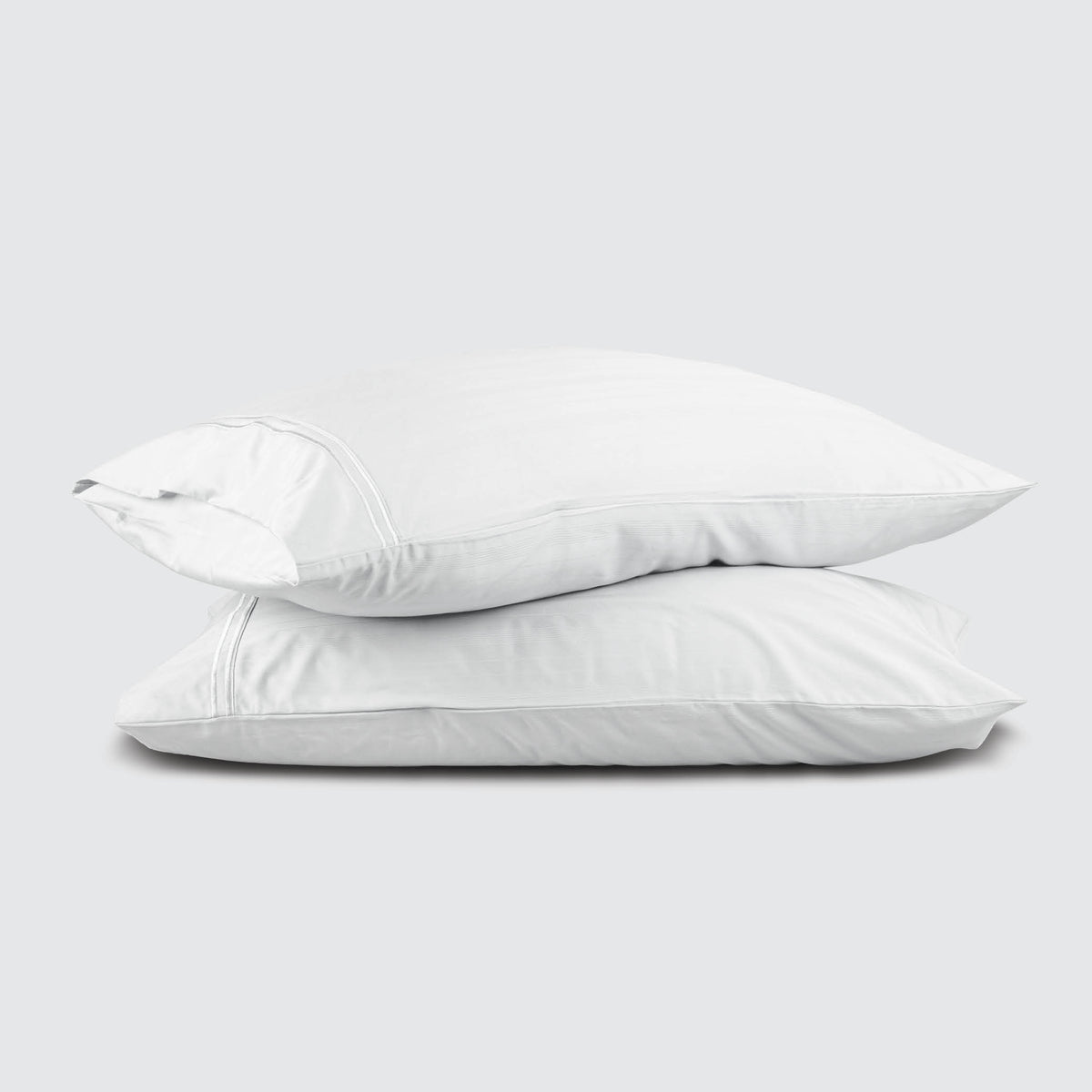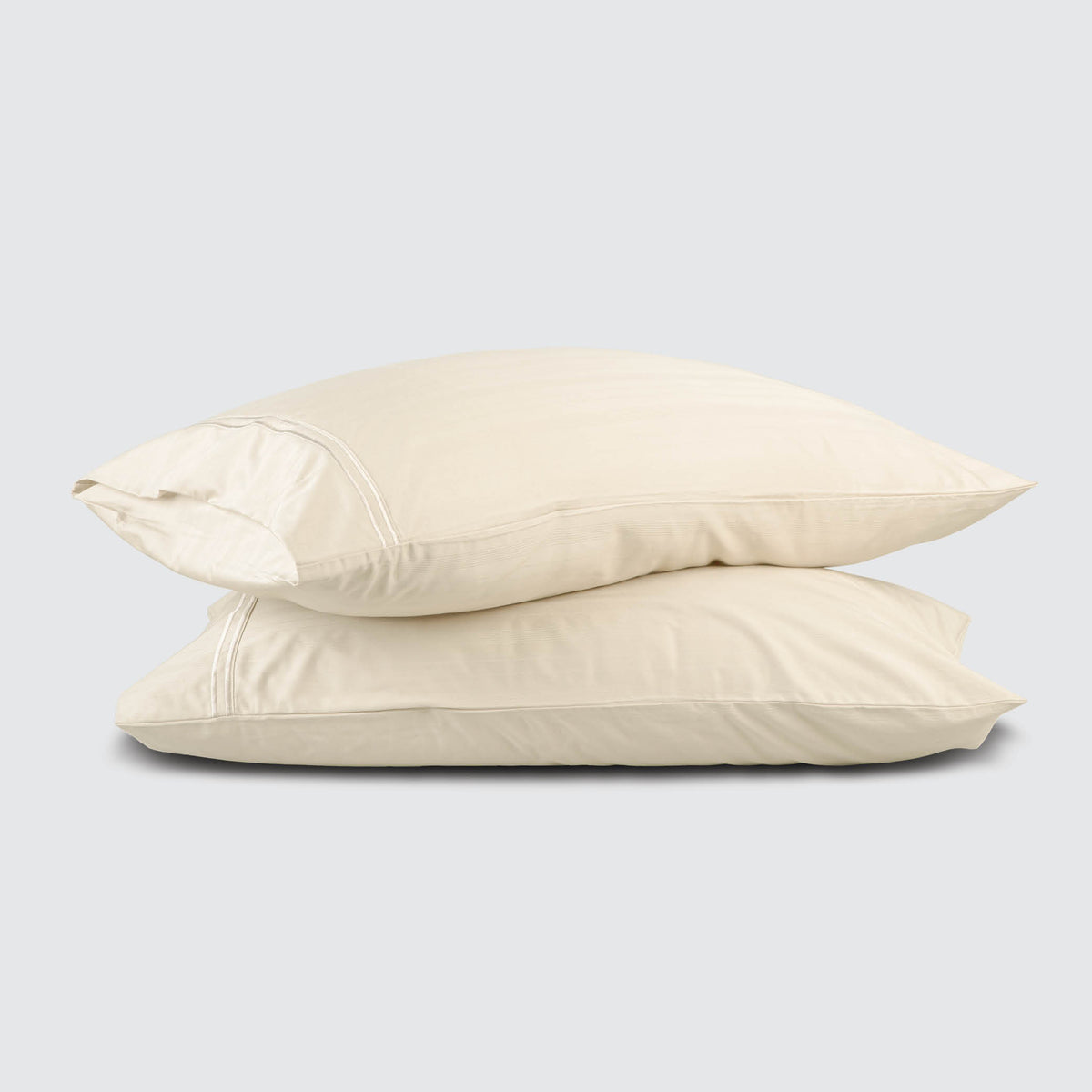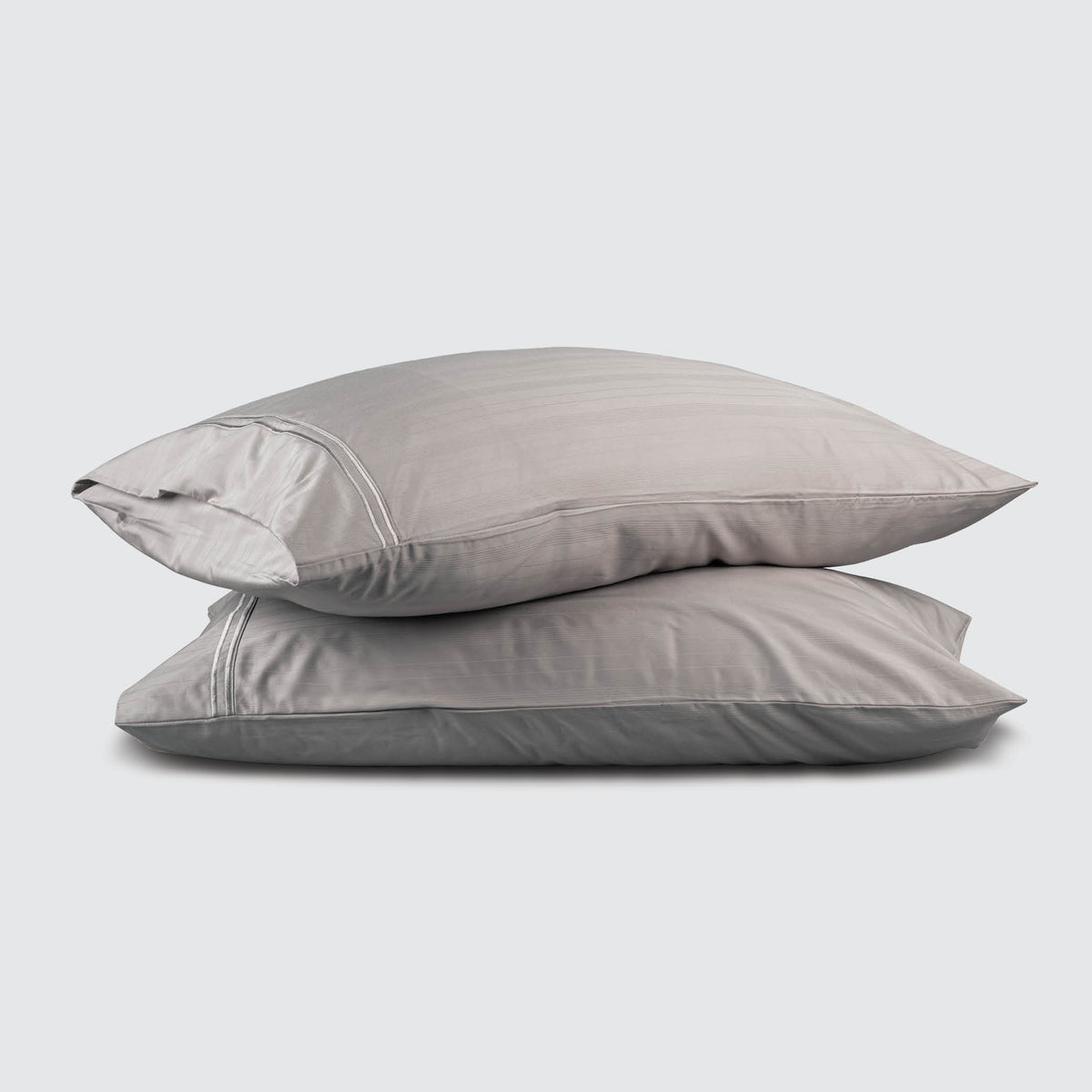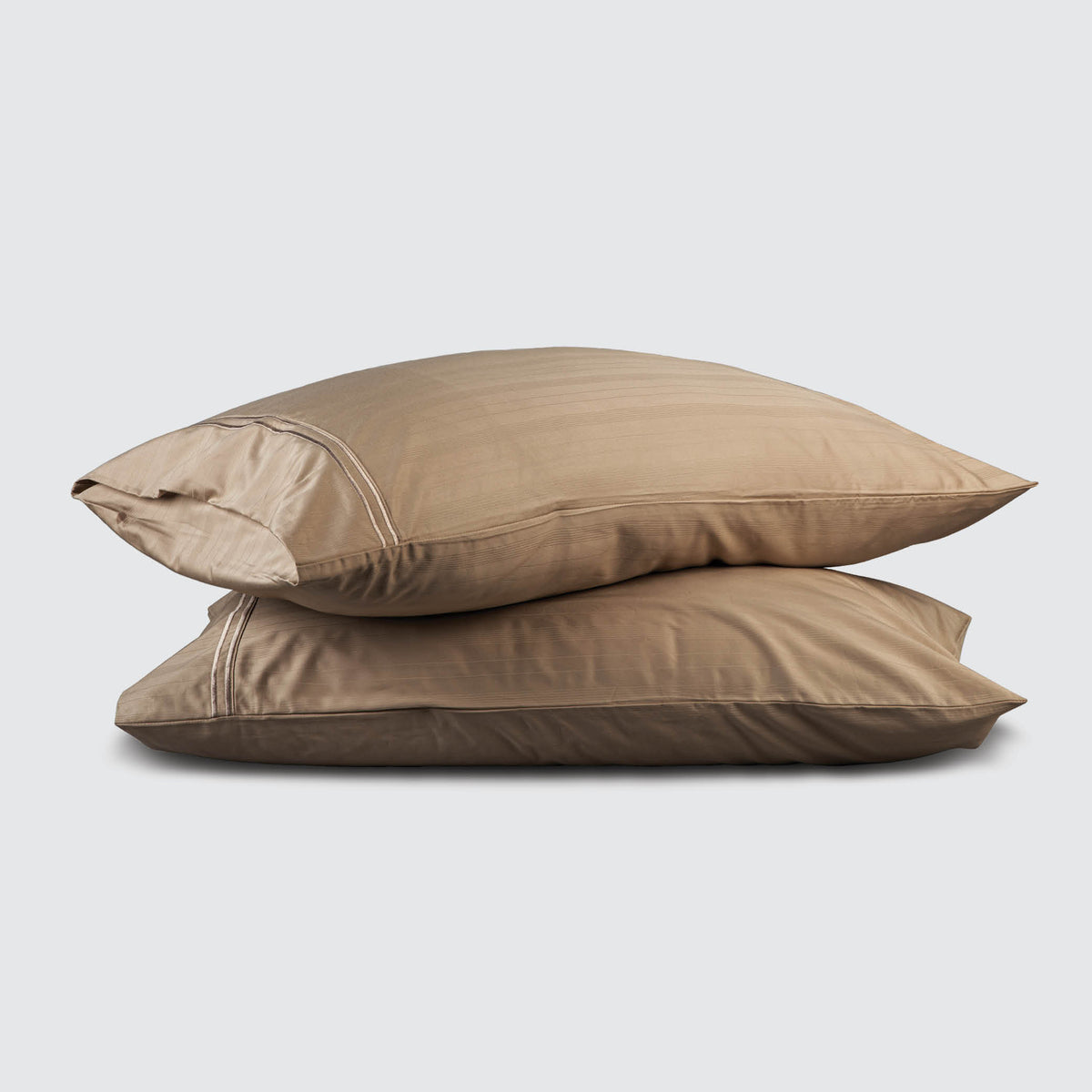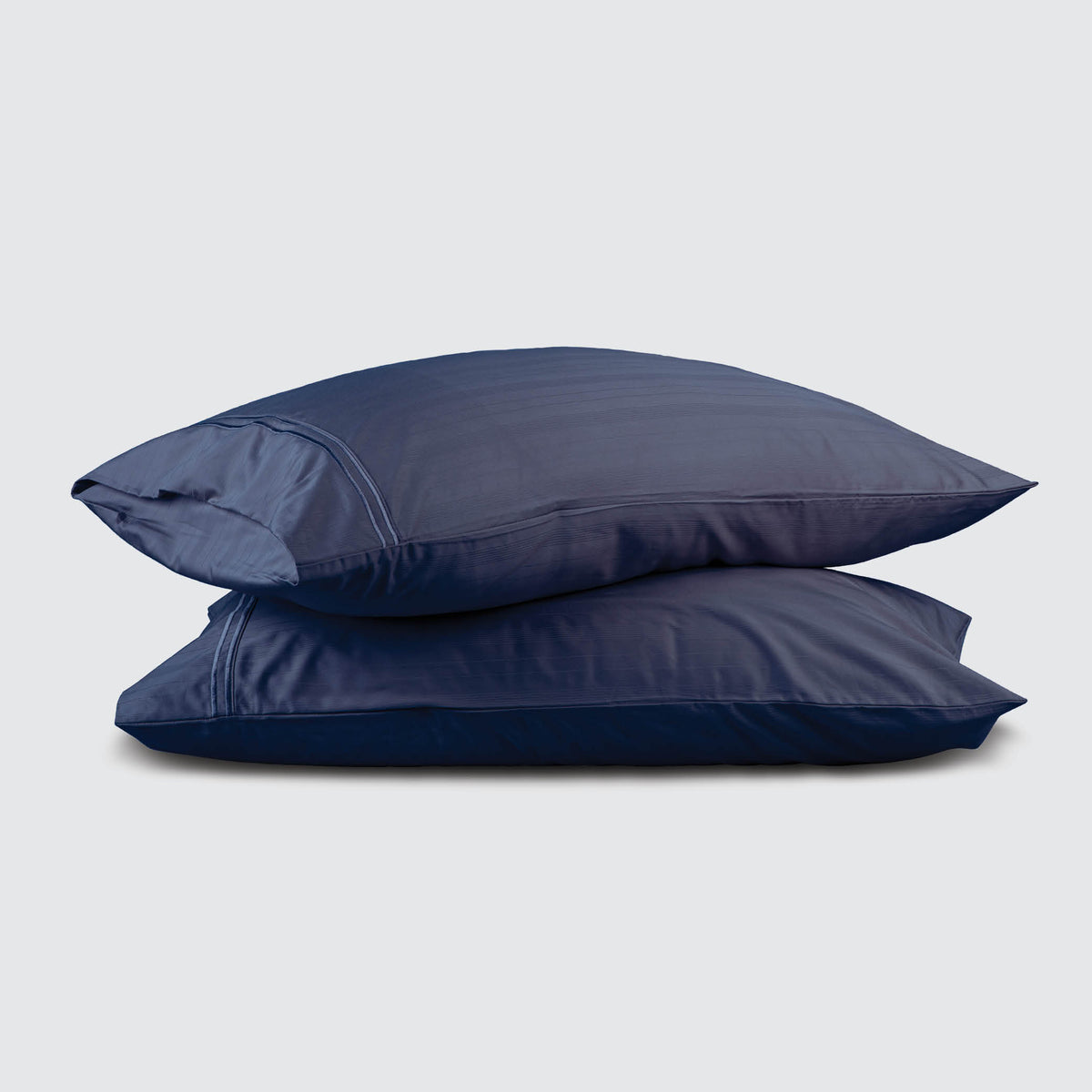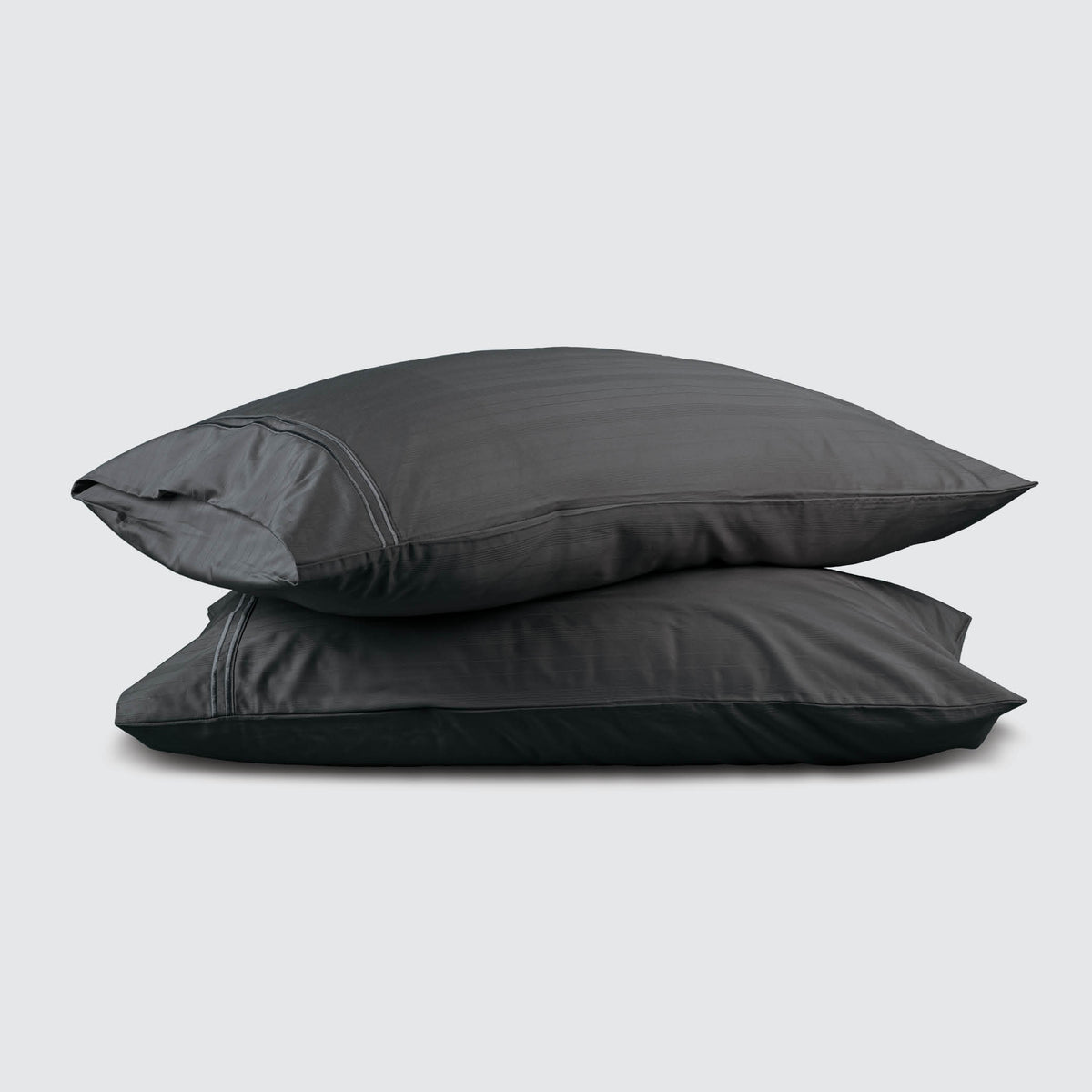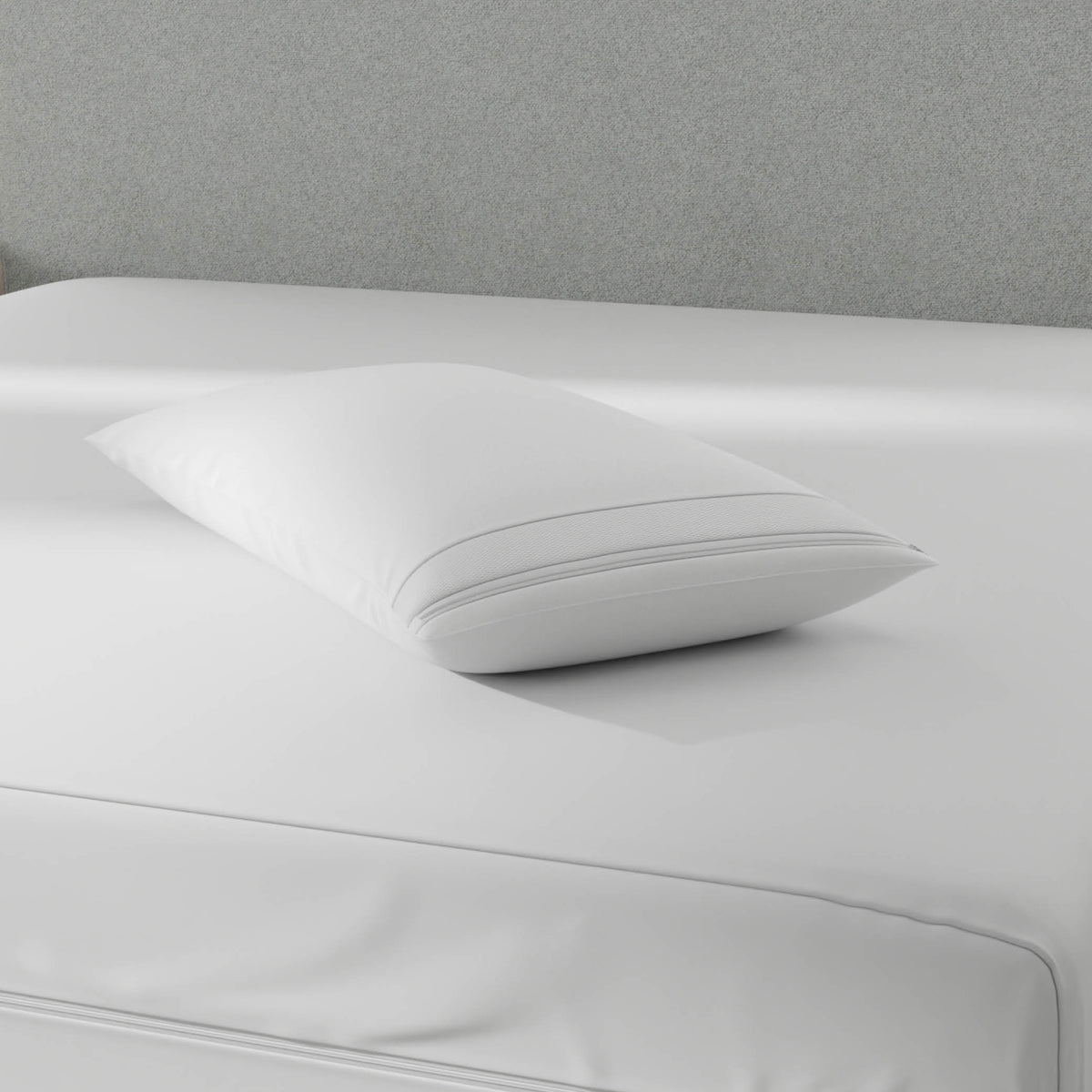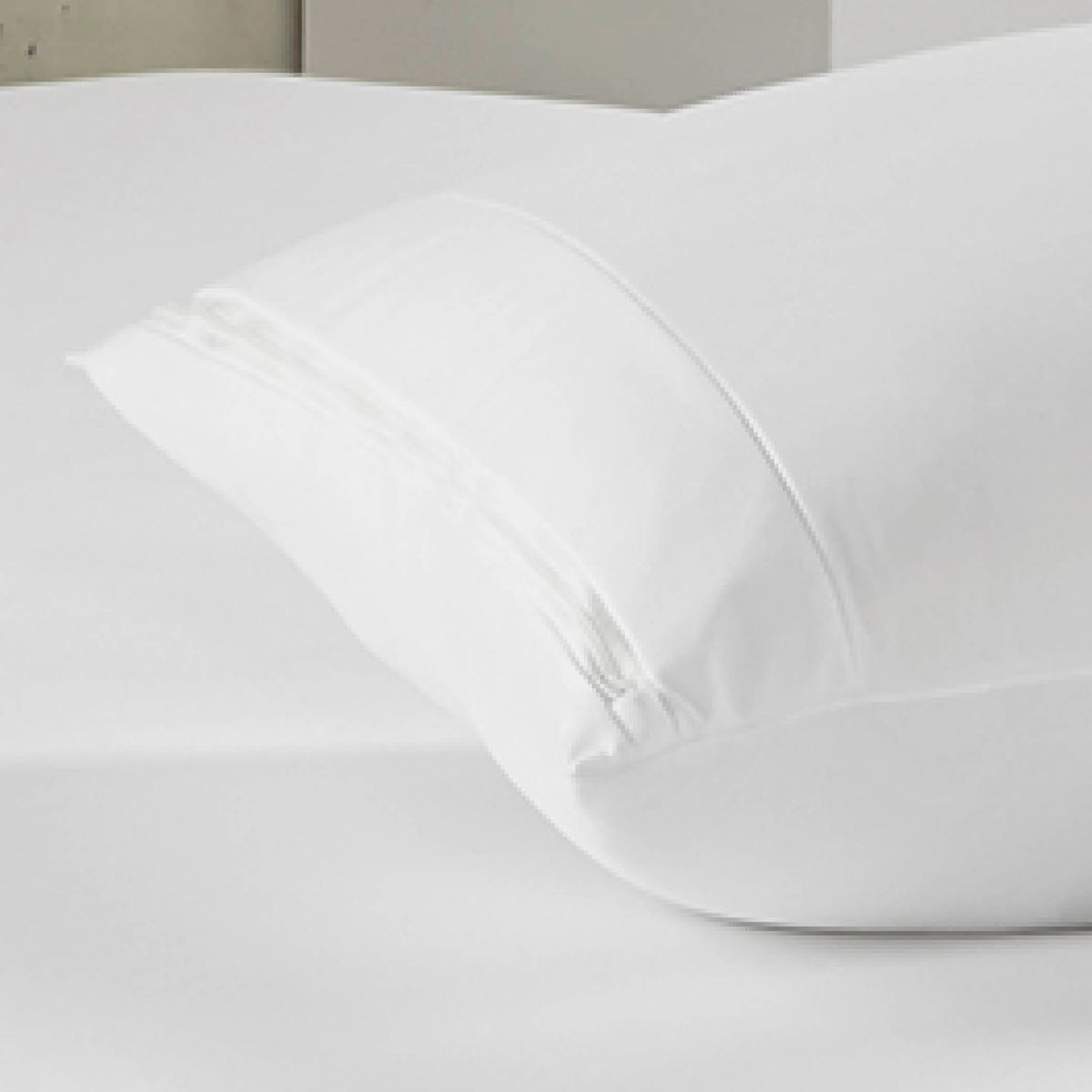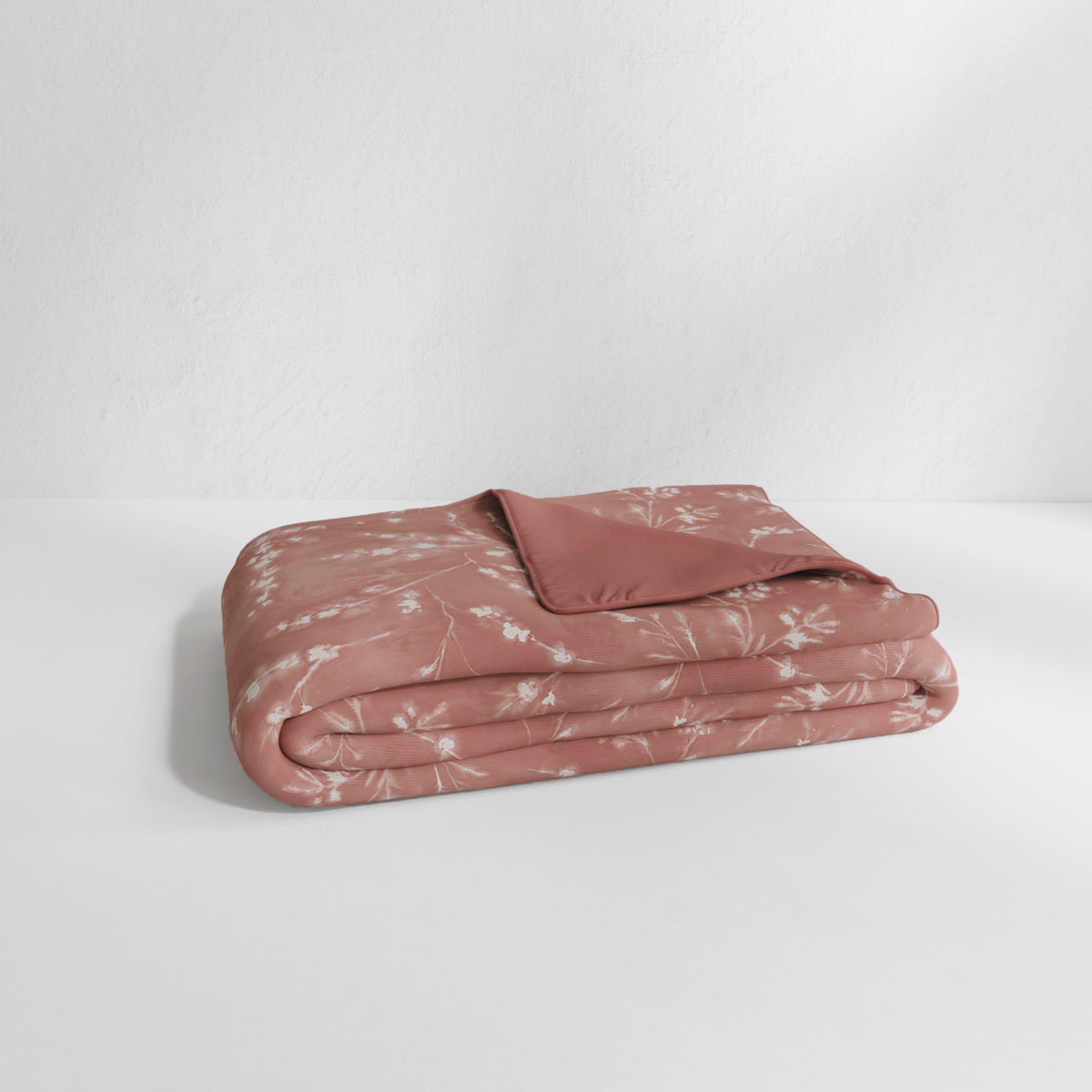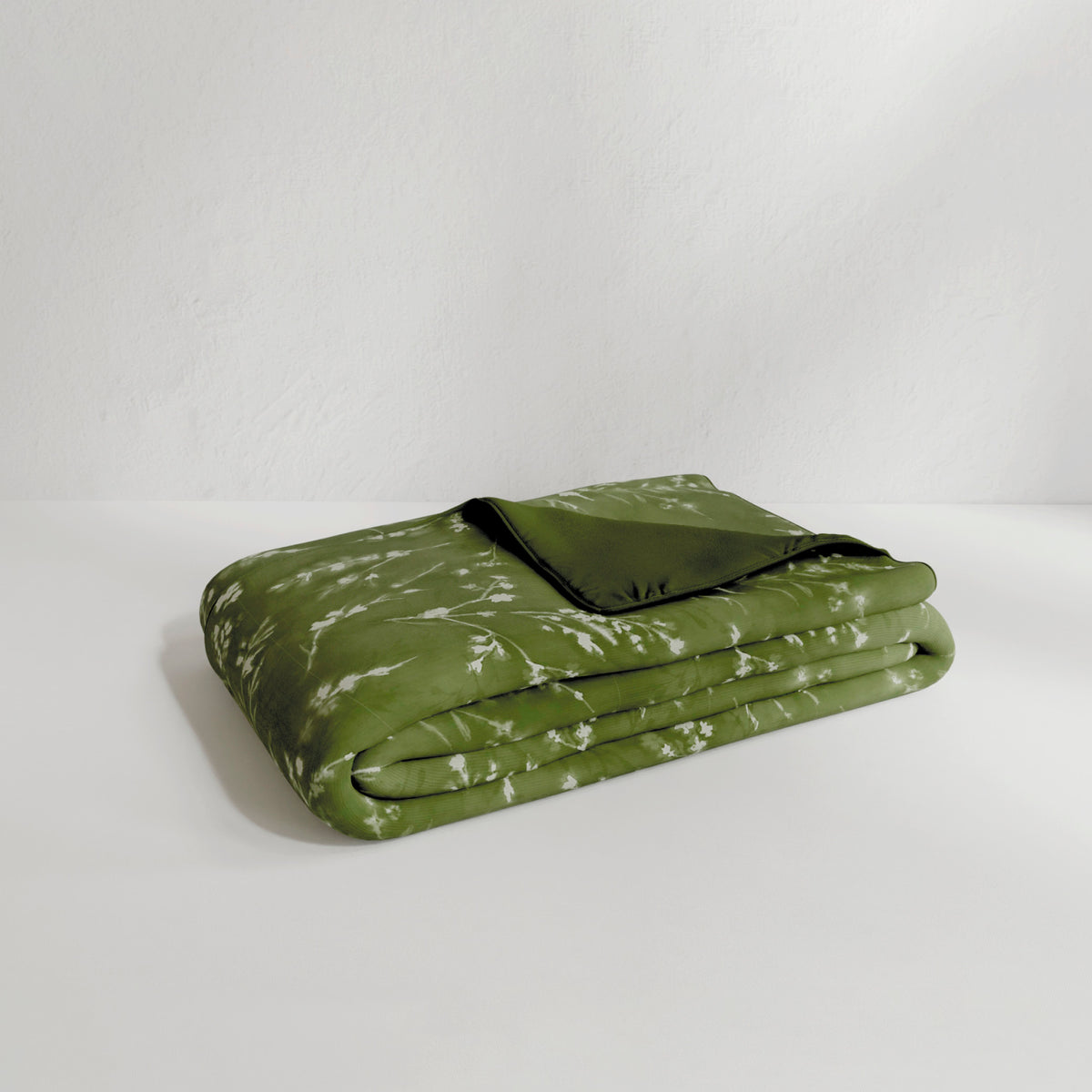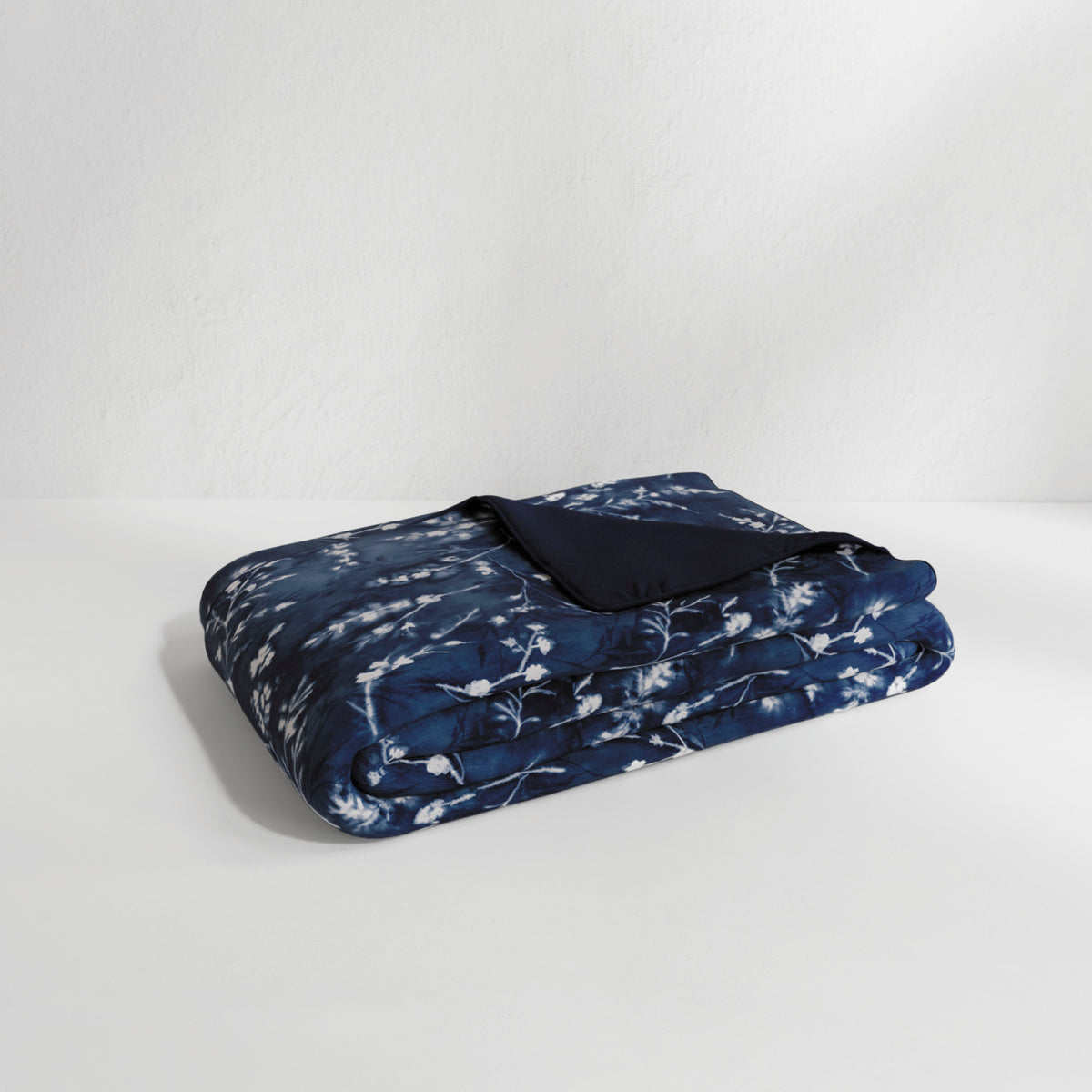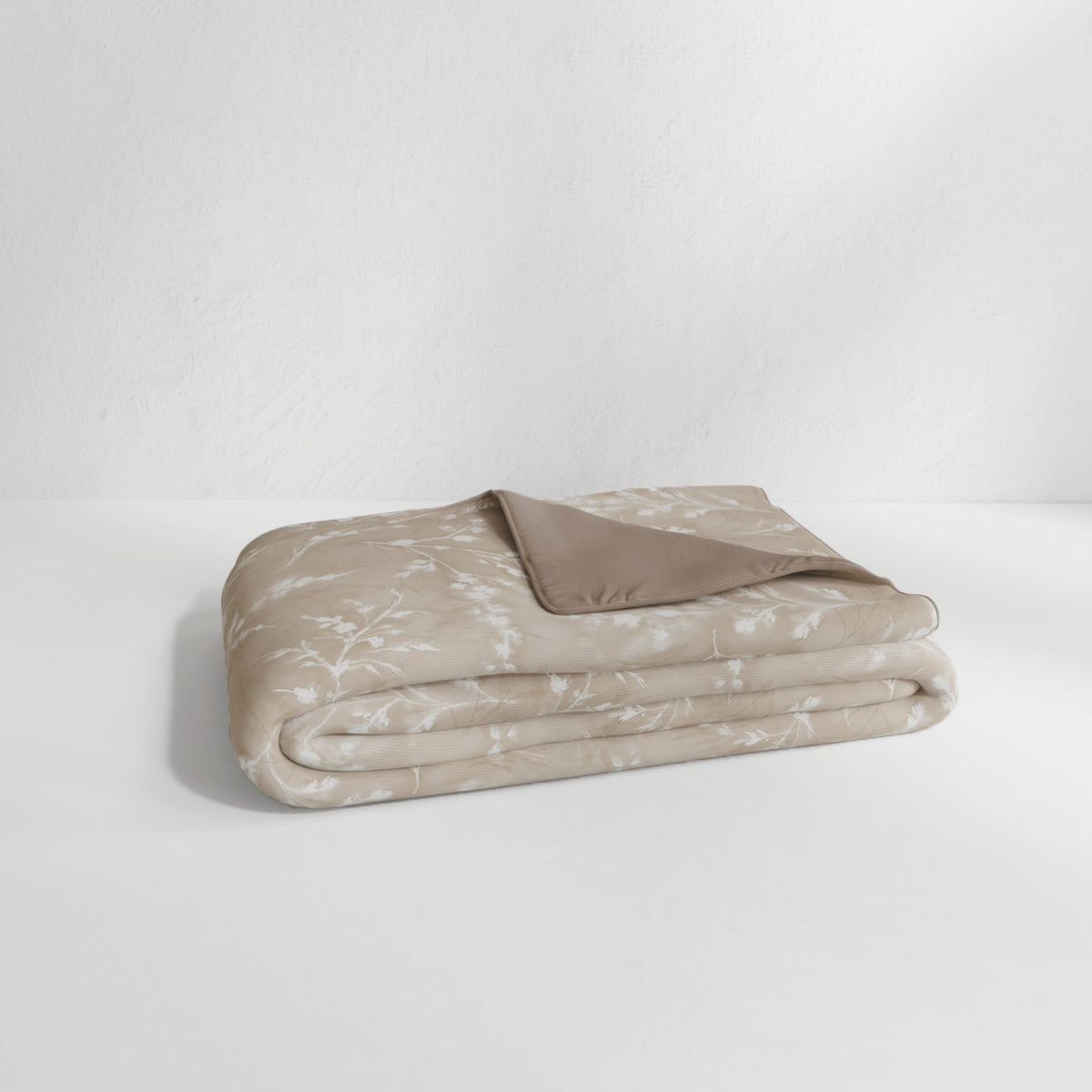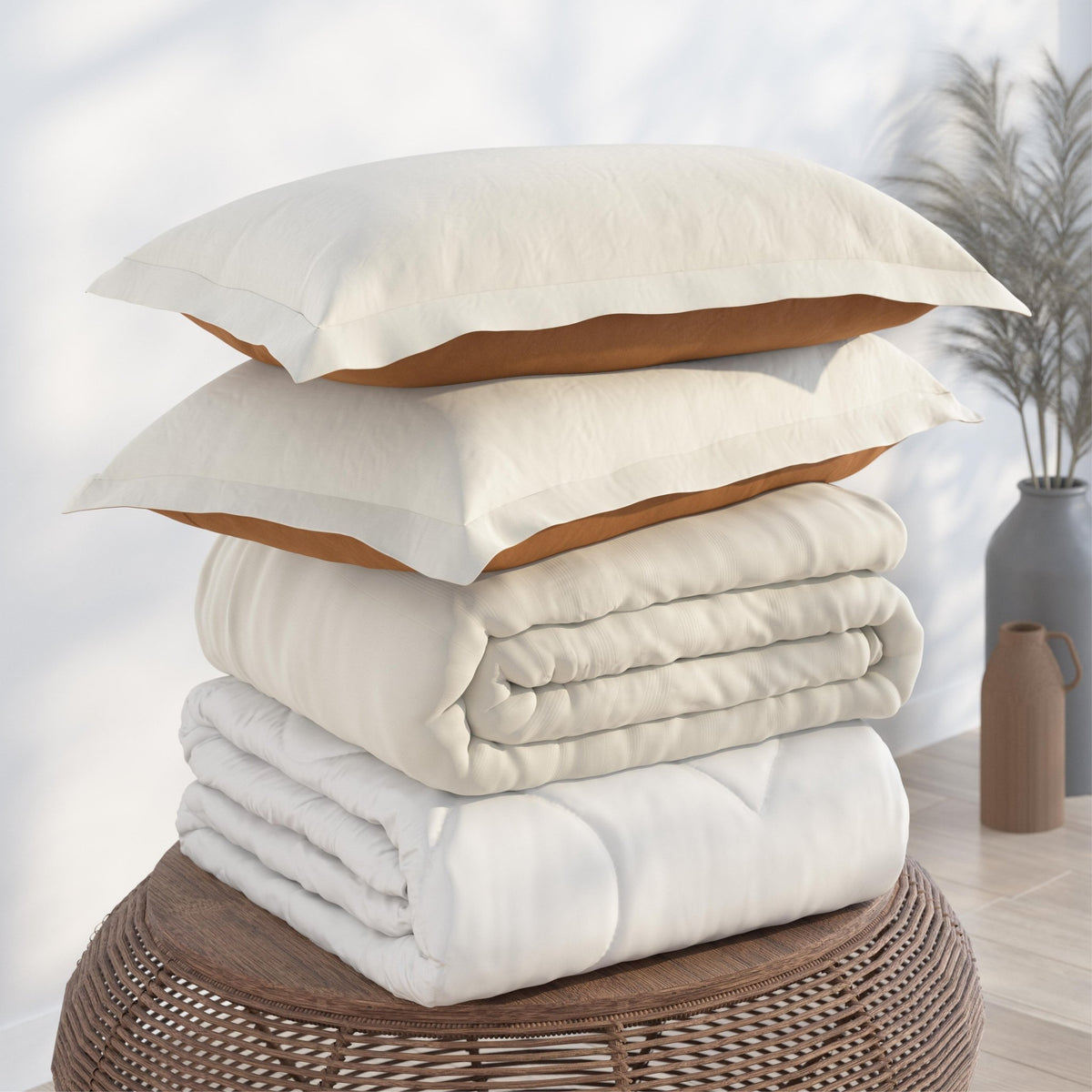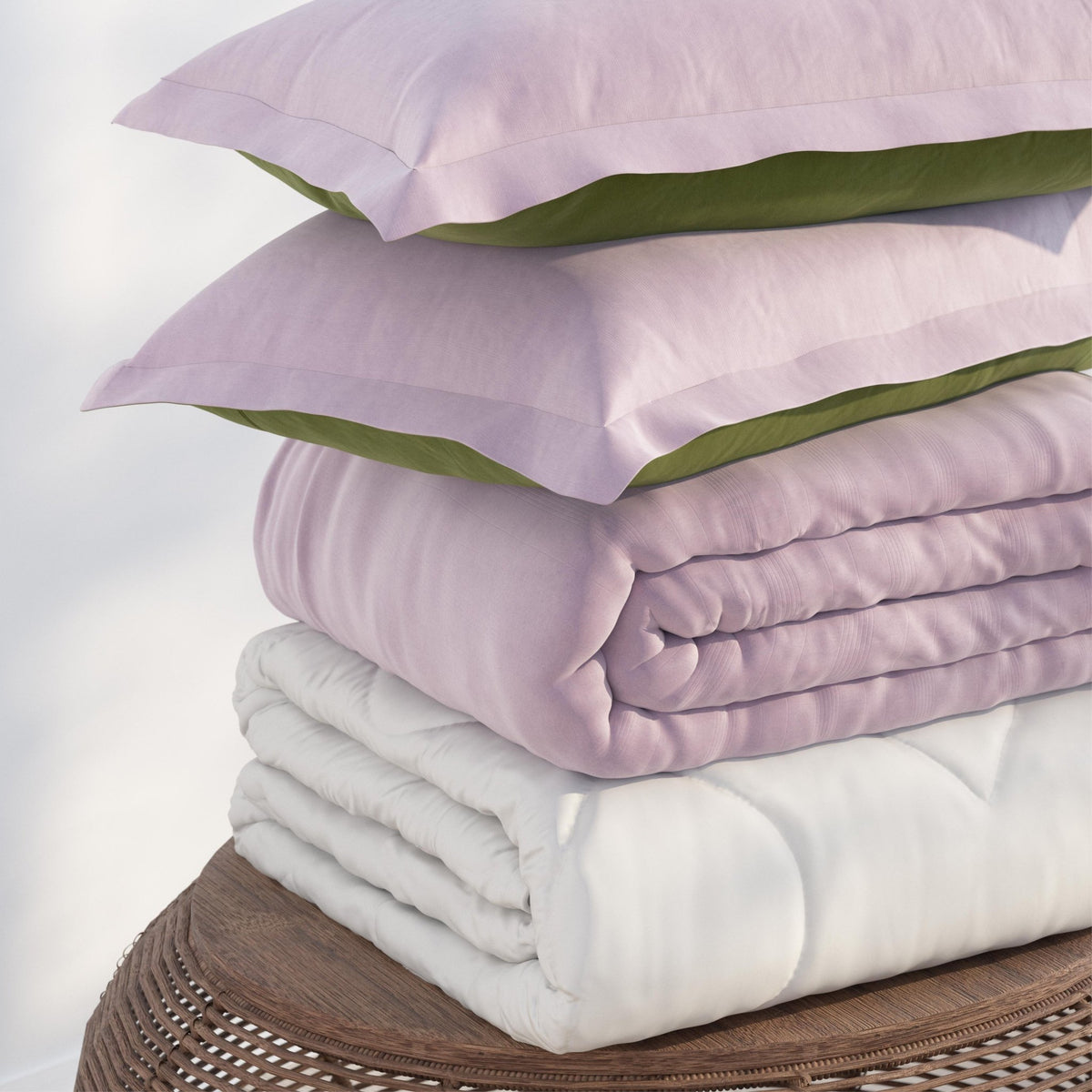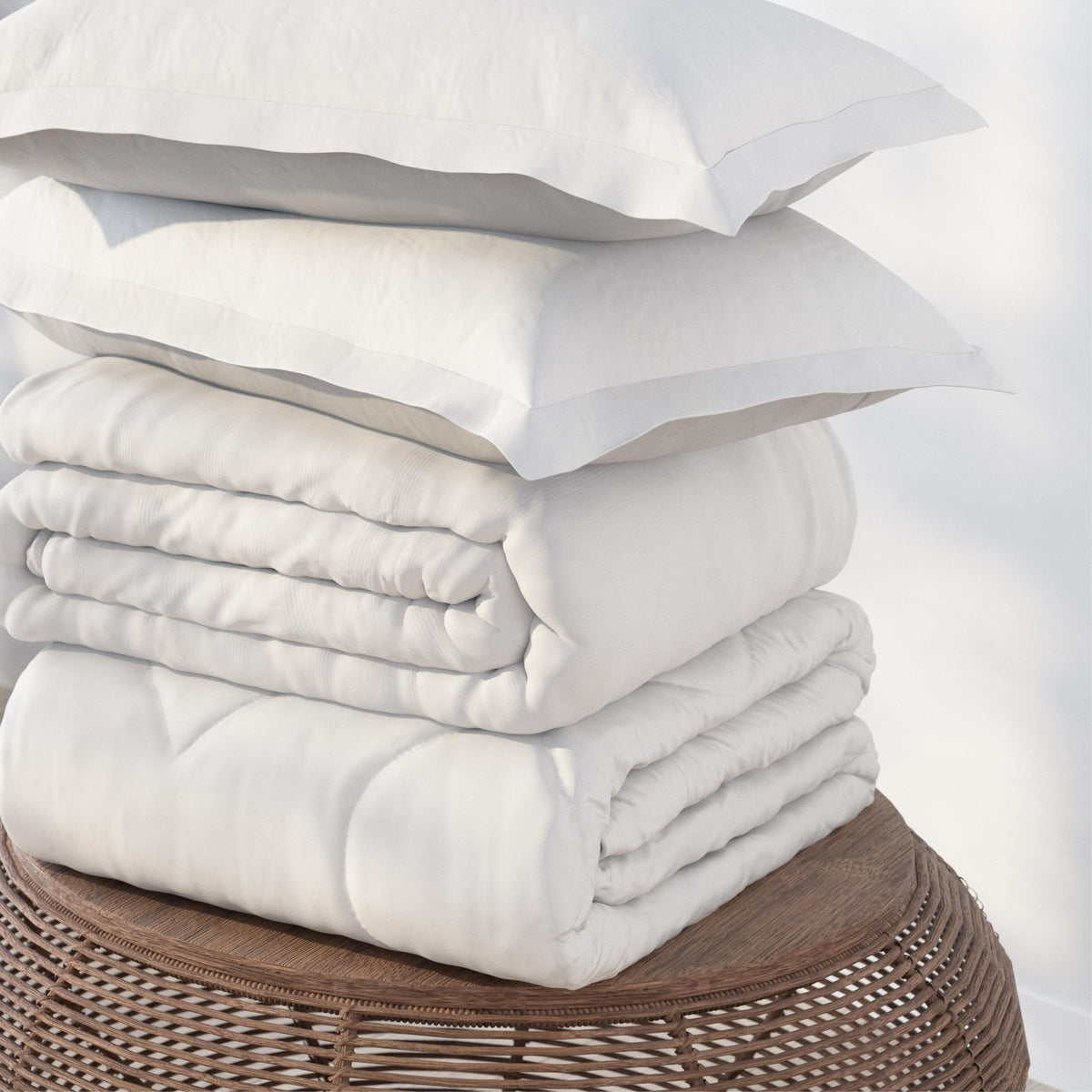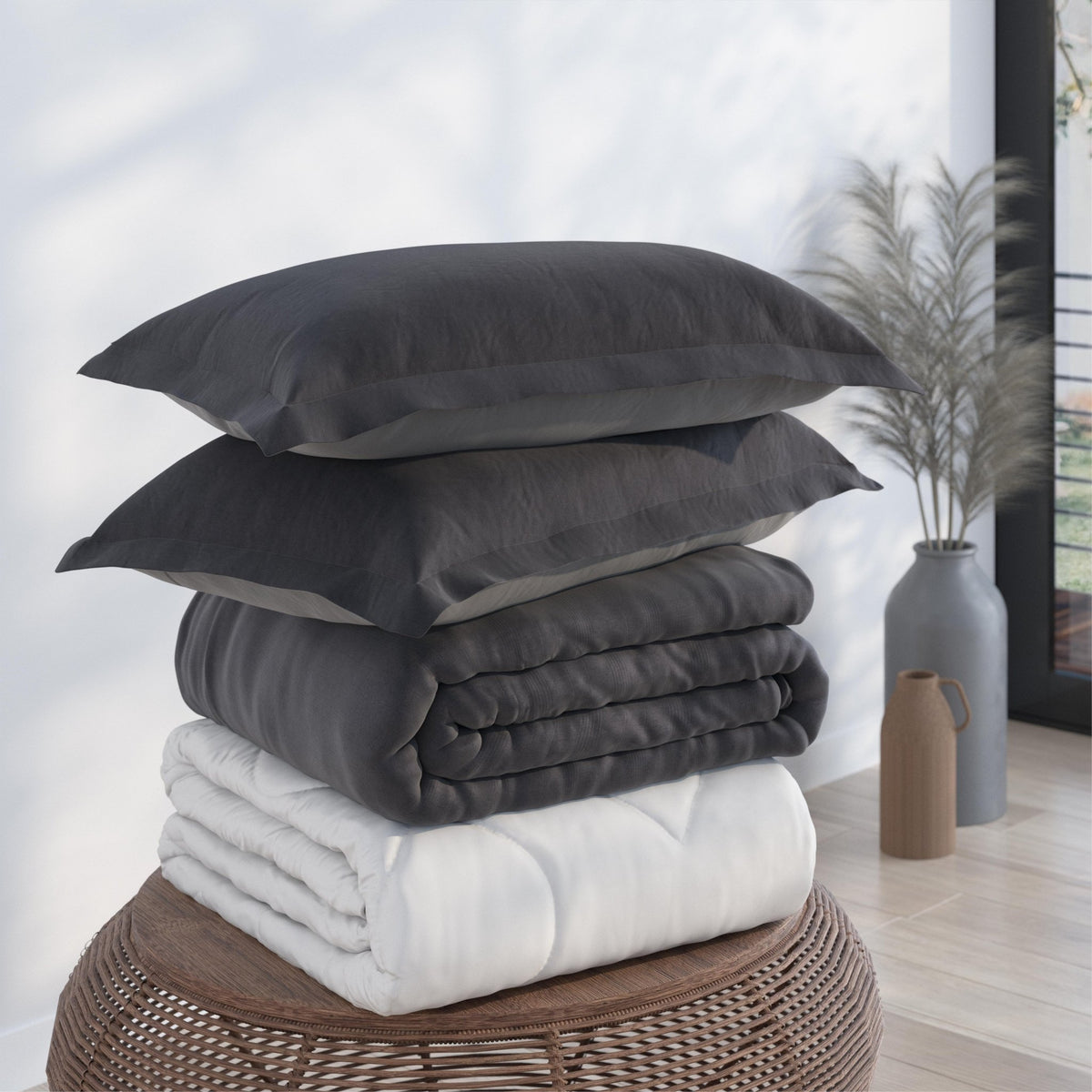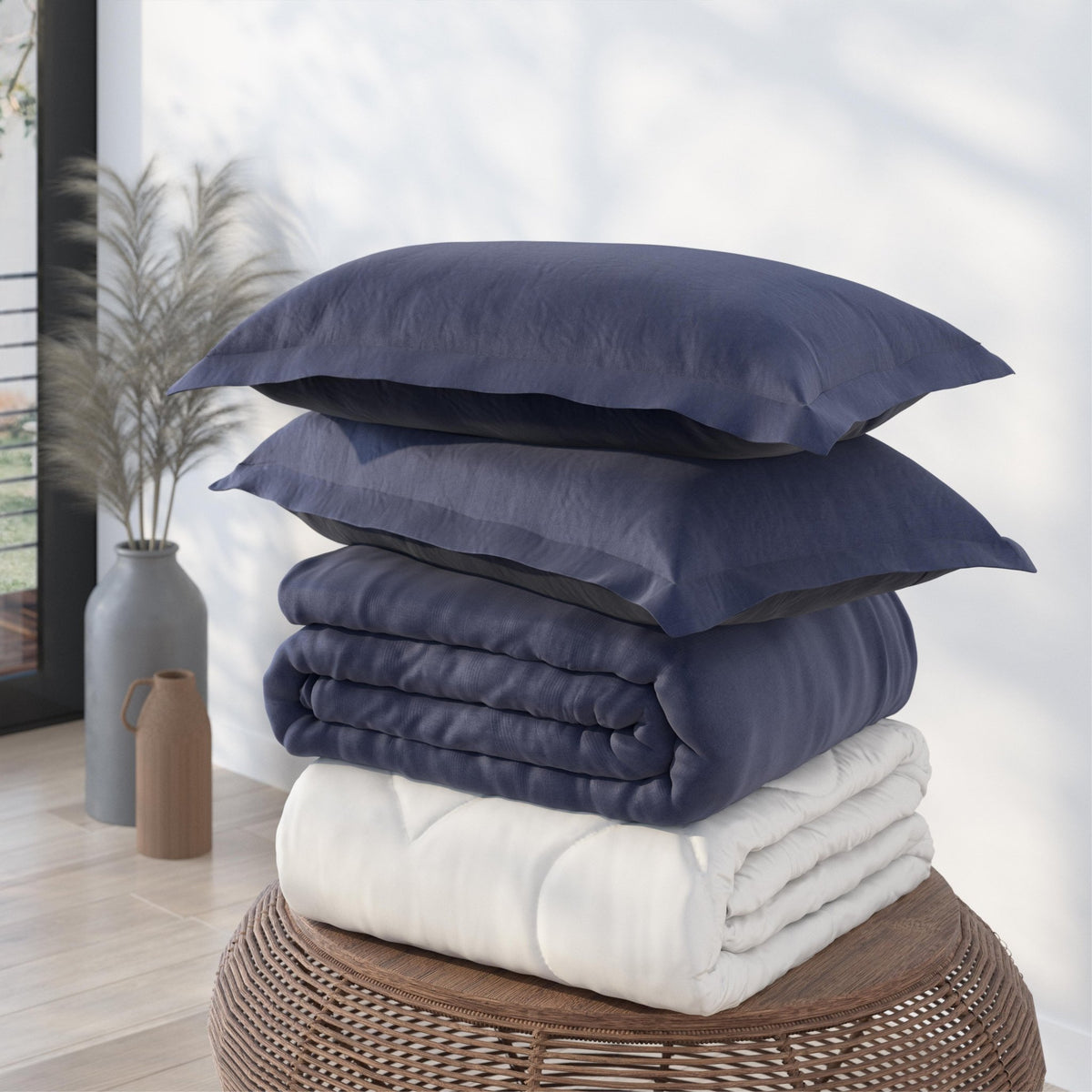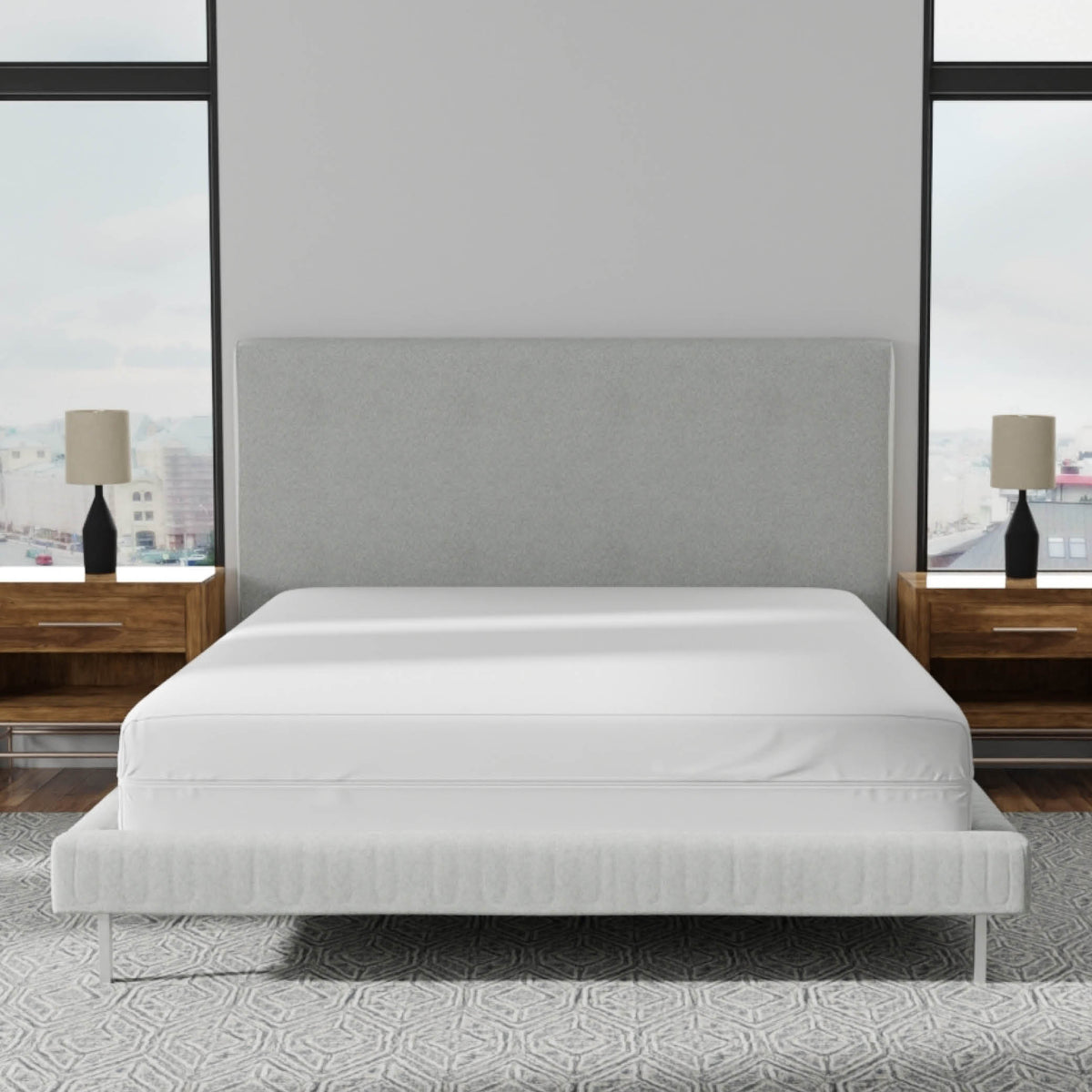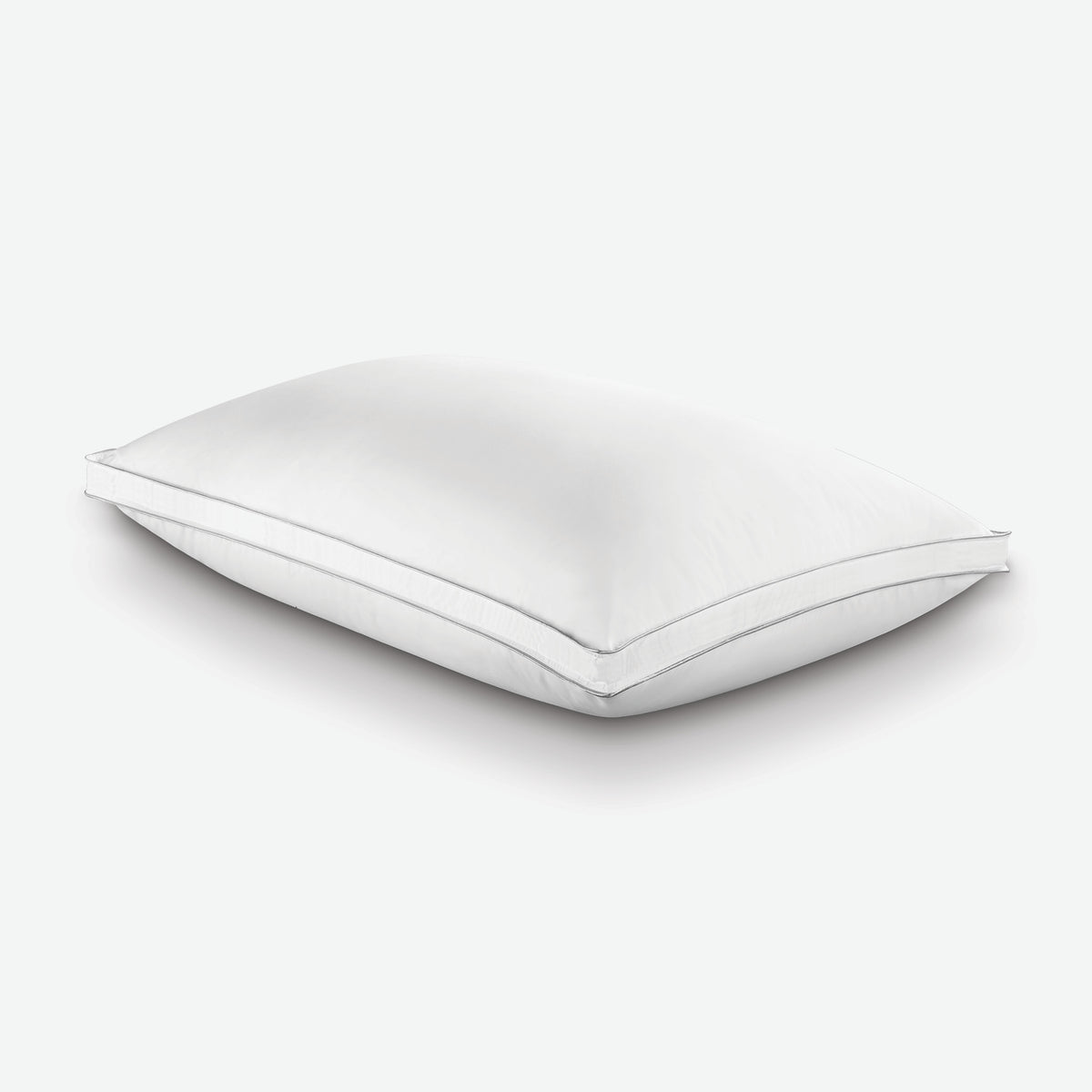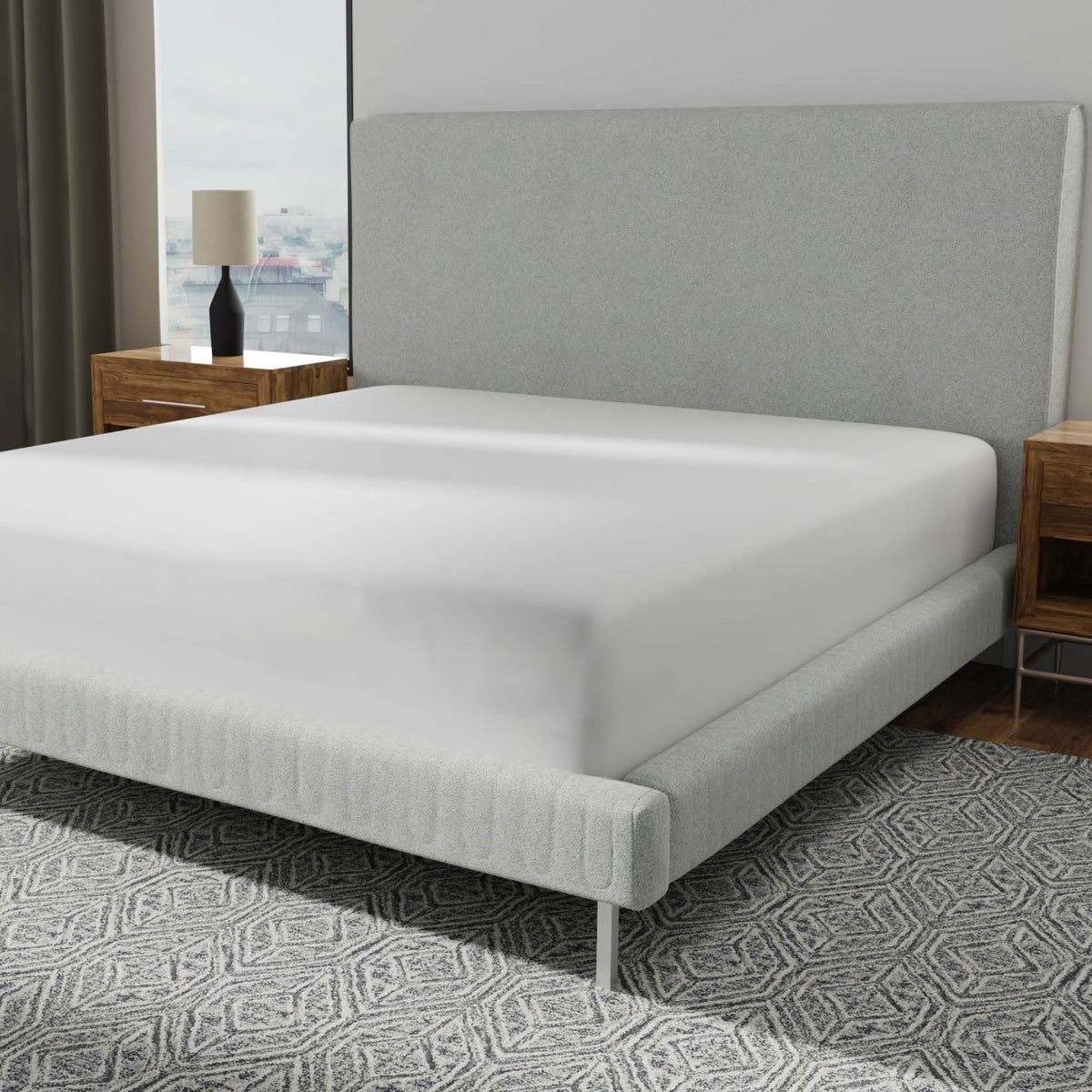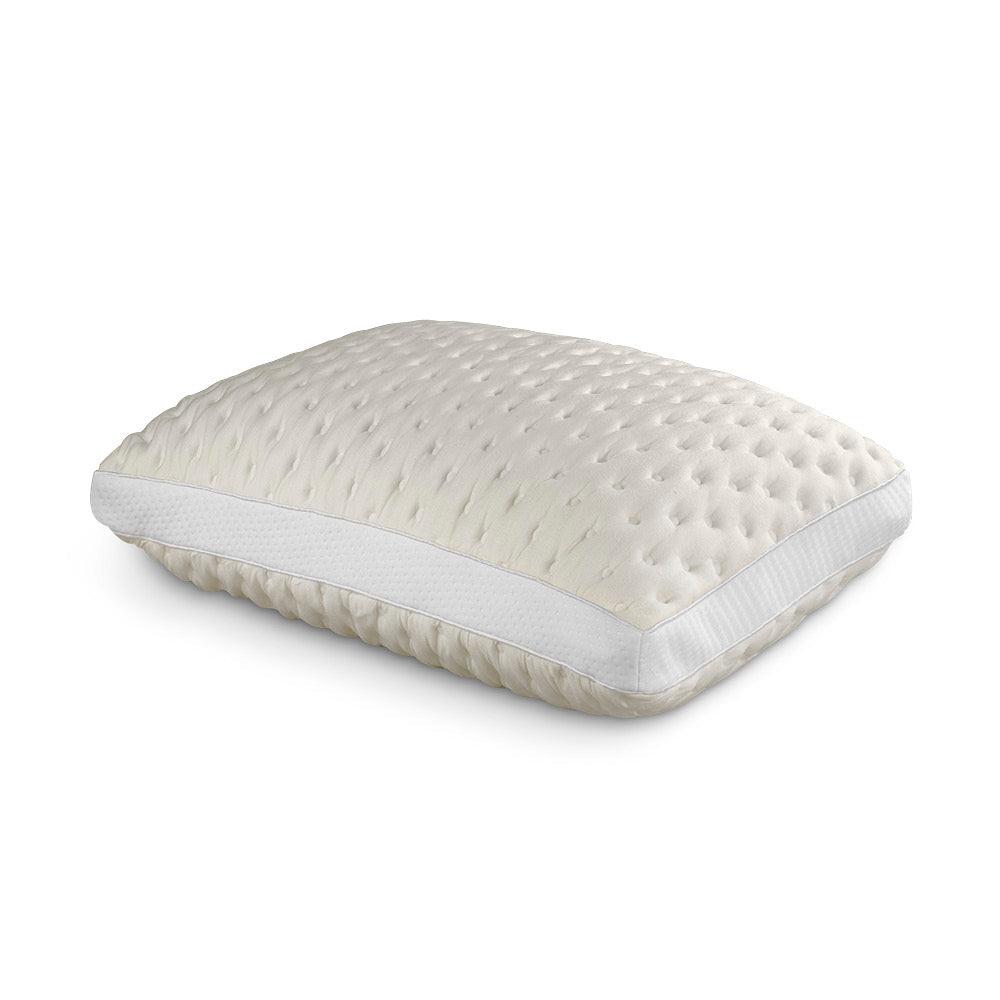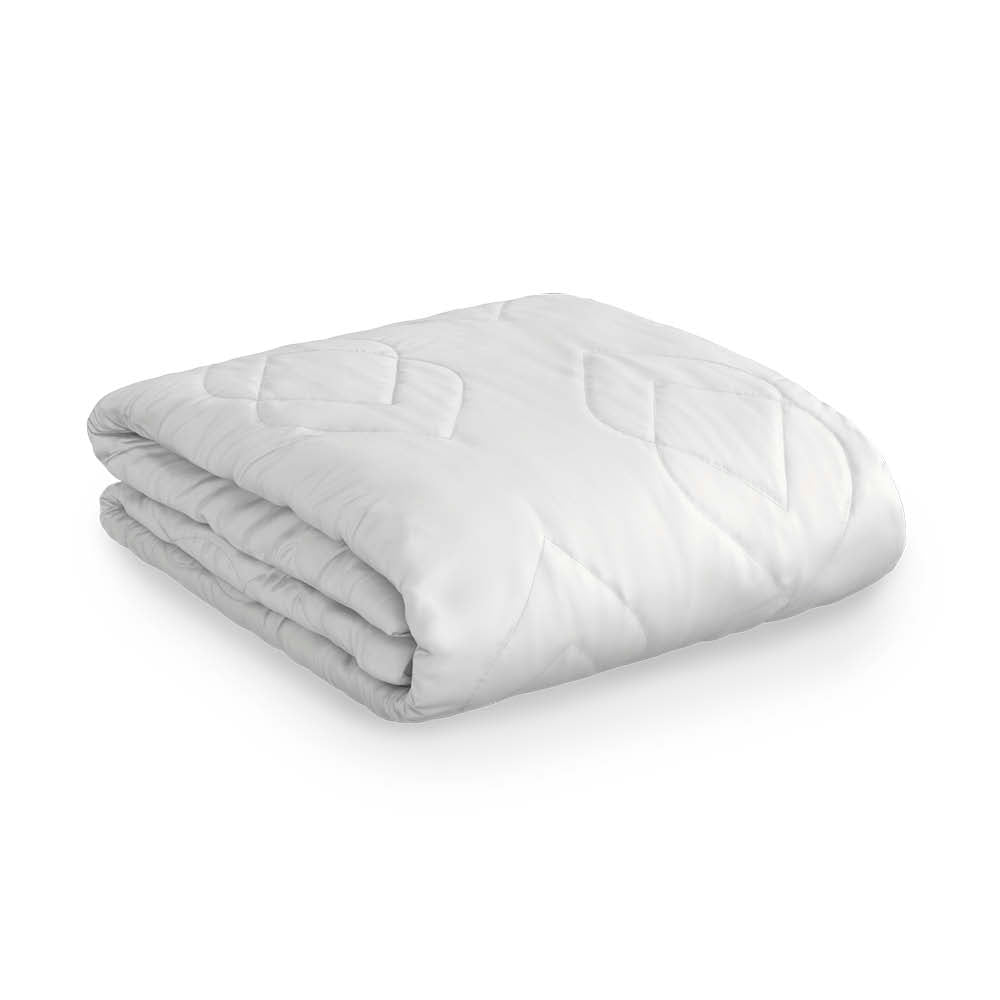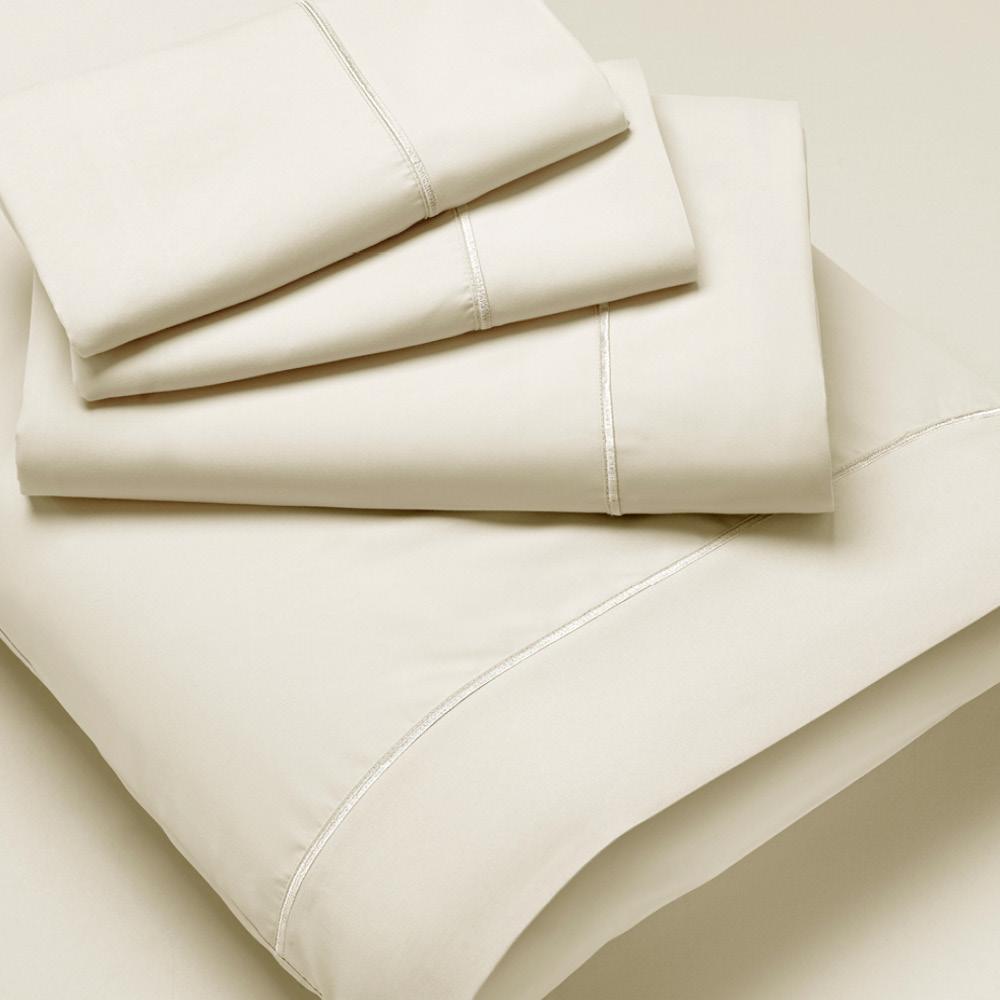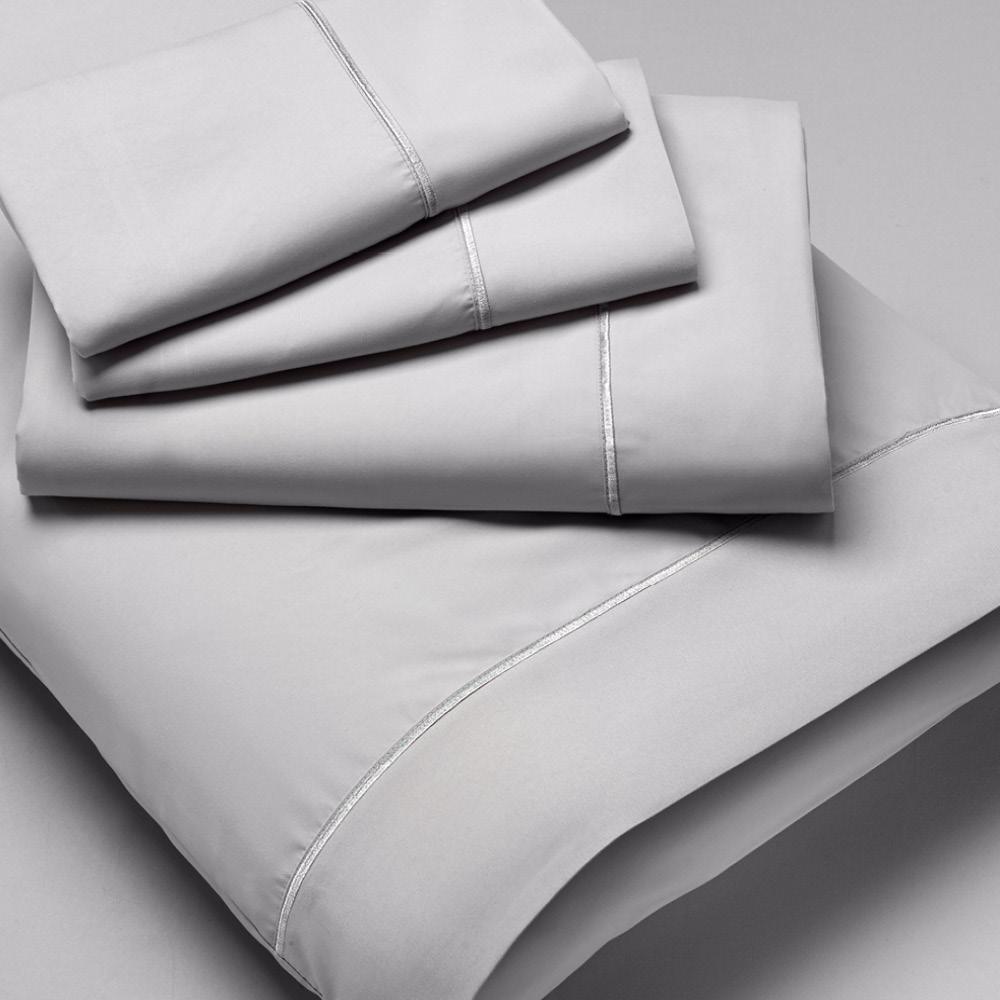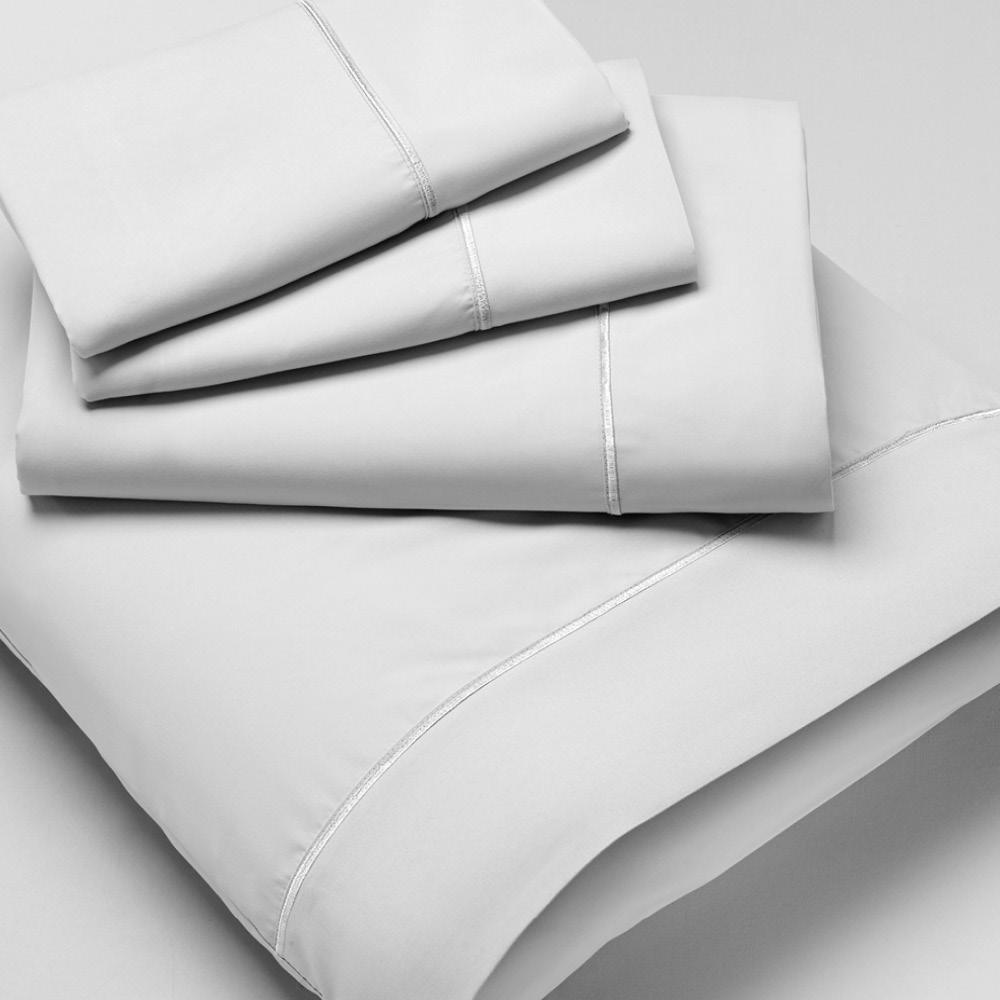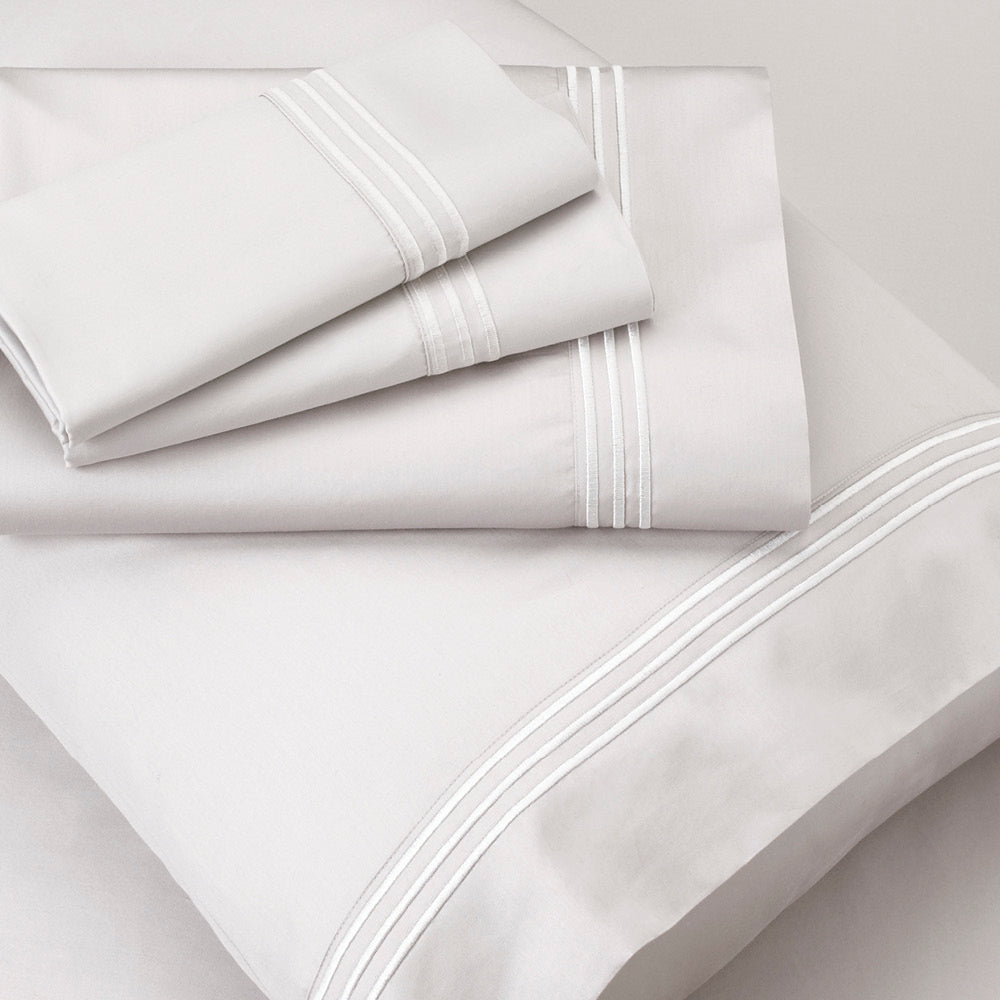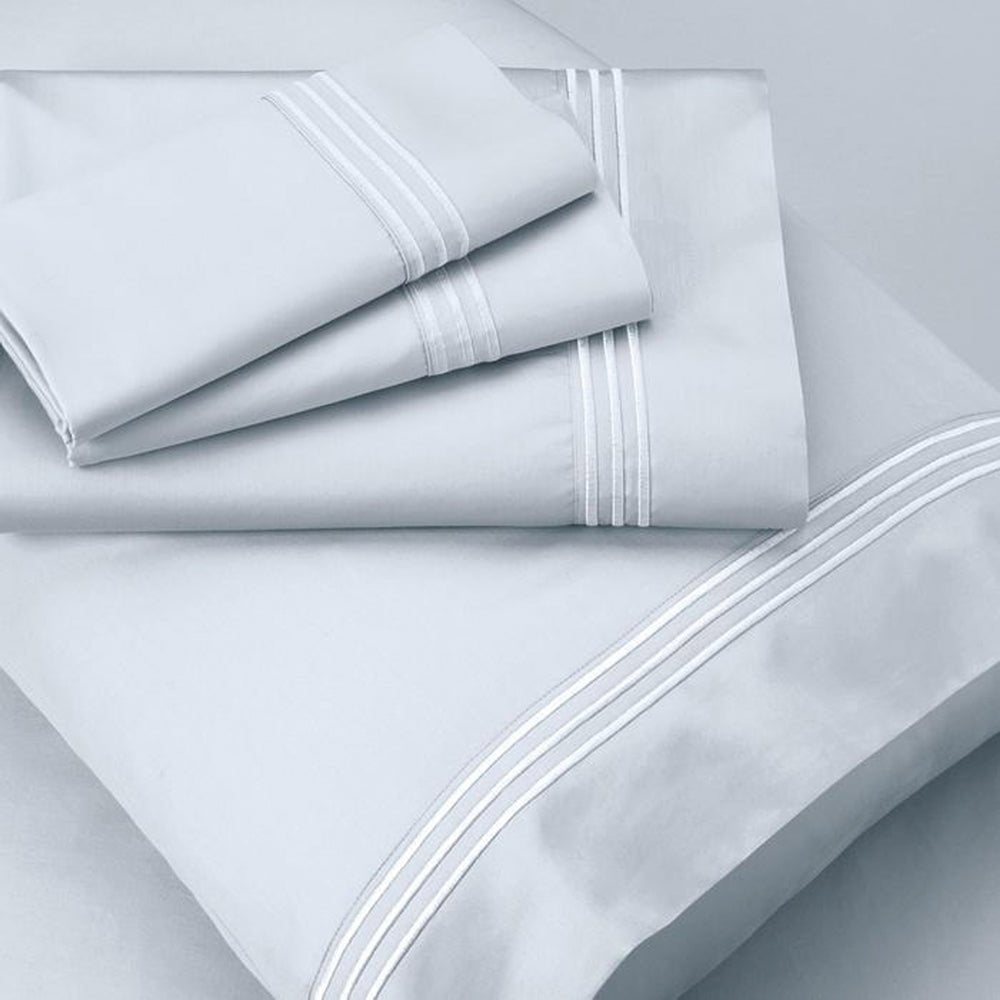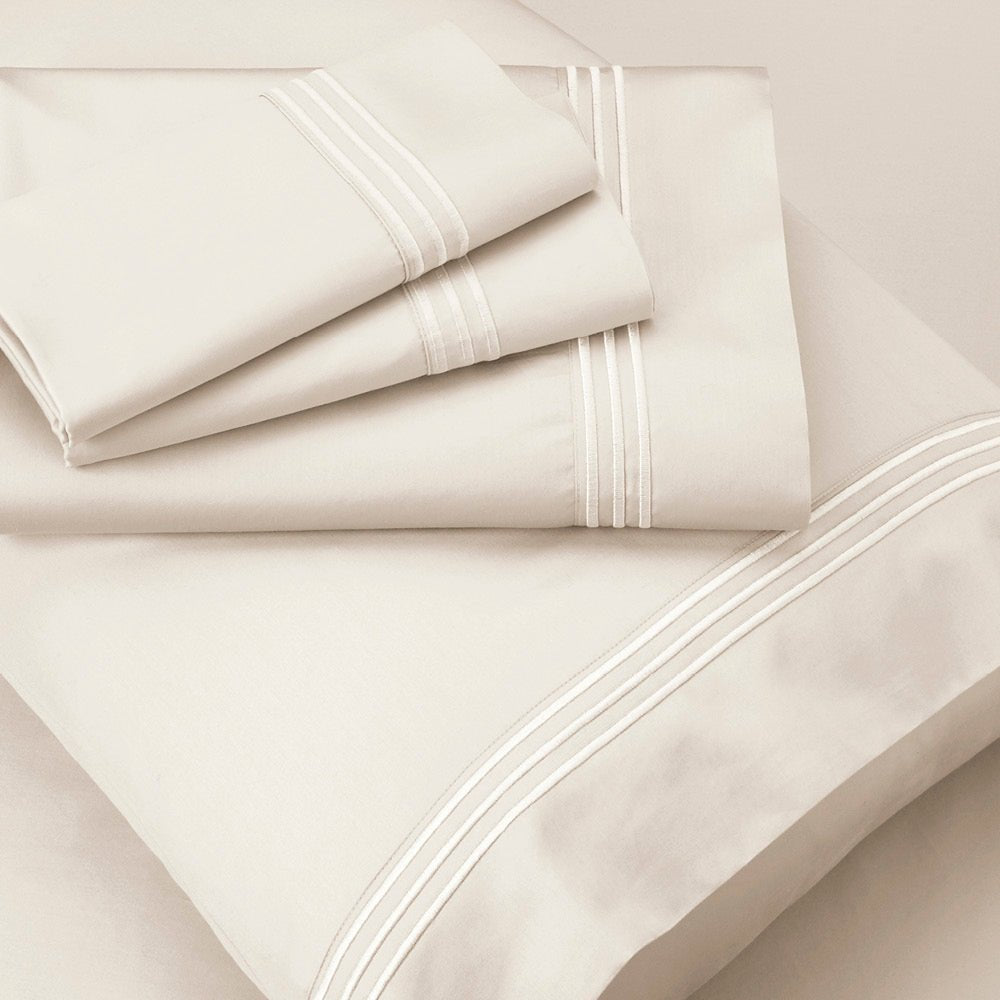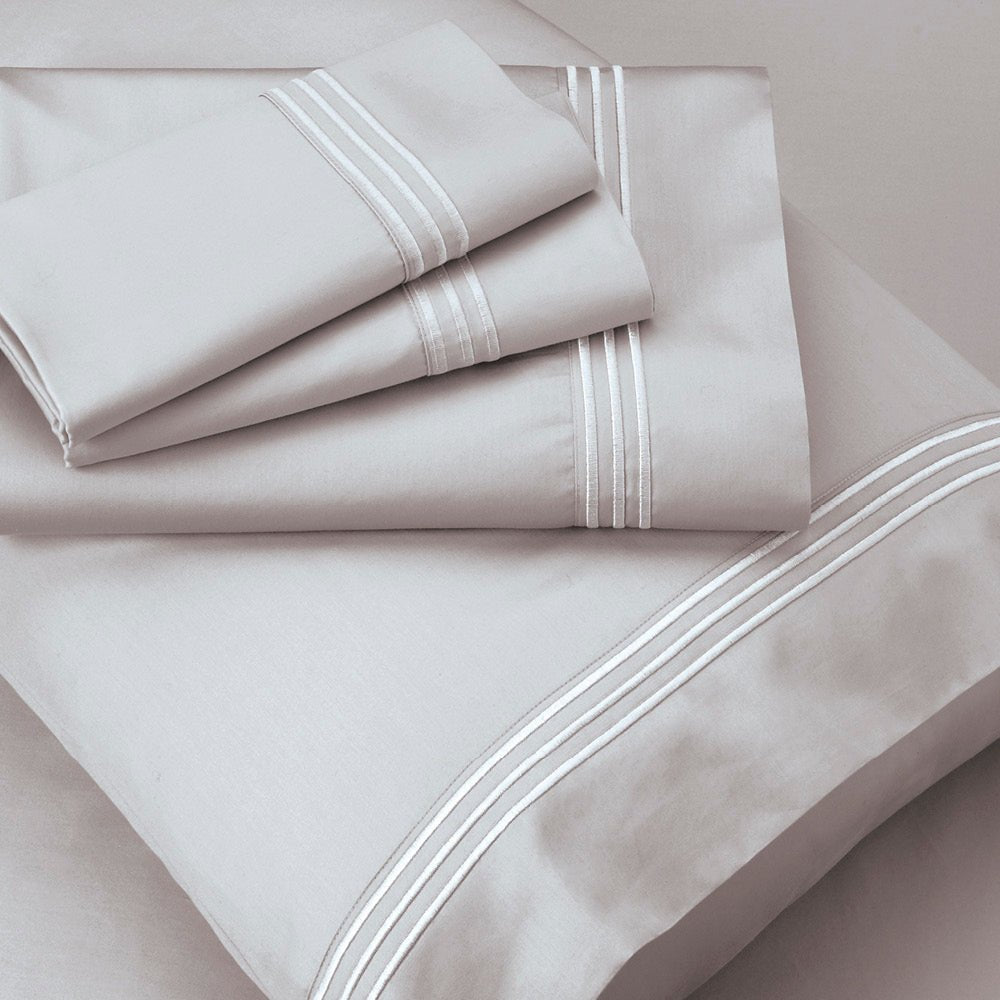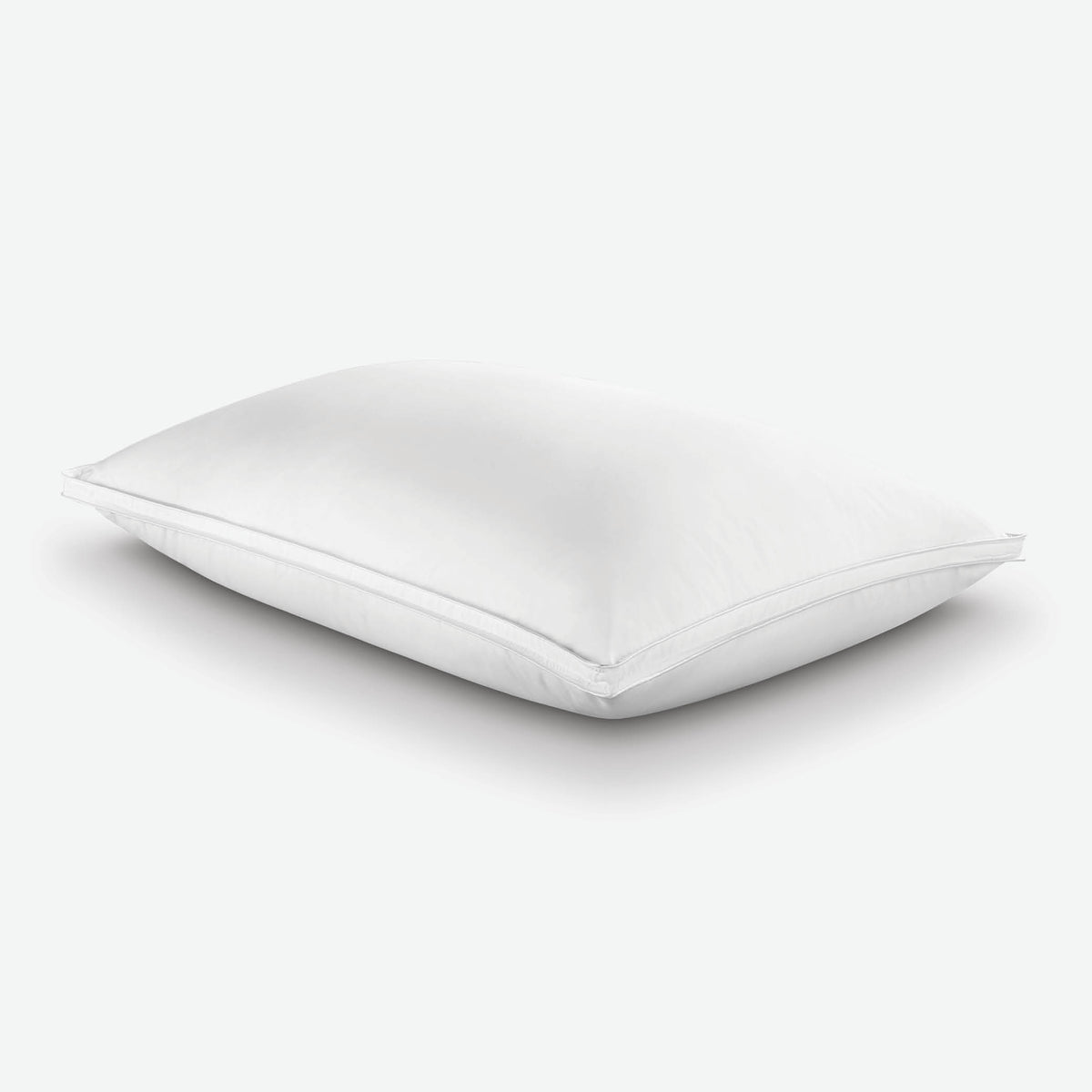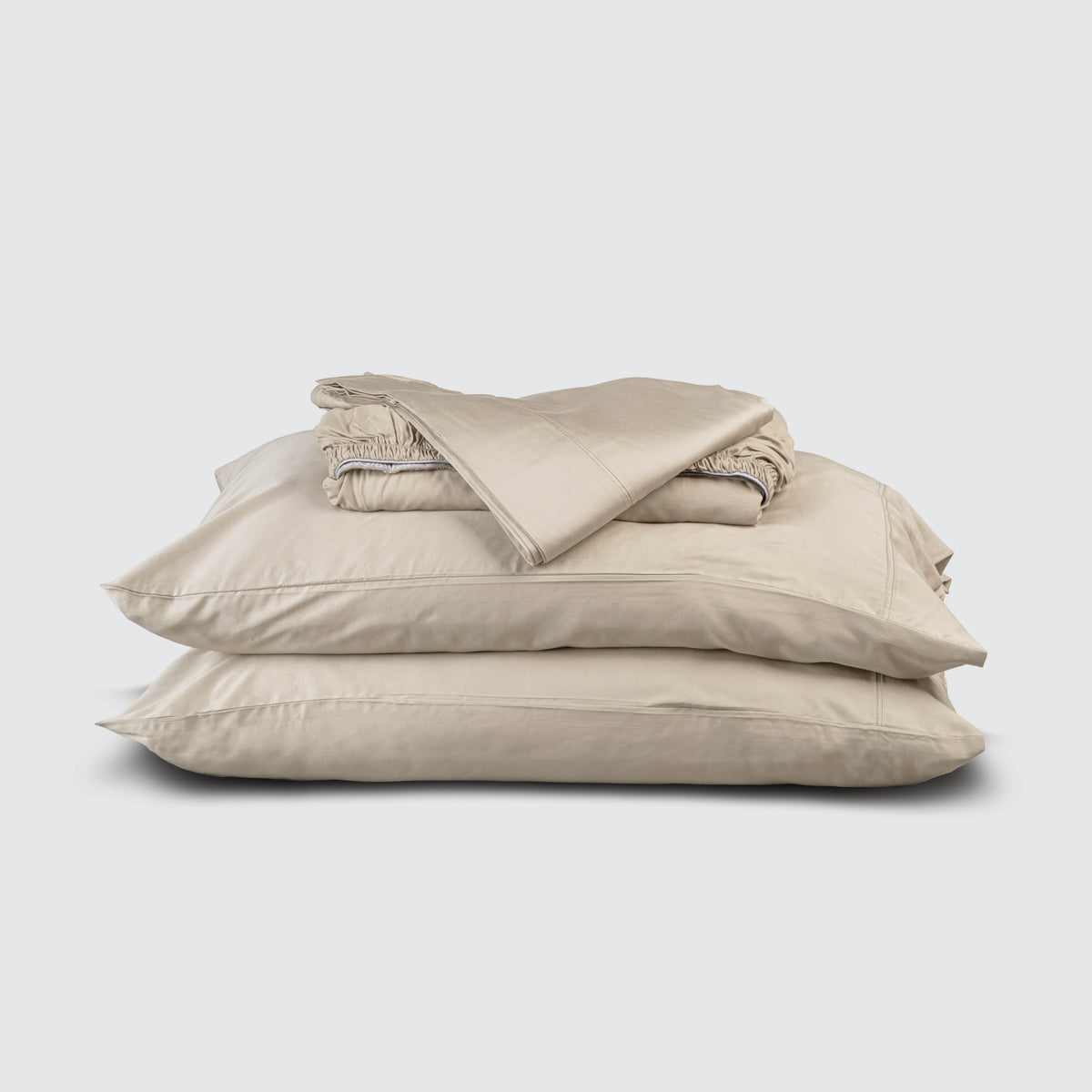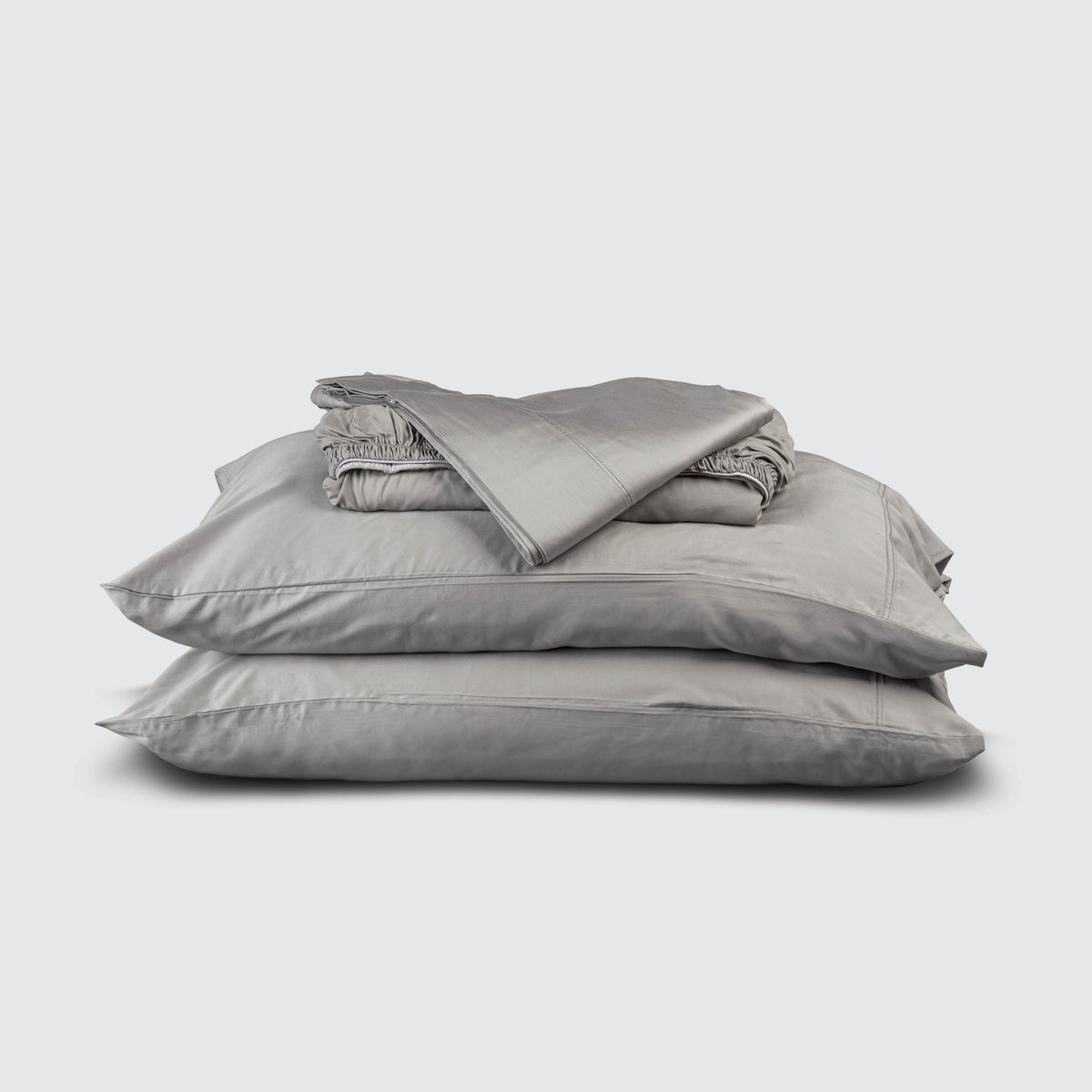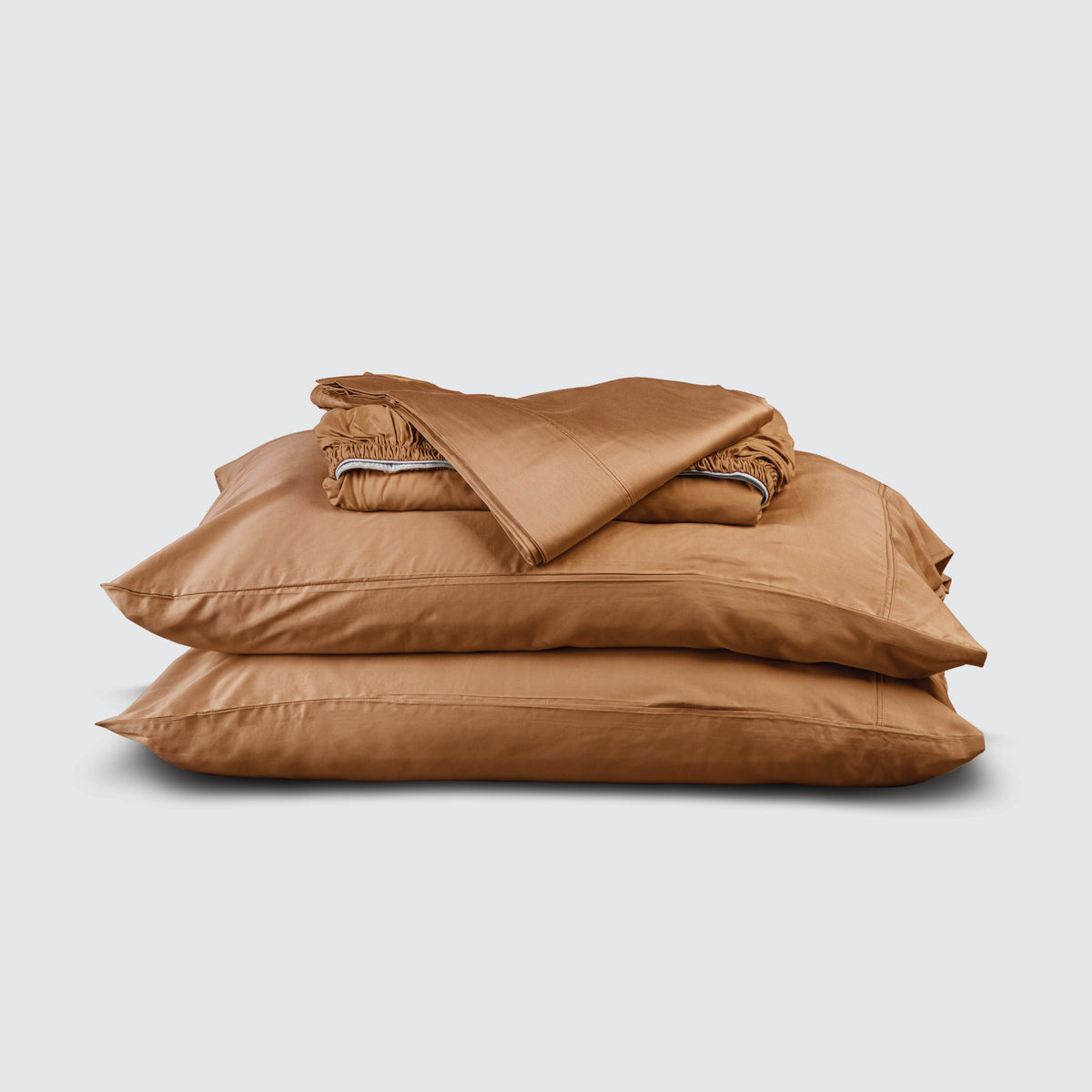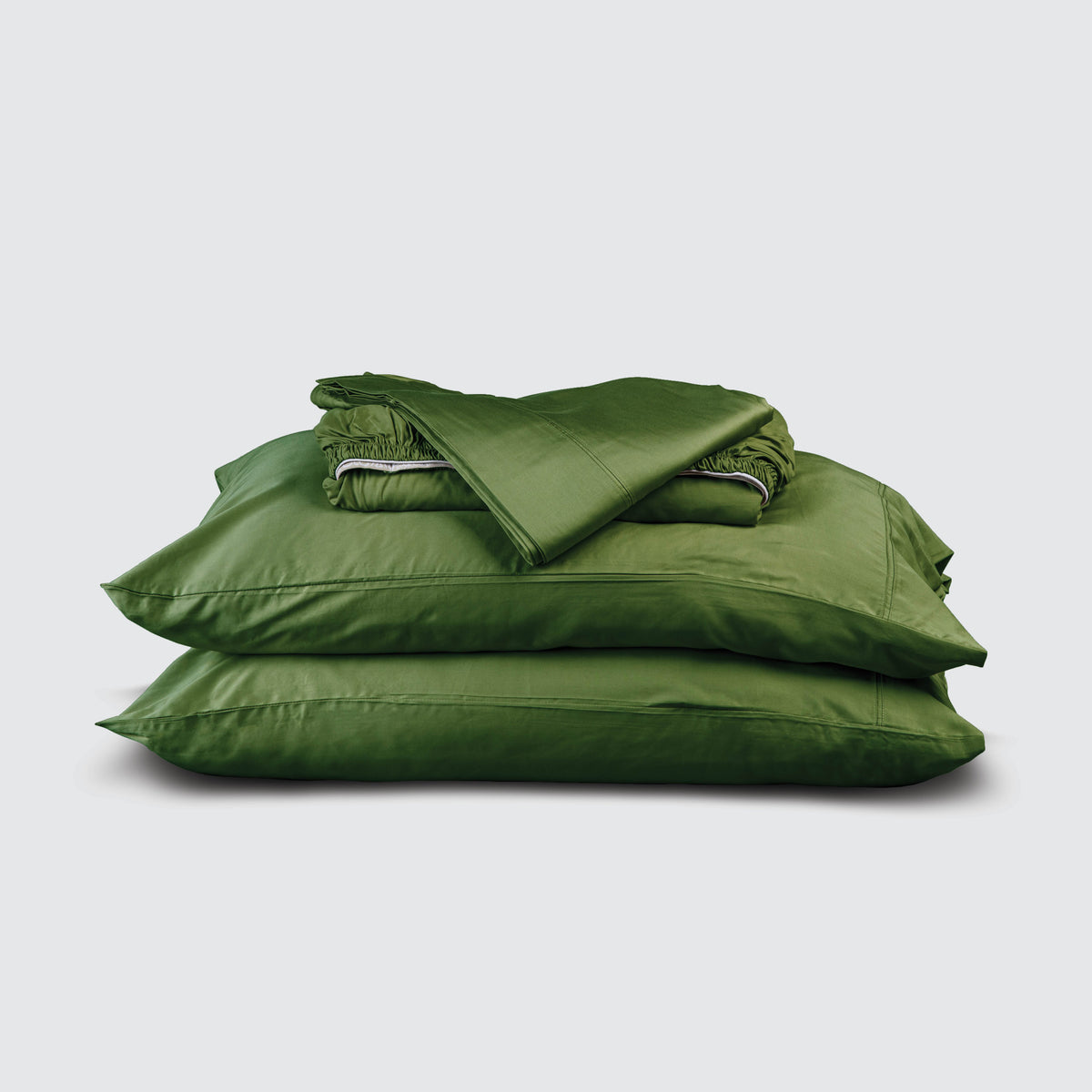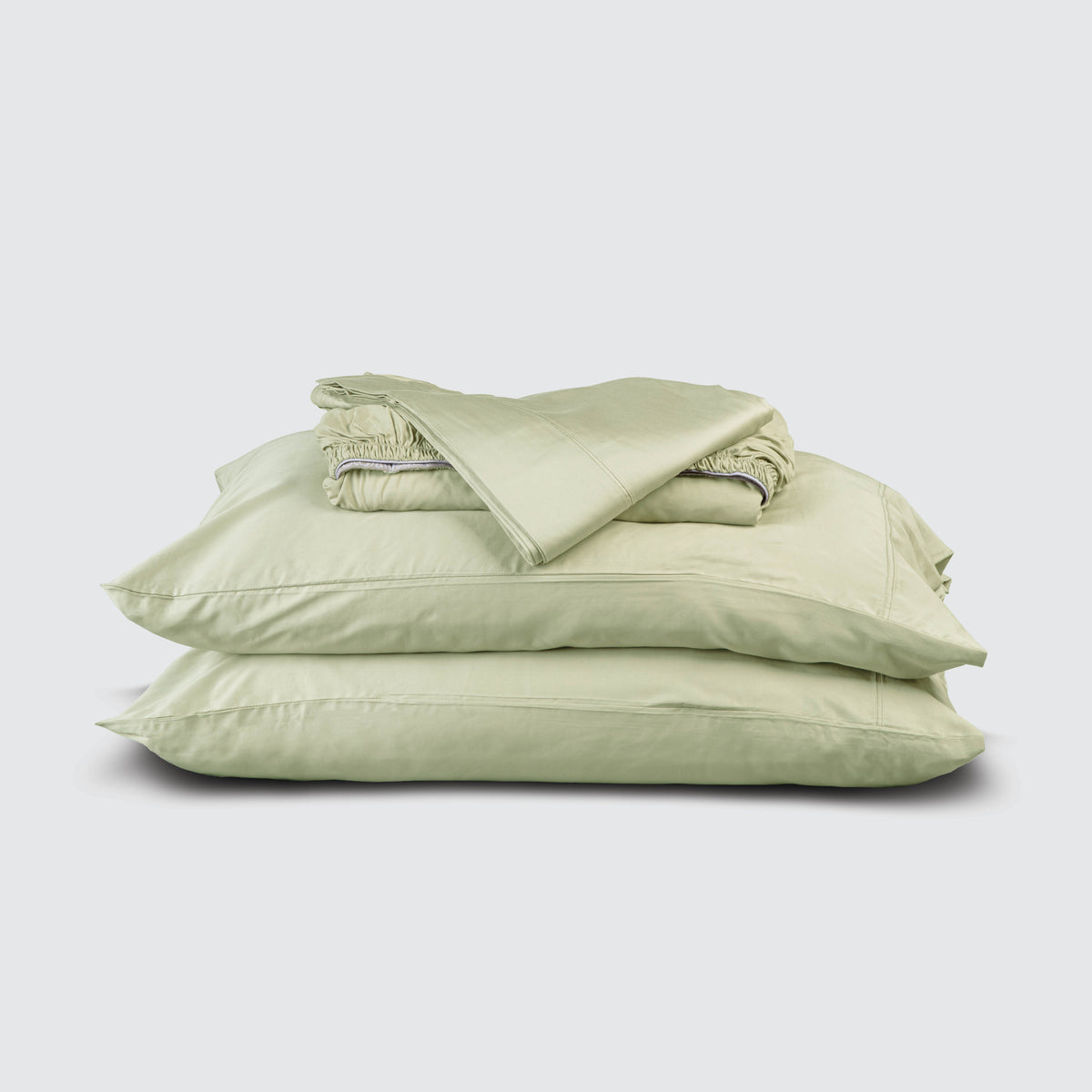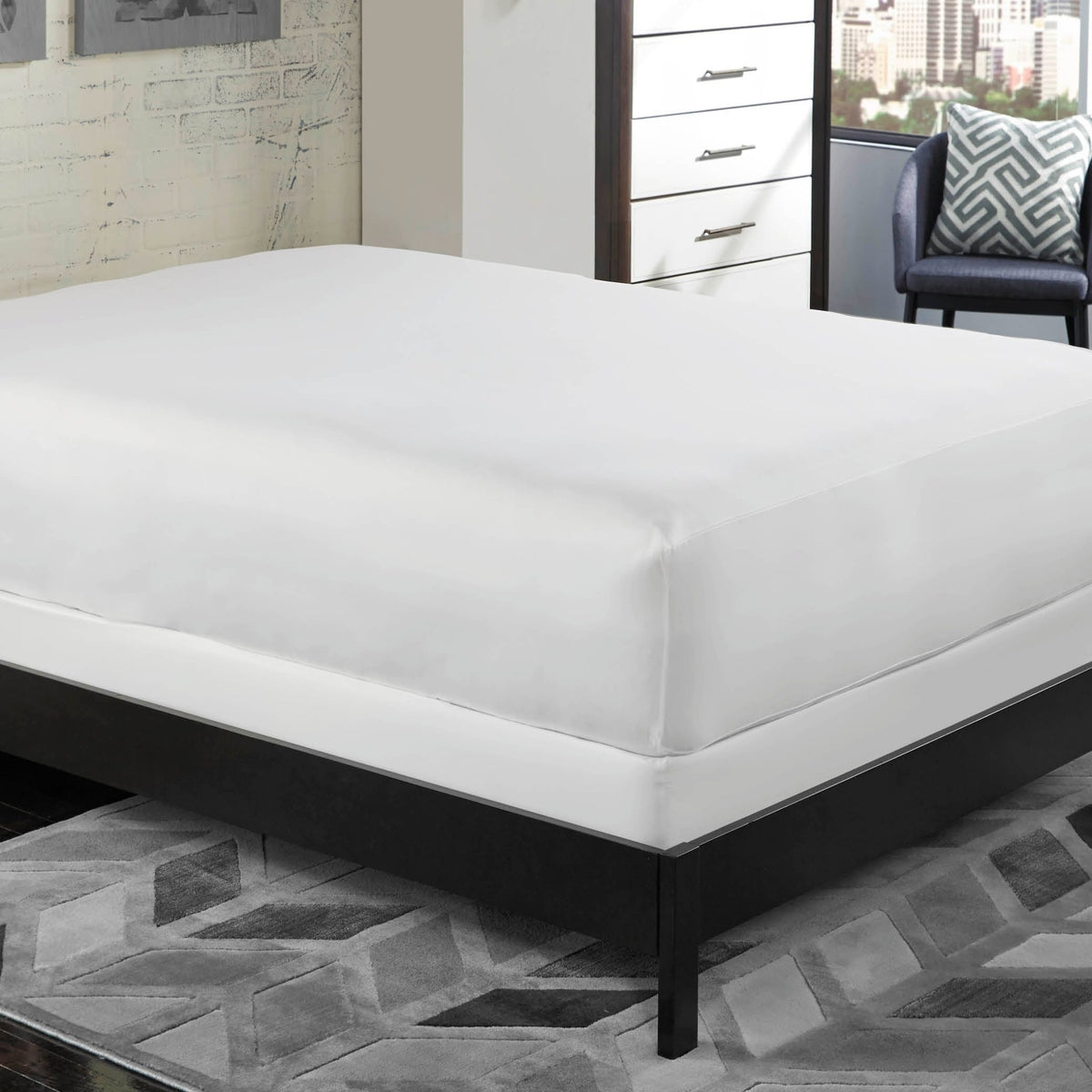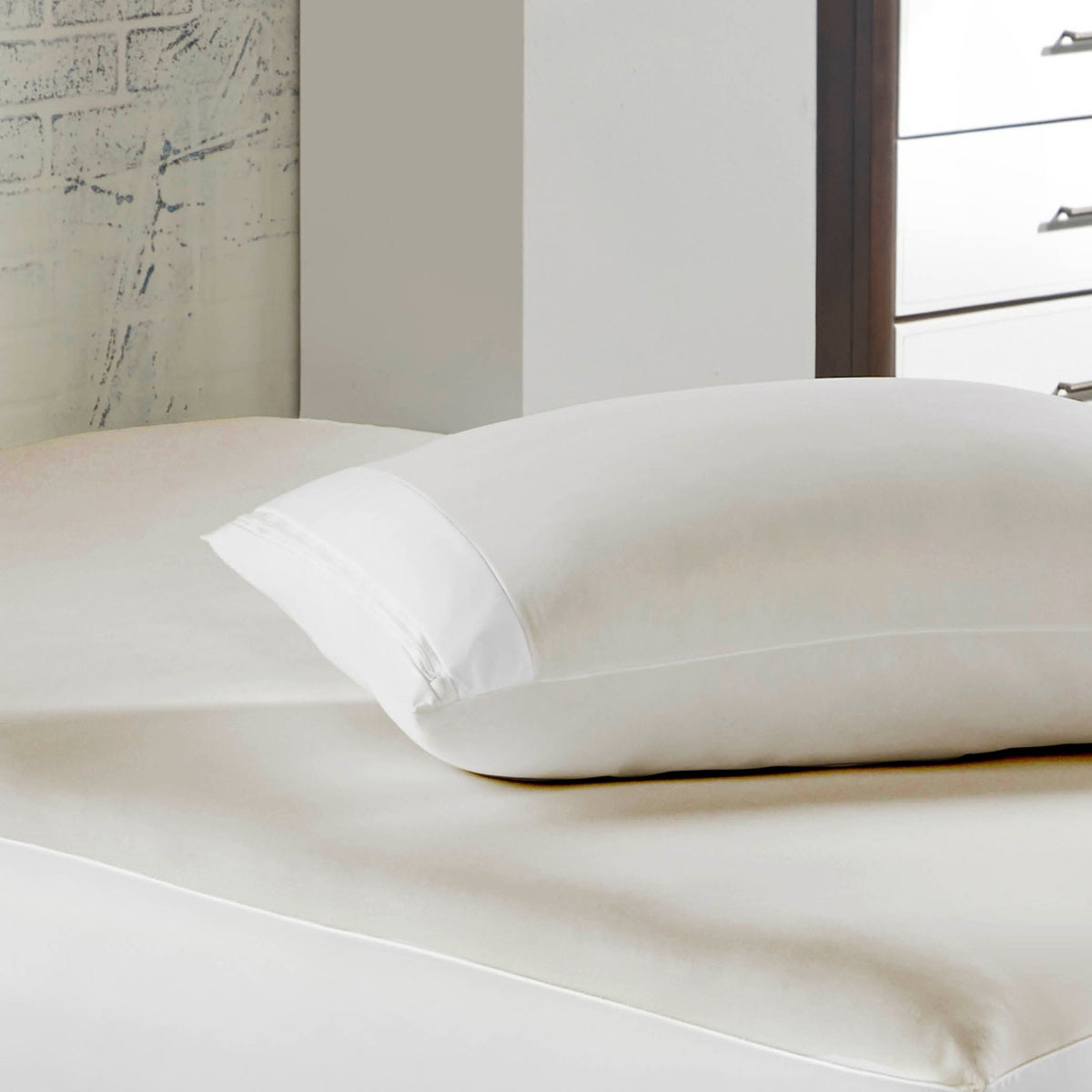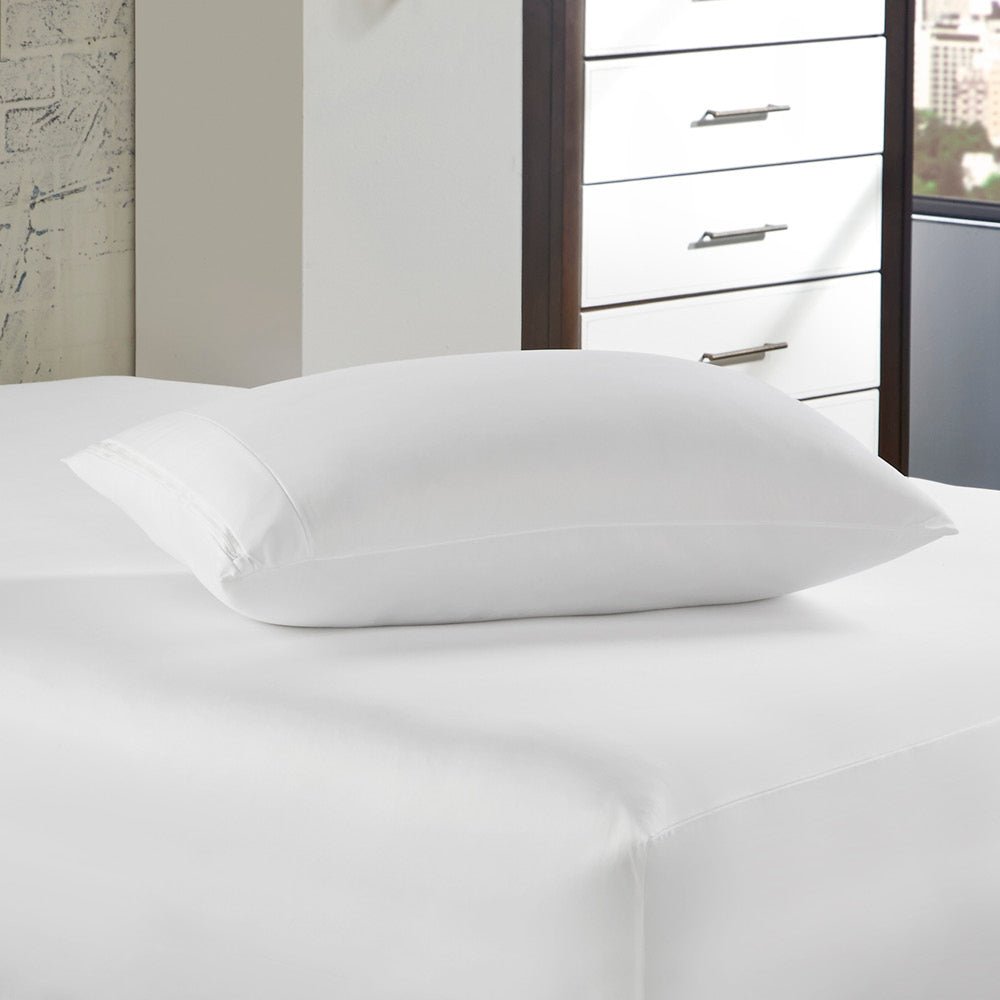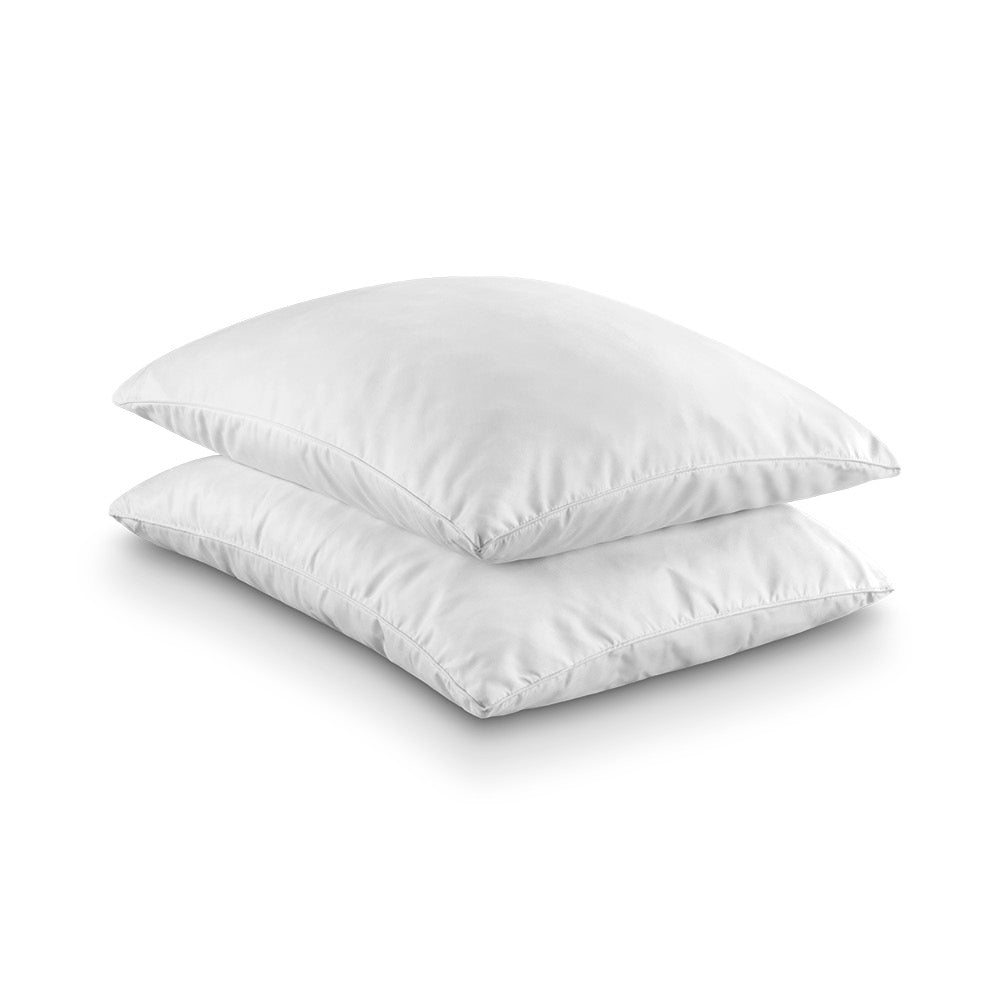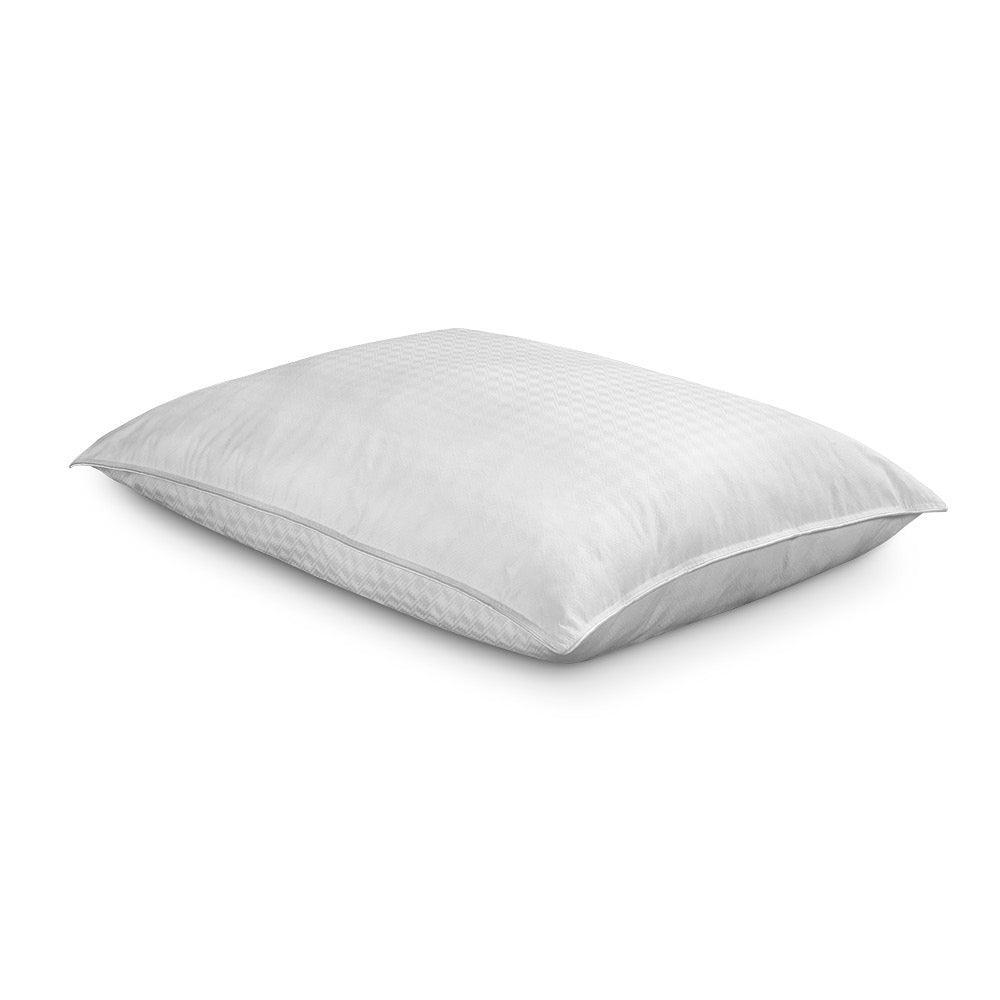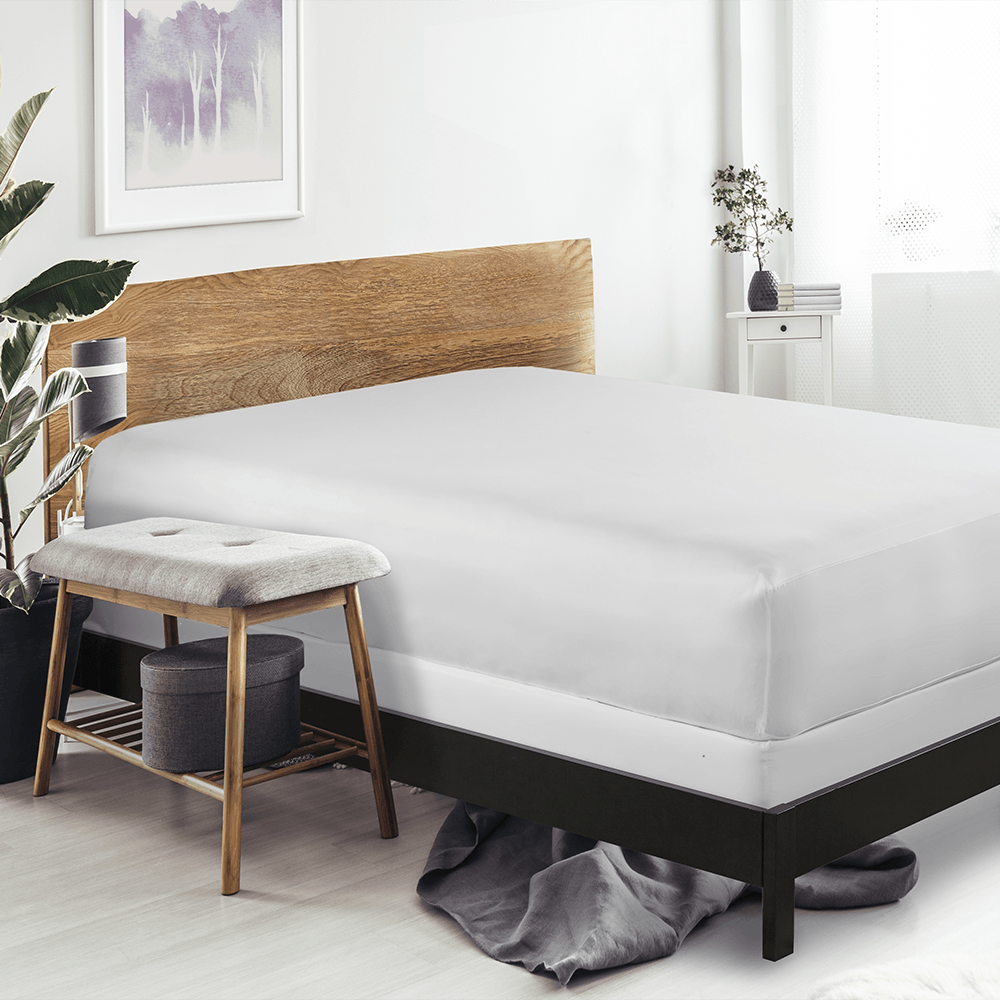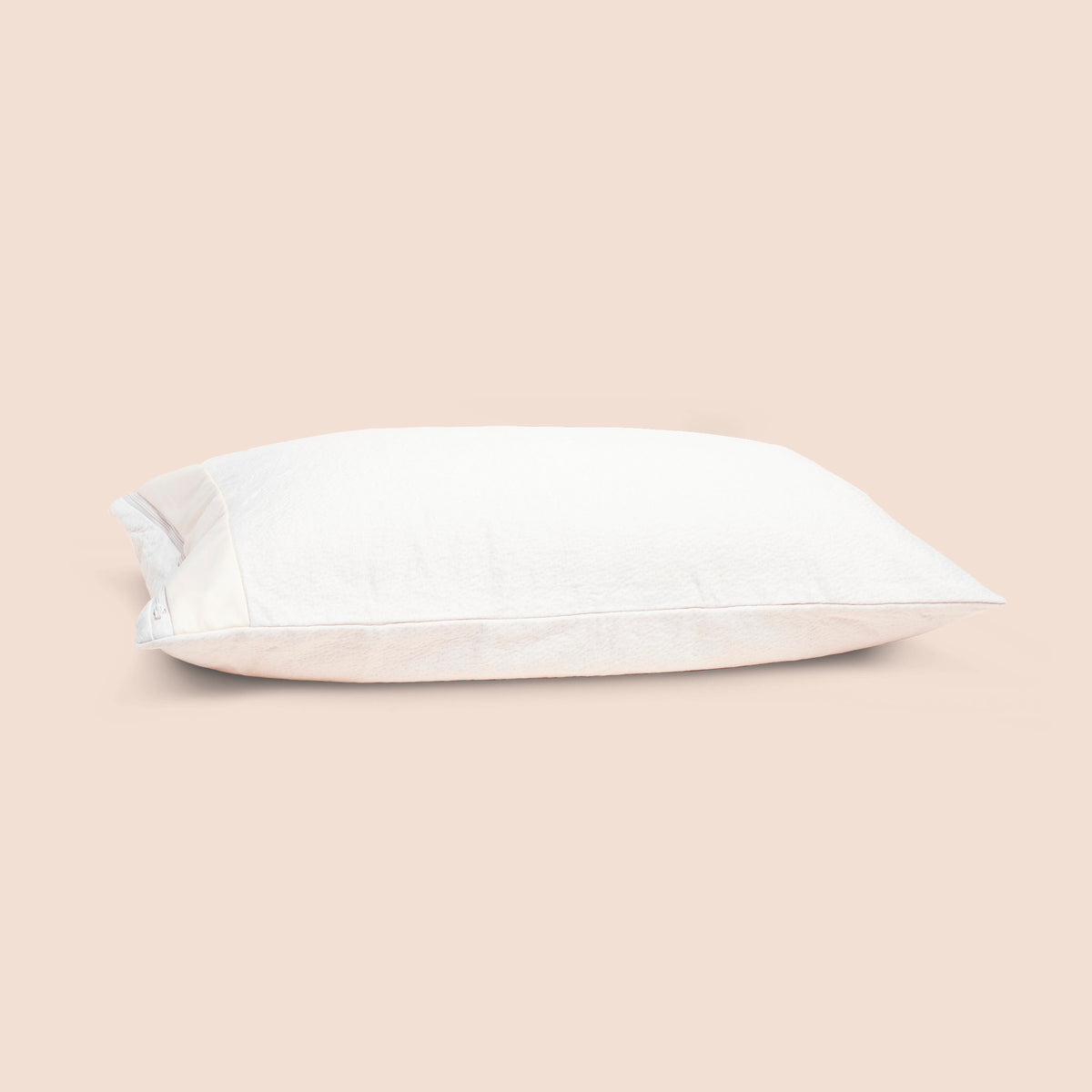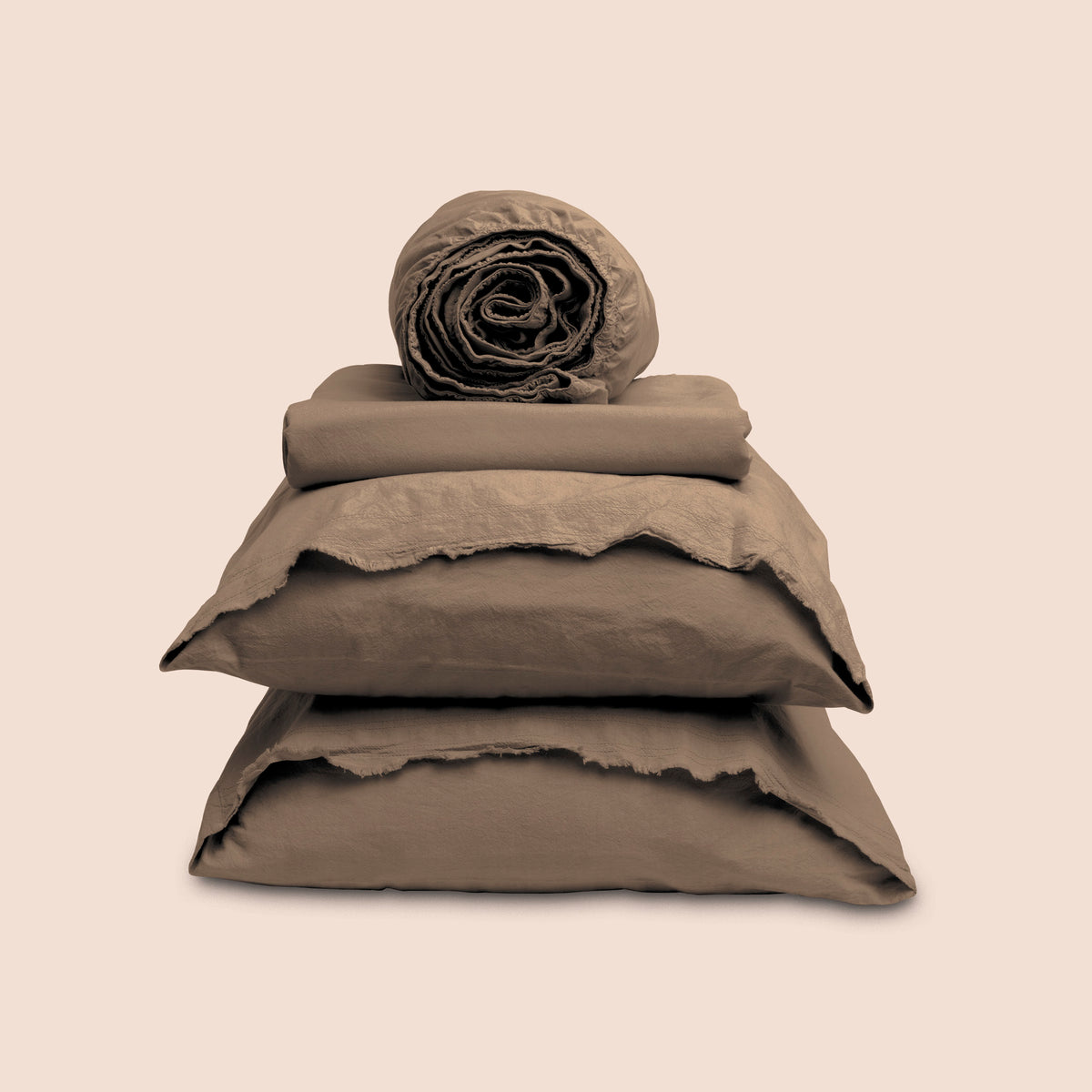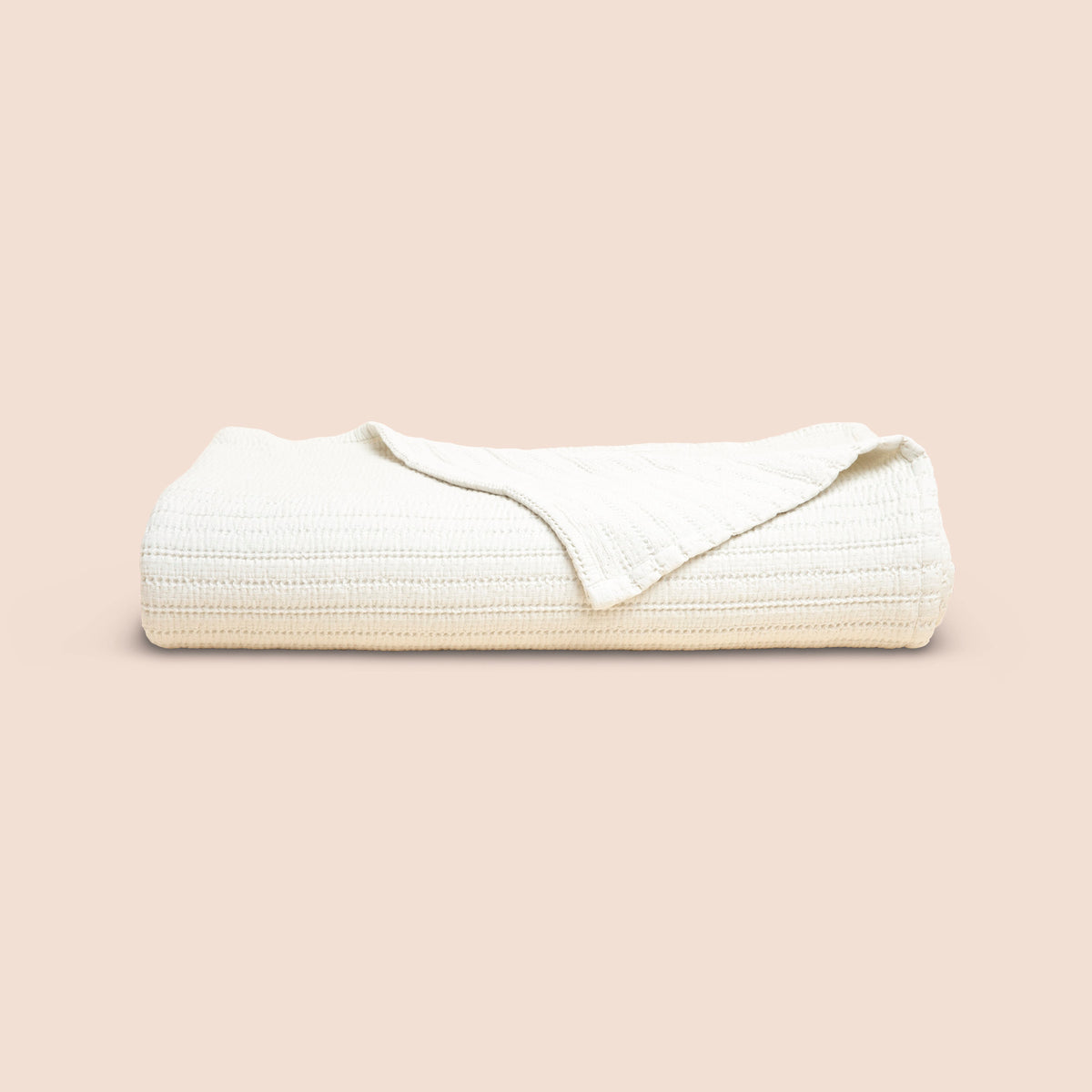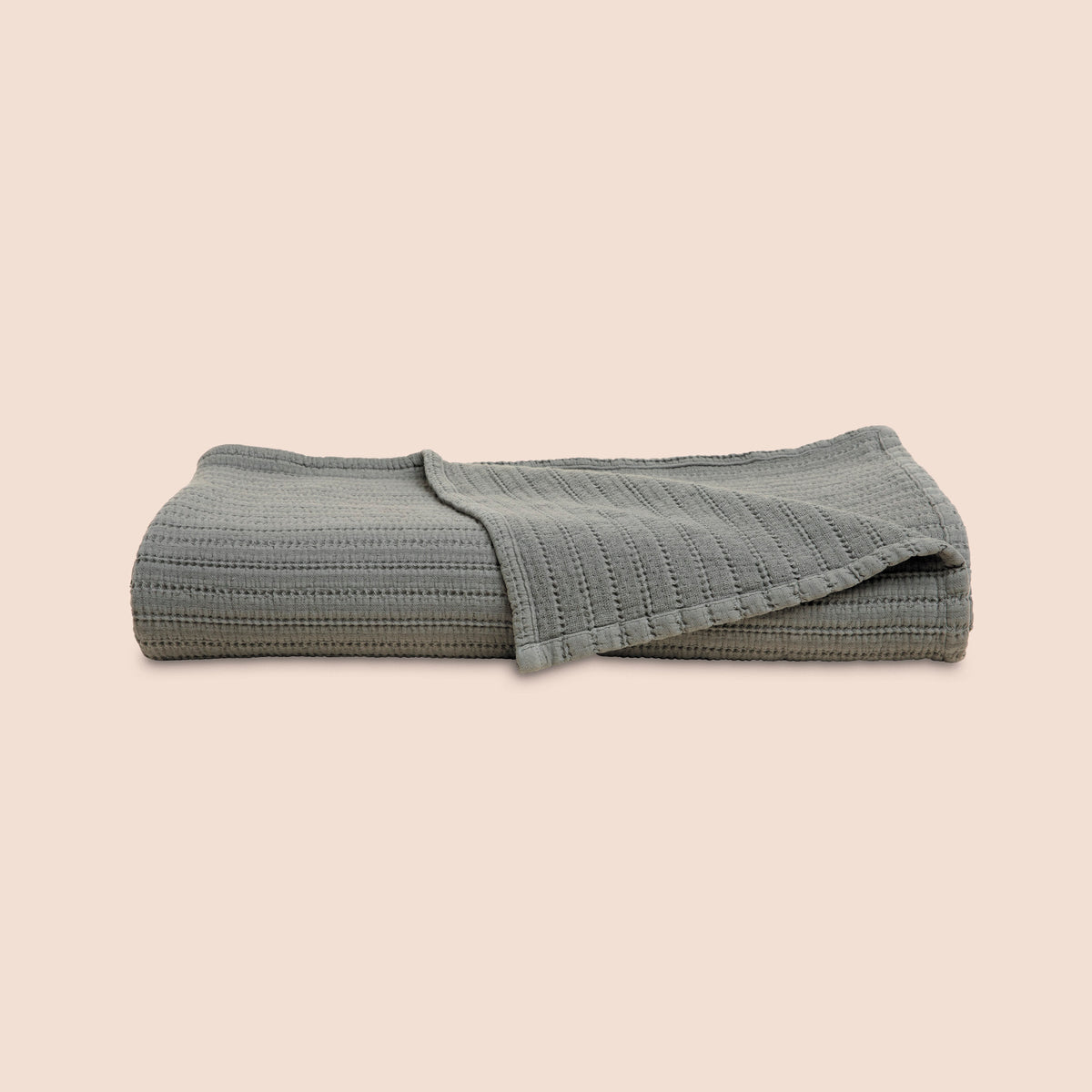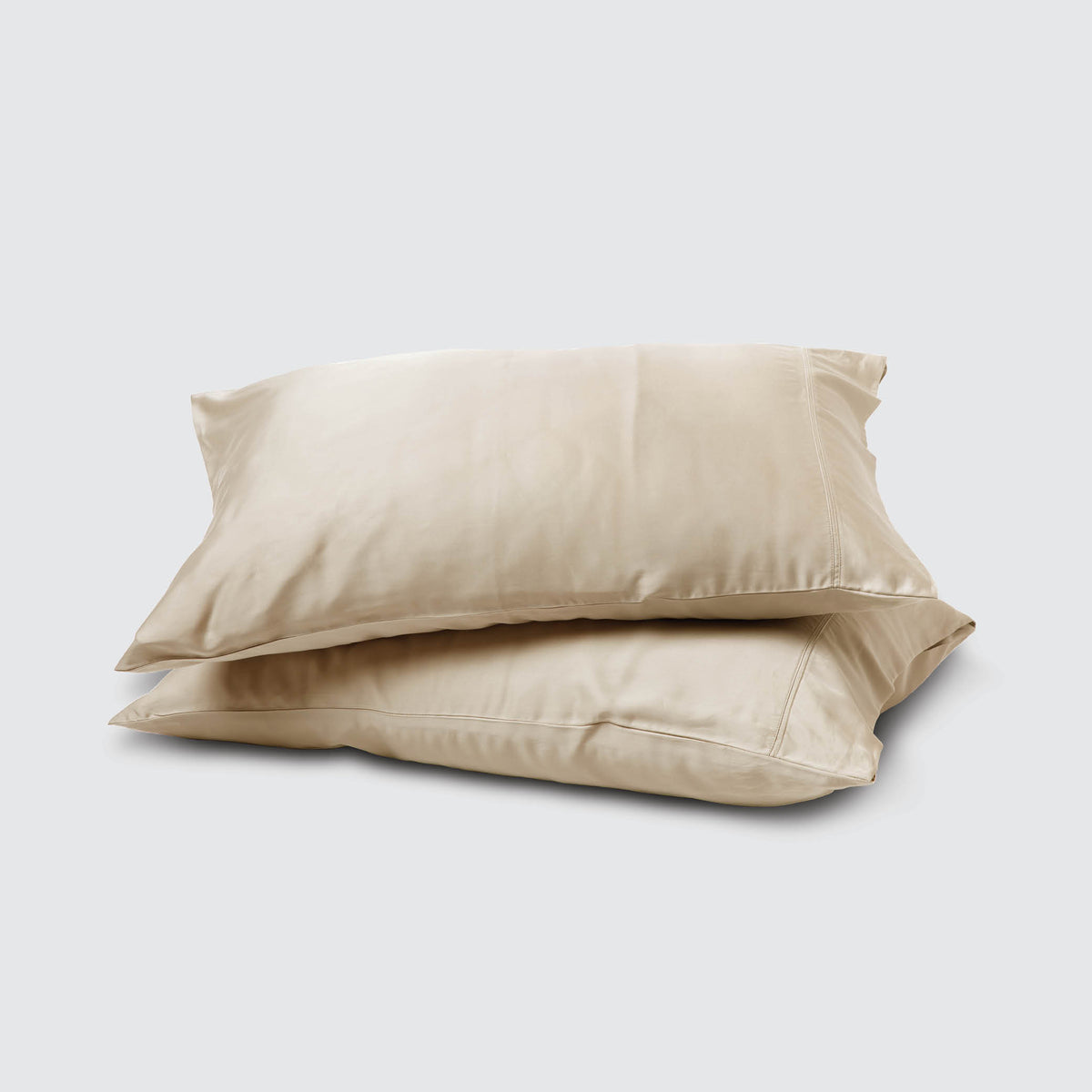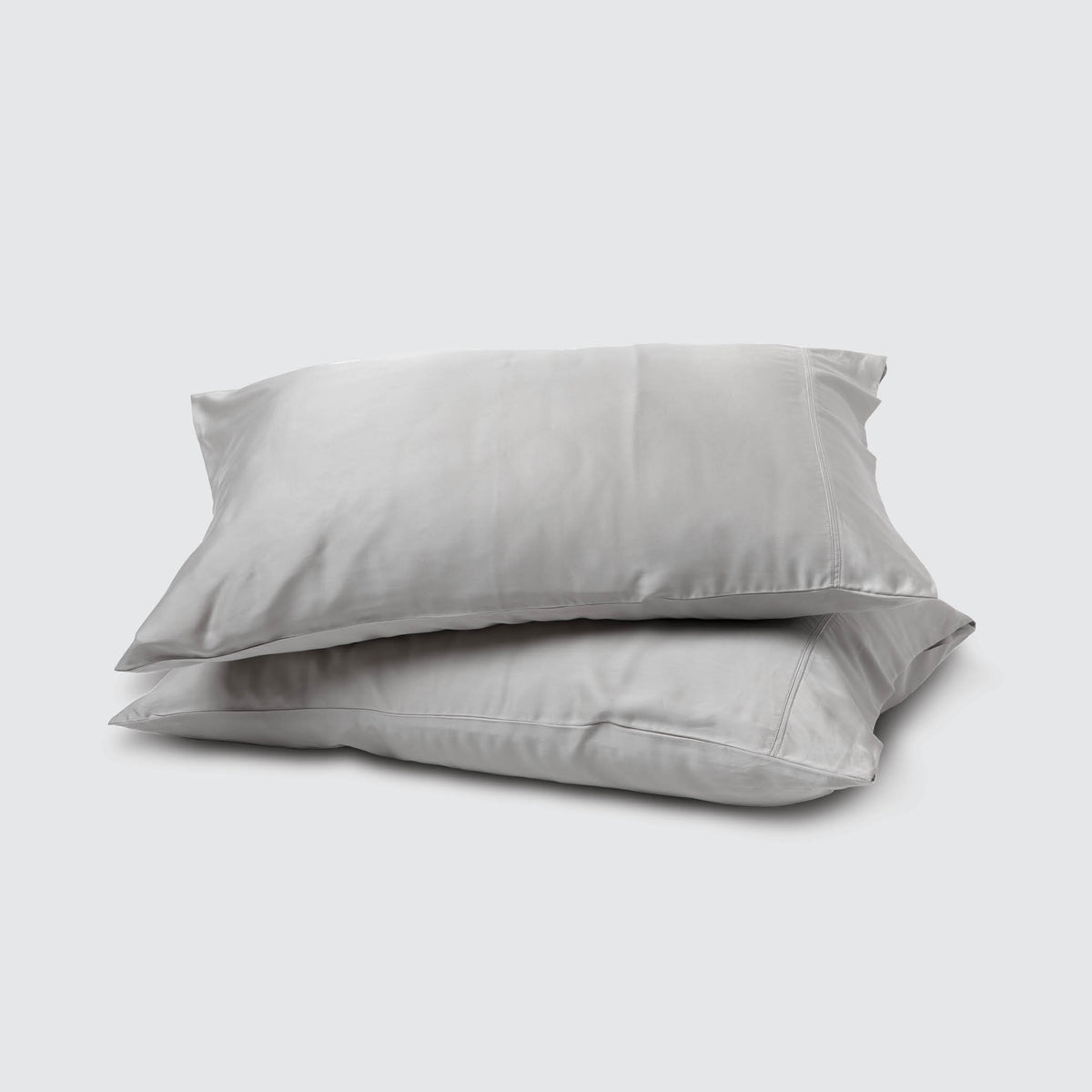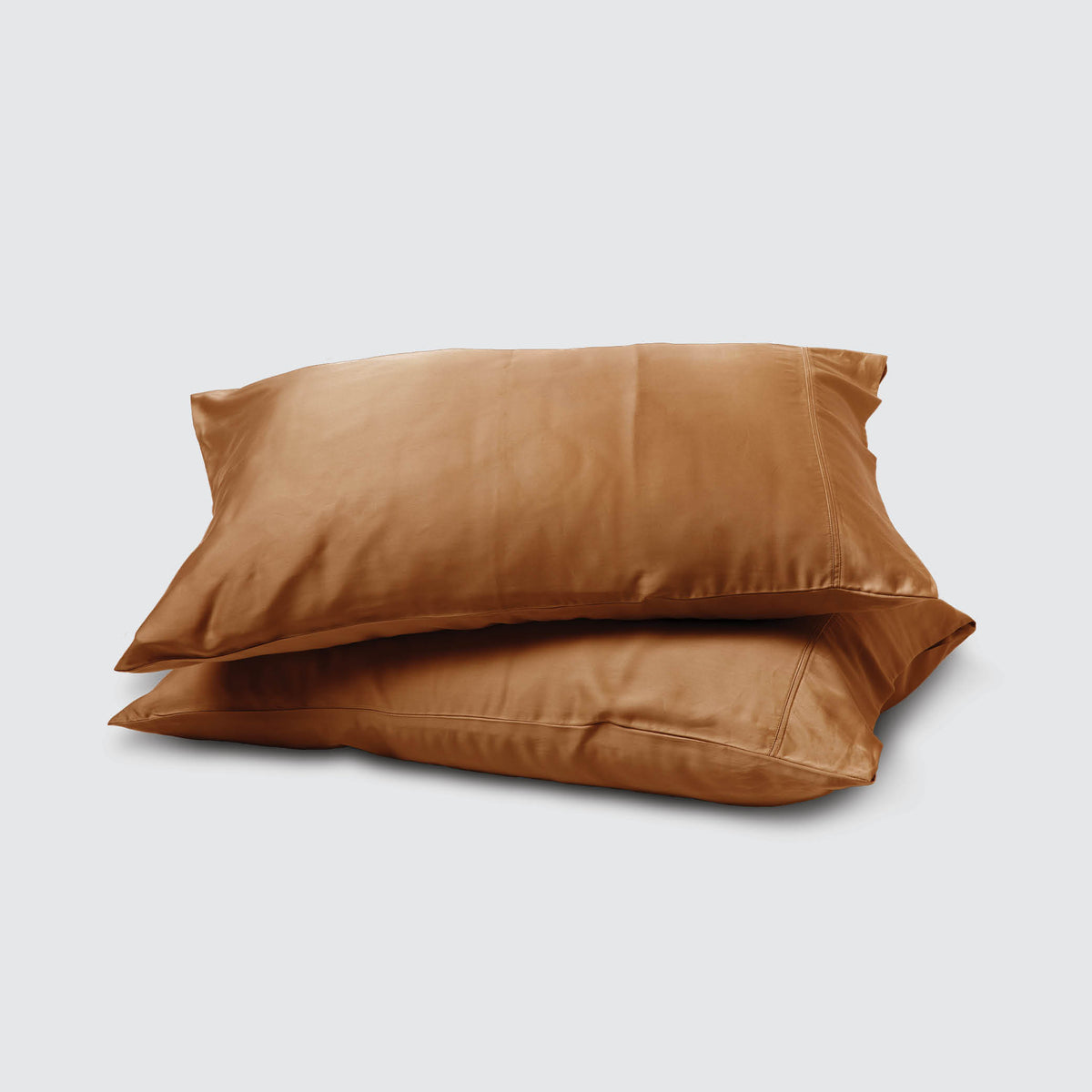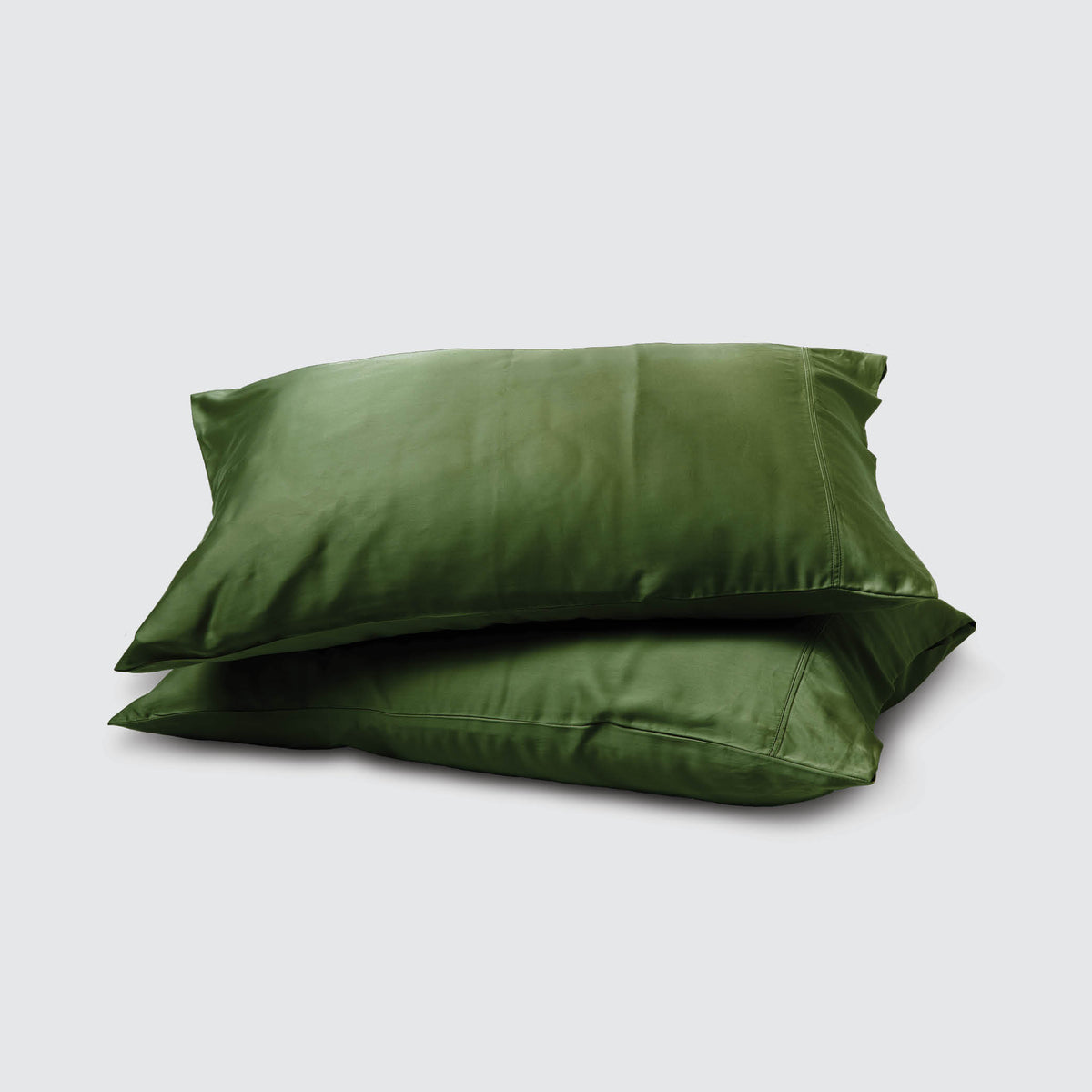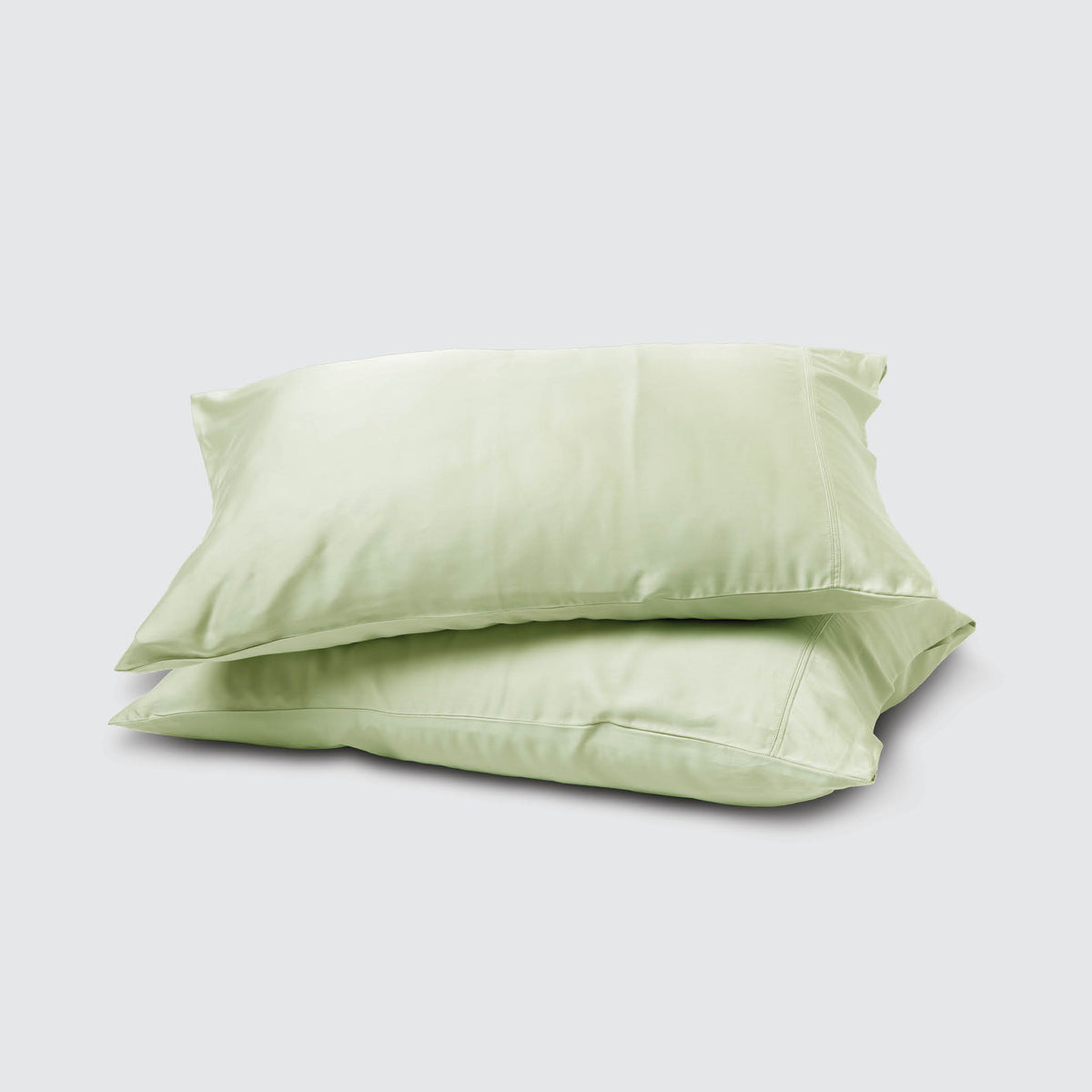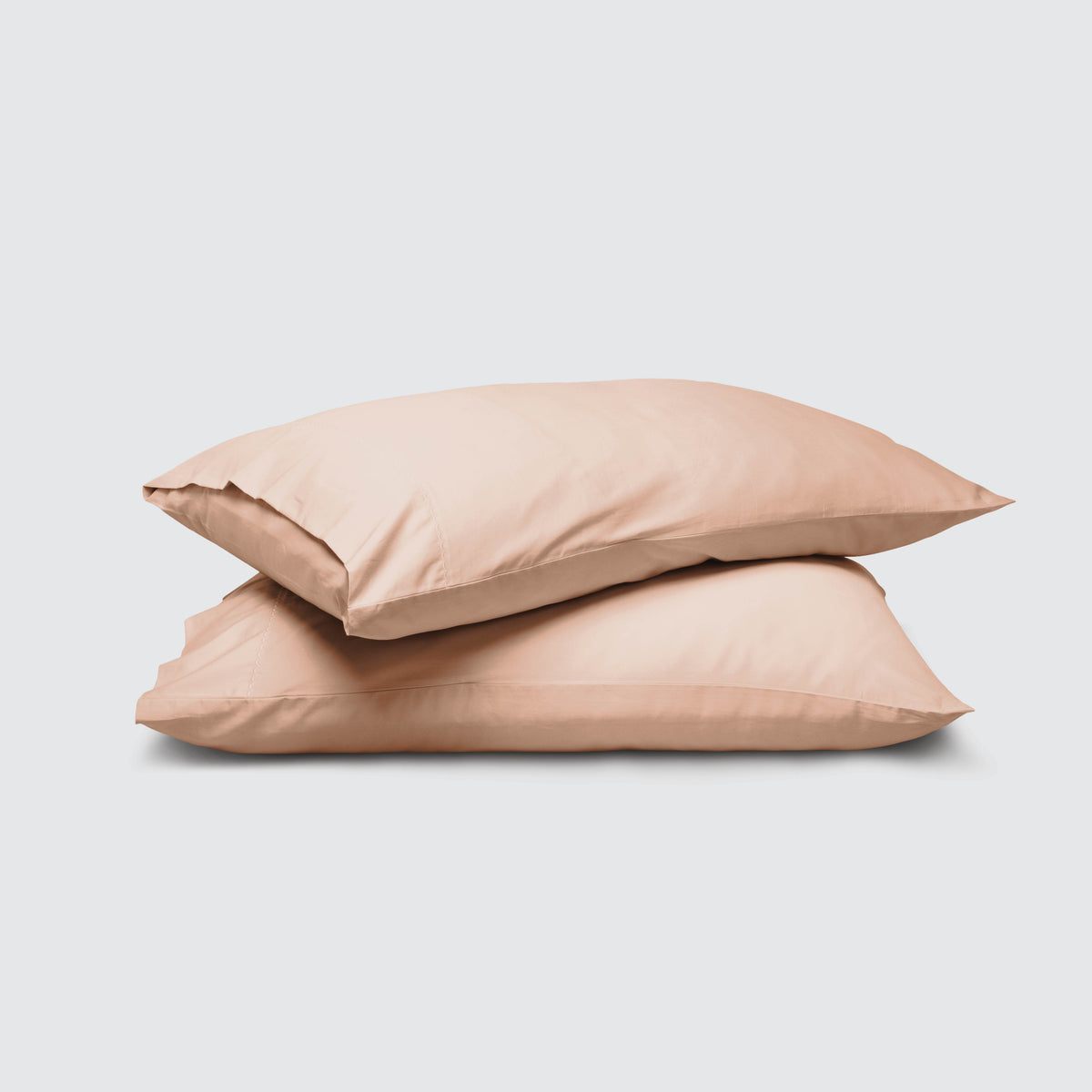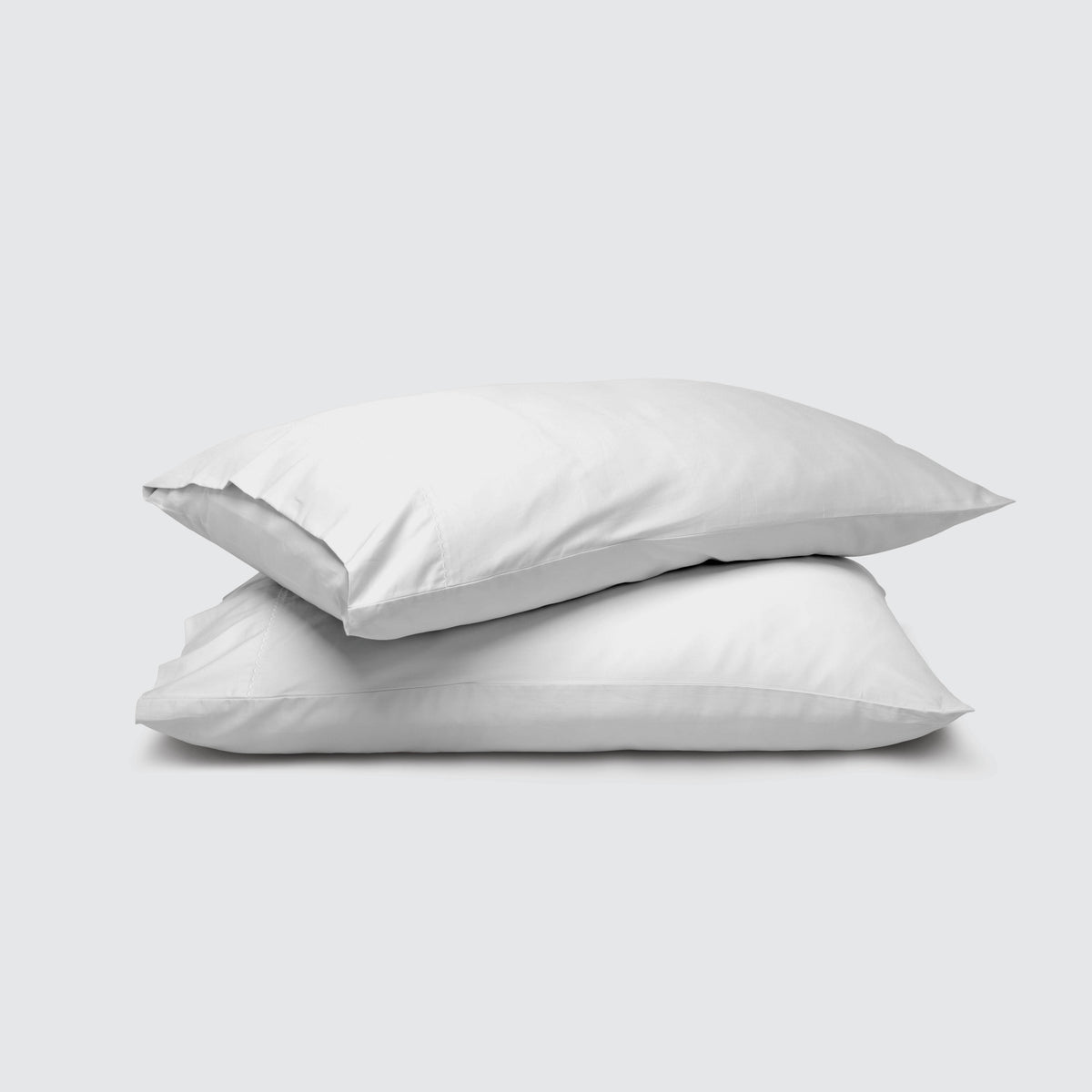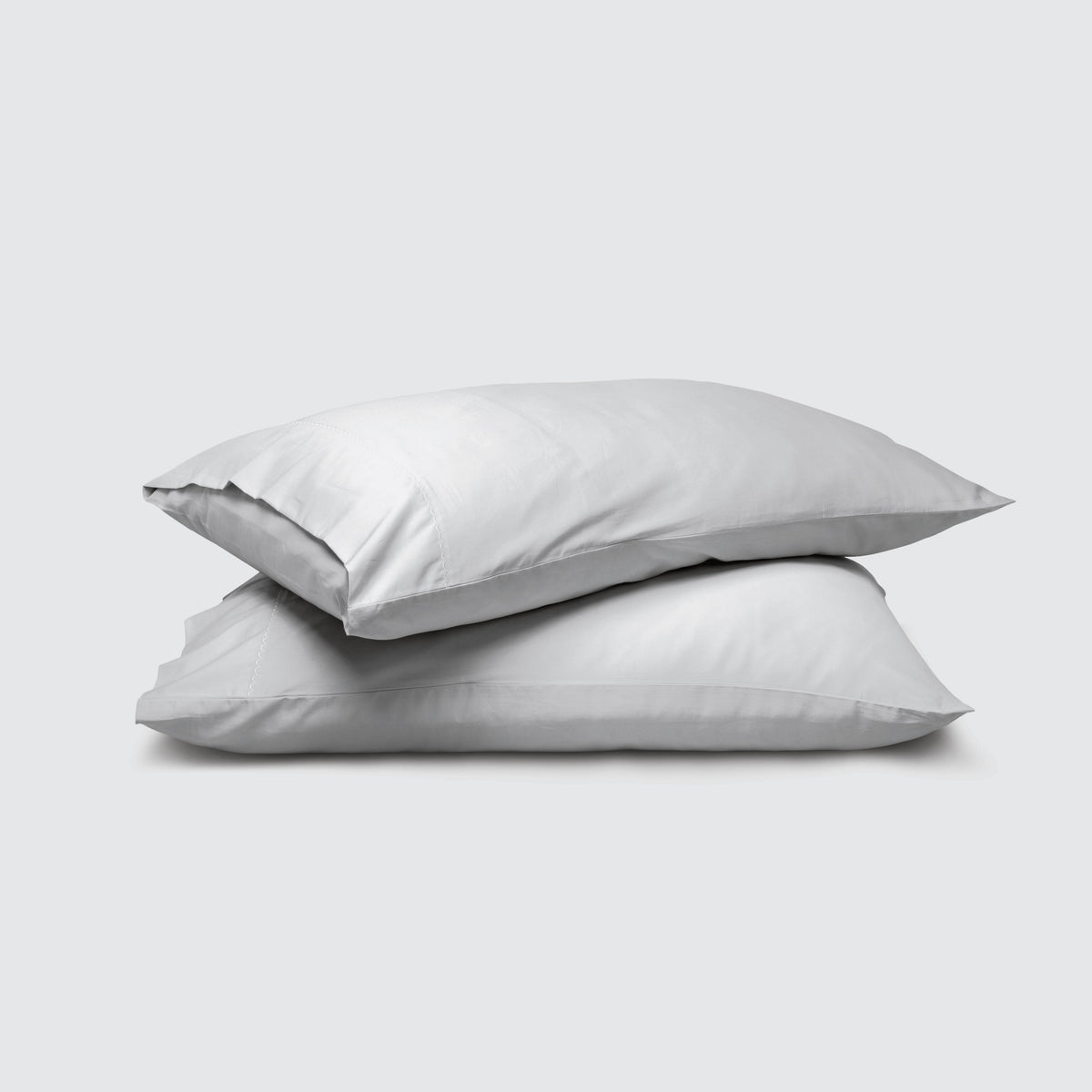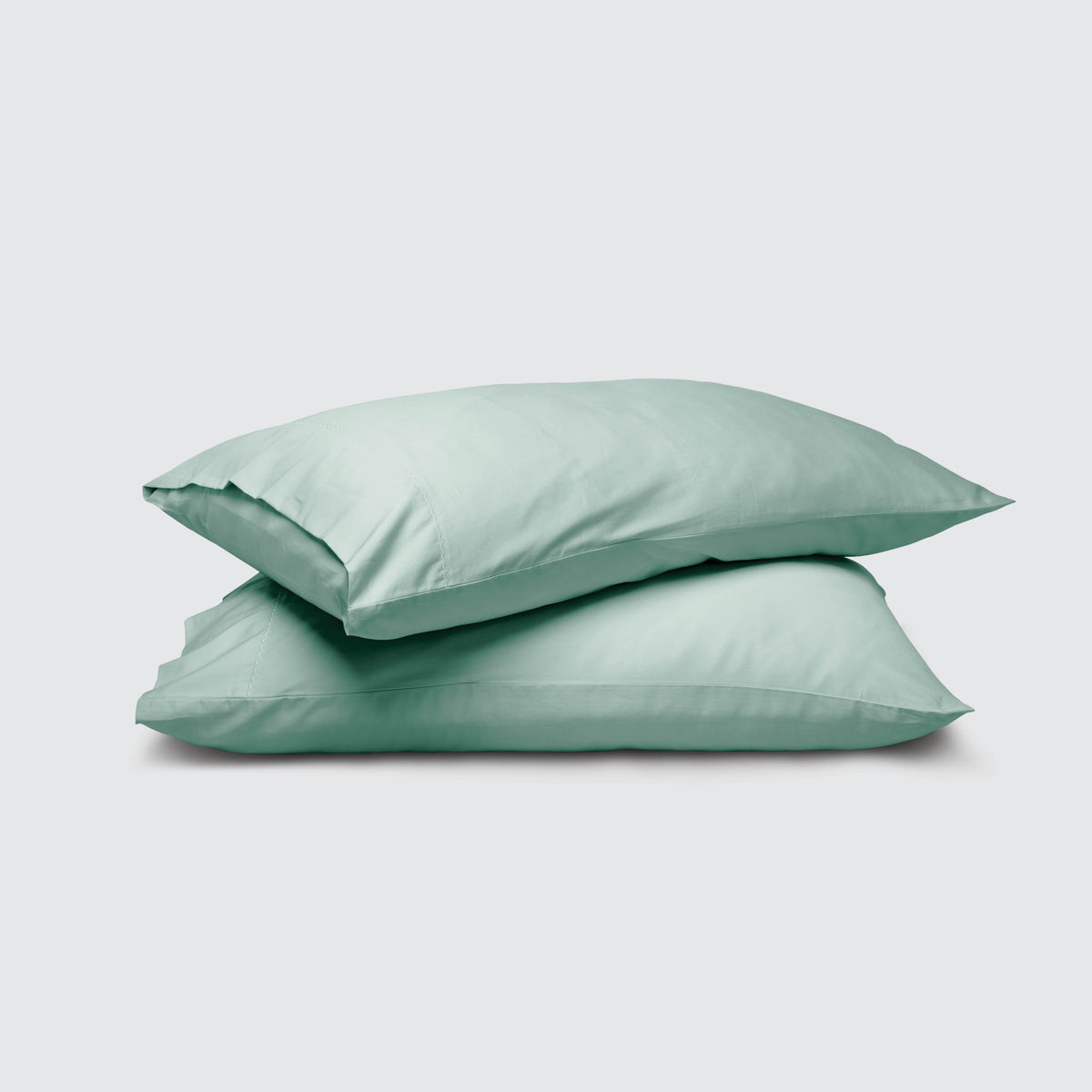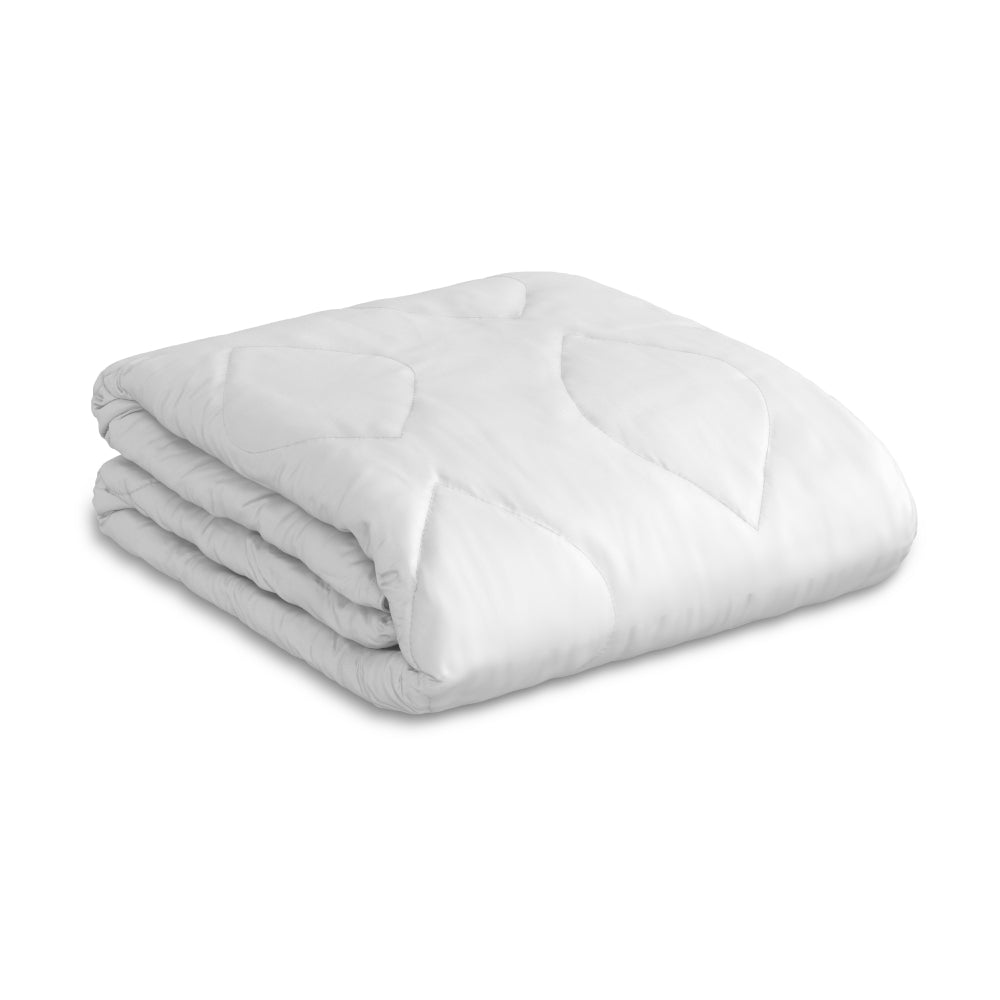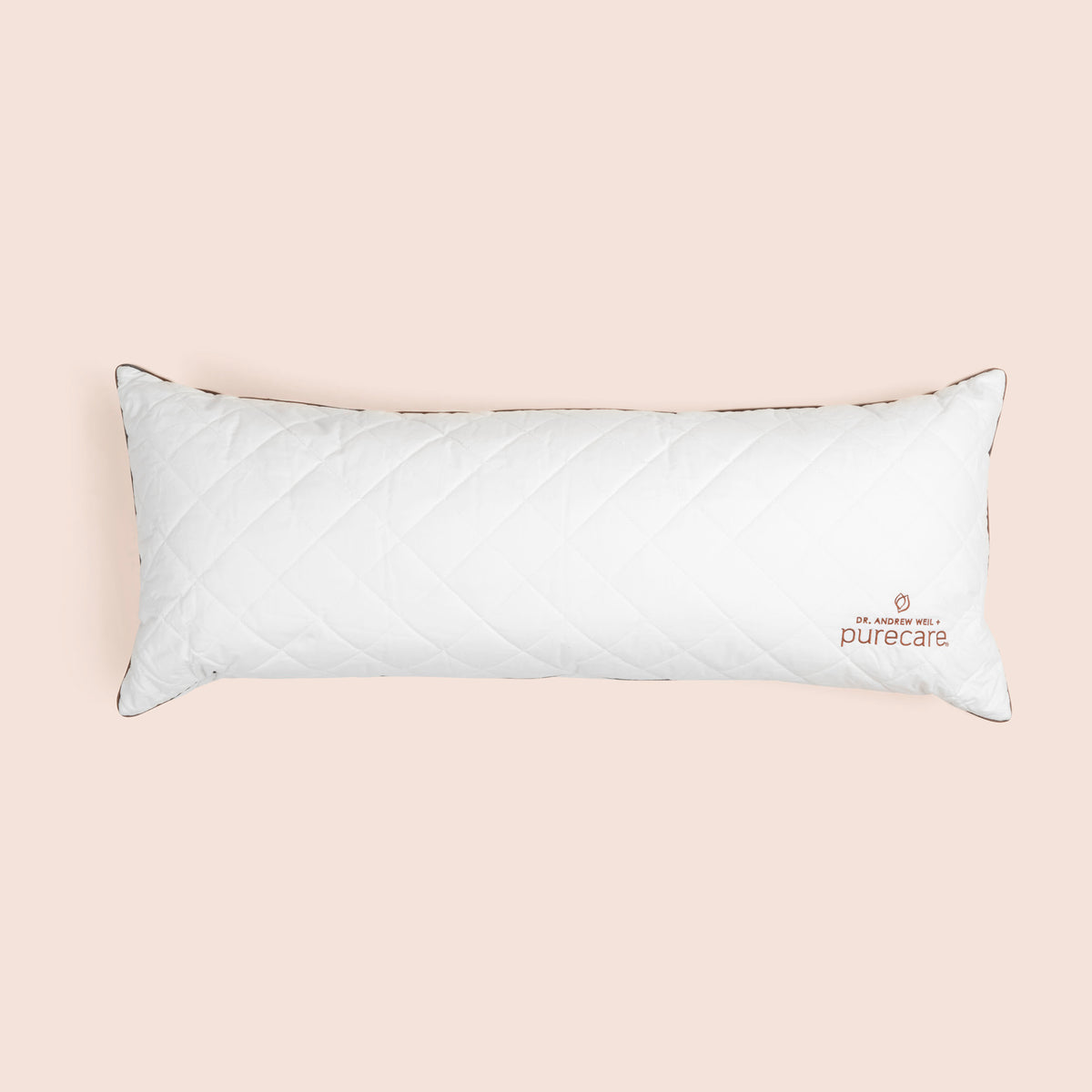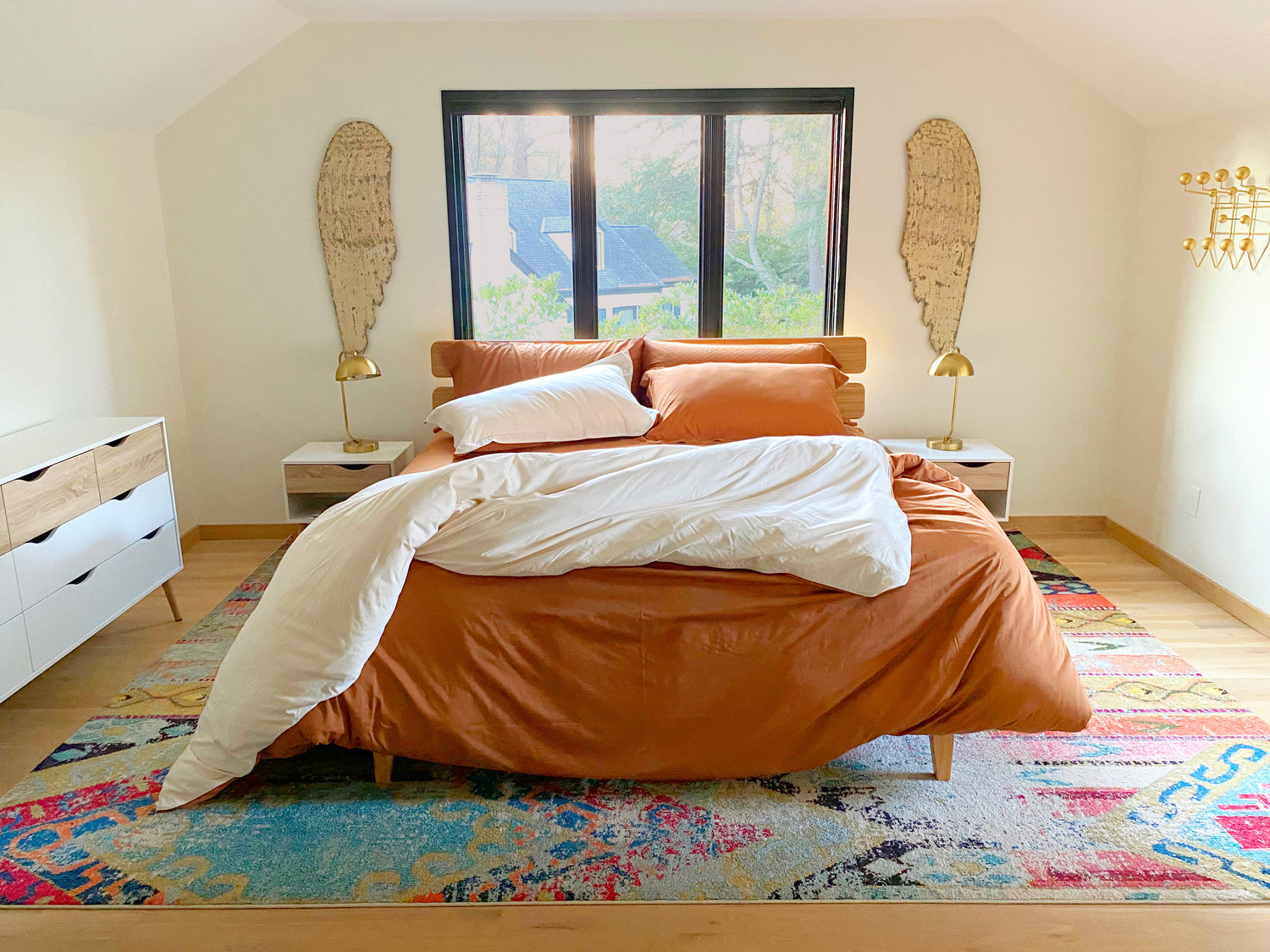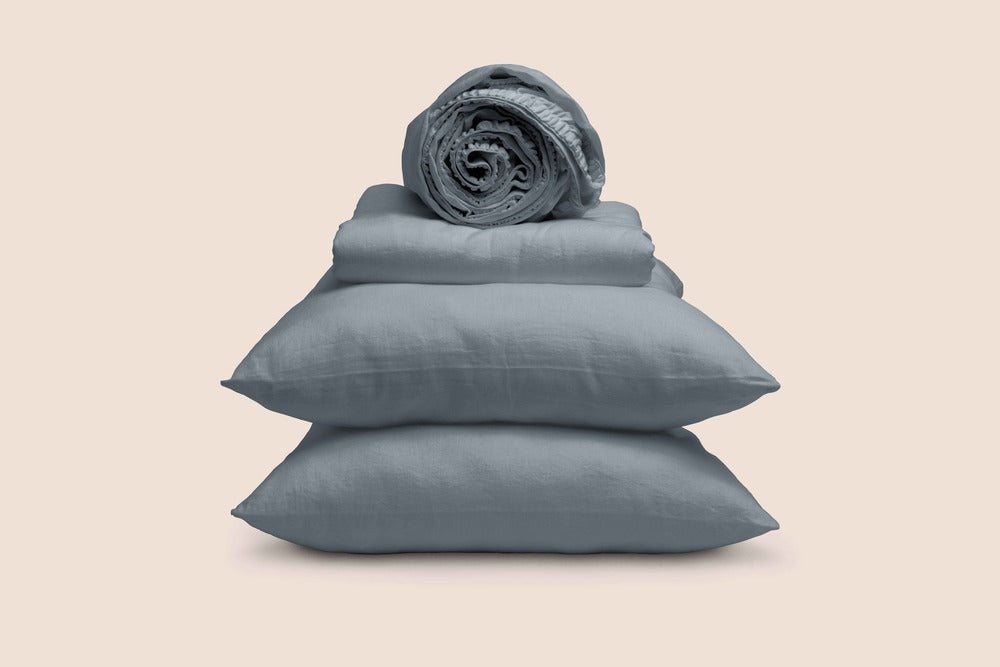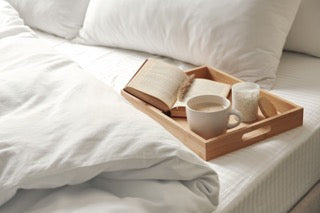A growing teen can look snug in the bed they’ve had since that first day they went off to kindergarten. But when is it time to upgrade? By the same token, single adults who find themselves in tiny apartments in exciting cities can feel the same pinch: is it possible to sleep soundly in a twin bed? After all, sleep can be a cornerstone to good health, although a third of the population finds it hard to get to sleep sometimes.
Here are the basic dimensions:
Twin mattress dimensions are 38 inches wide by 75 inches long (3’2” x 6’3” or 97 x 191 cm) while a full-size mattress measures 54 inches wide by 75 inches long (4’6” x 6’3” or 137 x 191 cm). While both are the same length, a full-size mattress gives sleepers 16 more inches side to side.
Sleeping luxuriously and soundly doesn’t have to mean having the biggest bed around. There are many things you can do to get the best night’s sleep in any size bed, like investing in high-quality bedding, prioritizing sleep hygiene, and establishing regular bedtime wellness routines for optimal relaxation. We deeply believe in the advice Dr. Andrew Weil, Harvard M.D.- shares on this topic. Dr. Weil states that adequate rest and sleep are “absolutely essential elements of a healthy lifestyle,” so your bed, bedding, and wellness will all impact it.
There are some core guidelines about what kinds of bodies and rooms fit these two standard US mattress sizes best, helping you get that rest.
Let’s take a look.

Twin or Full Size Mattress? Sizes and Dimensions

|
Inches |
Centimeters |
Feet + Inches |
|
|
Twin Mattress |
38” x 75” |
97 x 191 |
3’2” x 6’3” |
|
Full Mattress |
54” x 75” |
137 x 191 |
4’6” x 6’3” |
Fitted sheets are made to fit snugly, so their sizes closely correspond to mattress dimensions. However, it’s also important to consider the depth of the mattress as well. Some fitted sheets are made to accommodate extra-thick mattresses or pillowtop designs.
|
Inches |
Centimeters |
Feet + Inches |
|
|
Twin Bed Flat Sheets |
66” x 96” |
168 x 244 |
5’6” x 8’ |
|
Full Bed Flat Sheets |
81” x 96” |
206 x 244 |
6’9”” x 8’ |
Flat sheets are made to drape or tuck, so they come with extra width (and Purecare’s Precision-Fit® construction comes with 4 extra inches in width for added comfort and easier sharing).
Quilts and duvets, on the other hand, can vary in size more than sheets. Typically, a duvet cover or quilt for a twin bed measures around 68” x 80” (173 x 218 cm or 5’8” x 6’8”). For a full, expect a quilt to measure roughly 84” x 88” (213 x 224 cm or 7’ x 7’4”).
Advantages & Disadvantages of a Twin Bed
A twin mattress is the most space-efficient standard mattress available. It offers the freedom to move around a room or studio apartment, and with a few oversized pillows, it can create a cozy seating area during the day. It’s lightweight. Finally, twin bed mattresses cost less, and bedding is more affordable, too.
The advantages of a twin are overshadowed by how difficult it is to stretch out at night. Sleeping with a partner is out. A full-size mattress can be more cost-effective in the long term if you take on a partner or new digs.
Advantages & Disadvantages of a Full Bed
A full mattress offers single sleepers more room to sleep, lounge with a good book, roll over, and even work from bed. It’s also a safe bet for sleeping, as many adults find a twin just too small for comfort. The freedom to move in your sleep is a primary advantage of this wider sleep surface.
A full is also more future-proof, as circumstances change. Children grow, while single adults acquire partners or upgrade to a larger space.
A full bed offers the flexibility to alter your lifestyle in ways a twin can’t. However, there are drawbacks in the here and now for sleepers in small spaces. They’ll need to work with far less square footage. A twin can leave room for a work desk, larger dressers, seating areas, and other daytime comforts that a larger mattress cannot. A full mattress also comes with added weight, making it more difficult to move.
The Ideal Sleeper and Room for Twin and Full Mattresses
A twin bed accommodates one person, and even then, many adults find they’re disturbed multiple times in the night as they move. Heavy sleepers who don’t move much can enjoy a restful night’s sleep in a twin bed.
Children can also benefit from far more play space and a school desk in their bedroom with a twin bed taking up minimal space.
Guest rooms are also good choices for twin beds, since twin beds create a more versatile space that can accommodate couples, families, and children alike.
Put a twin mattress in a room that’s at least 7’ x 10’. That leaves 2 to 3 feet on one side of the bed, and 2 to 3 feet at the foot of the bed for walking and changing linens.
A full mattress accommodates two people snugly, so most singles as well as some couples can sleep comfortably in a full bed. Keep in mind that each partner in a full bed only sleeps on 27” of width, the same width as a crib/toddler mattress. A full bed is more appropriate for an adult sleeping with a small child rather than two adults.
A full mattress is a good choice for tweens, teens, college students, and single adults. They’re ideal for singles who toss and turn a lot, or who sleep hot or cold and migrate to comfier parts of the bed throughout the night.
It’s ideal to have 2 to 3 feet of room on both sides and at the foot of a full bed for ease of movement. Consider a full mattress in bedrooms that are 10’ x 10’.
Material and Quality Considerations
Both twin and full mattresses are standard sizes, so shoppers can purchase them in an array of fabric and quality choices. While size doesn’t dictate the available fabrics, it does impact fabric choice. That’s because full mattress buyers need to consider the possibility they’ll sleep in the bed with a partner.
Motion-isolating memory foam can be a better choice for full mattress shoppers since it helps minimize movement from one side of the bed so that both partners rest easier.
Some materials to consider include:
Apart from a partner, sleepers should consider:
- Allergies: Hypoallergenic natural latex is often a superior solution. Don’t forget cleaner sleep essentials like mattress and pillow protectors.
- Sustainability: Organic fabrics and natural choices can make your mattress a more eco-conscious buy.
- Weight: While a twin and full are the smallest standard mattress sizes, heavier materials may make moving more difficult, especially in small spaces or with rigid mattress types.
Twin vs Full Mattress Pricing
Twin mattresses are substantially more affordable than the much wider full mattress. A Twin mattress costs, on average, between $200 and $1,000. A full mattress costs $500 to $2,500.
Comfort, Support, Environment: The Right Mattress Has it All
Single adults and those short on space may prefer a twin for how much space it saves them in the day, while those seeking a more luxurious night’s rest might prefer a full bed. A larger mattress gives sleepers more space. While most adults prefer sleeping on a full mattress, everyone can have a healthy, relaxing night’s sleep wherever they’re comfortable.
It’s all about making your bedroom an environment where you thrive. From choosing the right bed size to outfitting it in nurturing layers, a healthy bedroom can boost your physical health. So commit to a relaxing bedtime routine and prioritize ultra-comfy bedding from PureCare. You might just find you’re snoozing more soundly, no matter which mattress you choose.
And don’t forget—Mix, Match, and Save up to 40% off all season long when you refresh your favorite sleep wellness essentials with us at purecare.com.
FAQs
How Much Bigger is a Full Size Mattress Over a Twin Size?
A full bed offers significantly more surface area than a twin, with 1,125 more square inches (over 7 square feet). That’s 38% larger, about the size of a standard bathtub footprint. That additional space can make a big difference for adults who need more room to move around while sleeping.
Is A Queen Mattress Two Twin Size Mattresses?
A queen bed is not equivalent to two twins. A queen bed is longer than a twin, but narrower than 2 twin mattresses side by side. Here’s a comparison of their dimensions:
Twin Bed: 38 x 75 inches
Queen Bed: 60 x 80 inches
What Size Person Can Fit on a Twin Bed?
Without dangling their feet, a person under 6 feet tall can comfortably fit on a twin mattress. Regardless of size, some people who roll over in their sleep find a twin mattress narrow. Consider your body type and sleep style.
What Size Bed Should a 13-year-old Have?
A twin mattress, twin XL, or full-size mattress are all recommended sizes for a 13-year-old. To make the call, consider the following:
- The growth spurt your teen is likely to have soon (or already did!). Tall teens might prefer a longer Twin XL size.
- Whether your teen moves around often in their sleep. This is more common in children, so children with adult-sized bodies can seek a larger sleep space than even the adults in the household. A full-sized mattress can accommodate their growing body and their childlike sleep patterns at the same time.
- The size of your teen’s bedroom. If the room can accommodate a bigger bed, it’s a great time to upgrade. Why? According to the Sleep Foundation, you’ll want to replace mattresses every 6 to 8 years. You won’t need to replace a new mattress purchased in jr. high while your teen is still at home.

